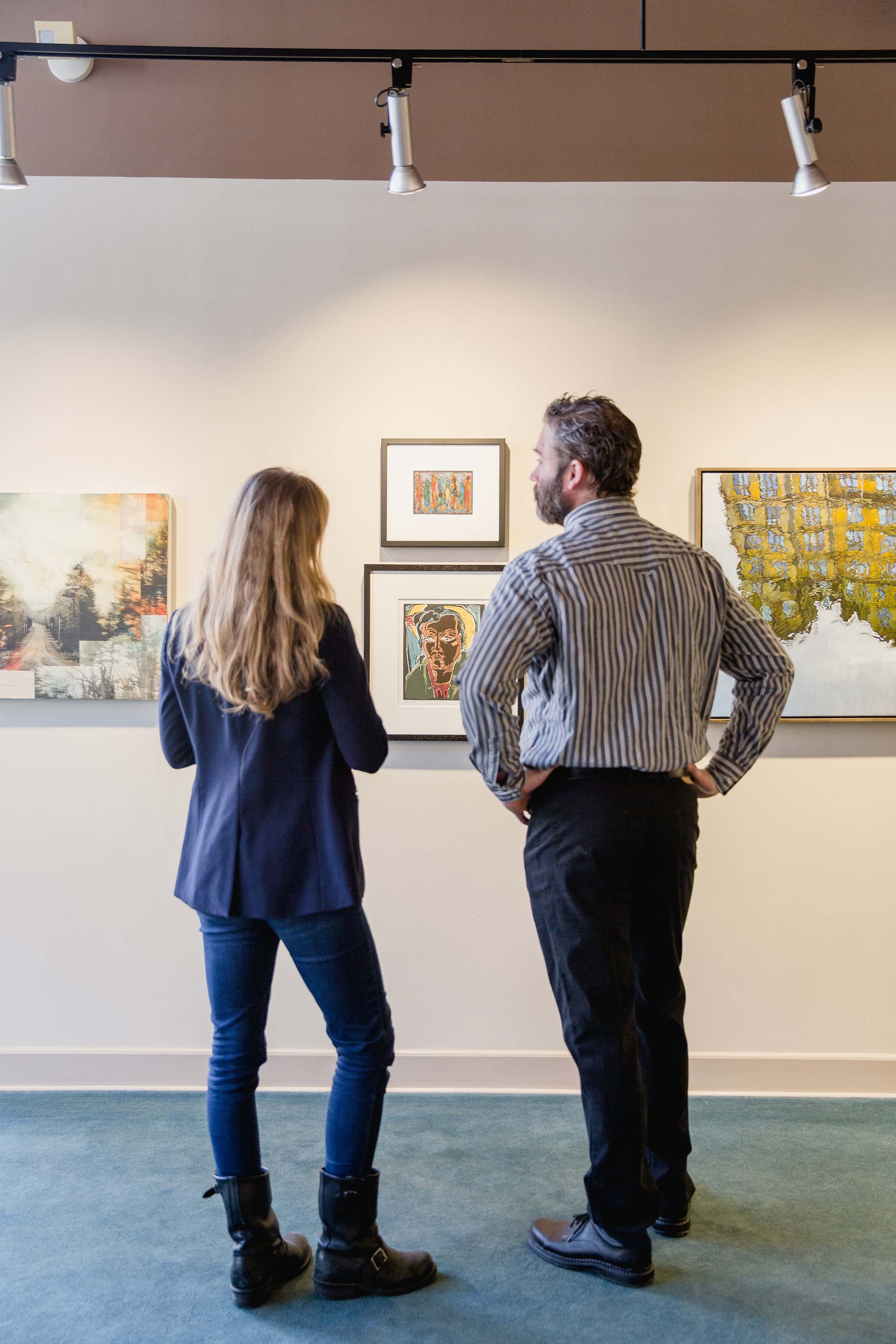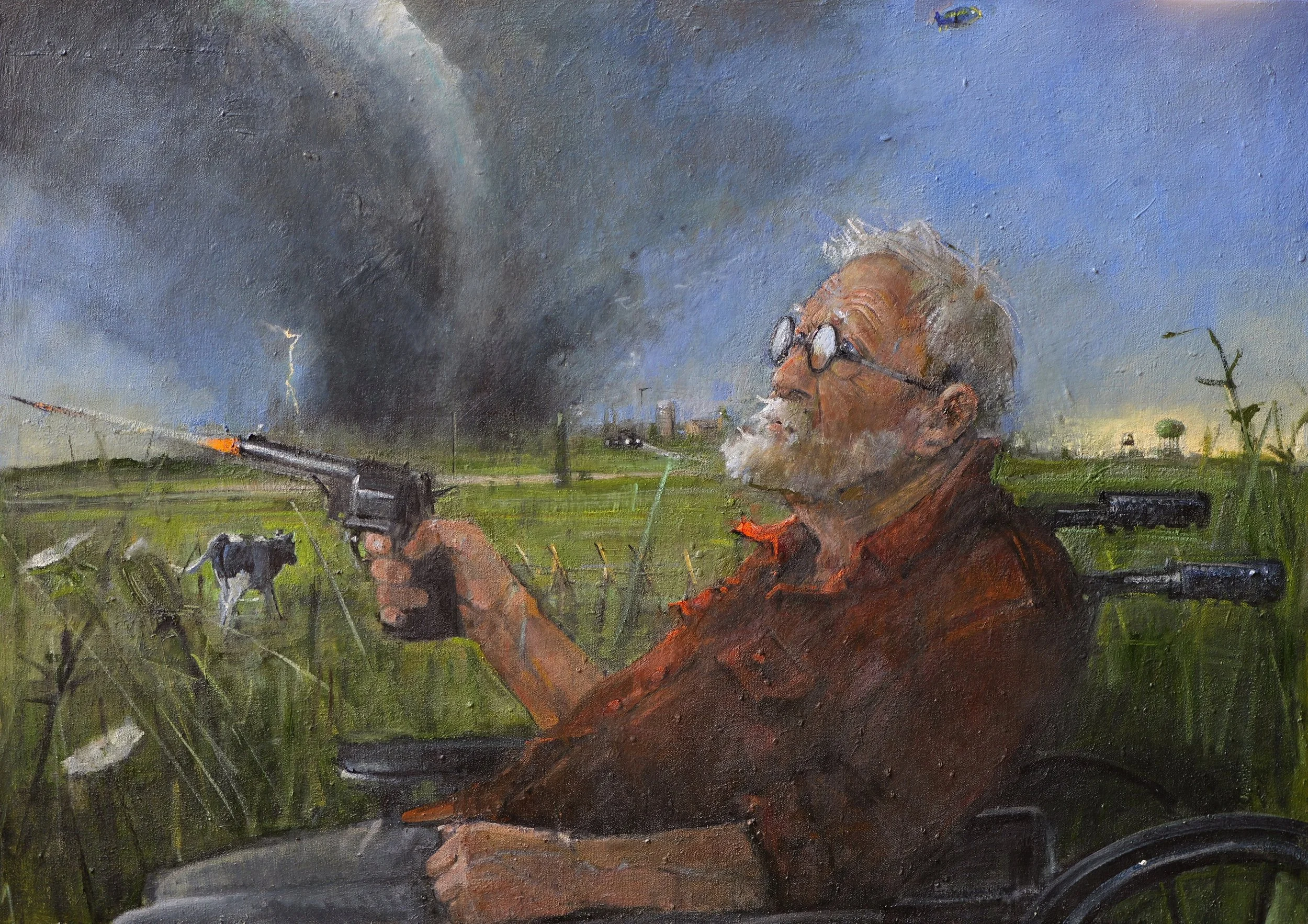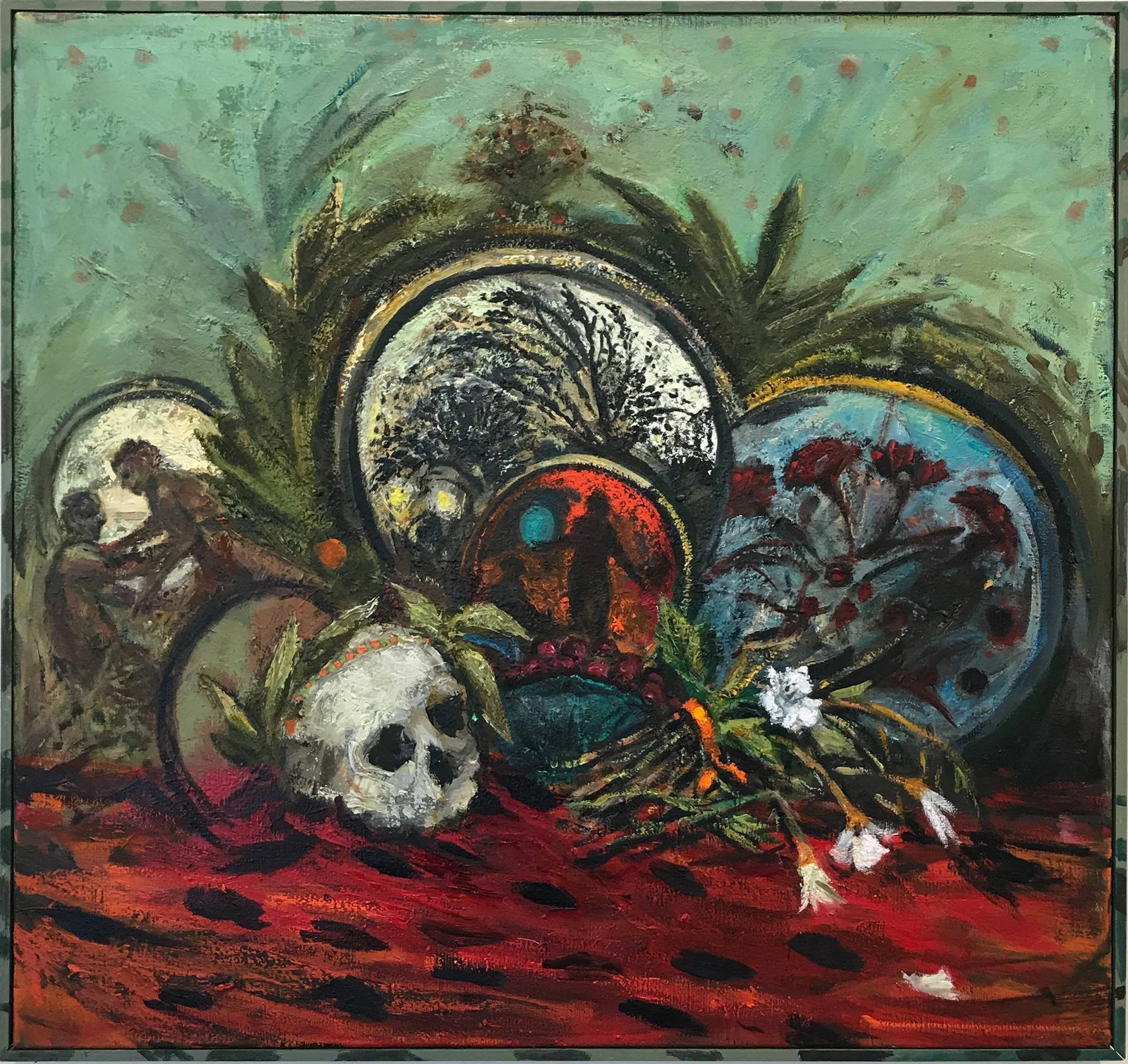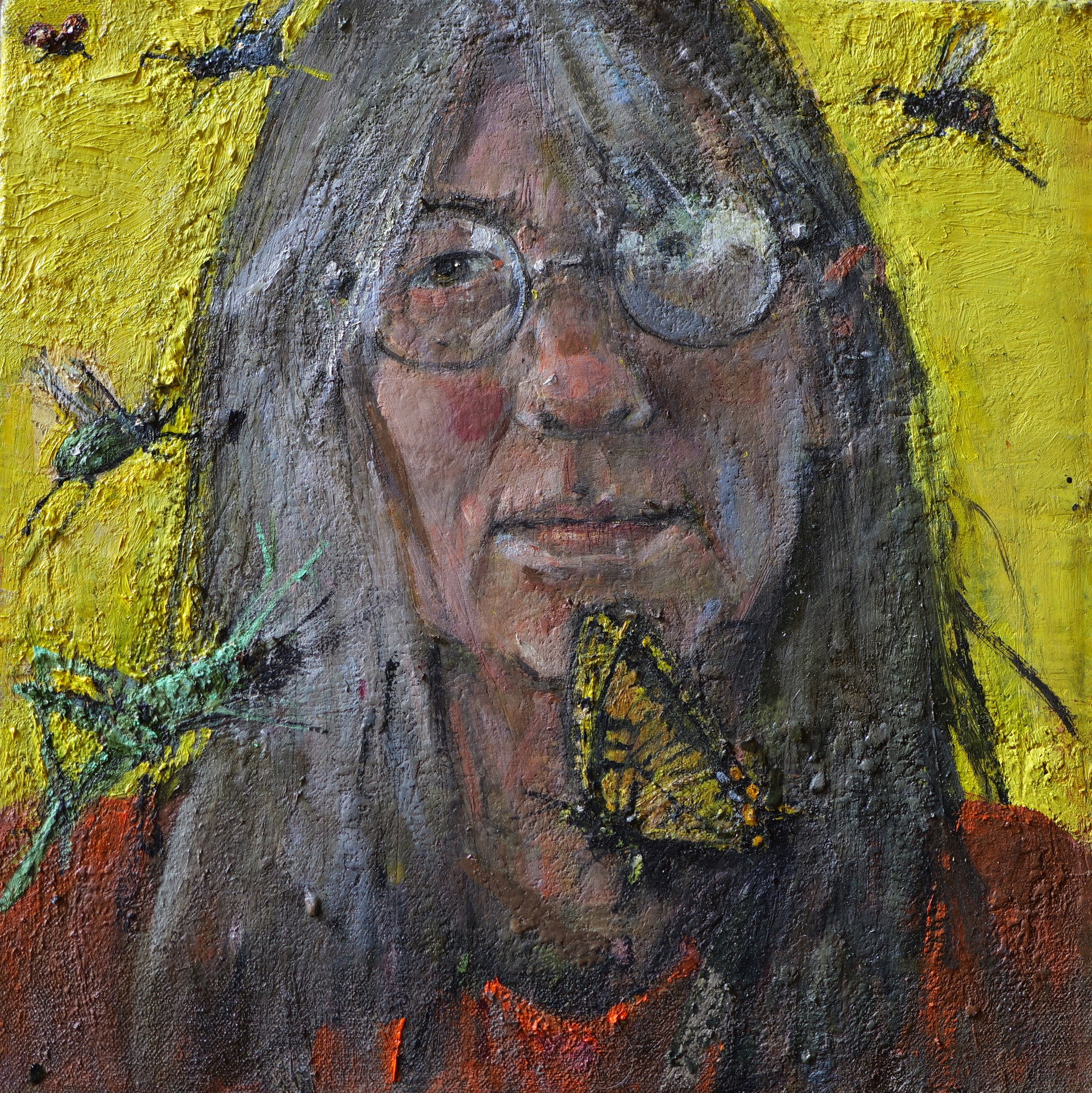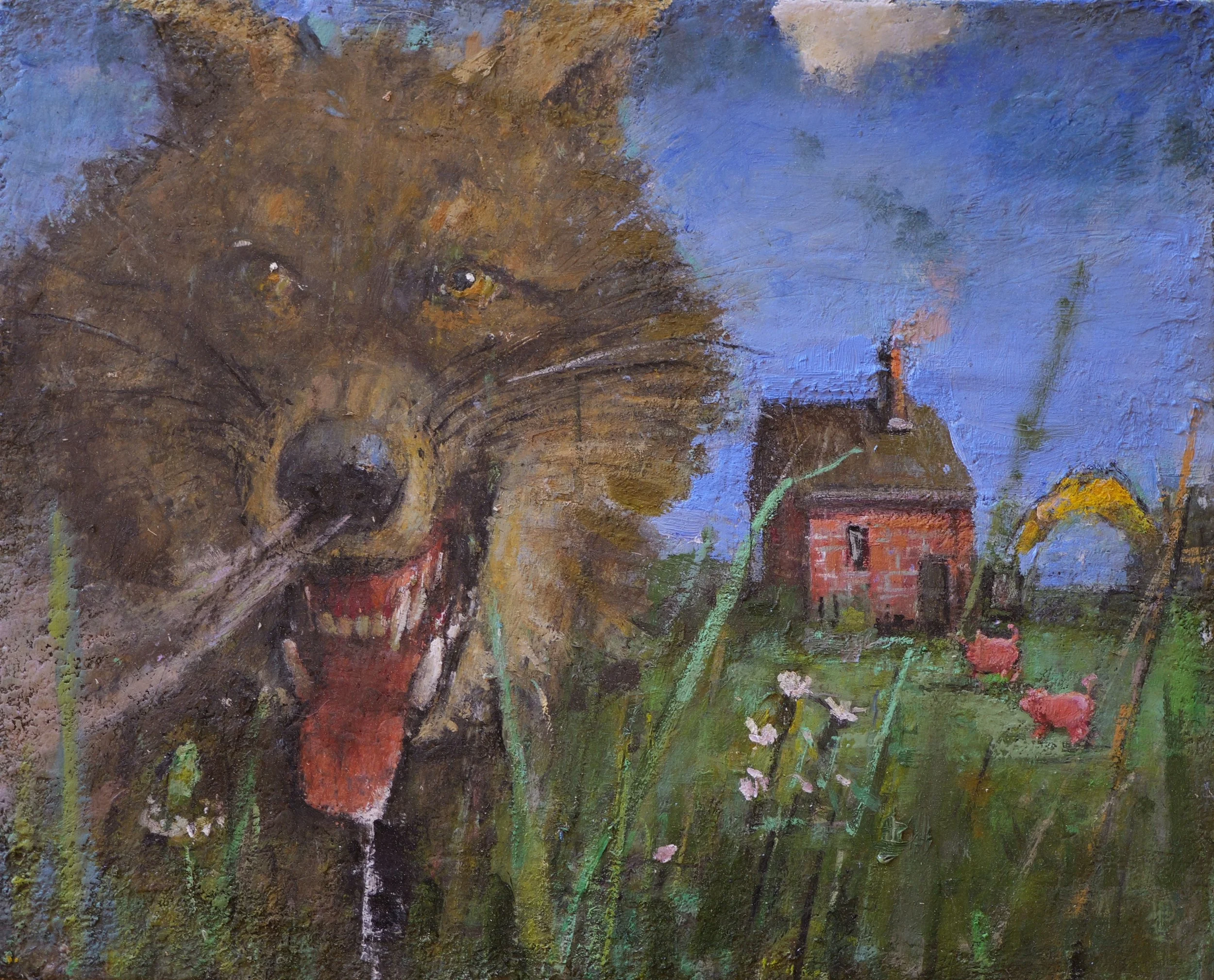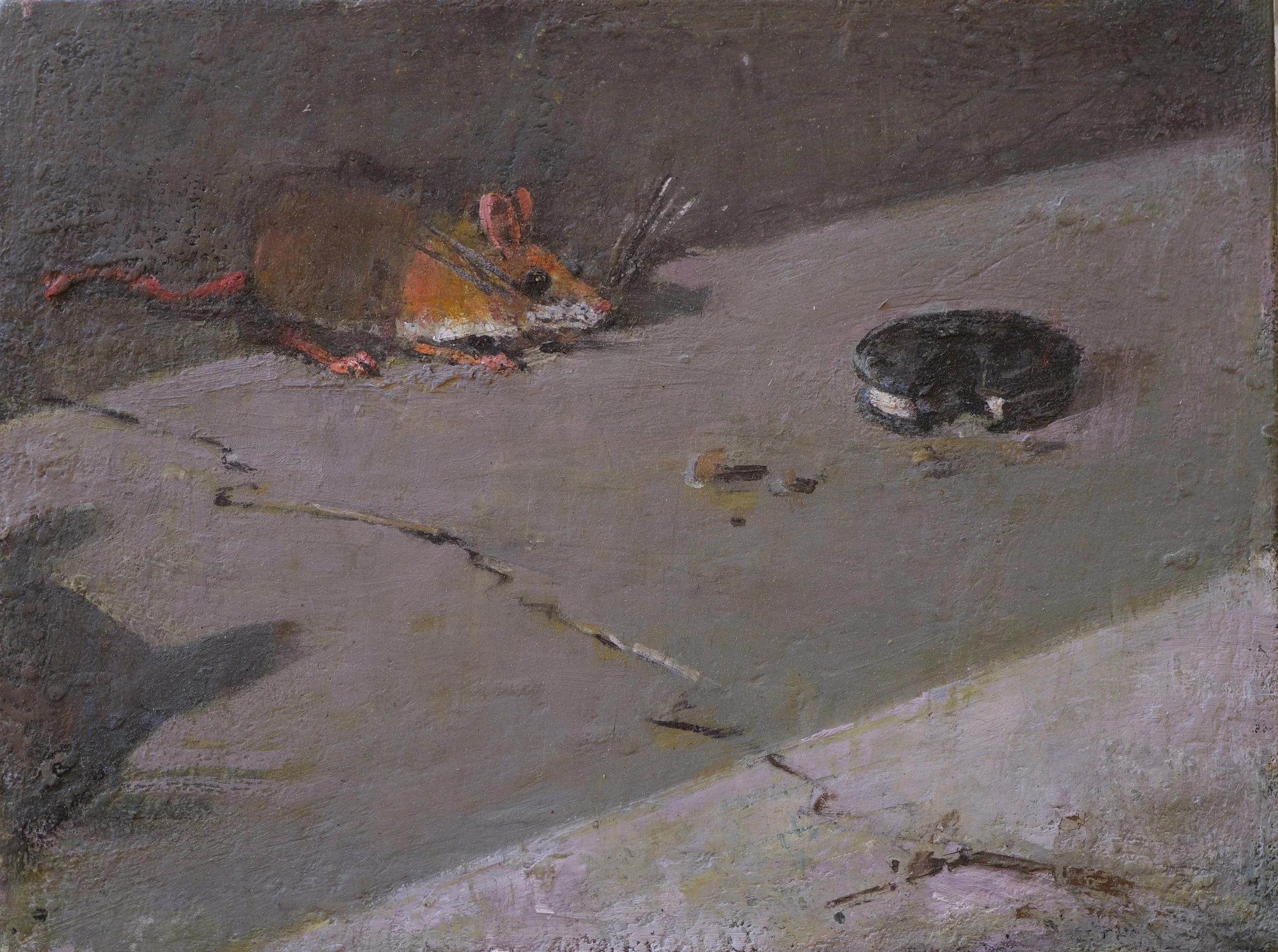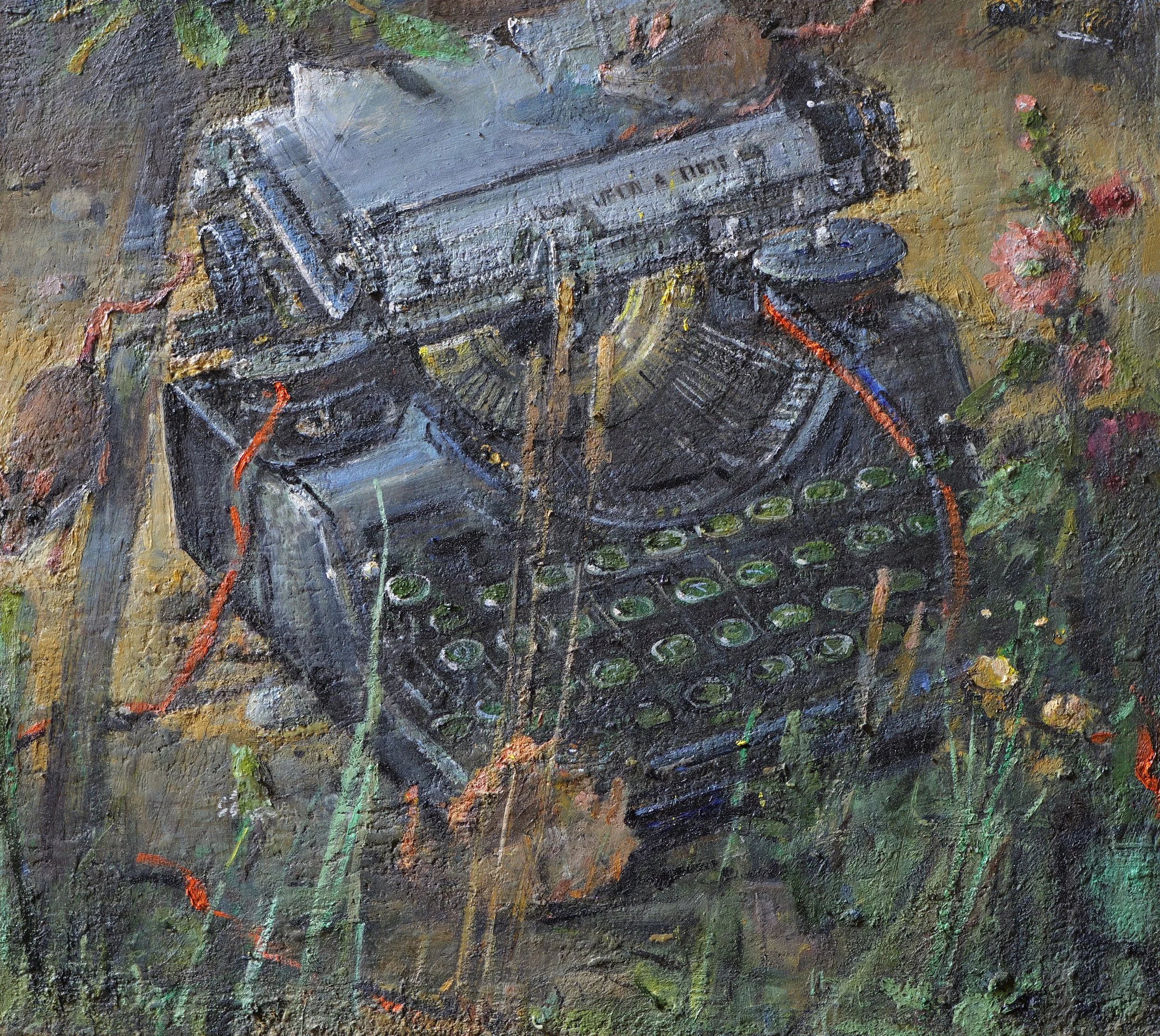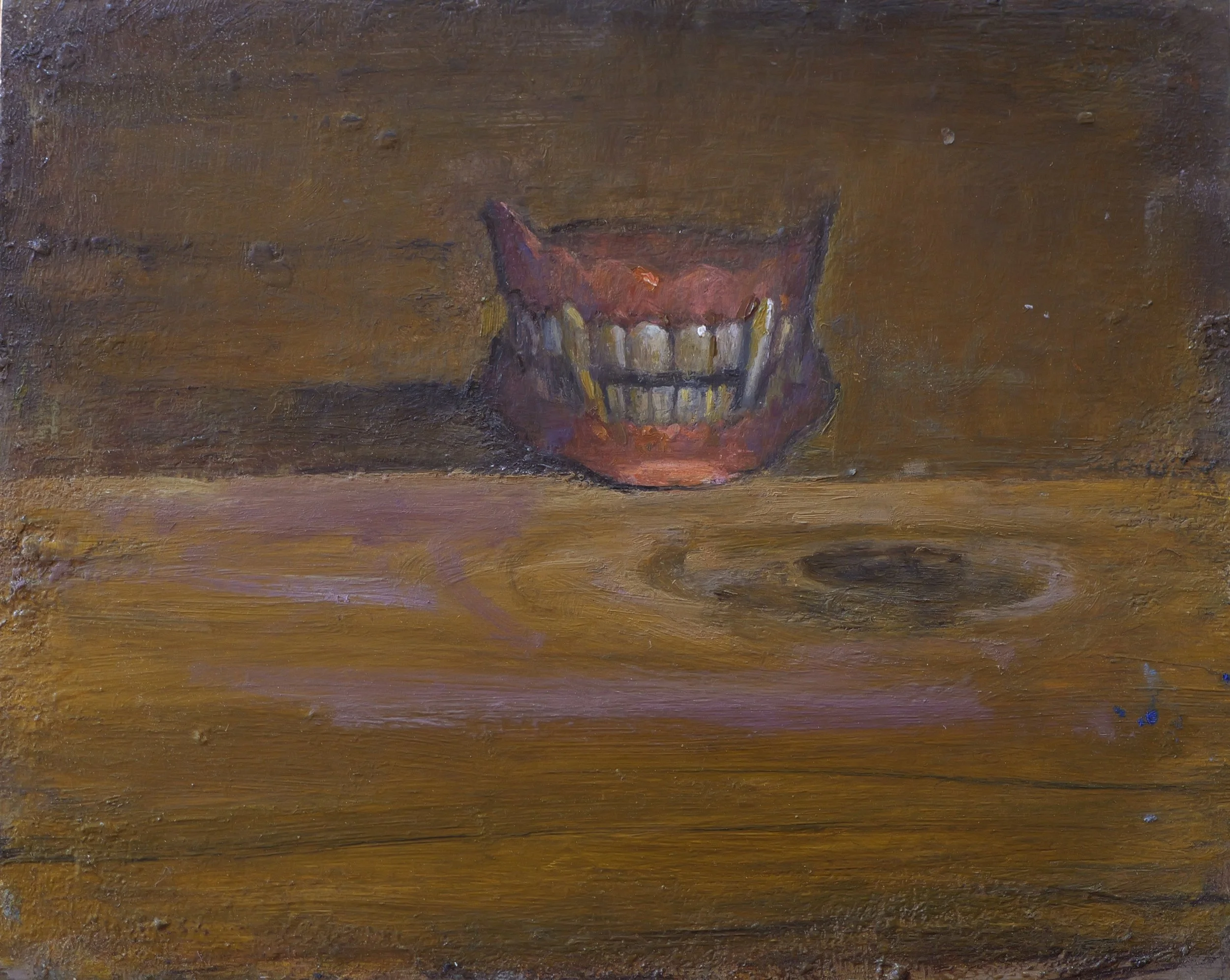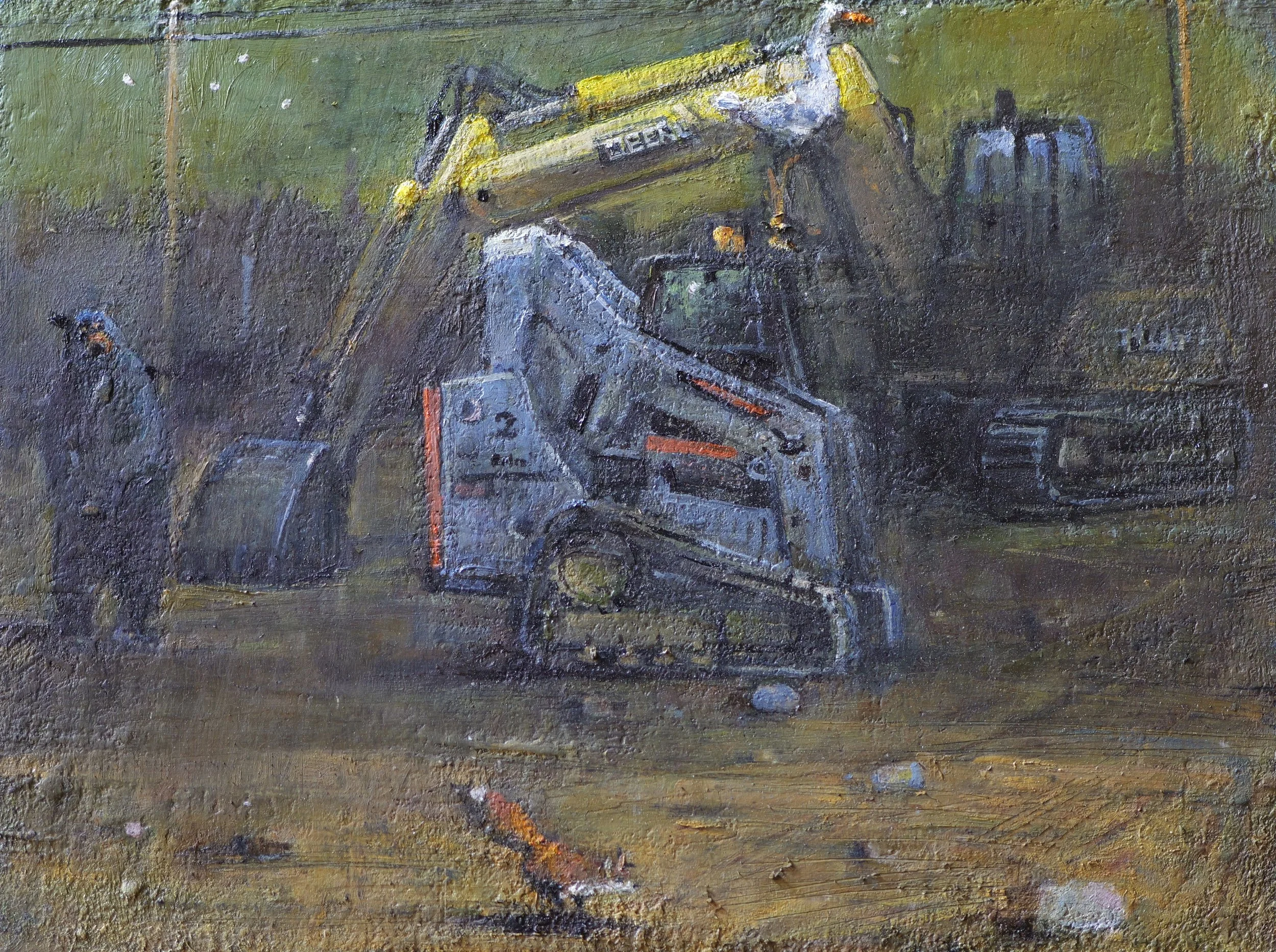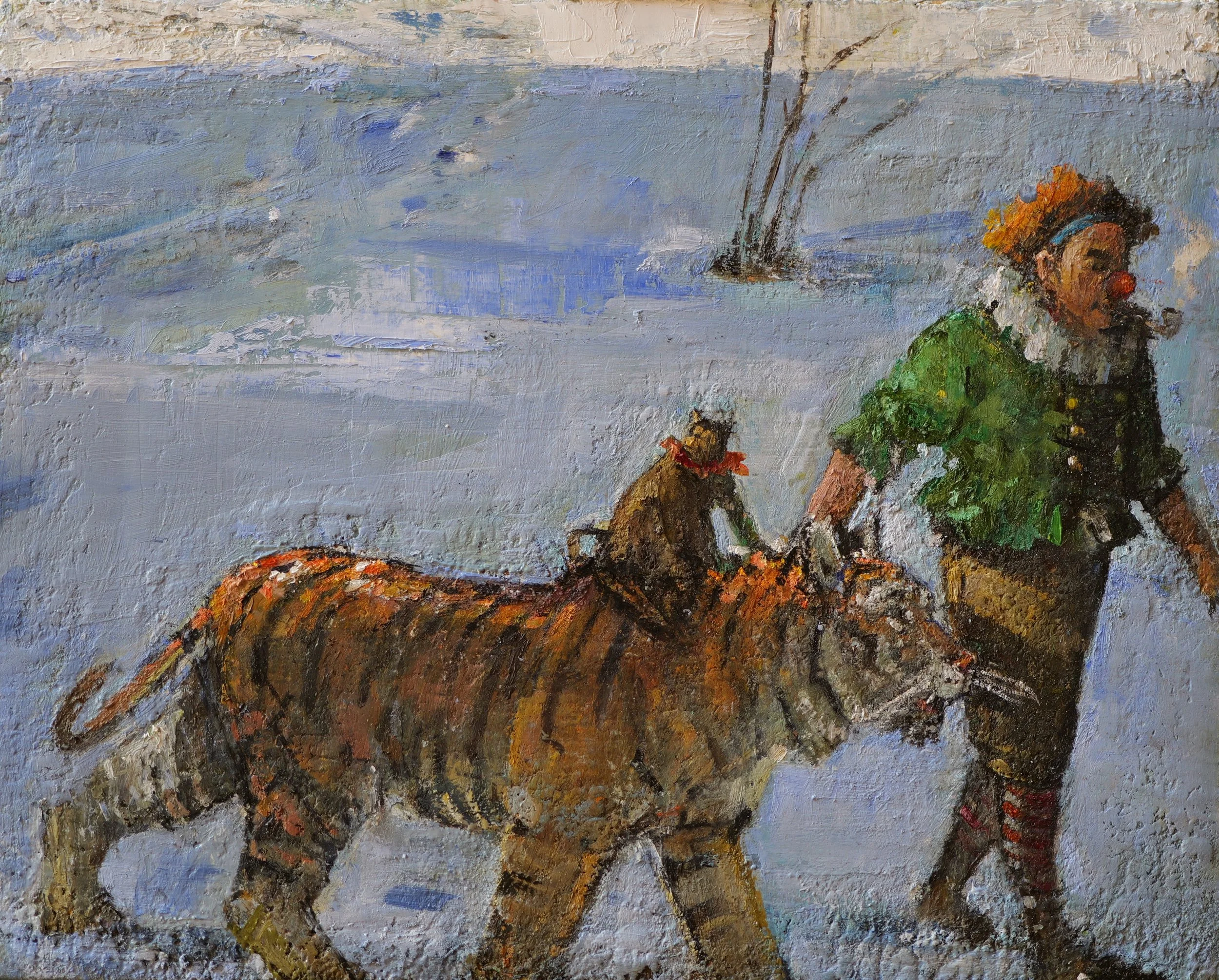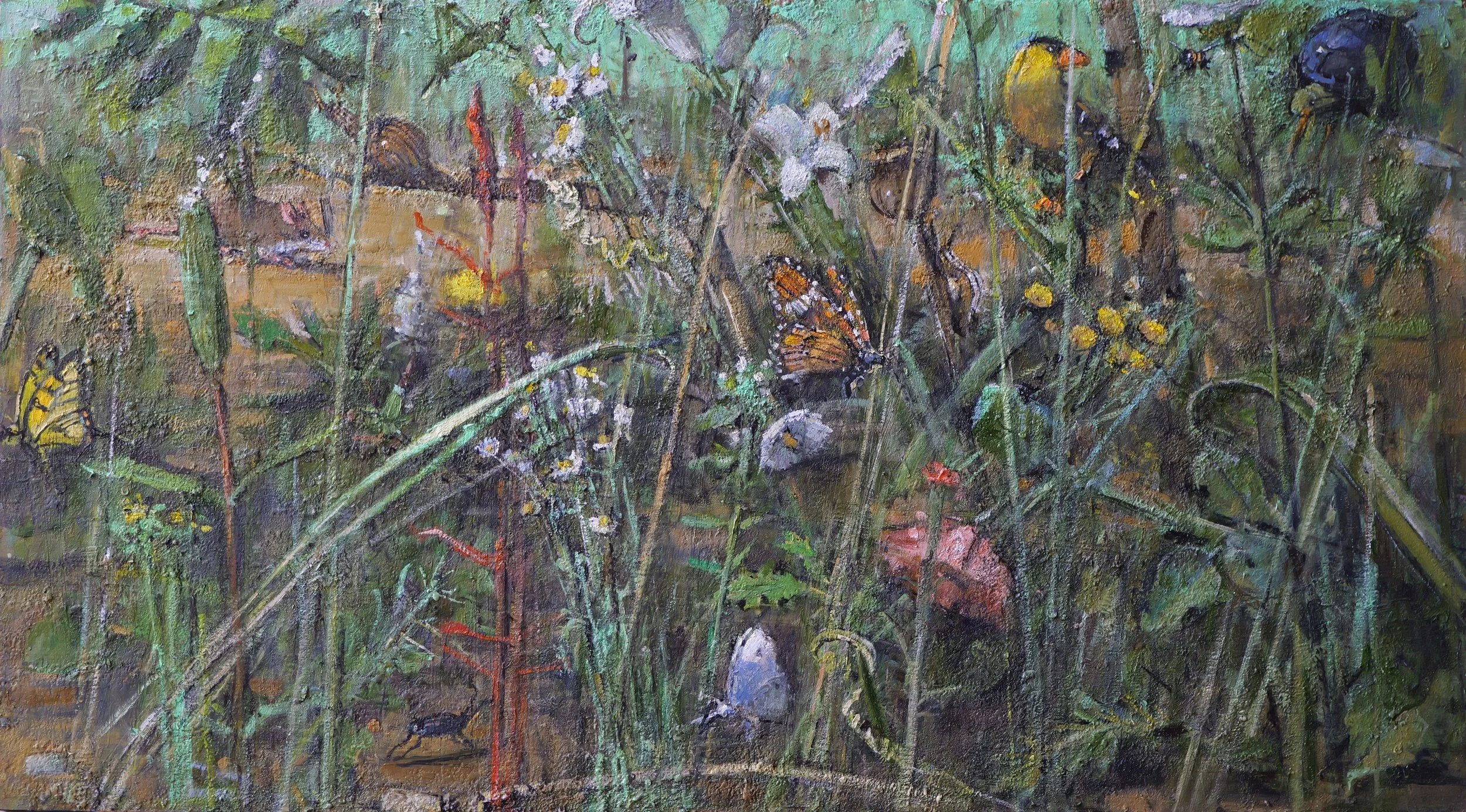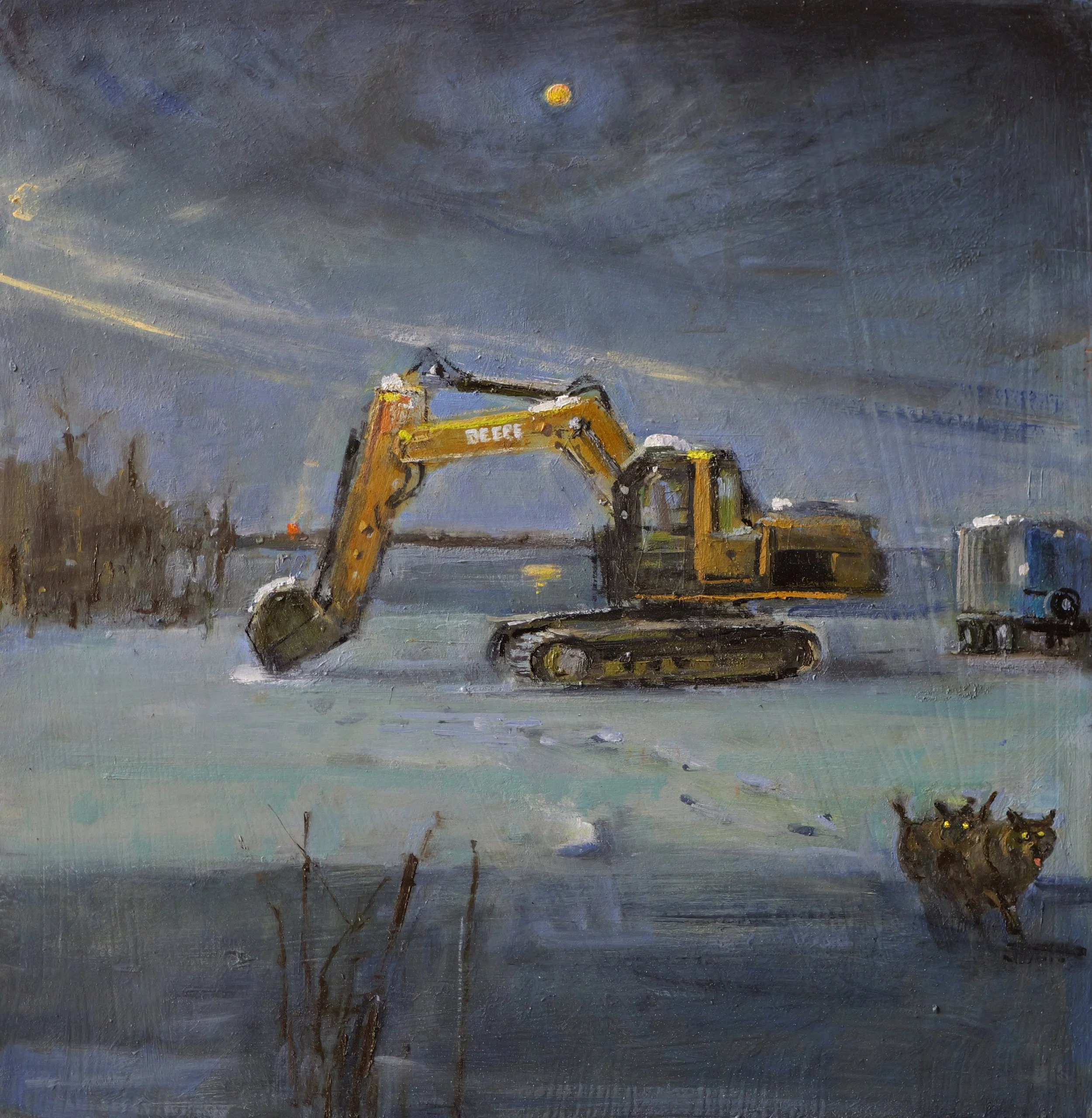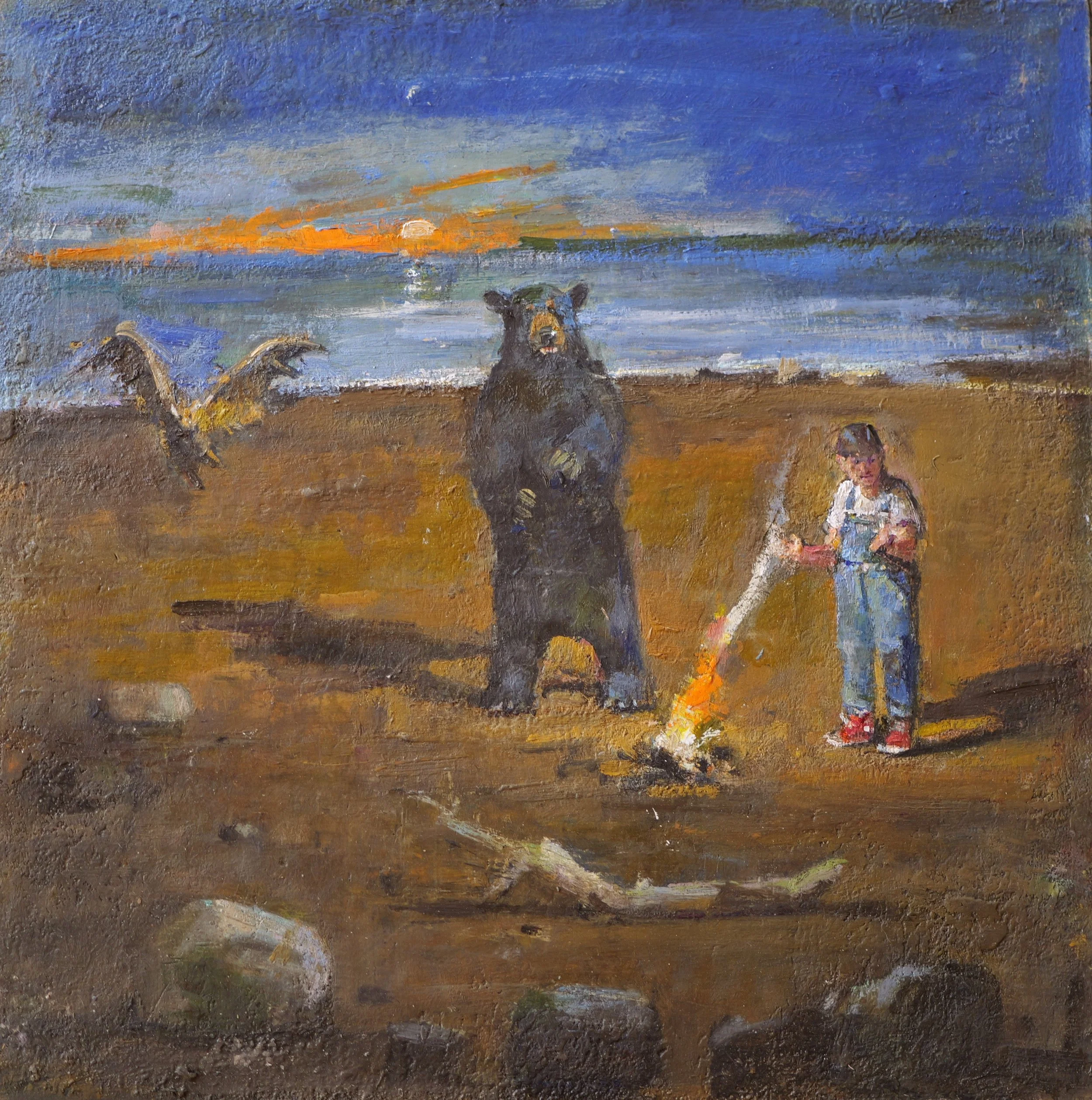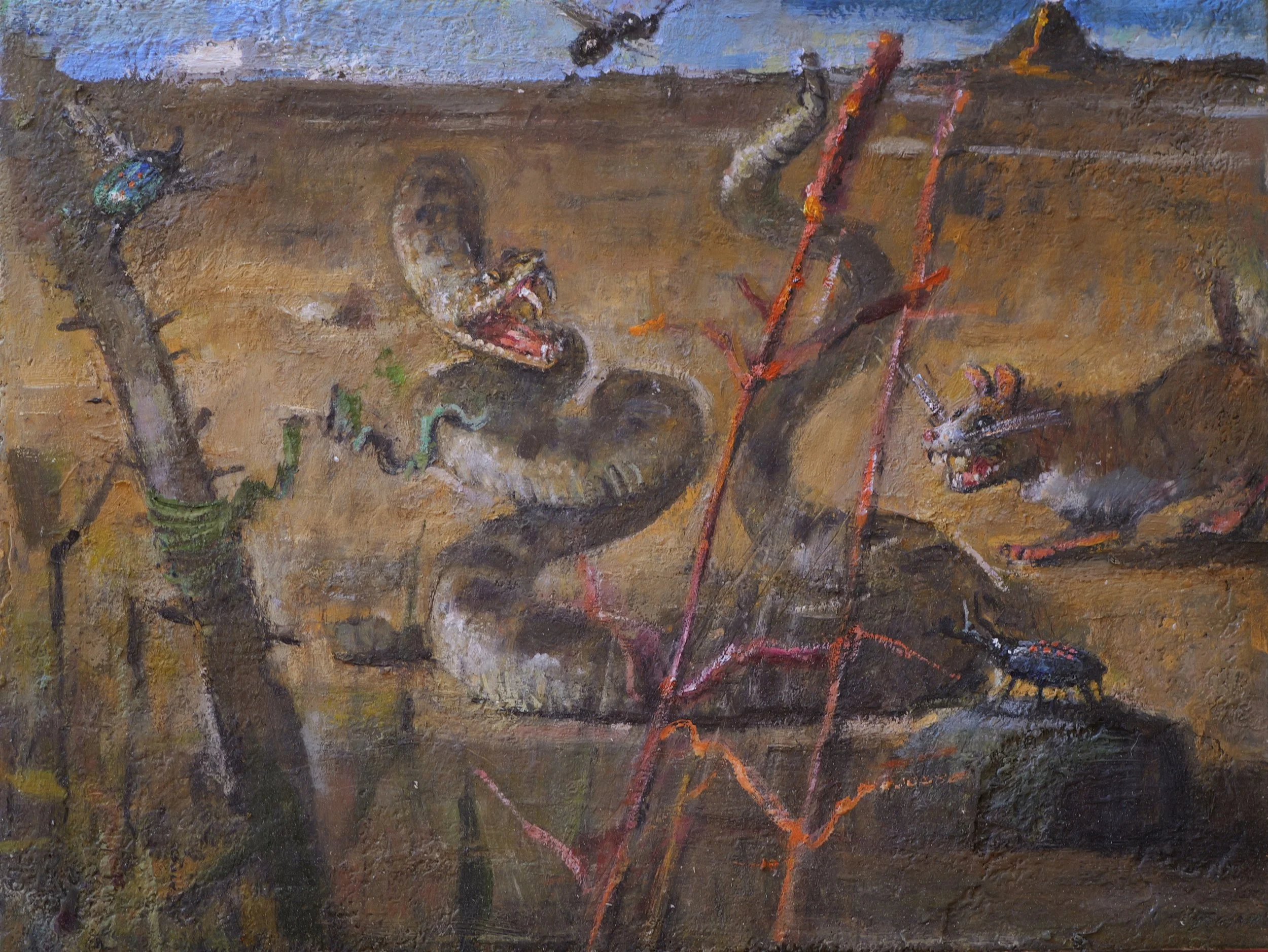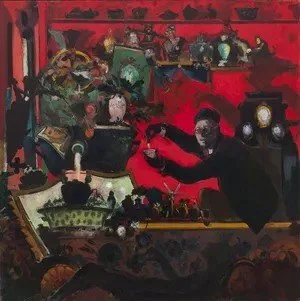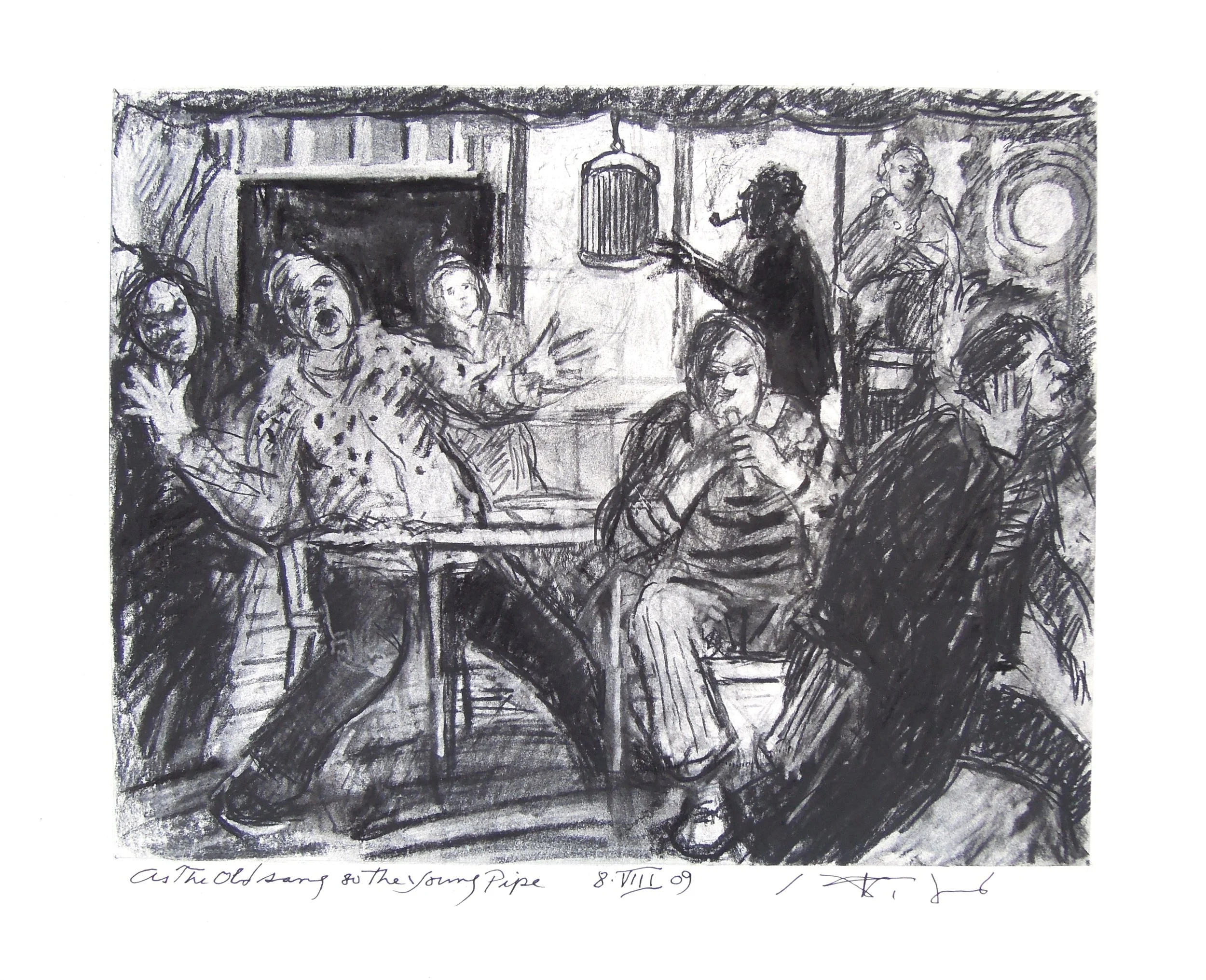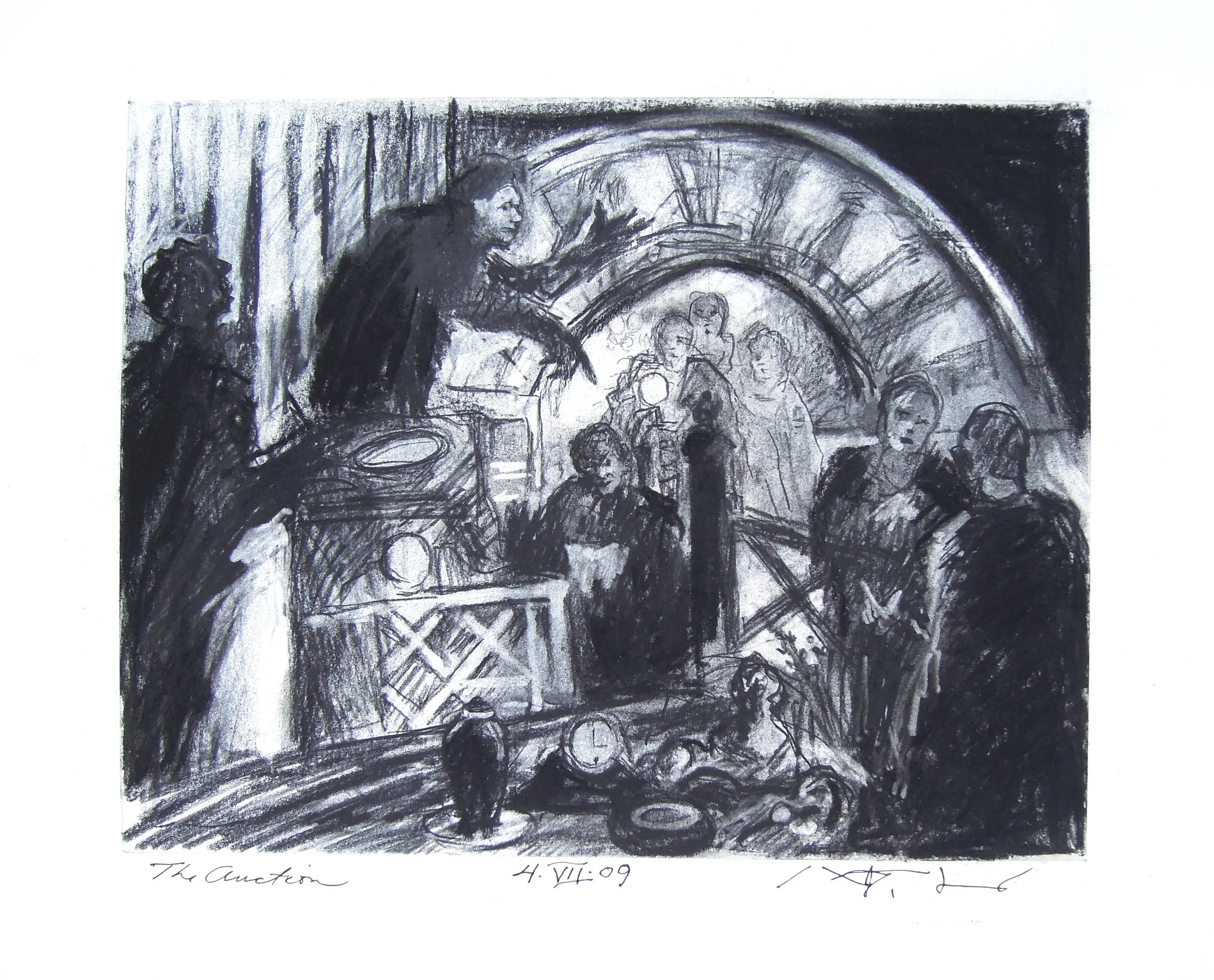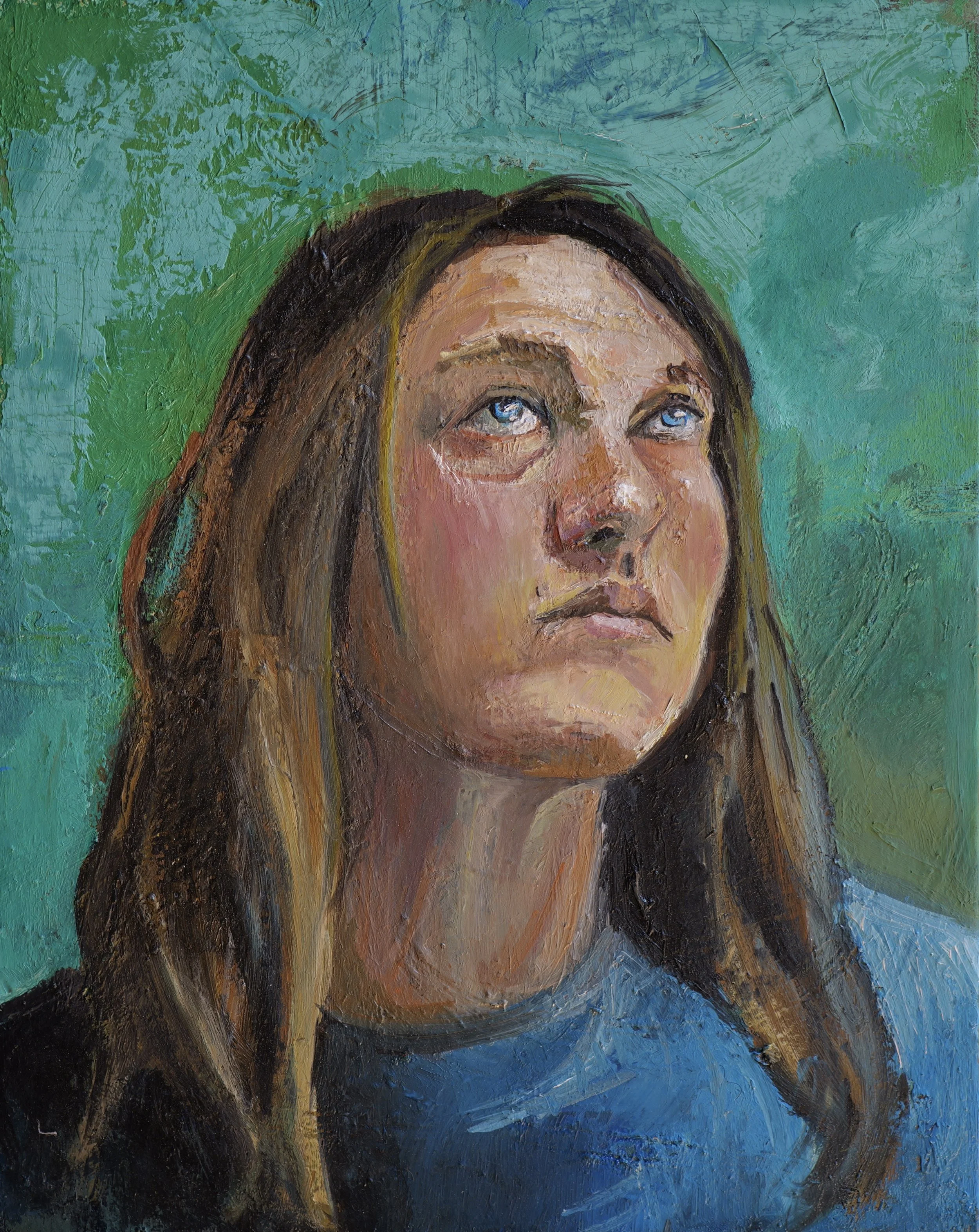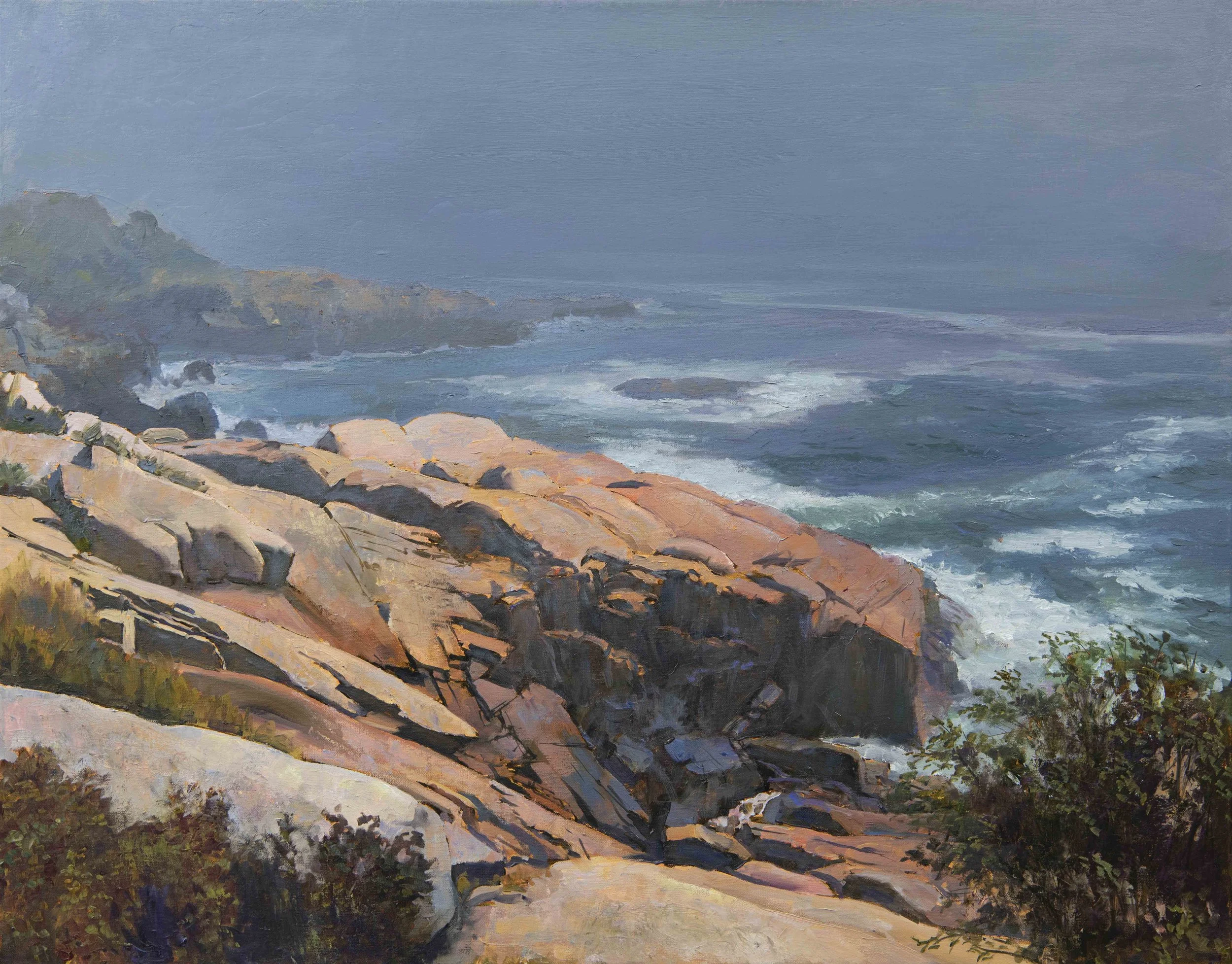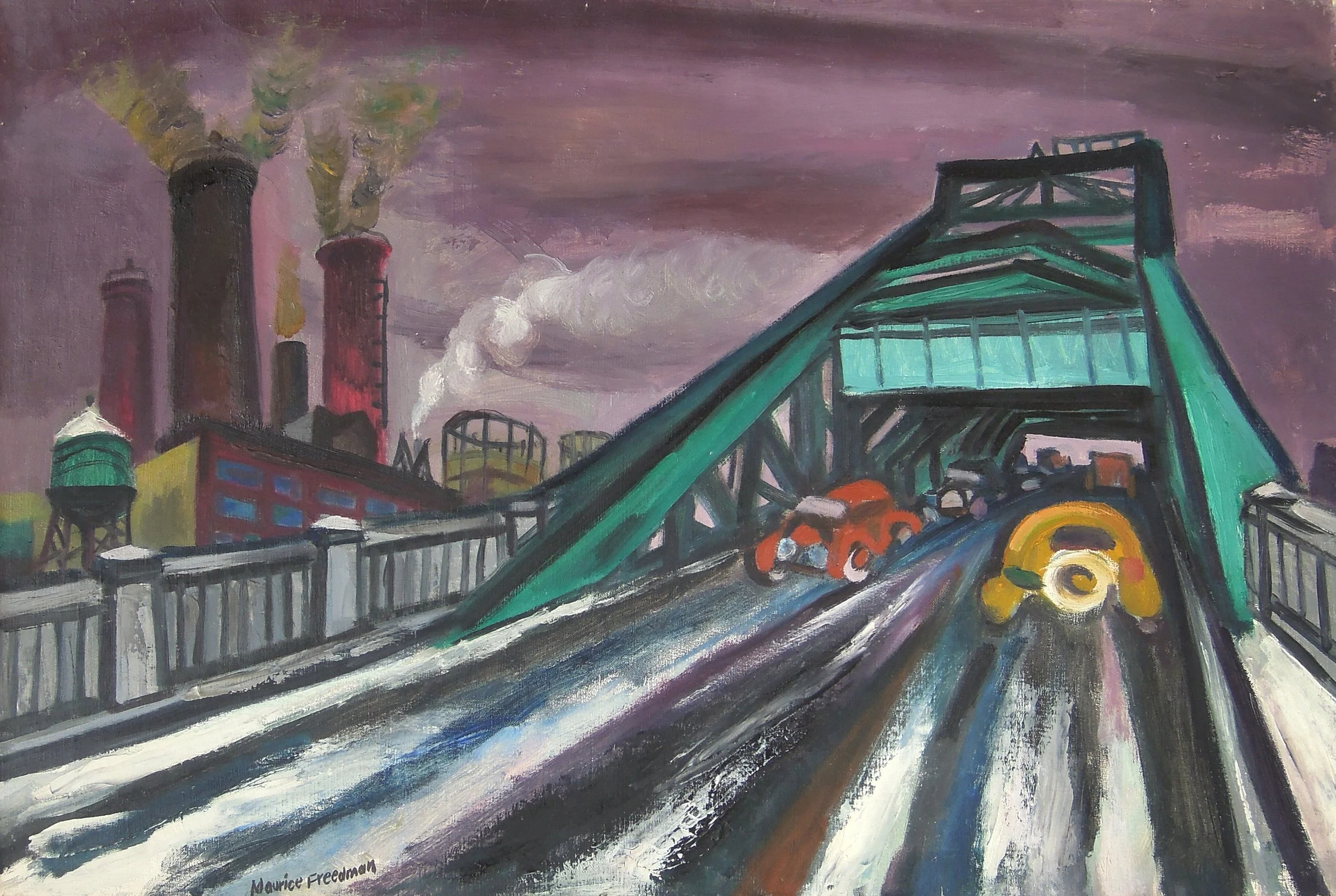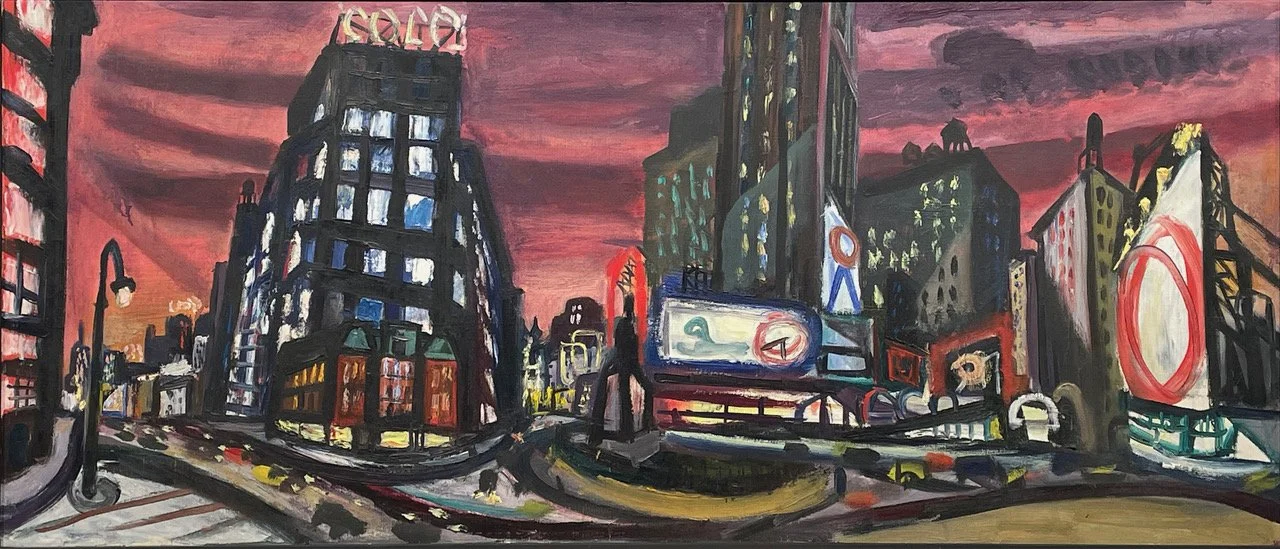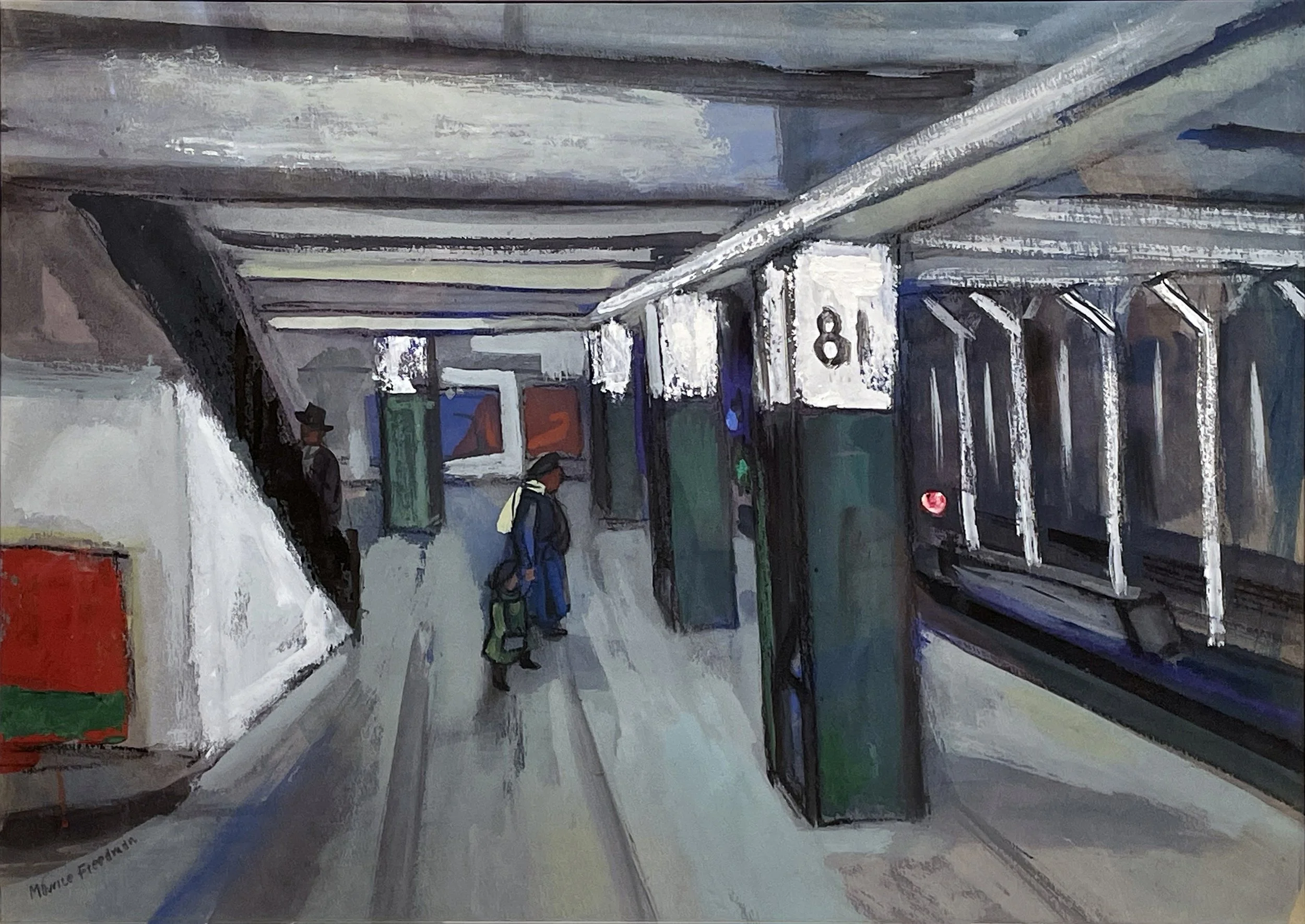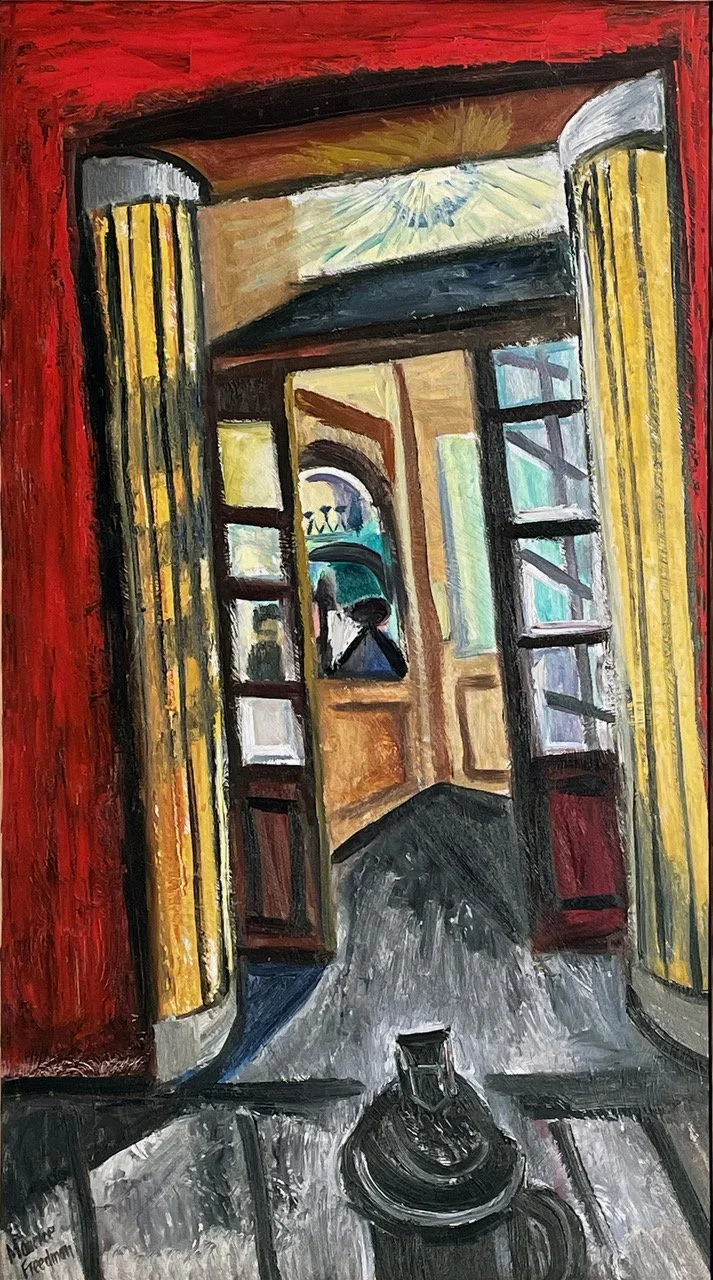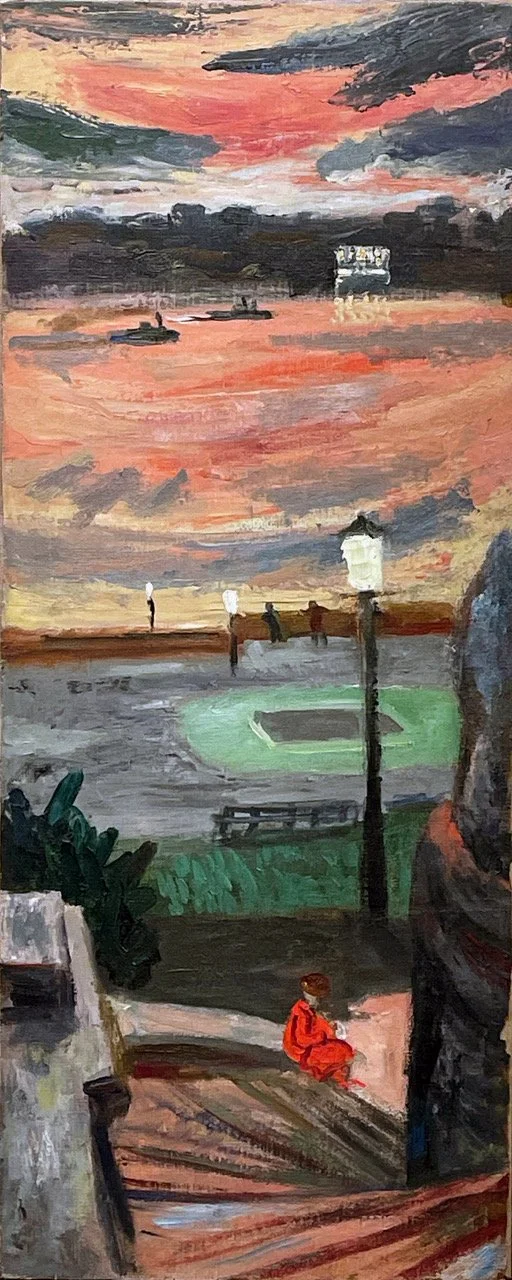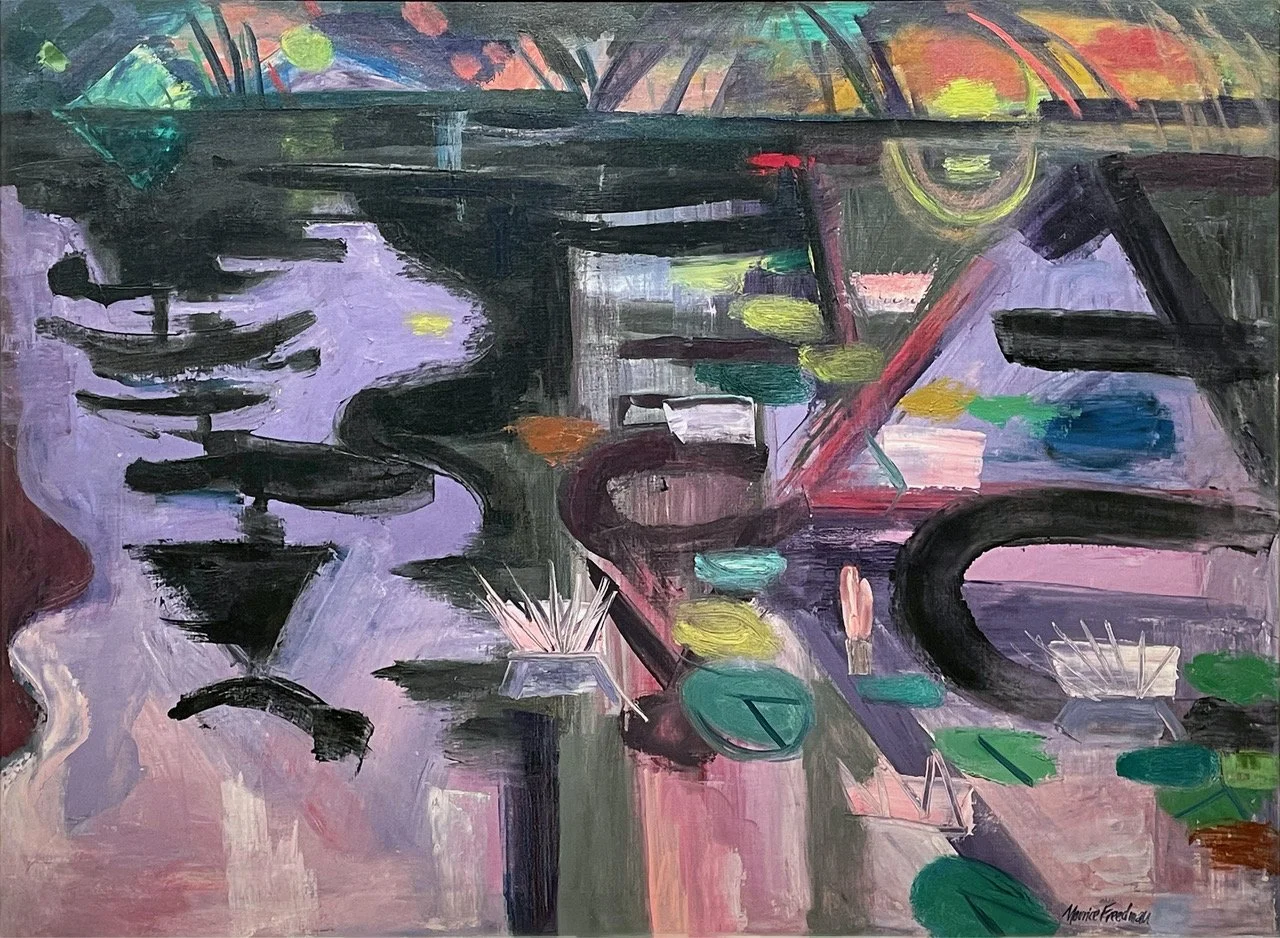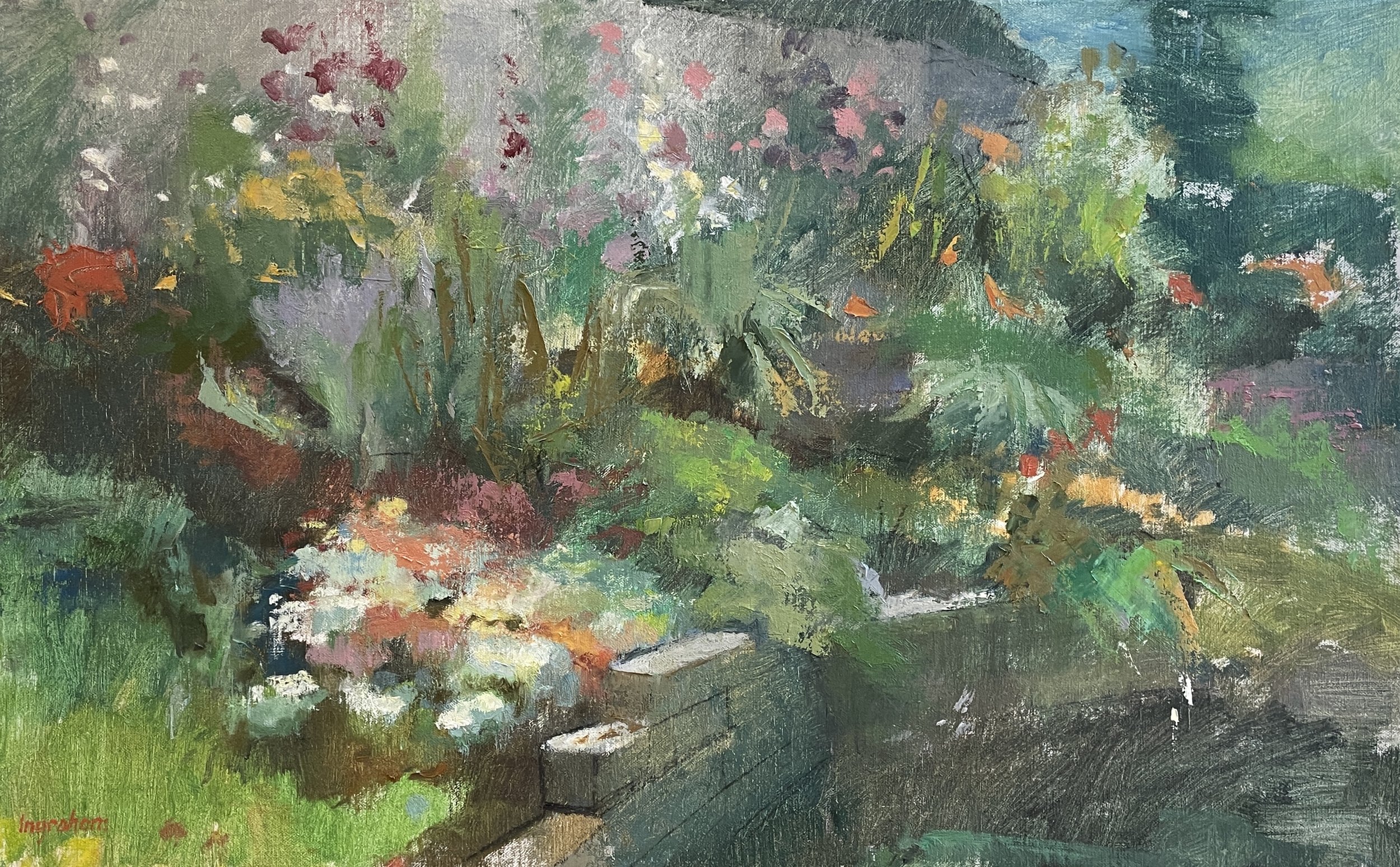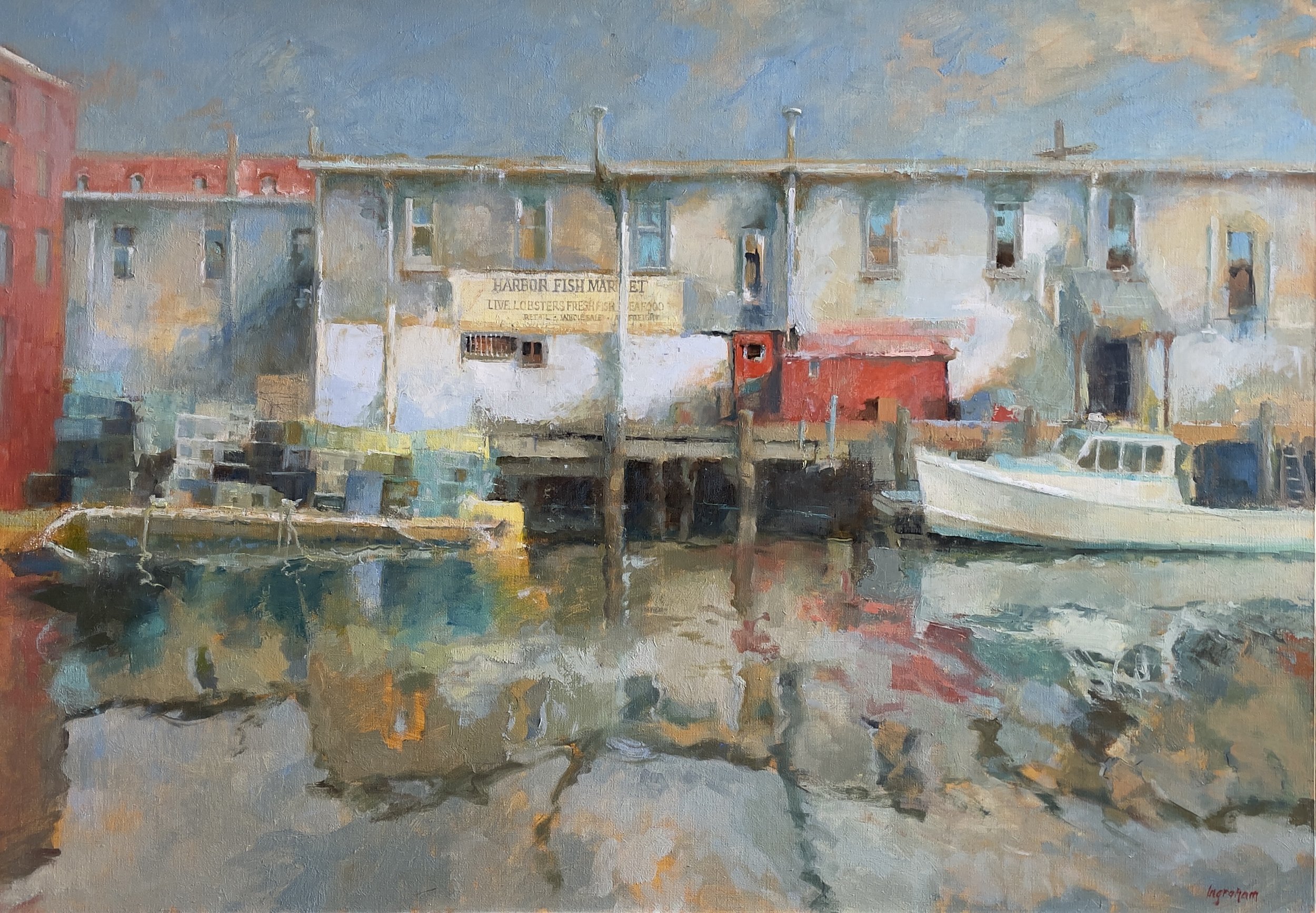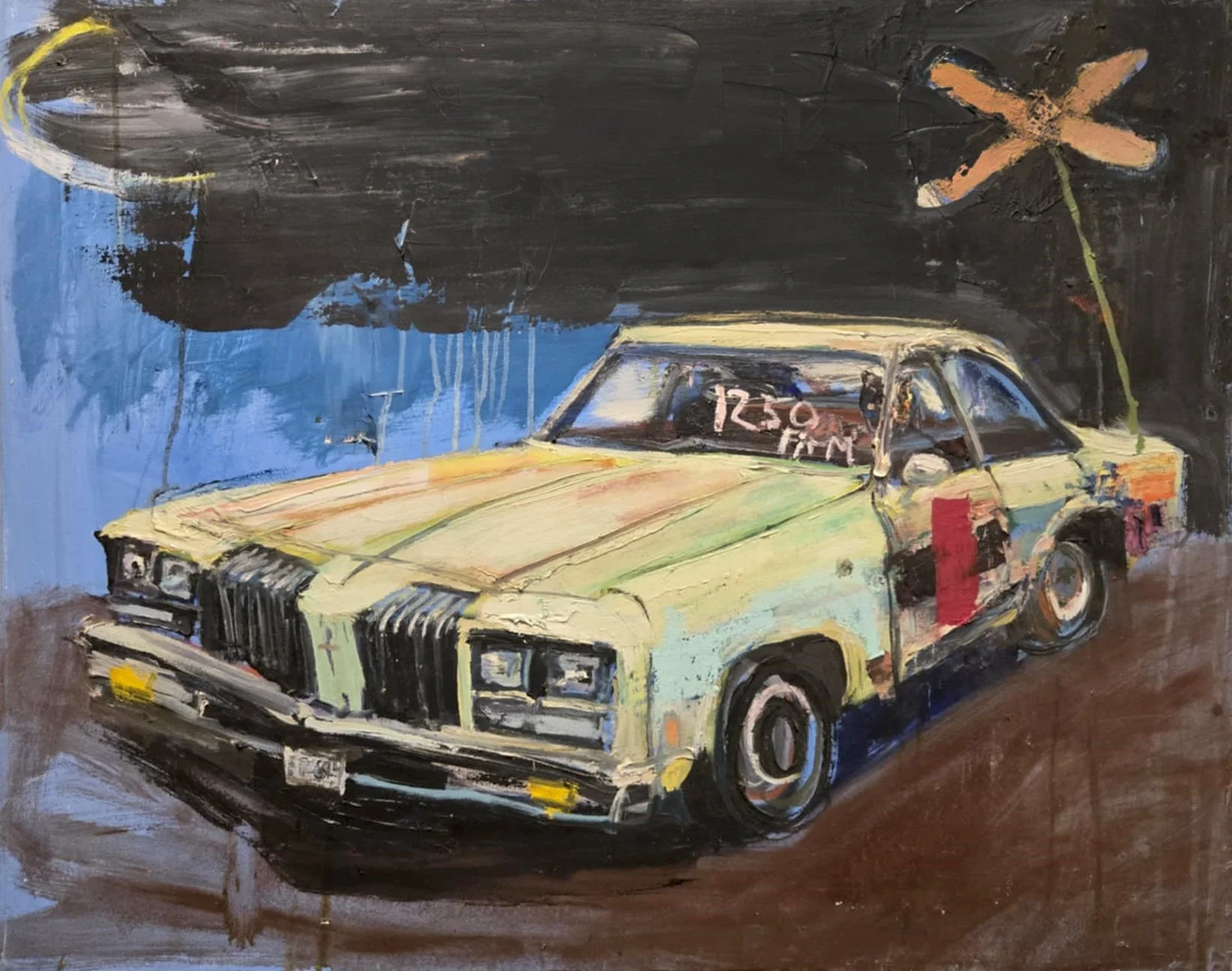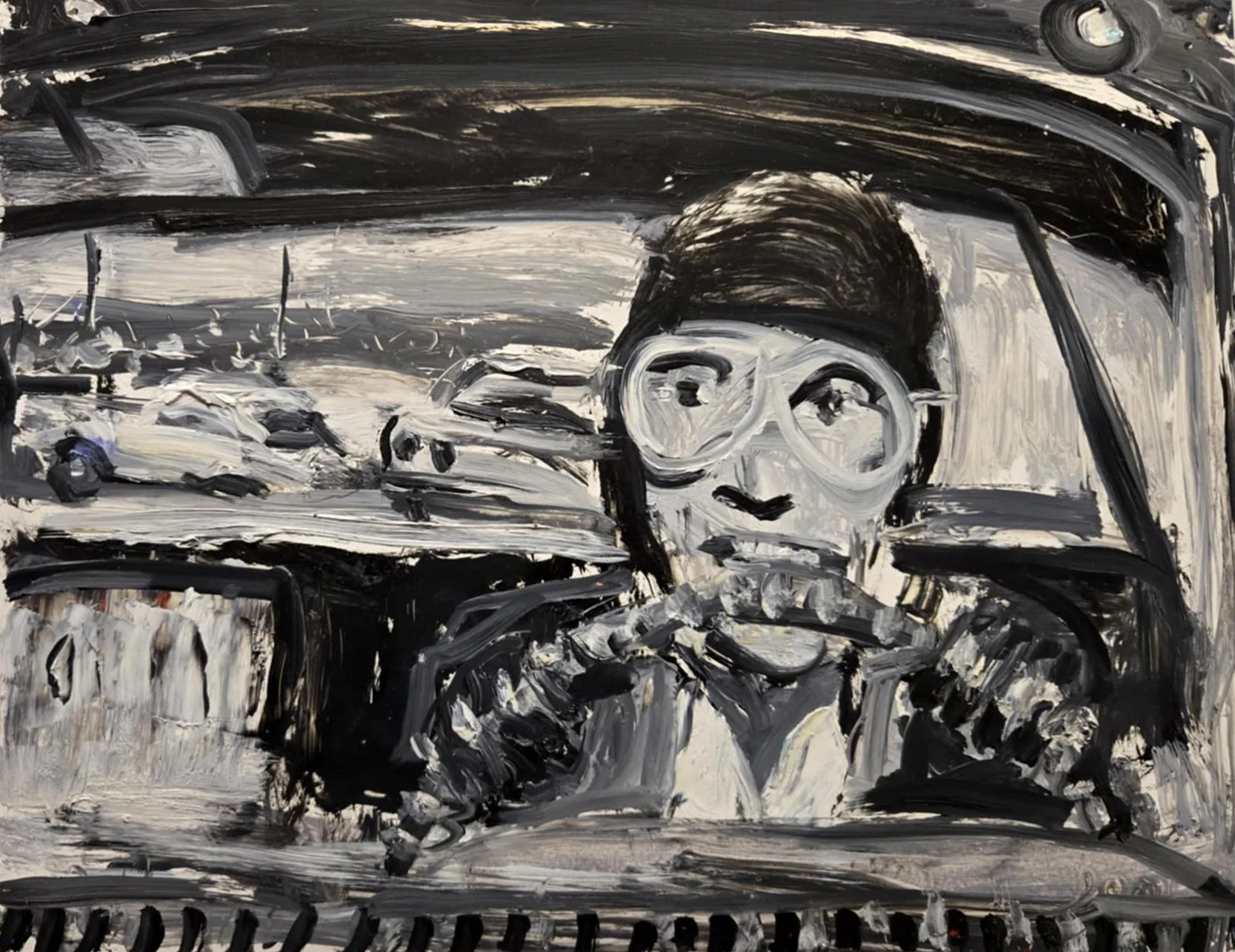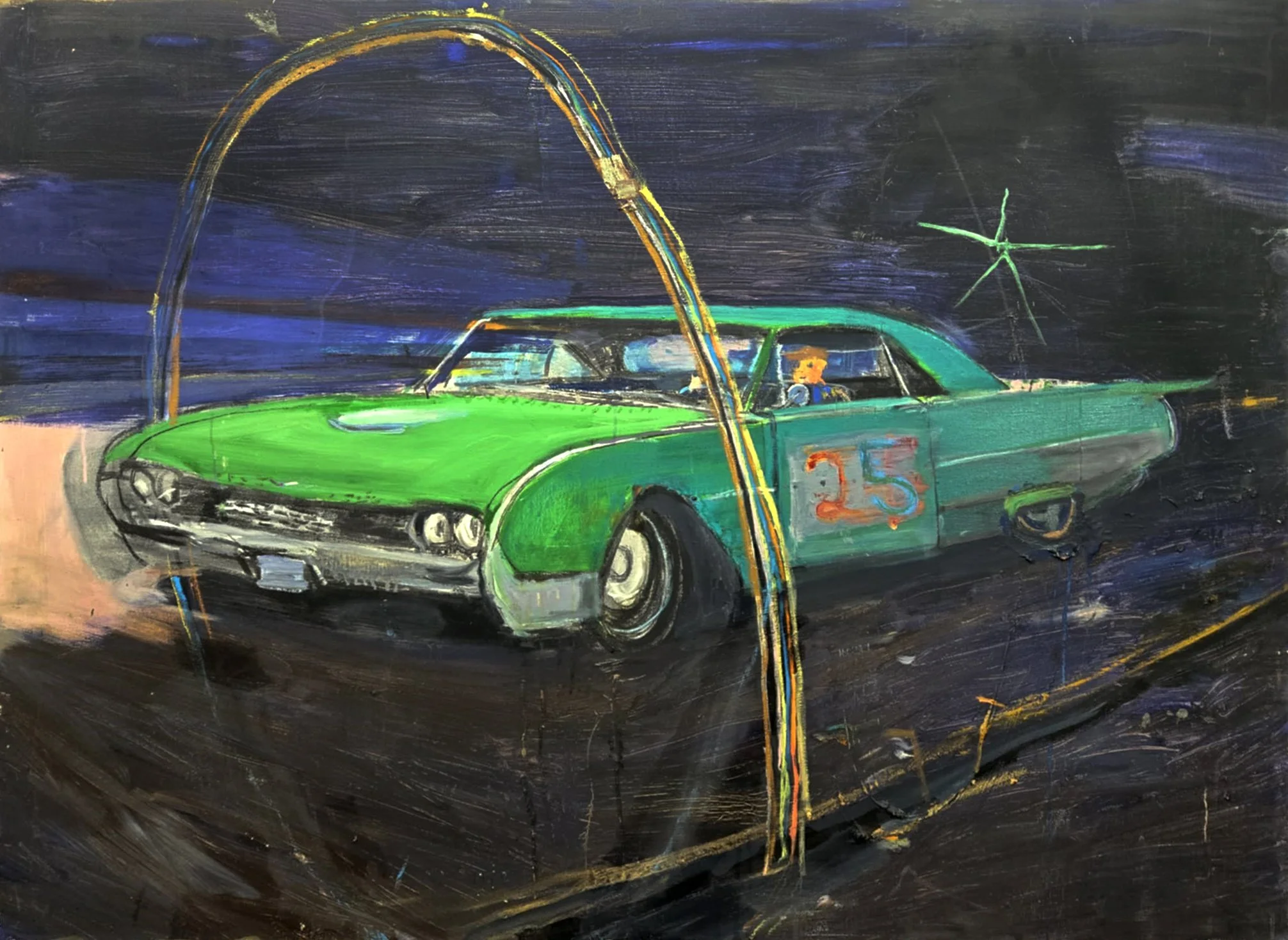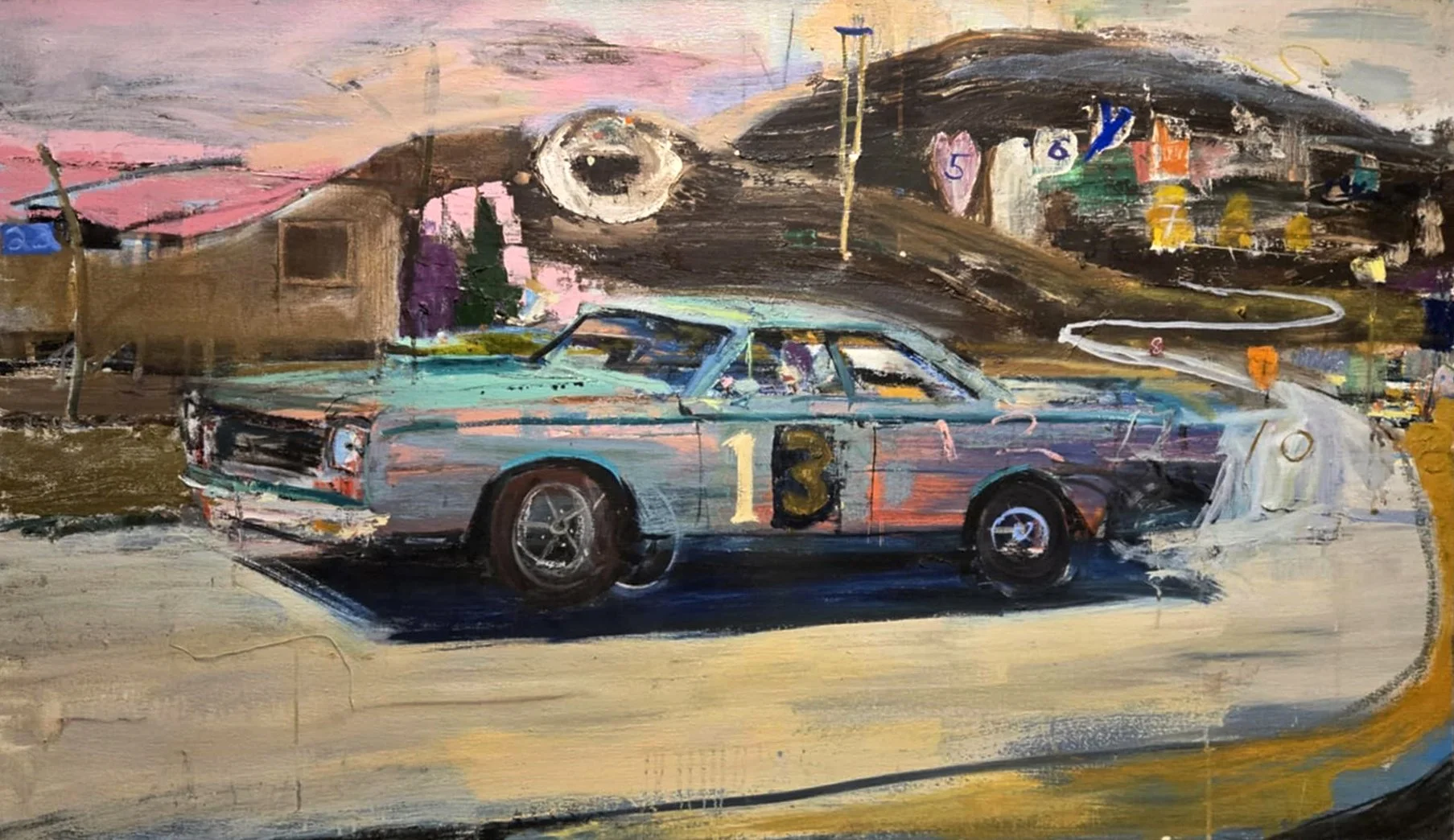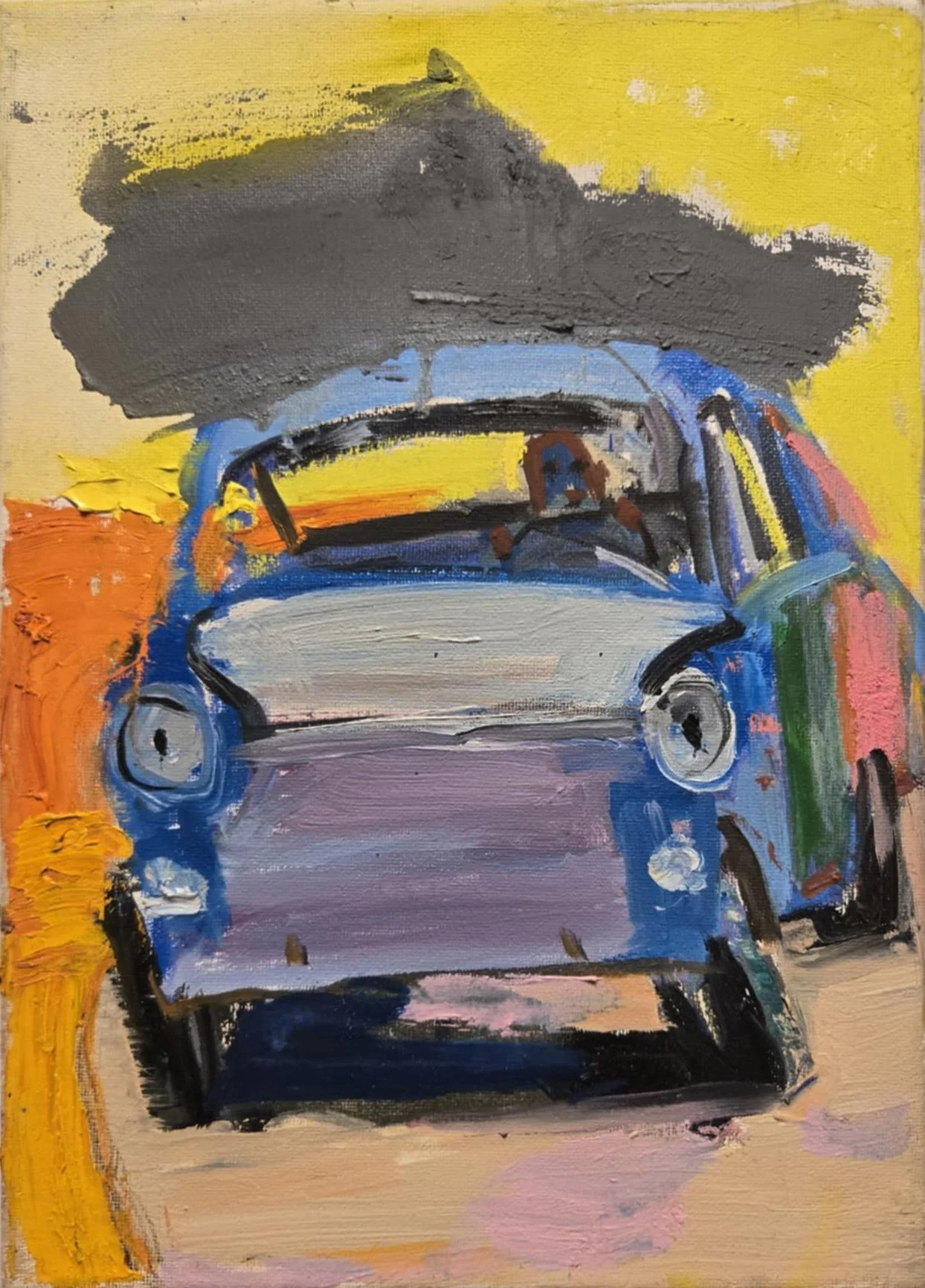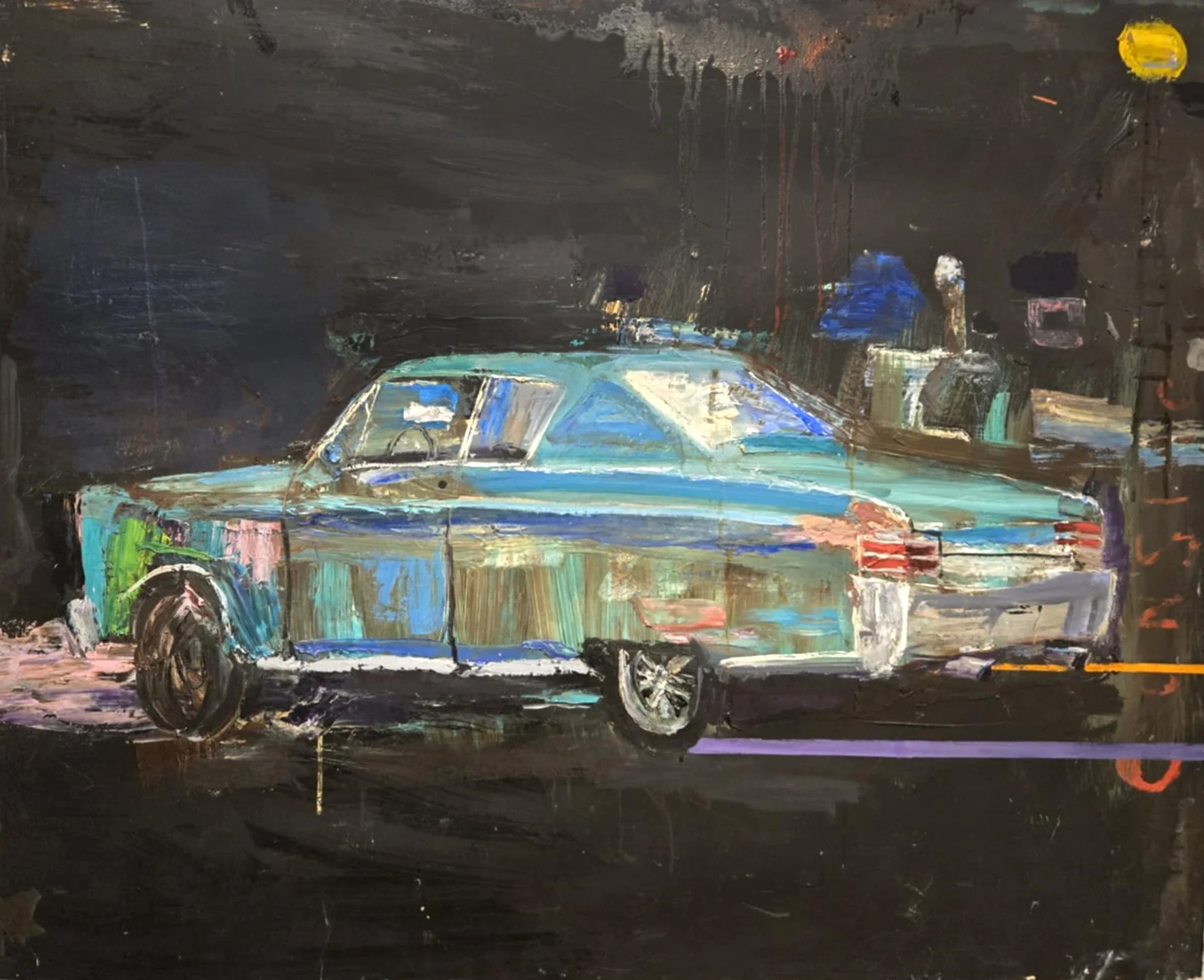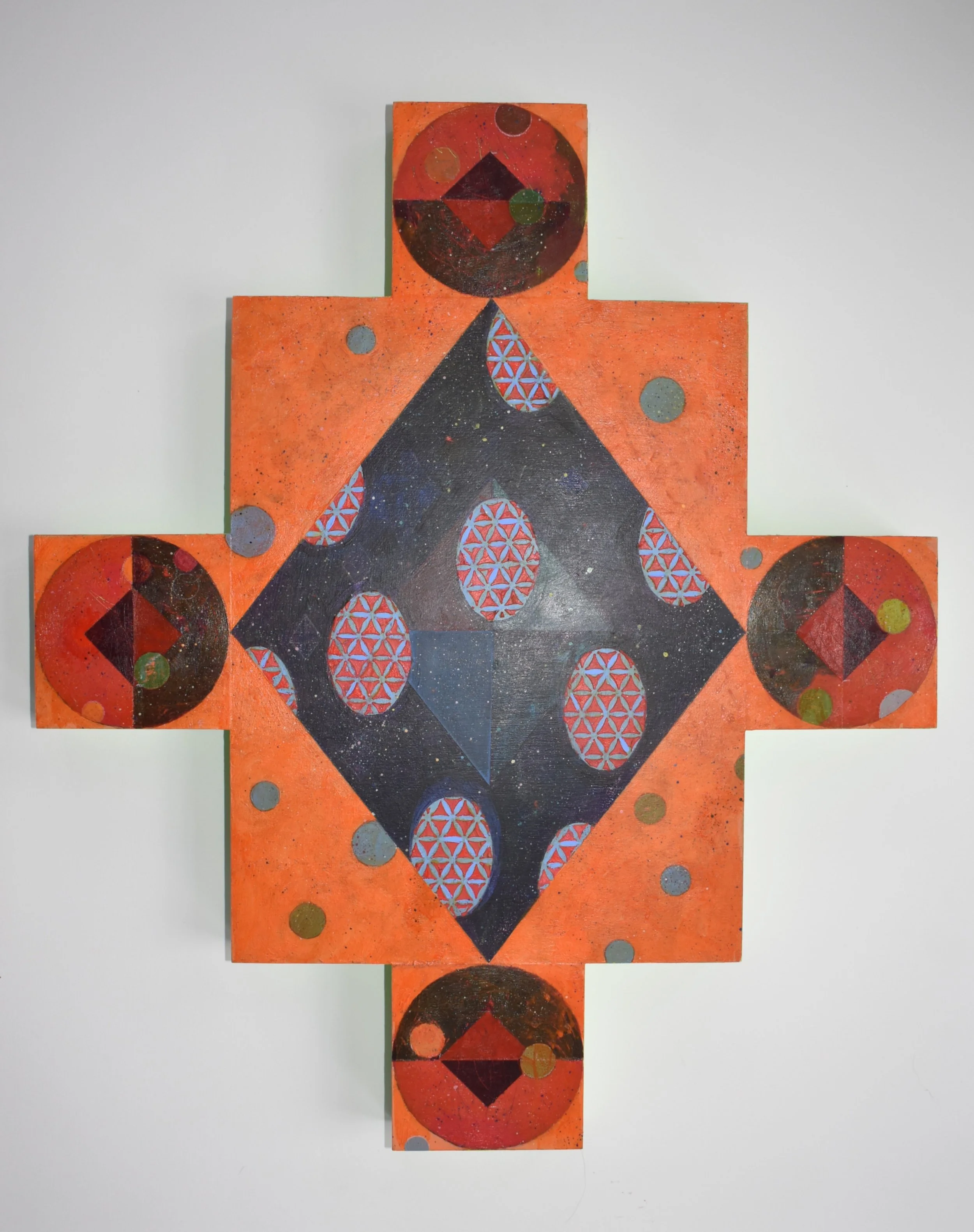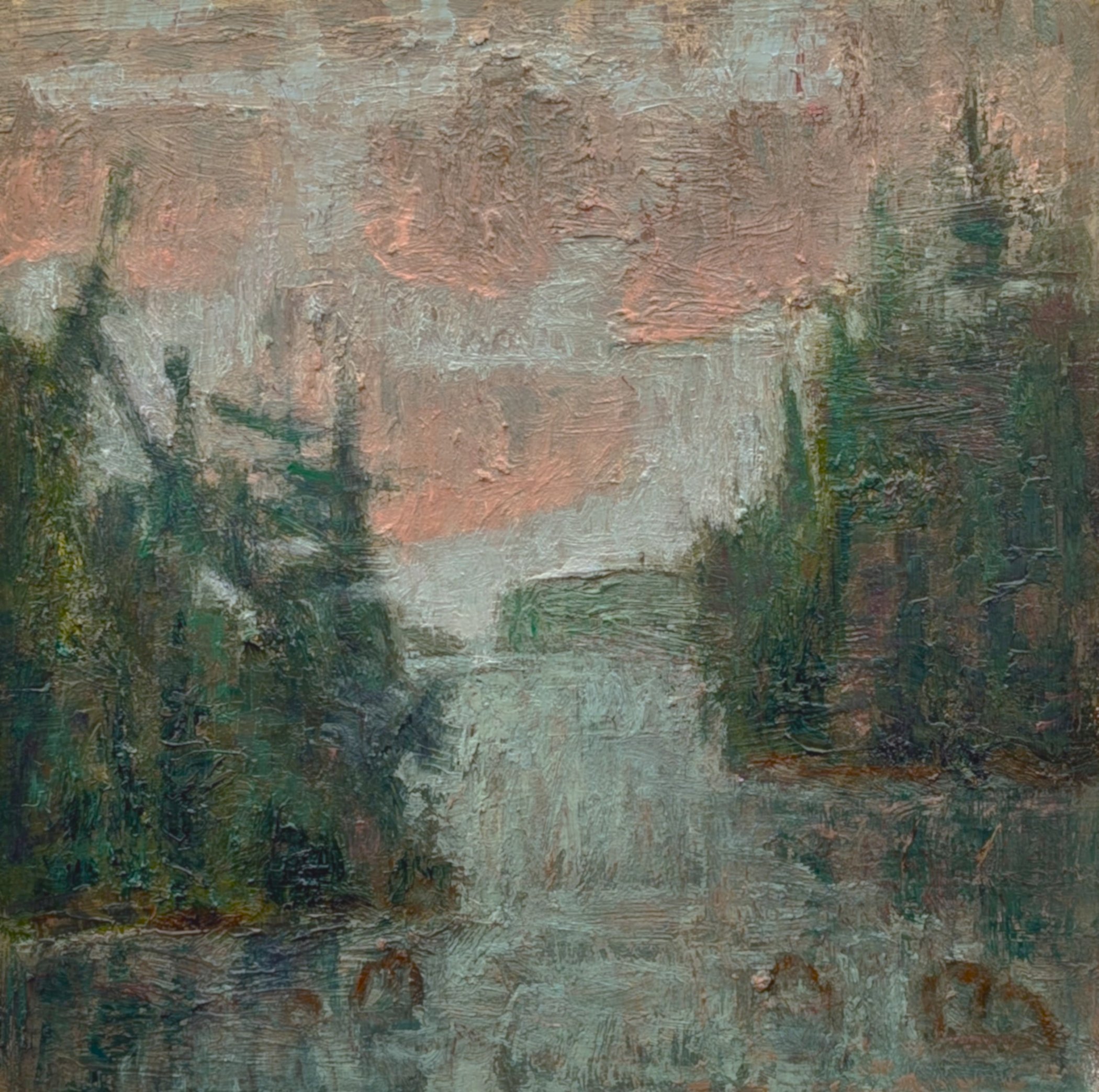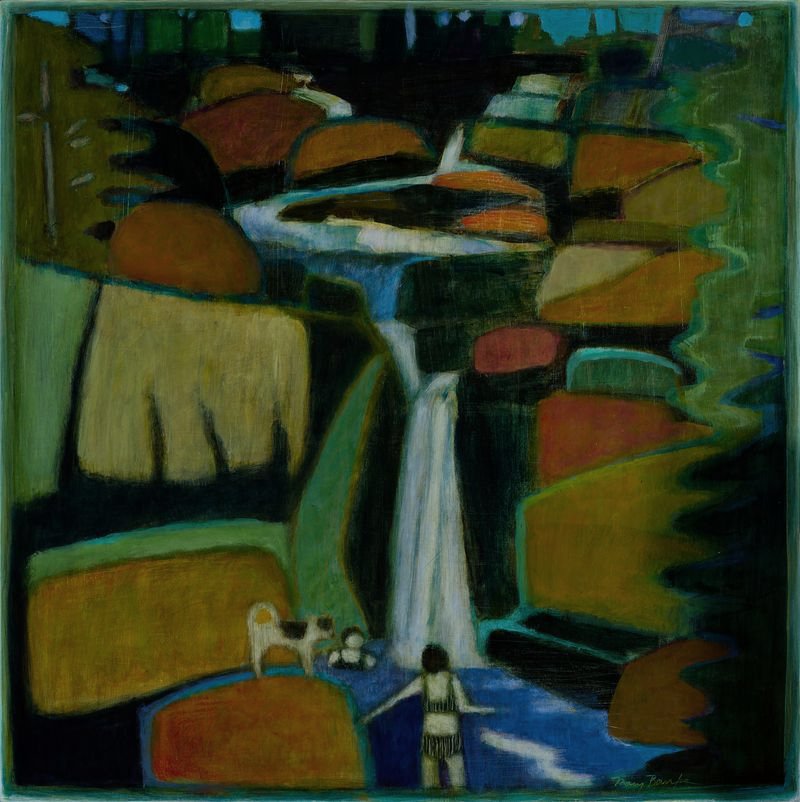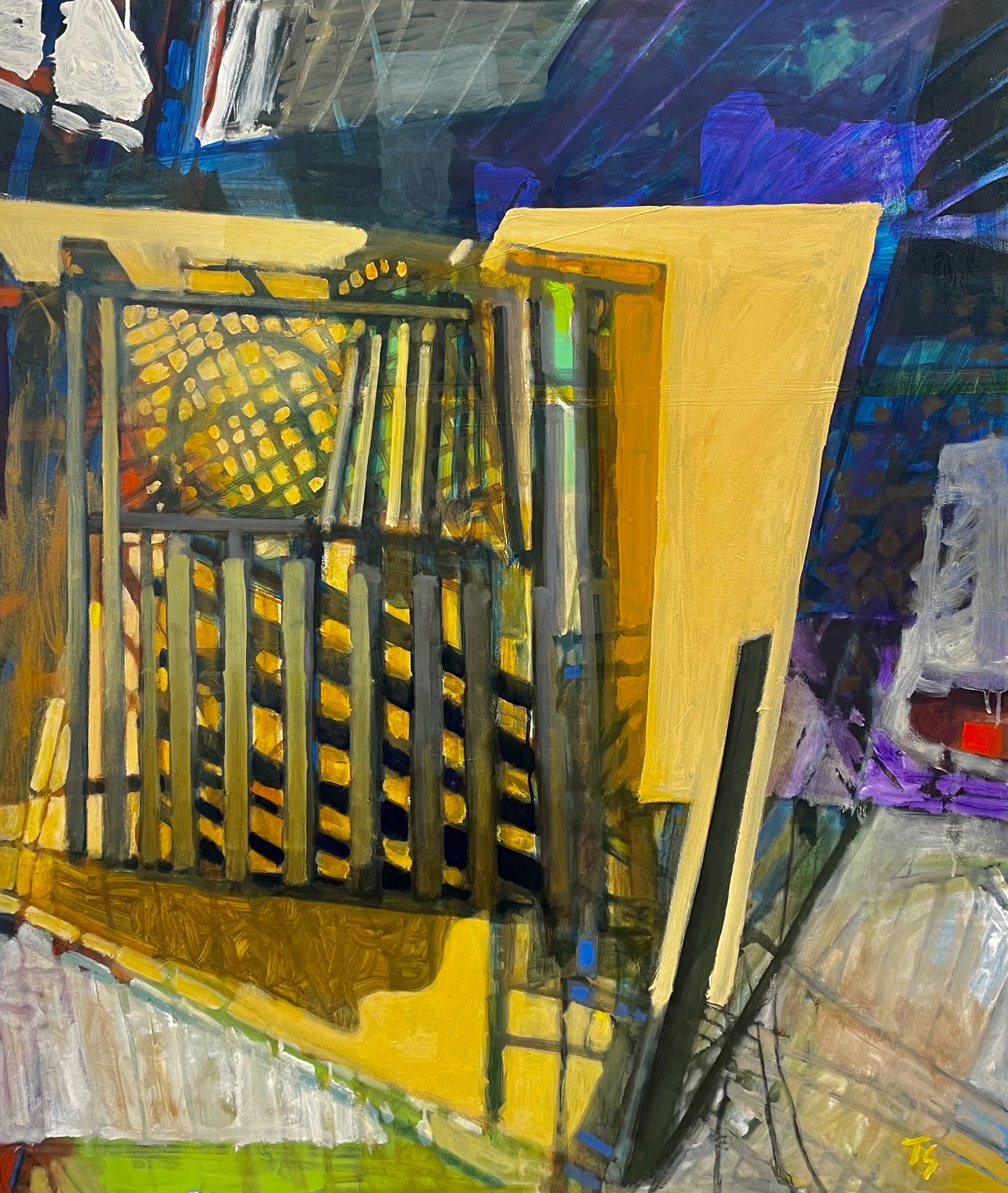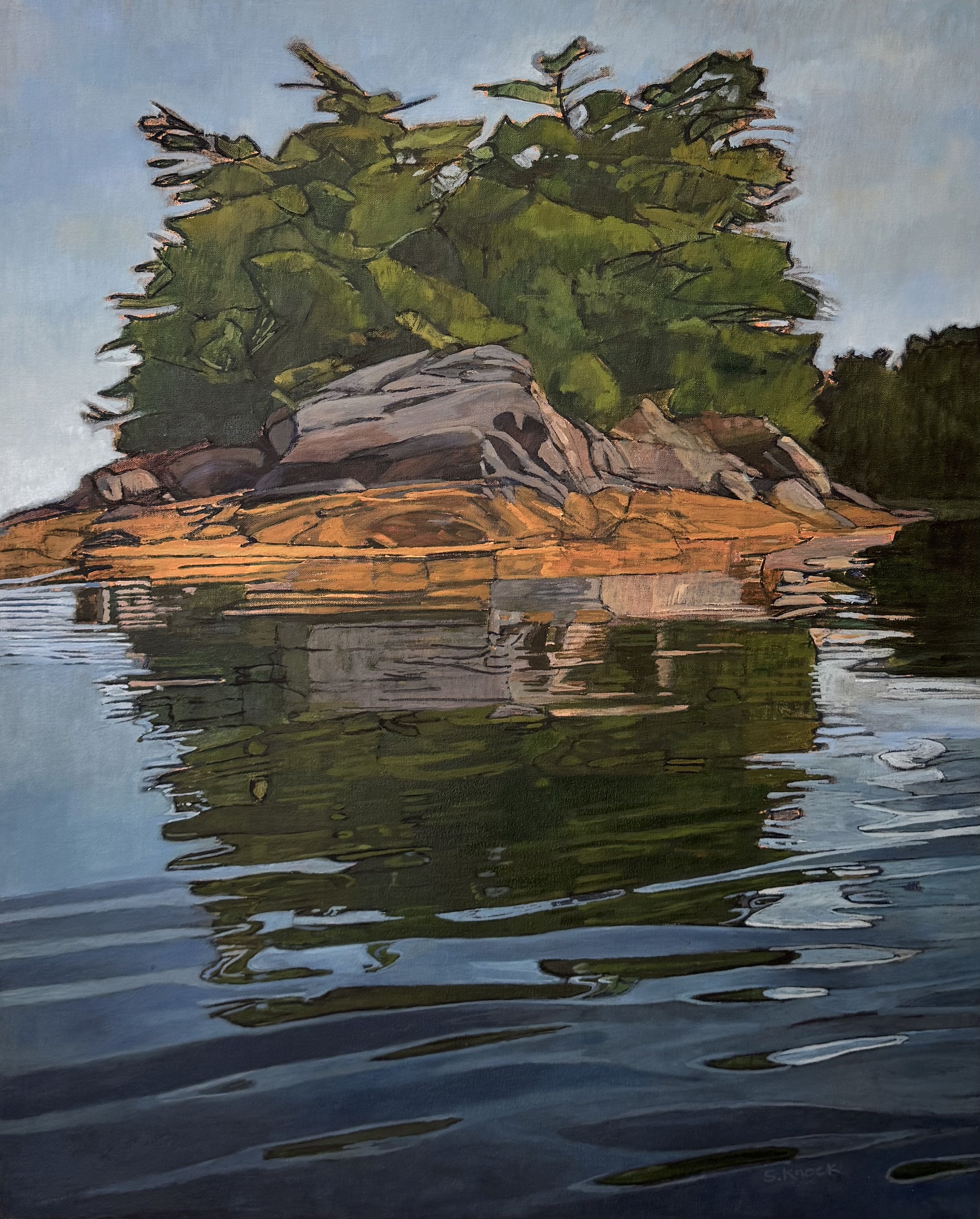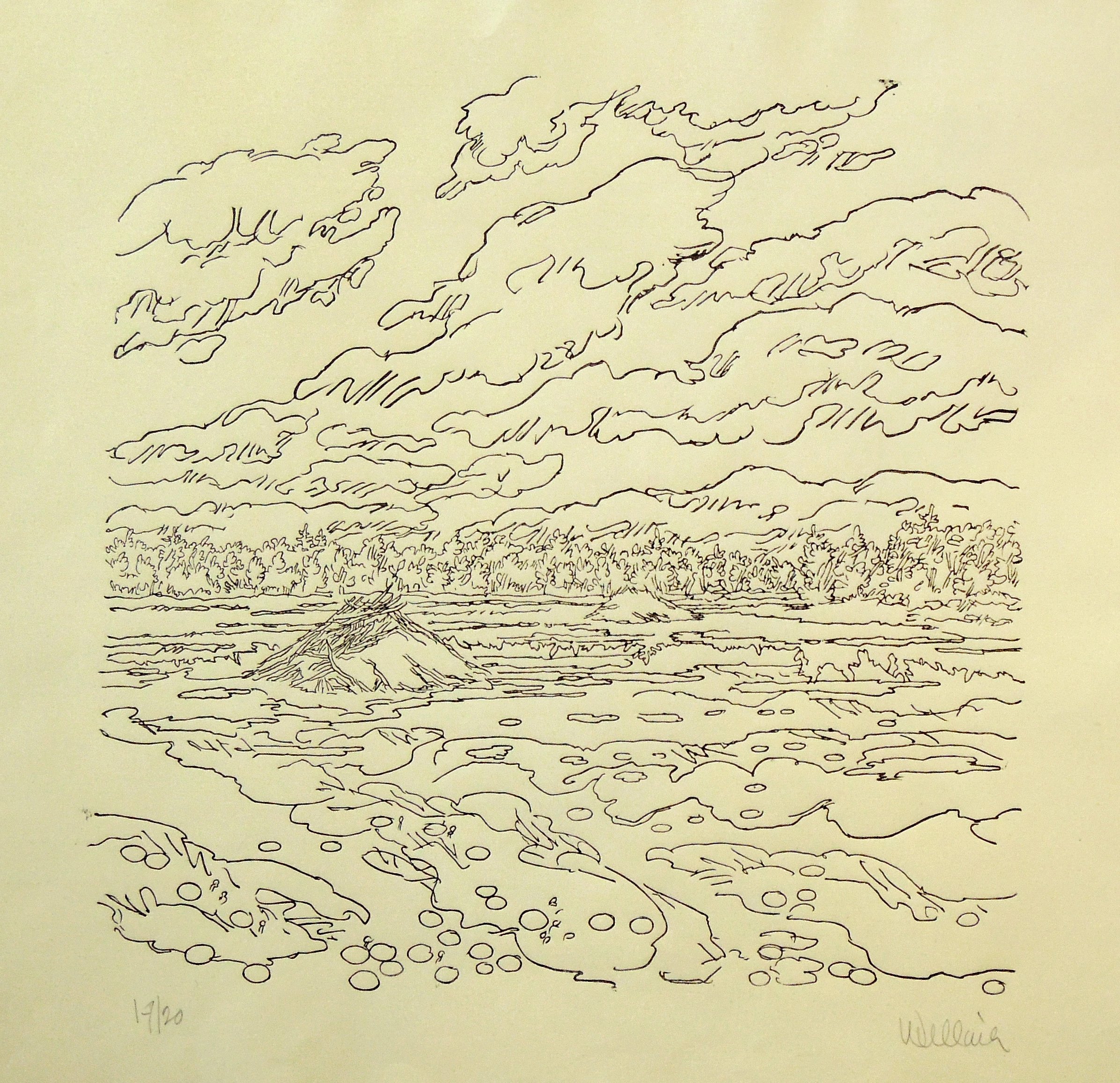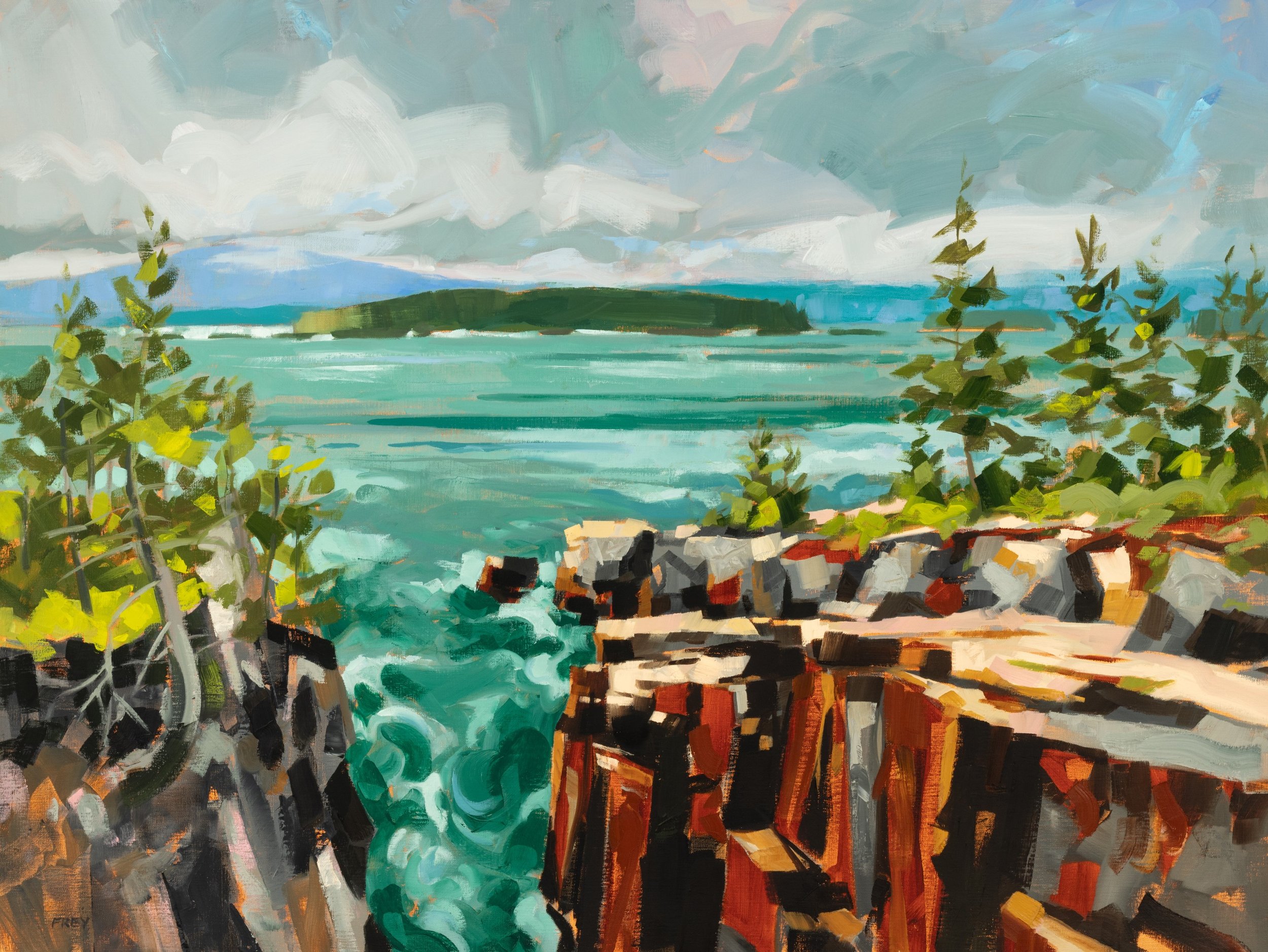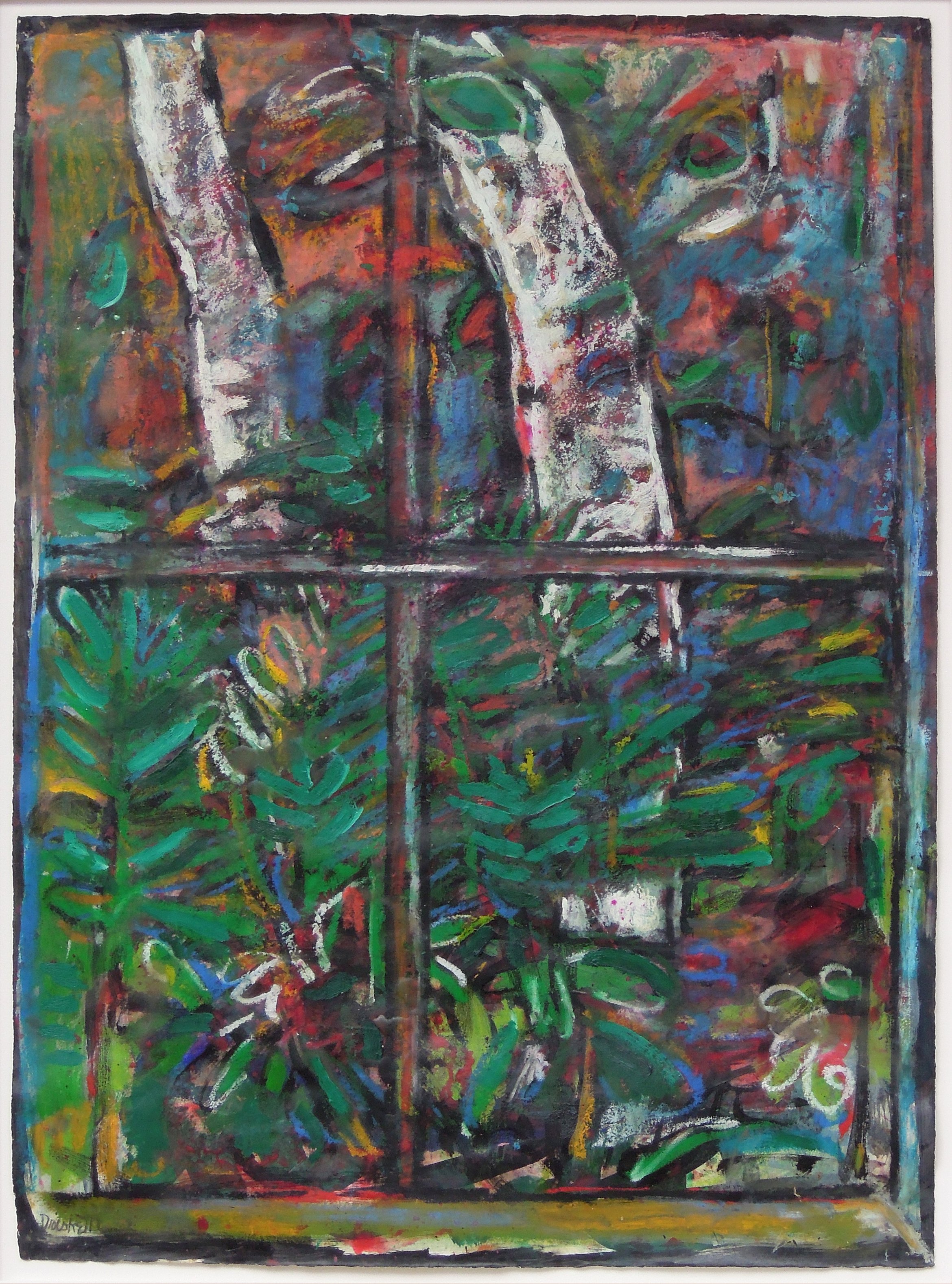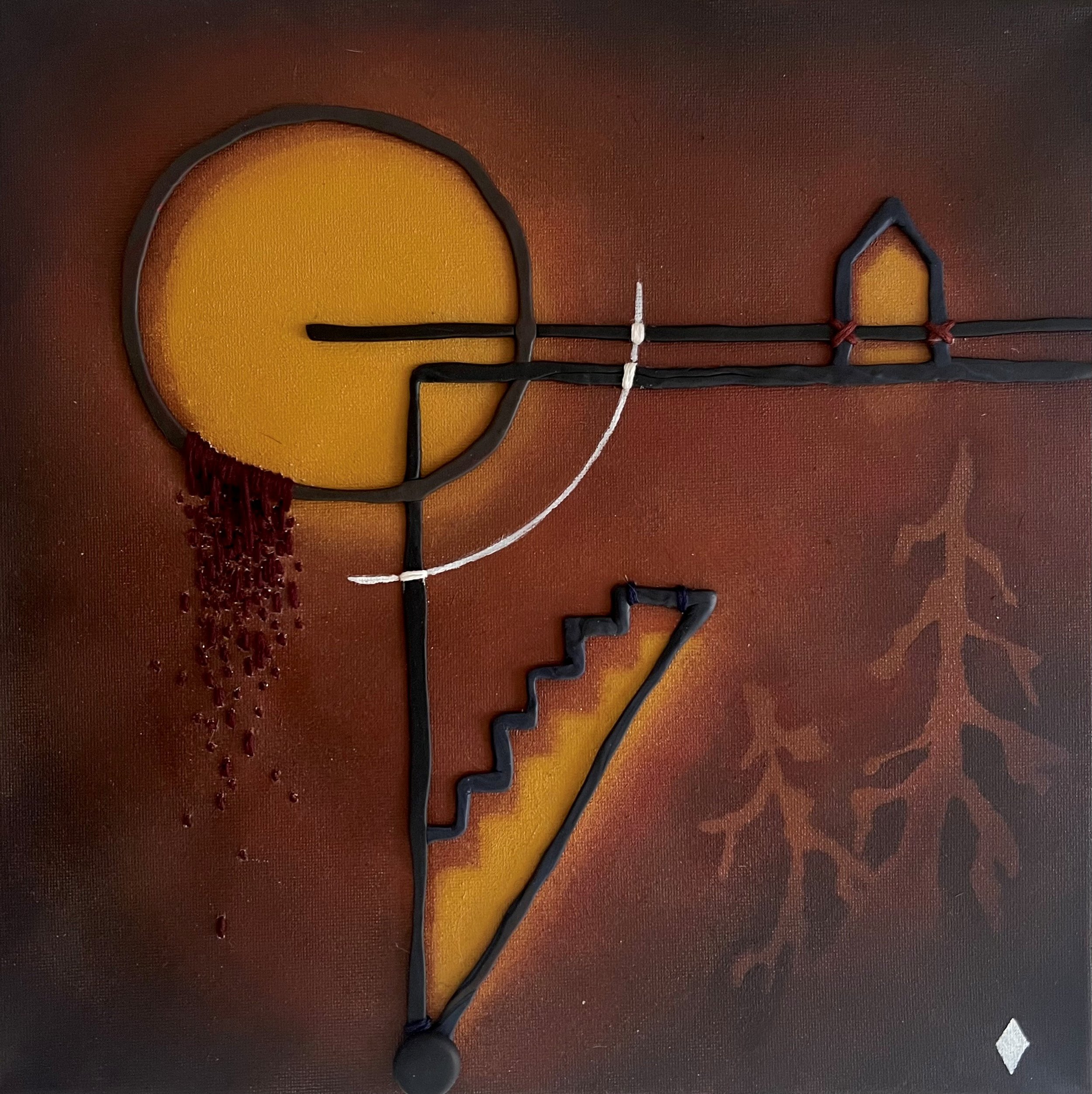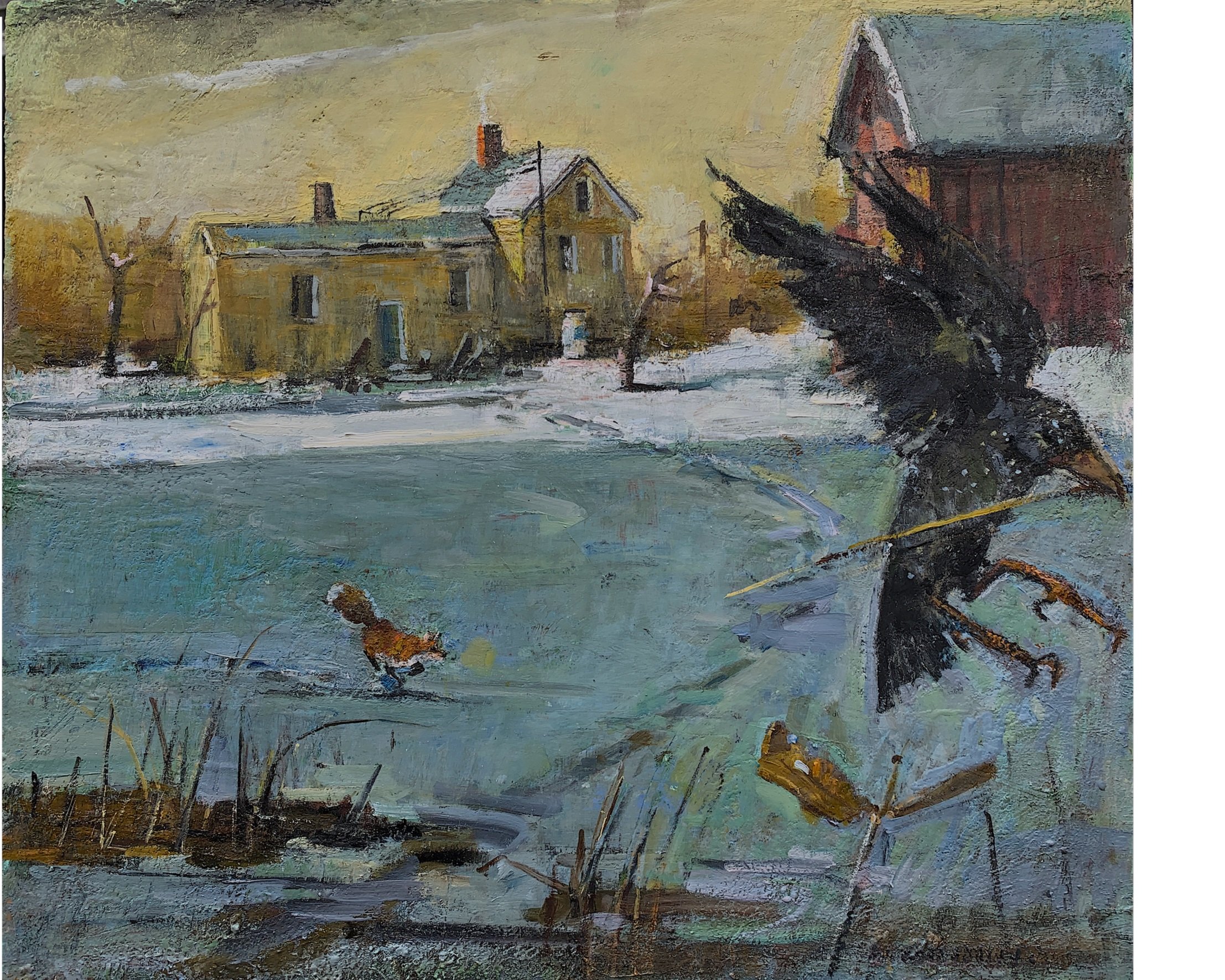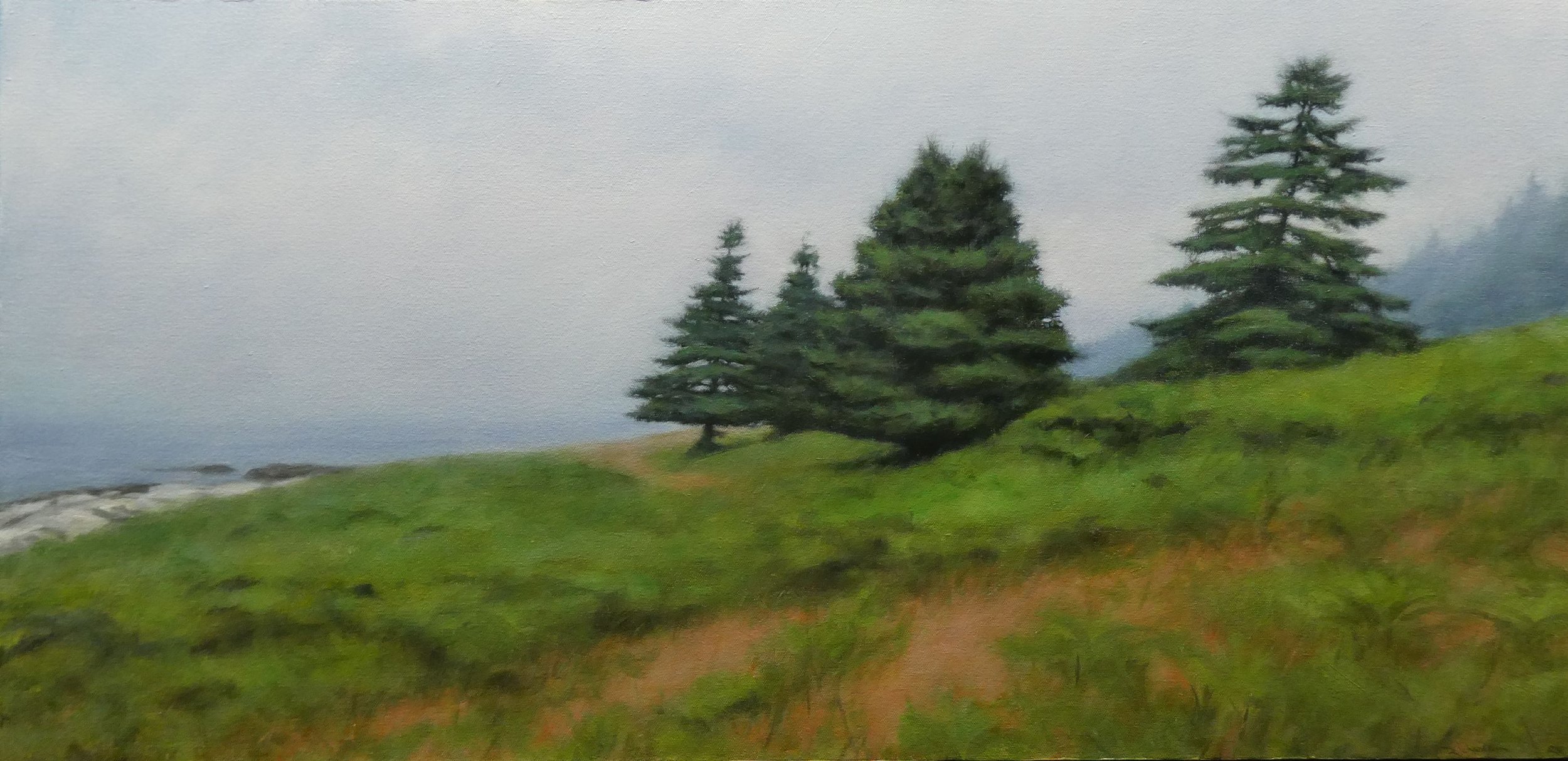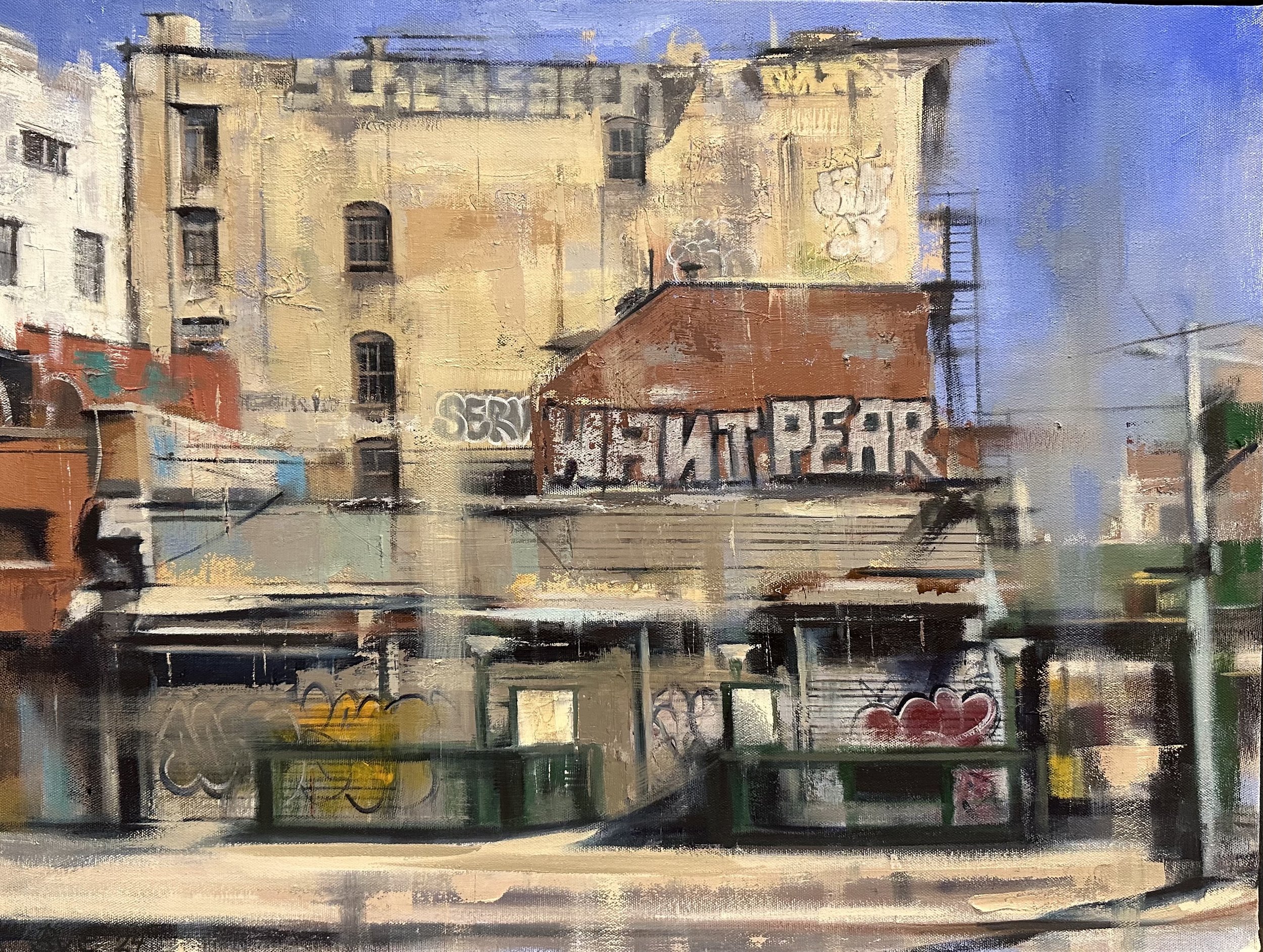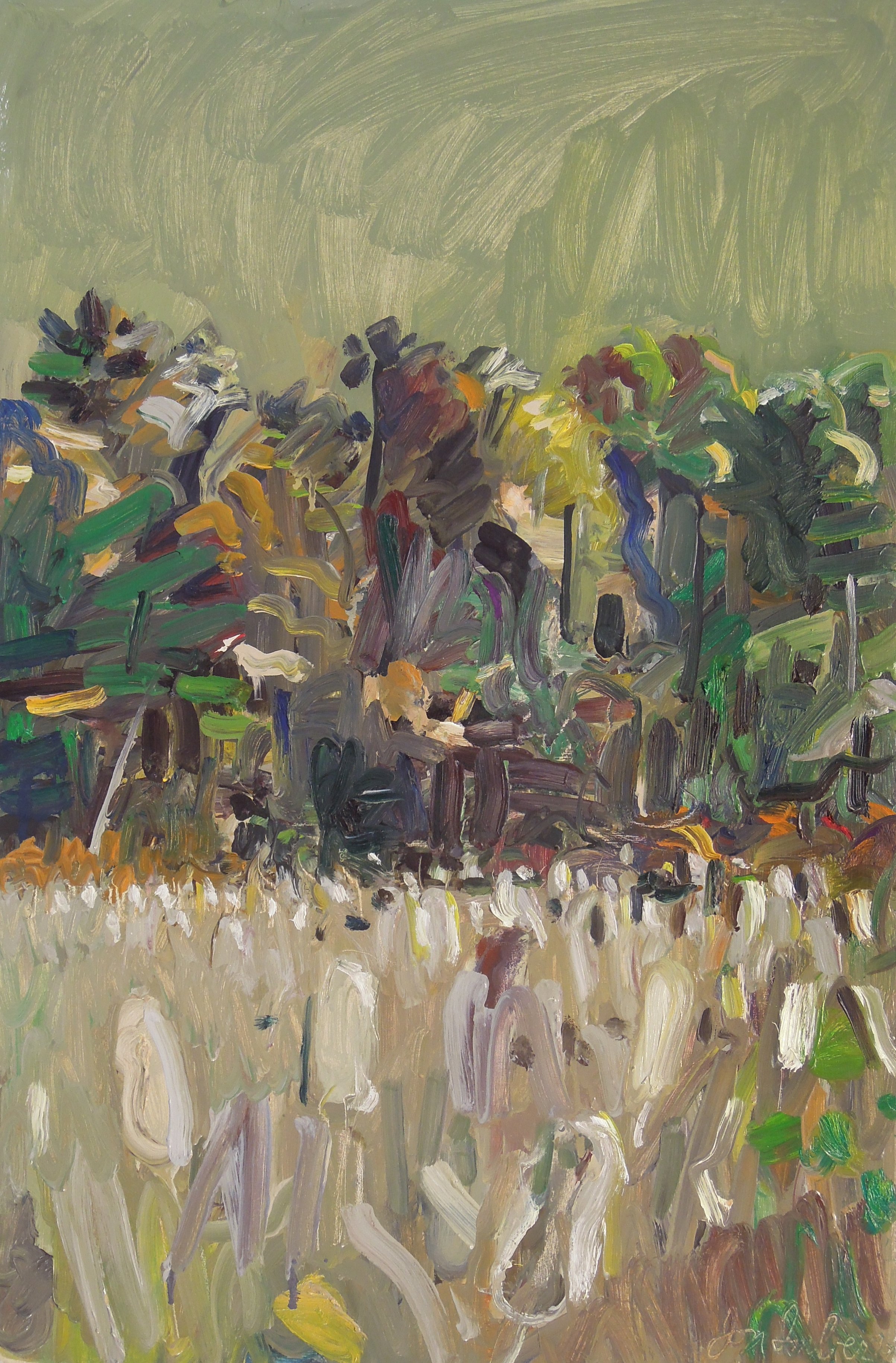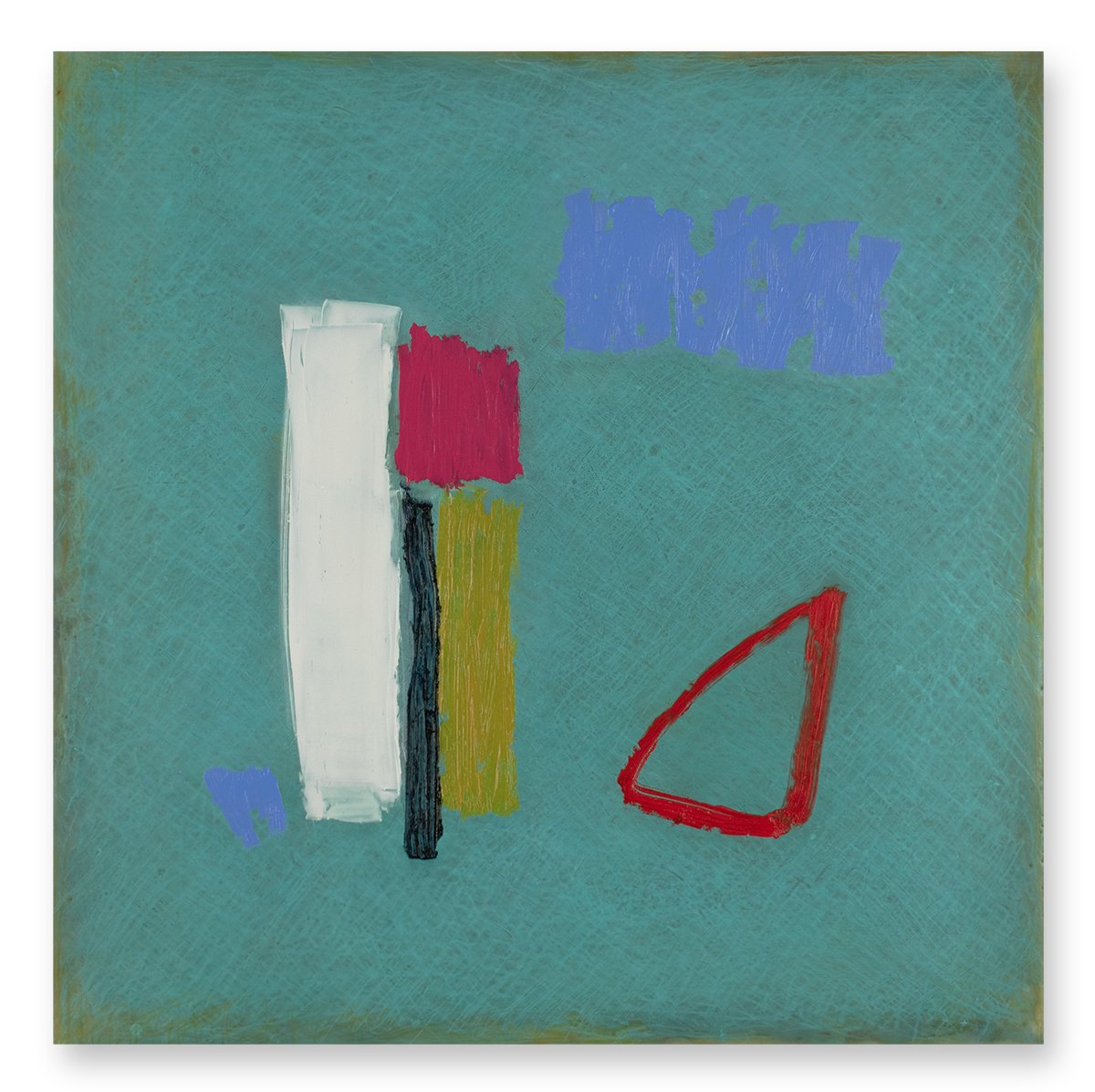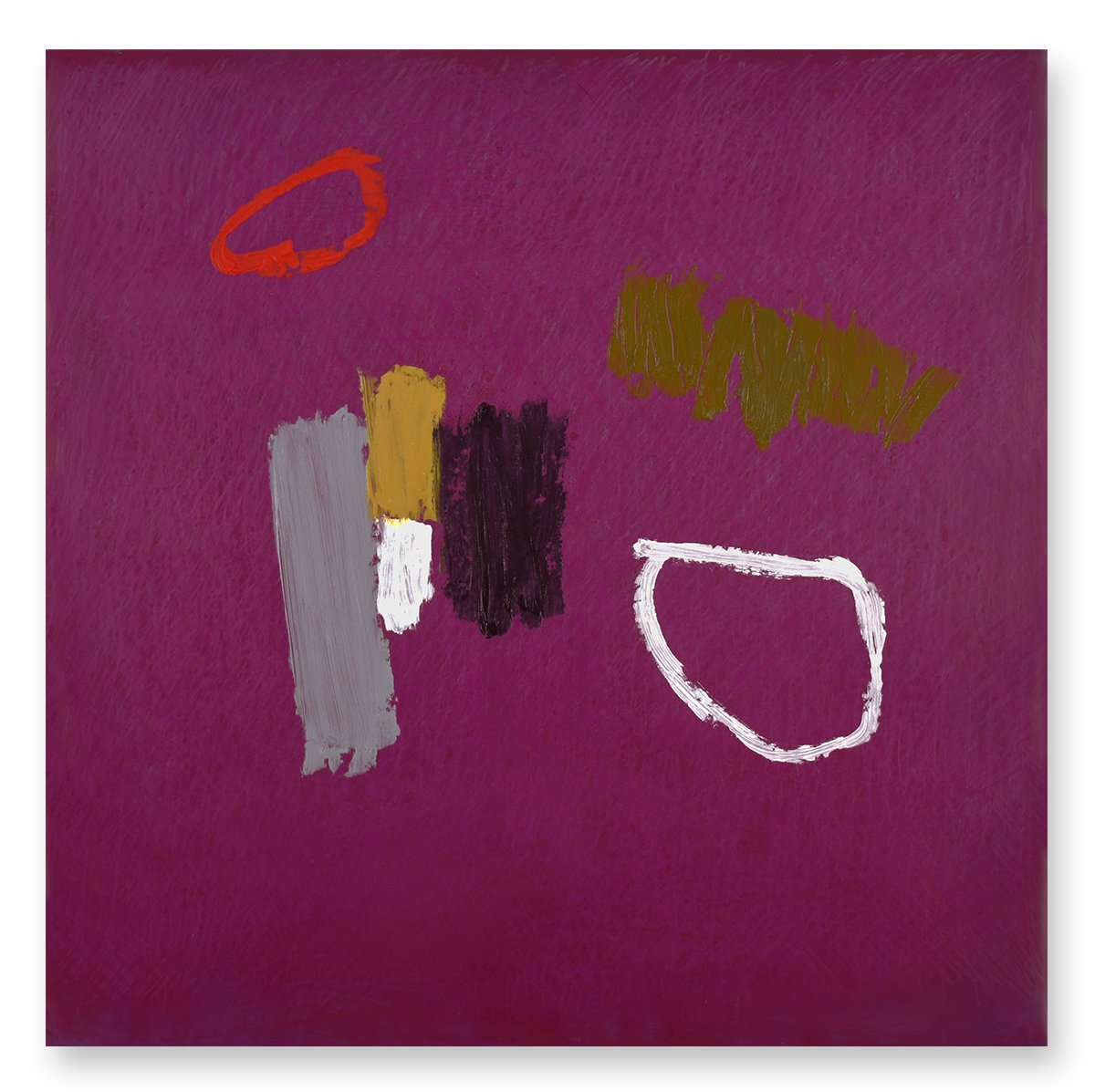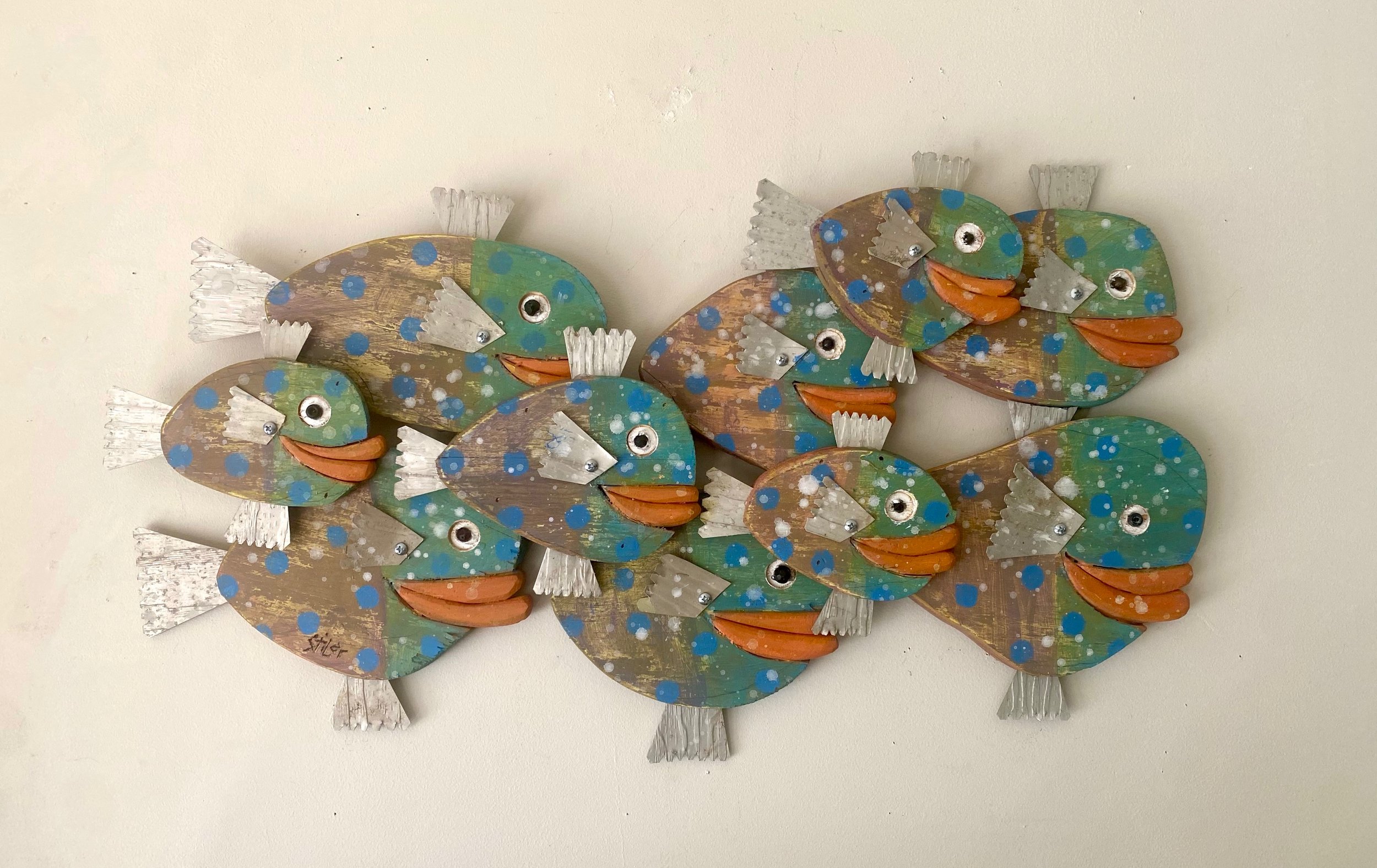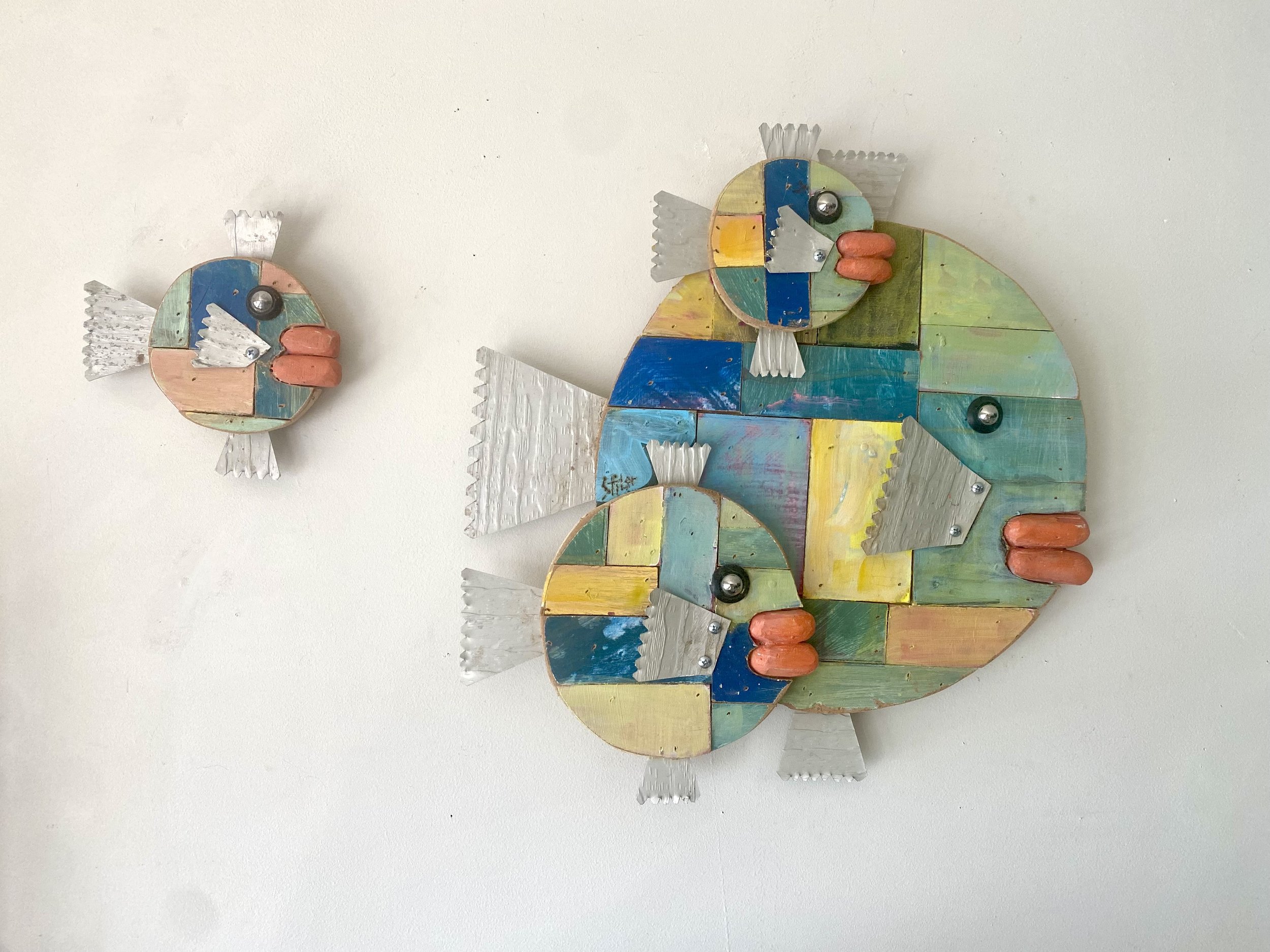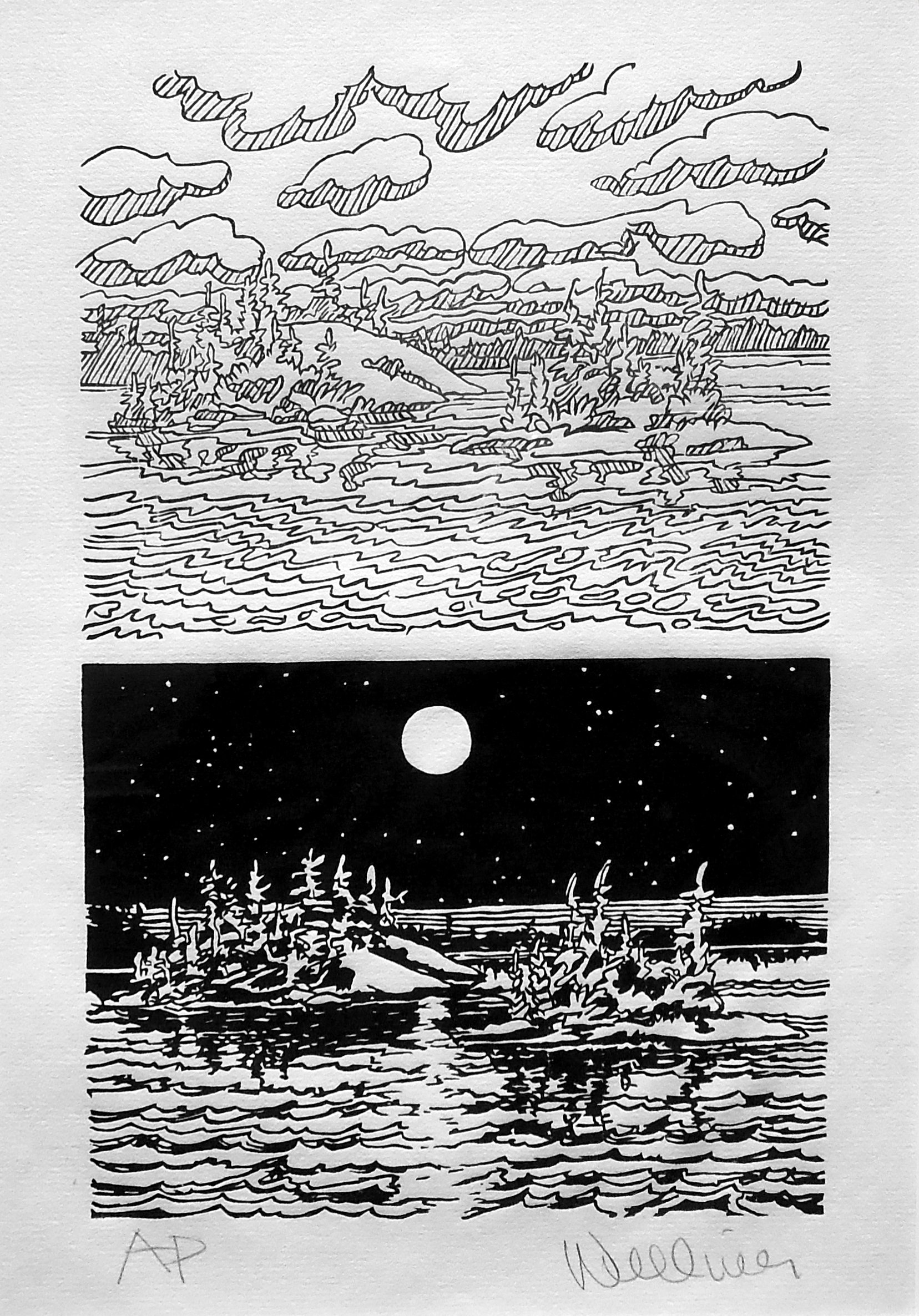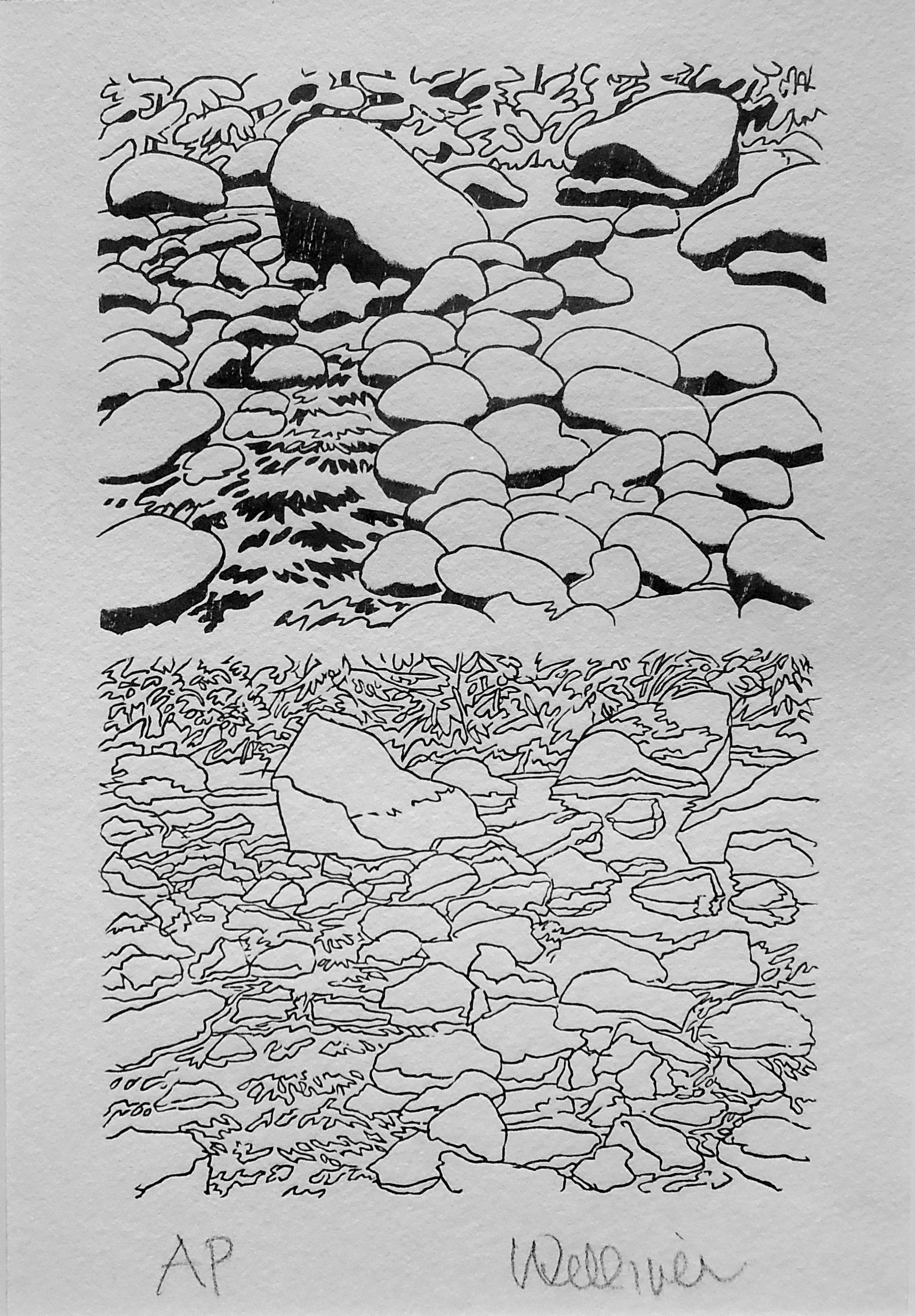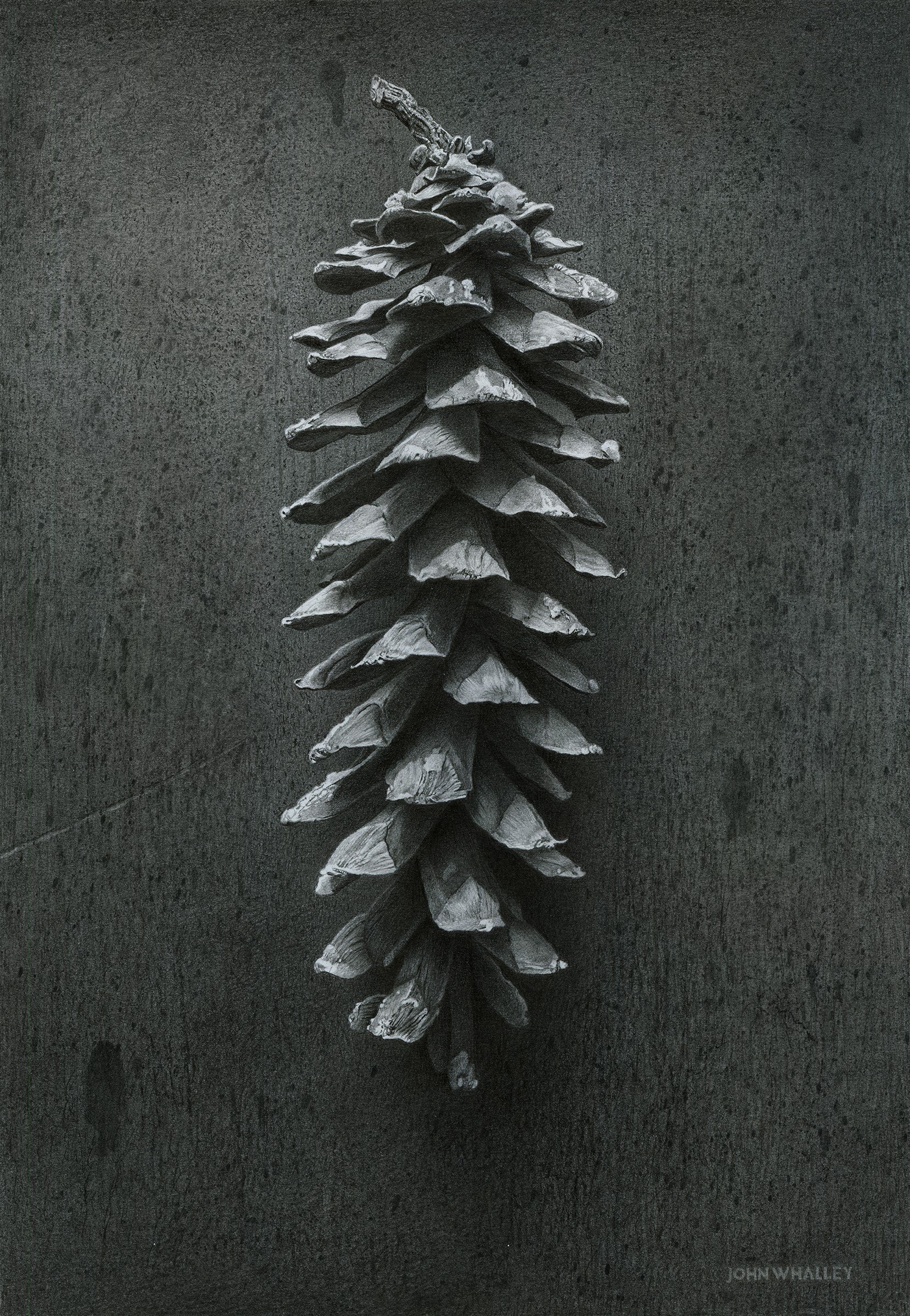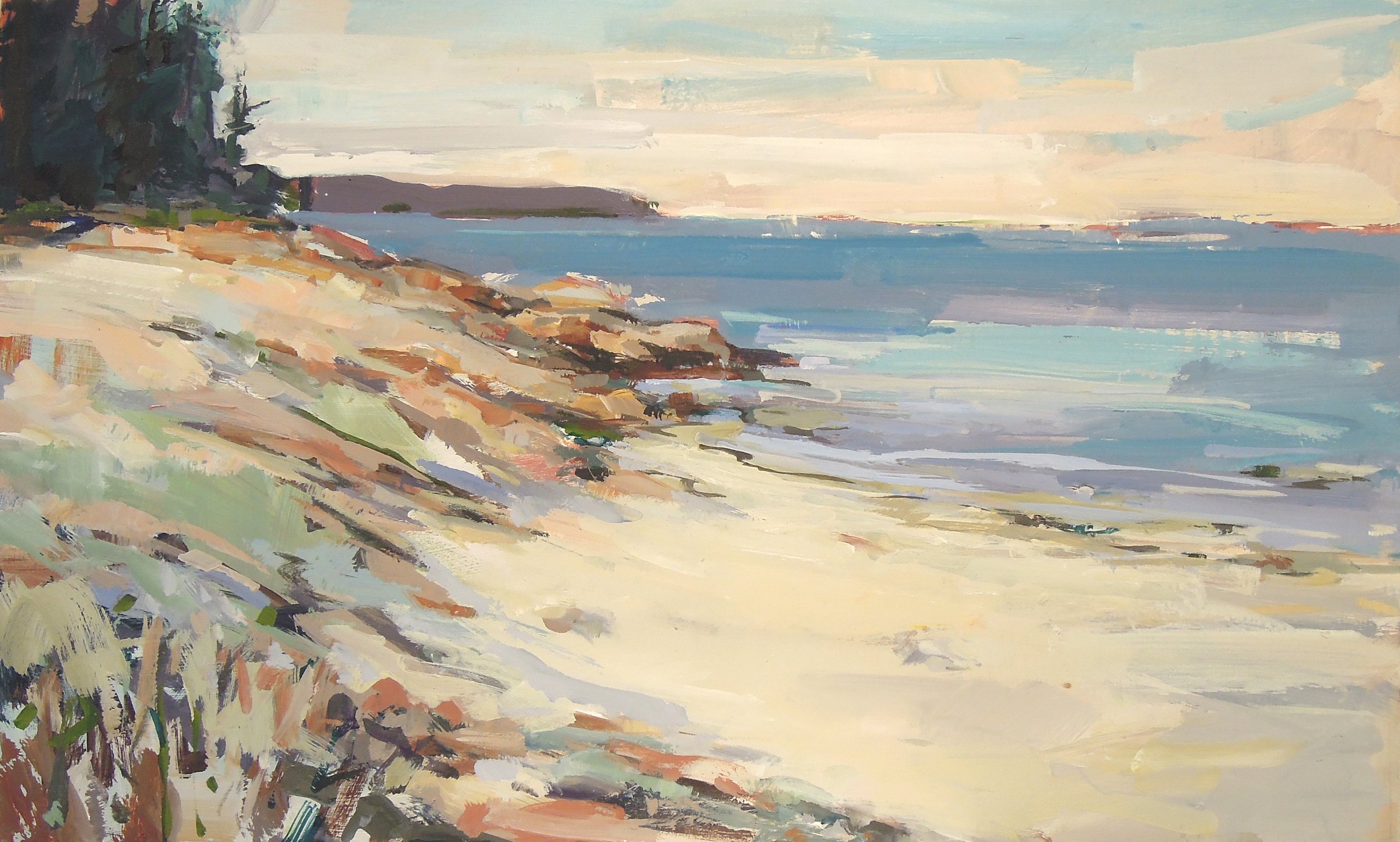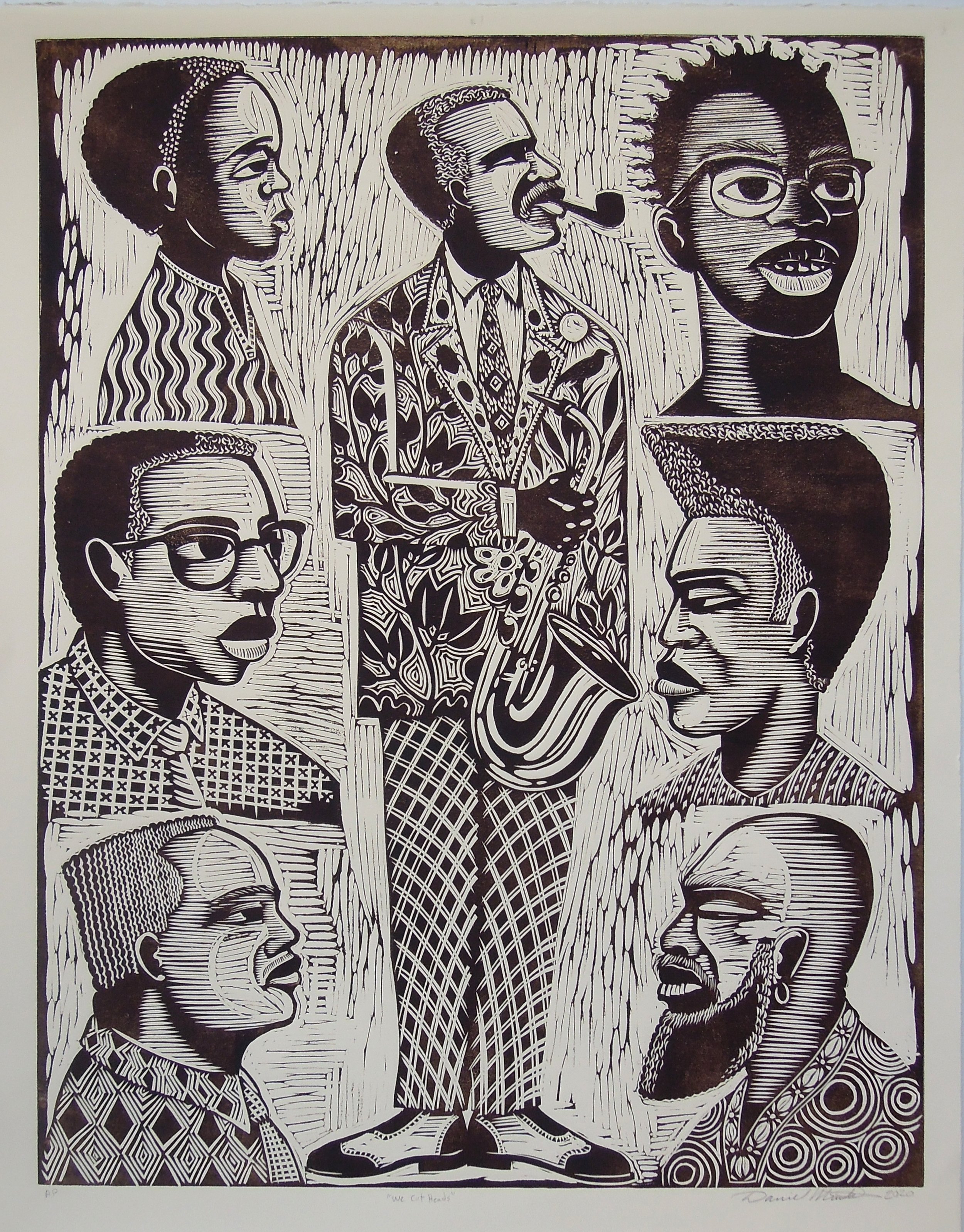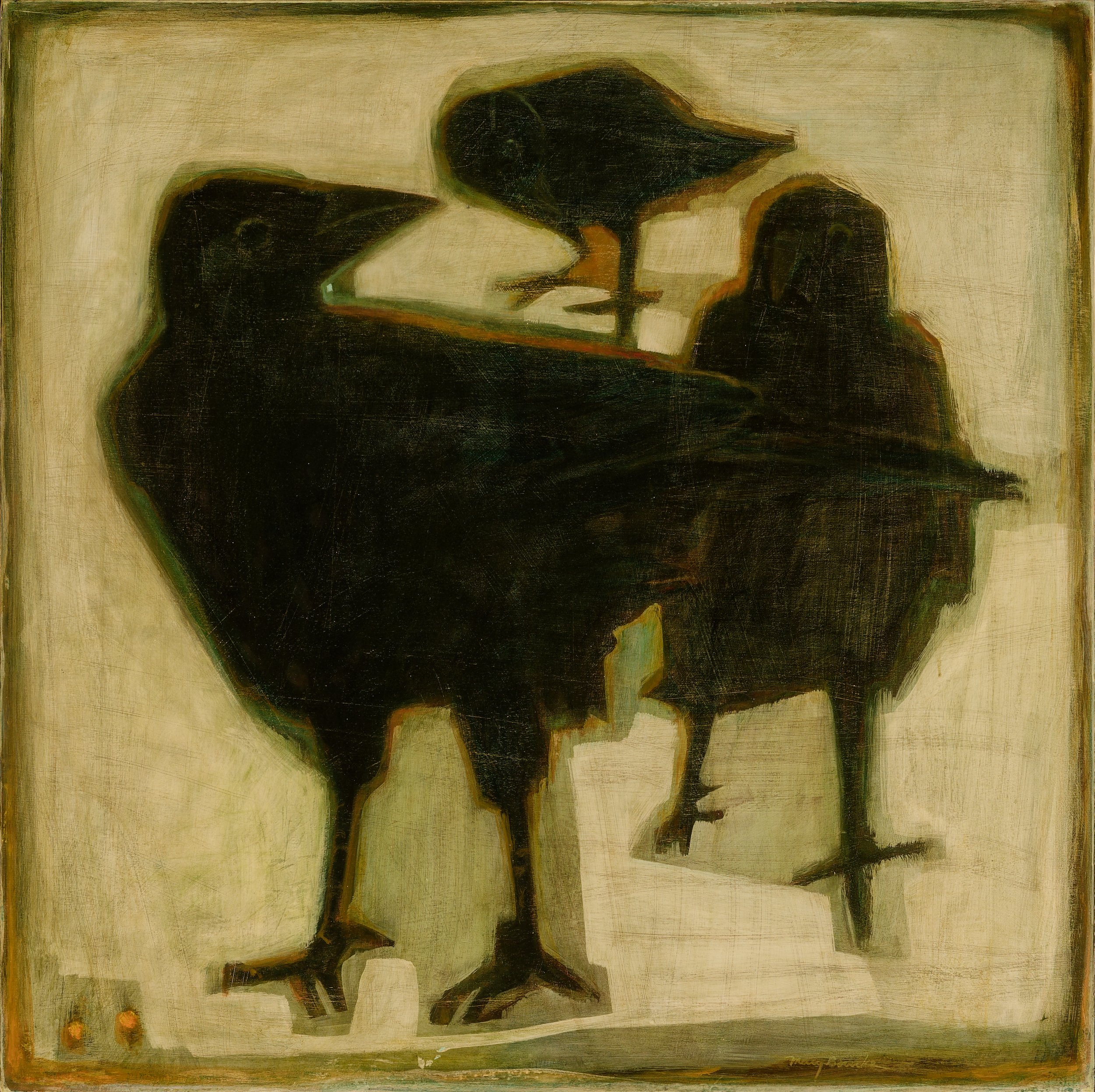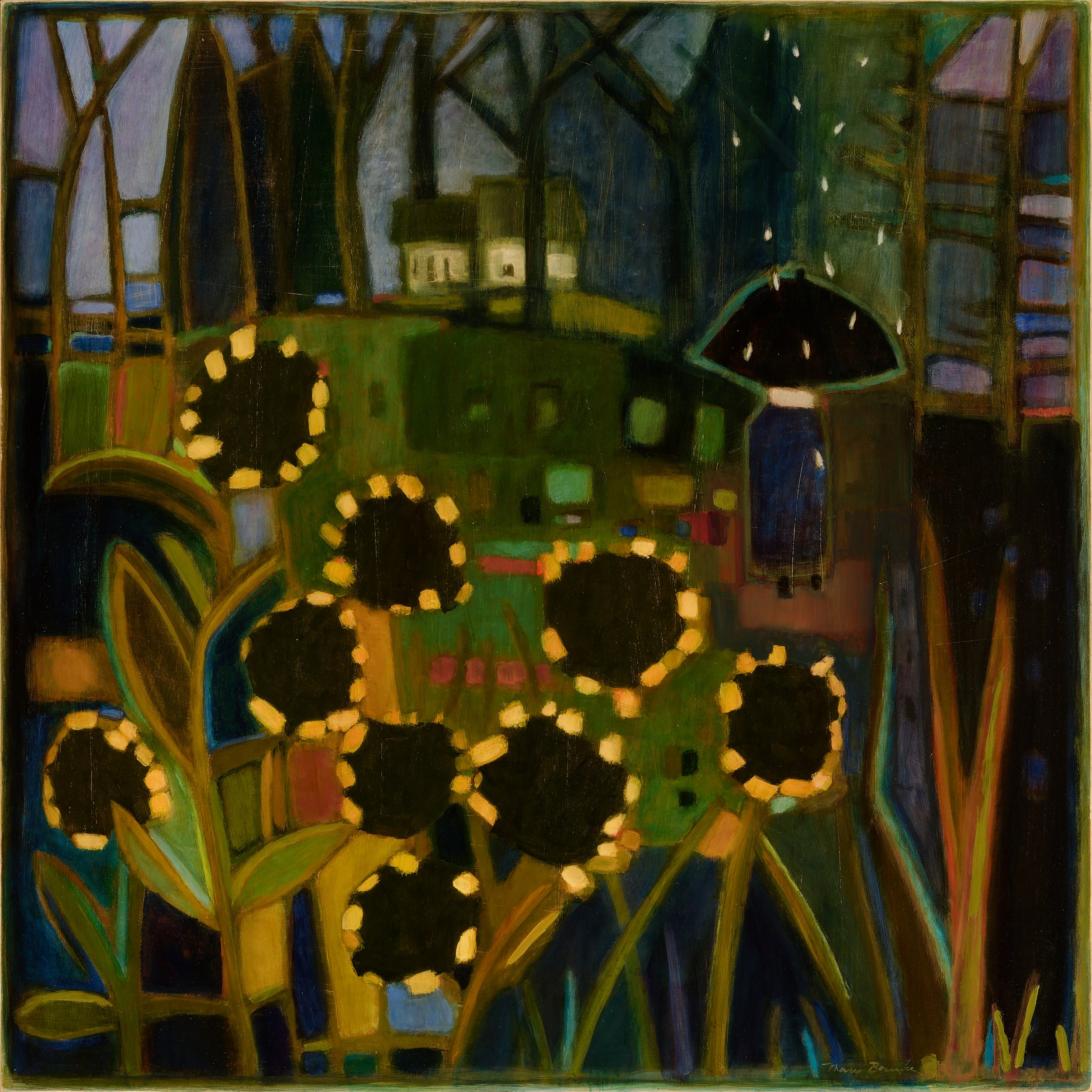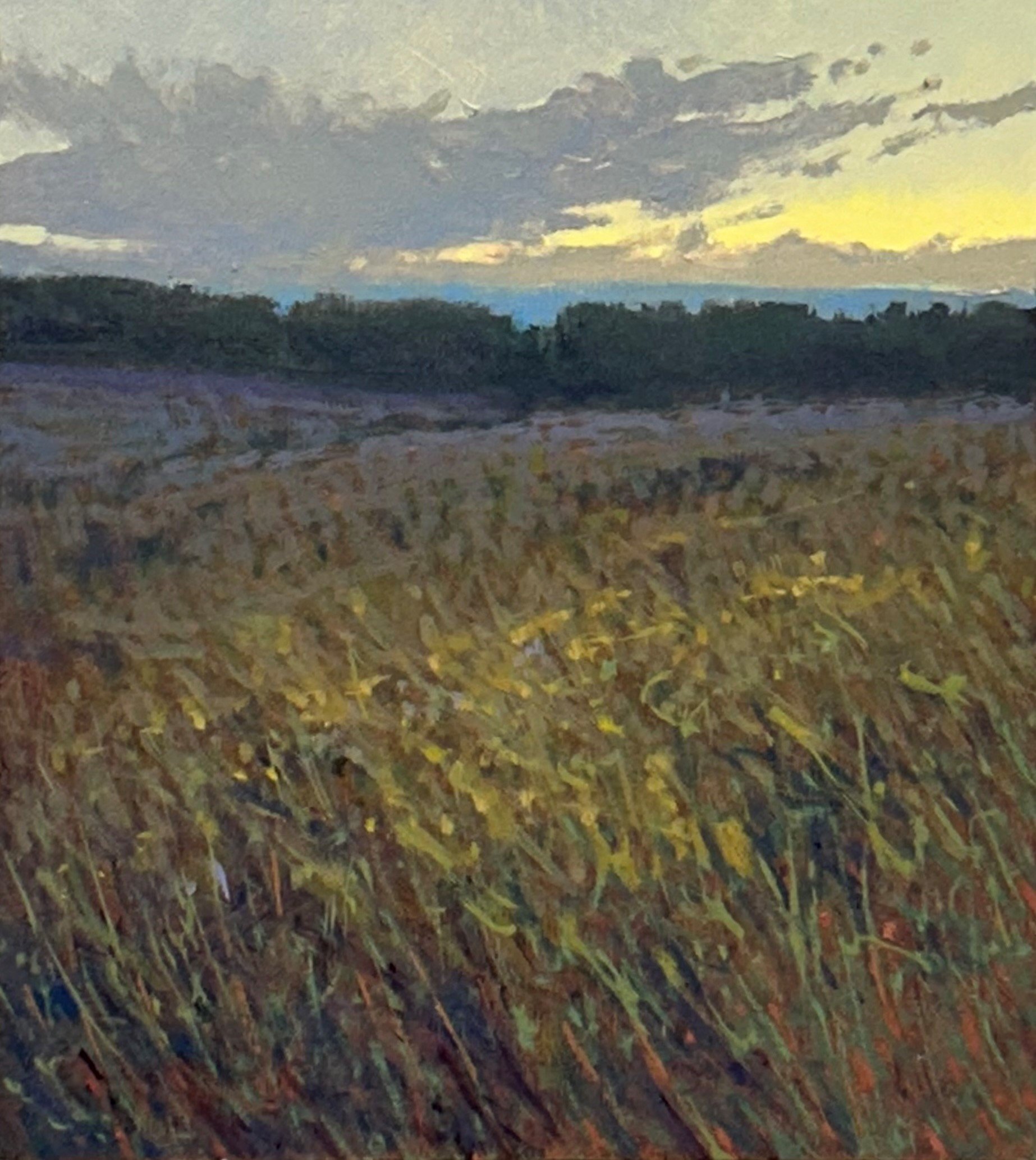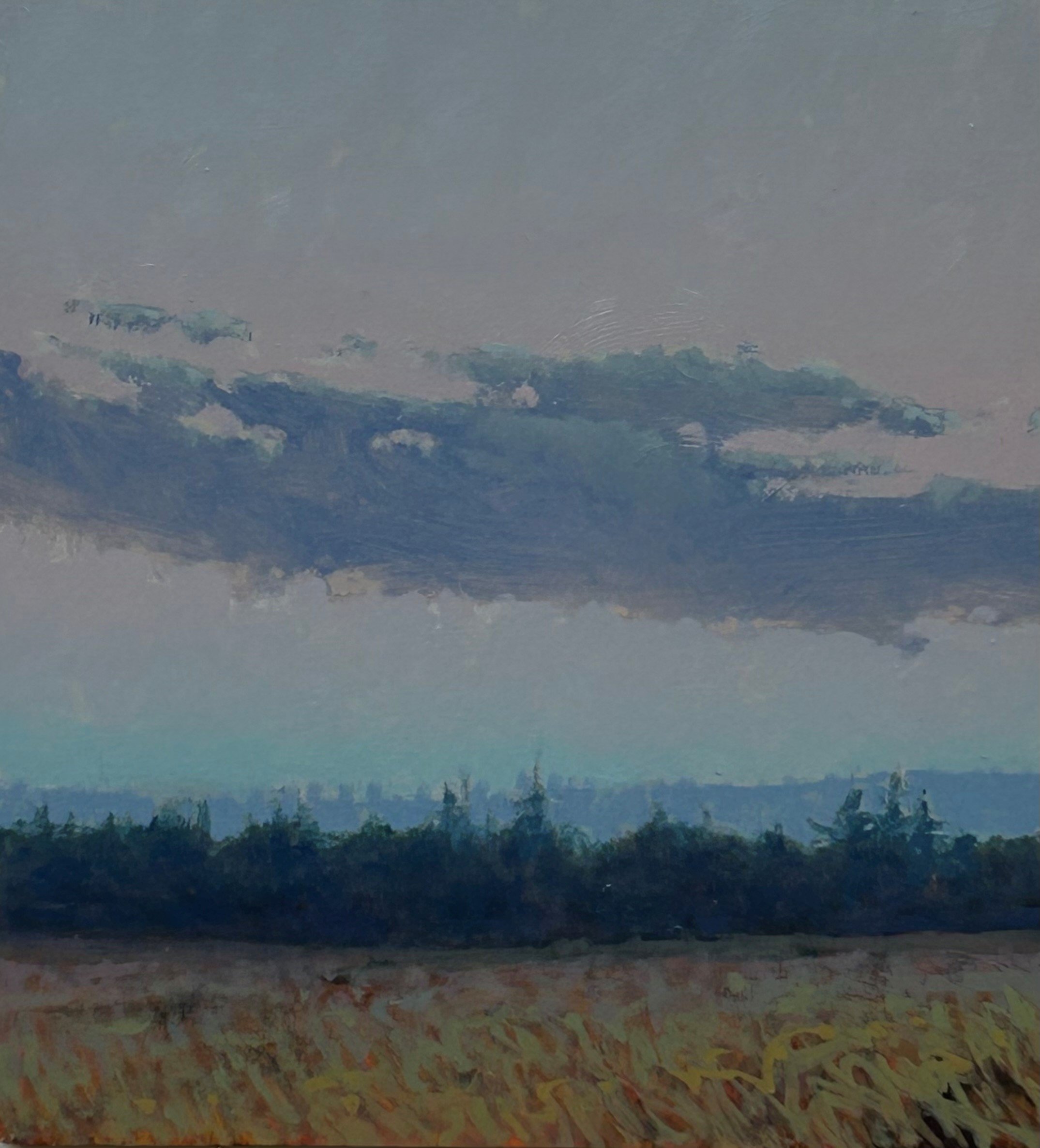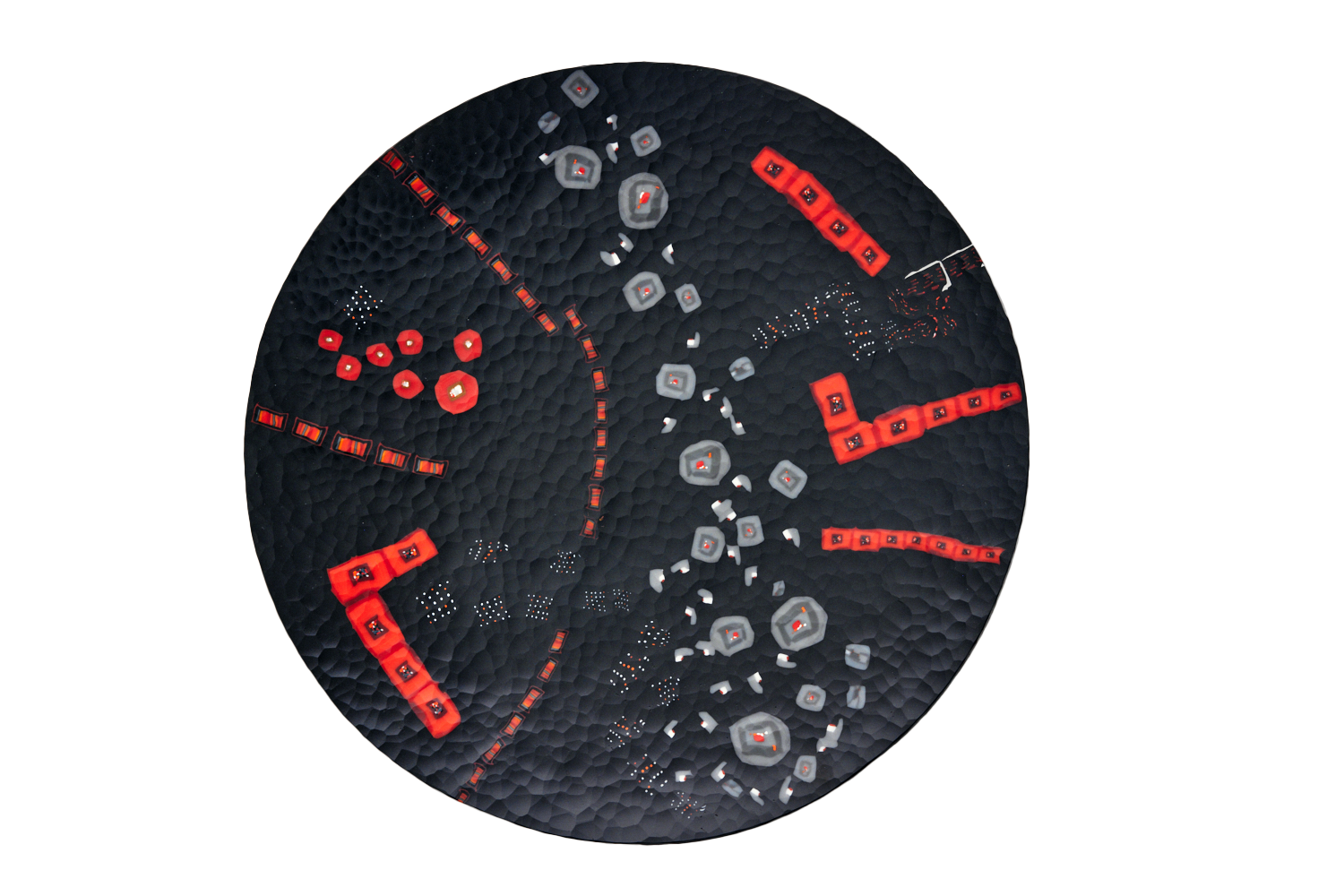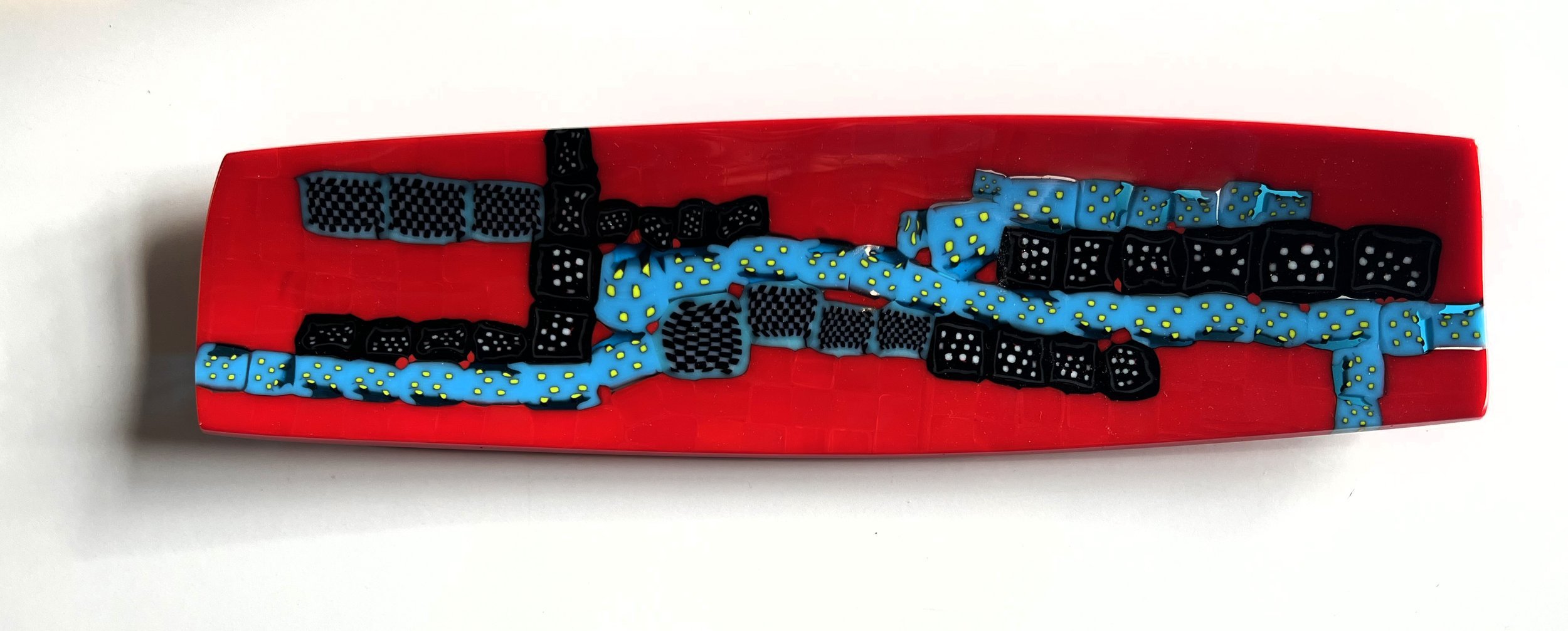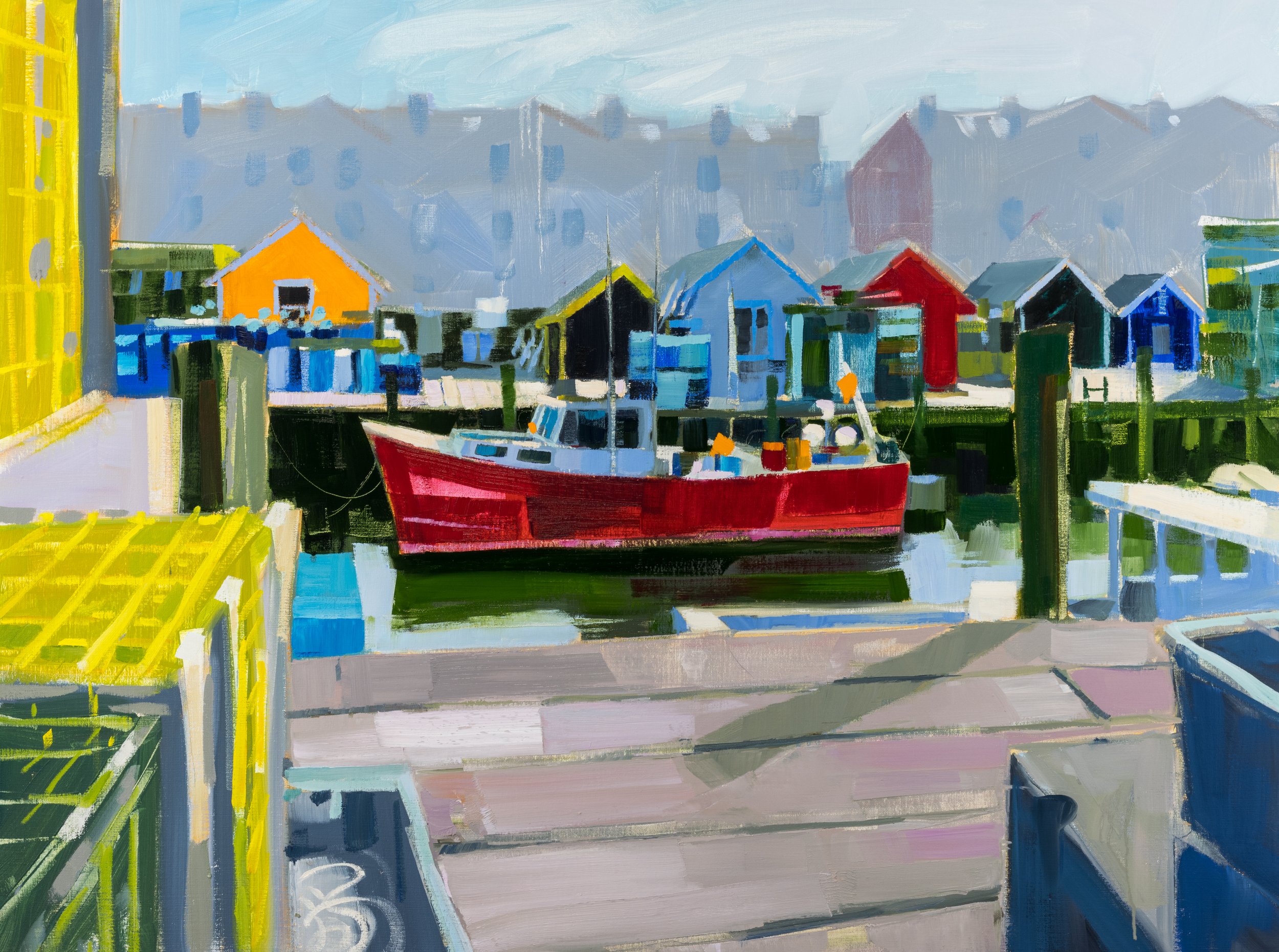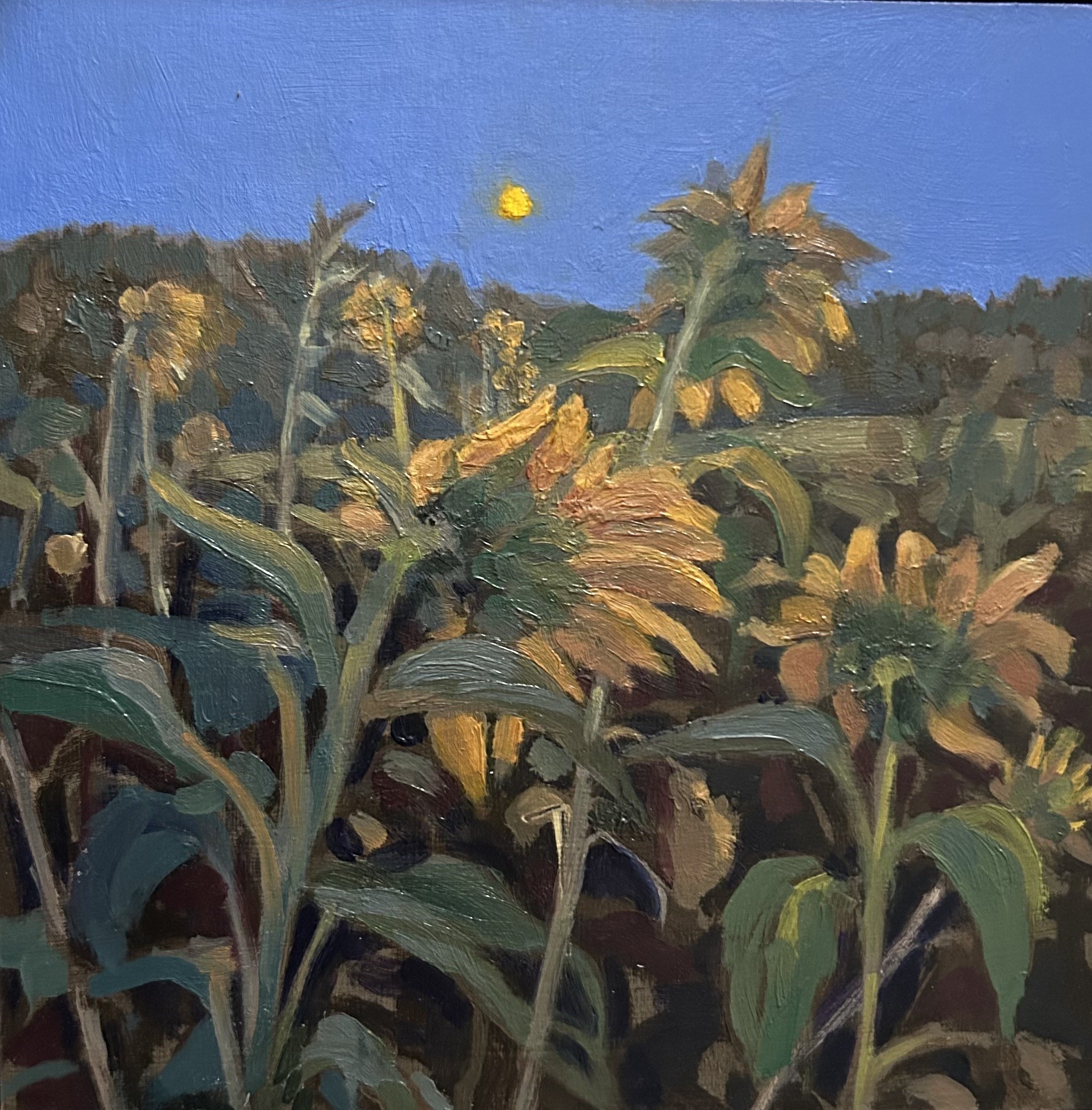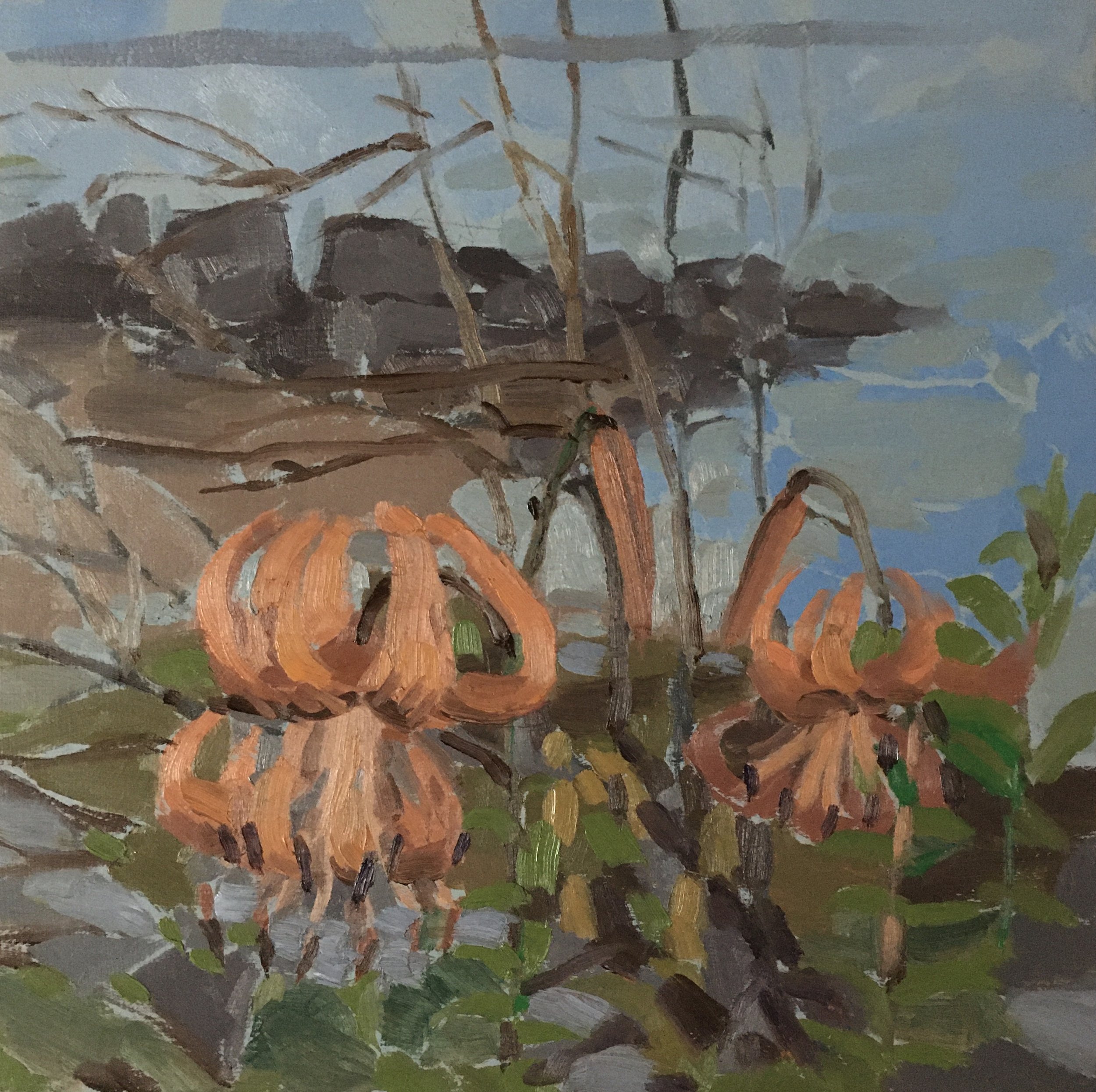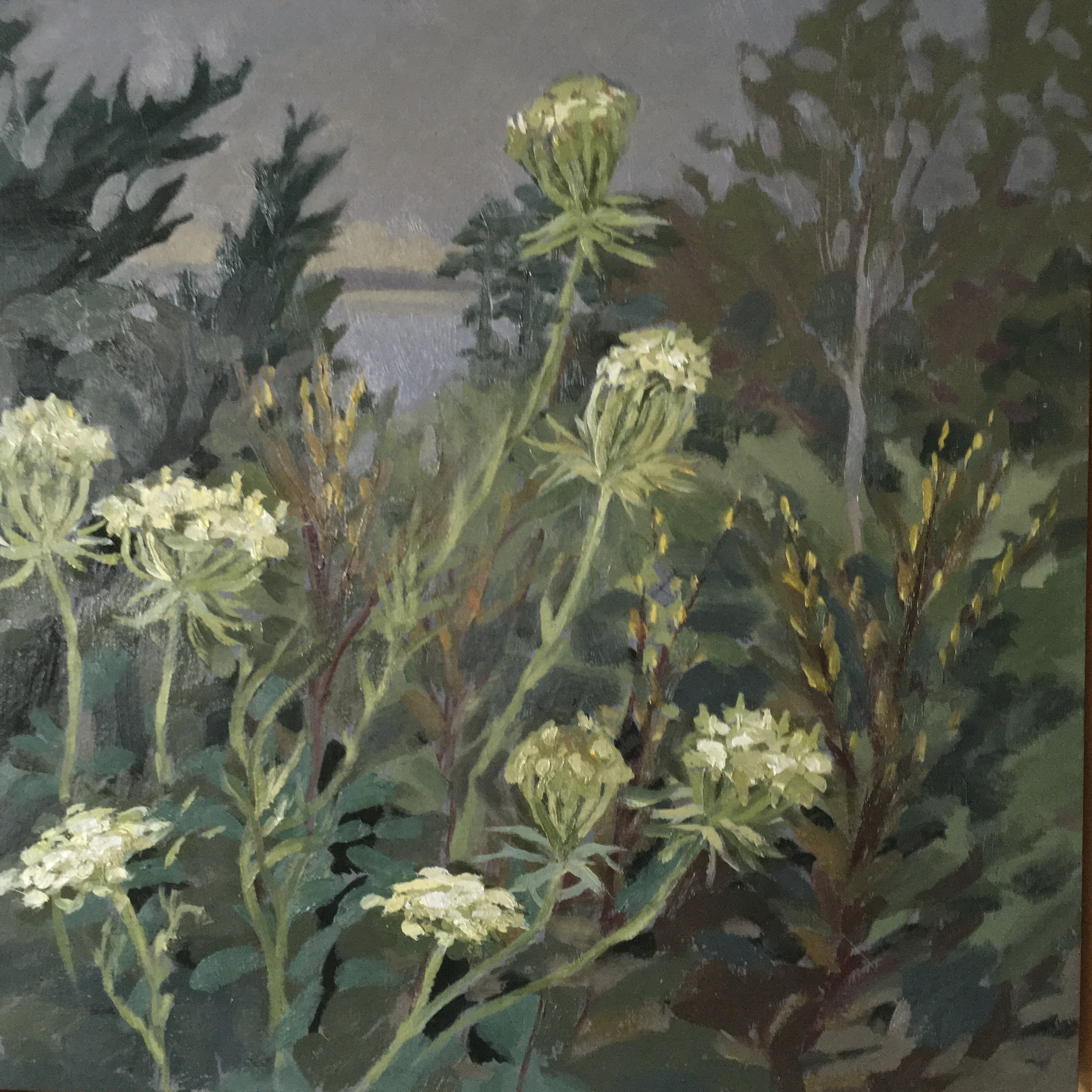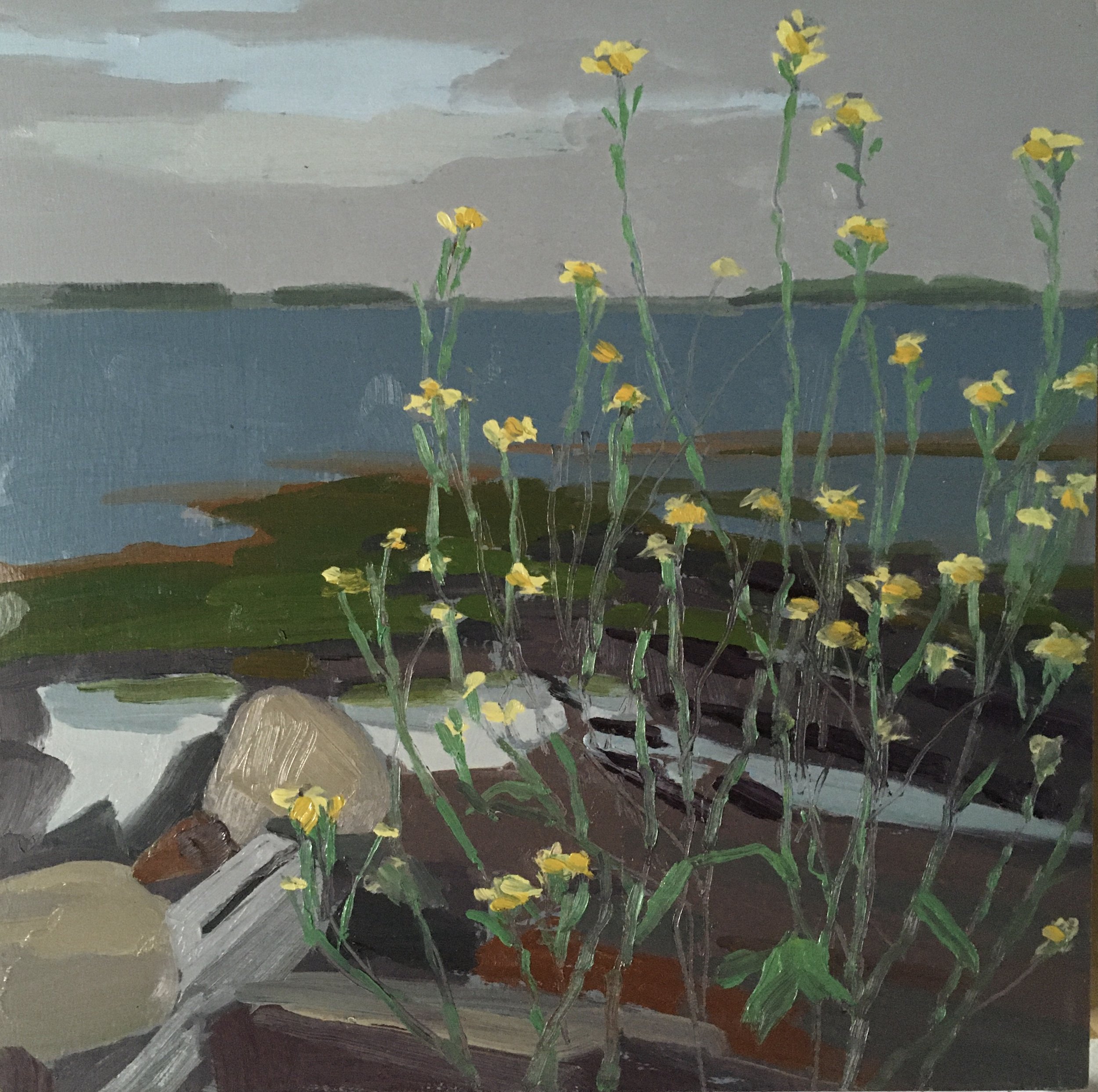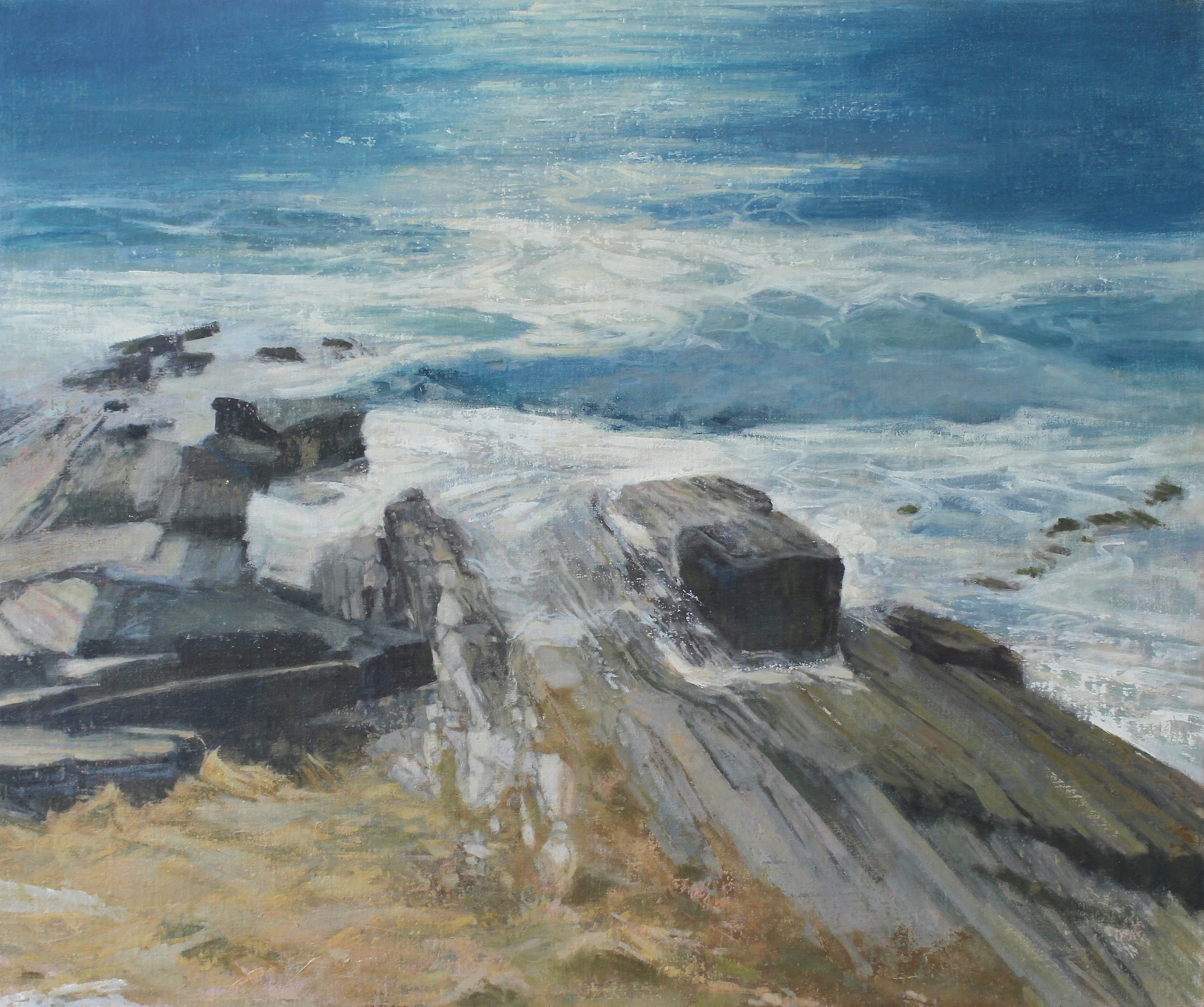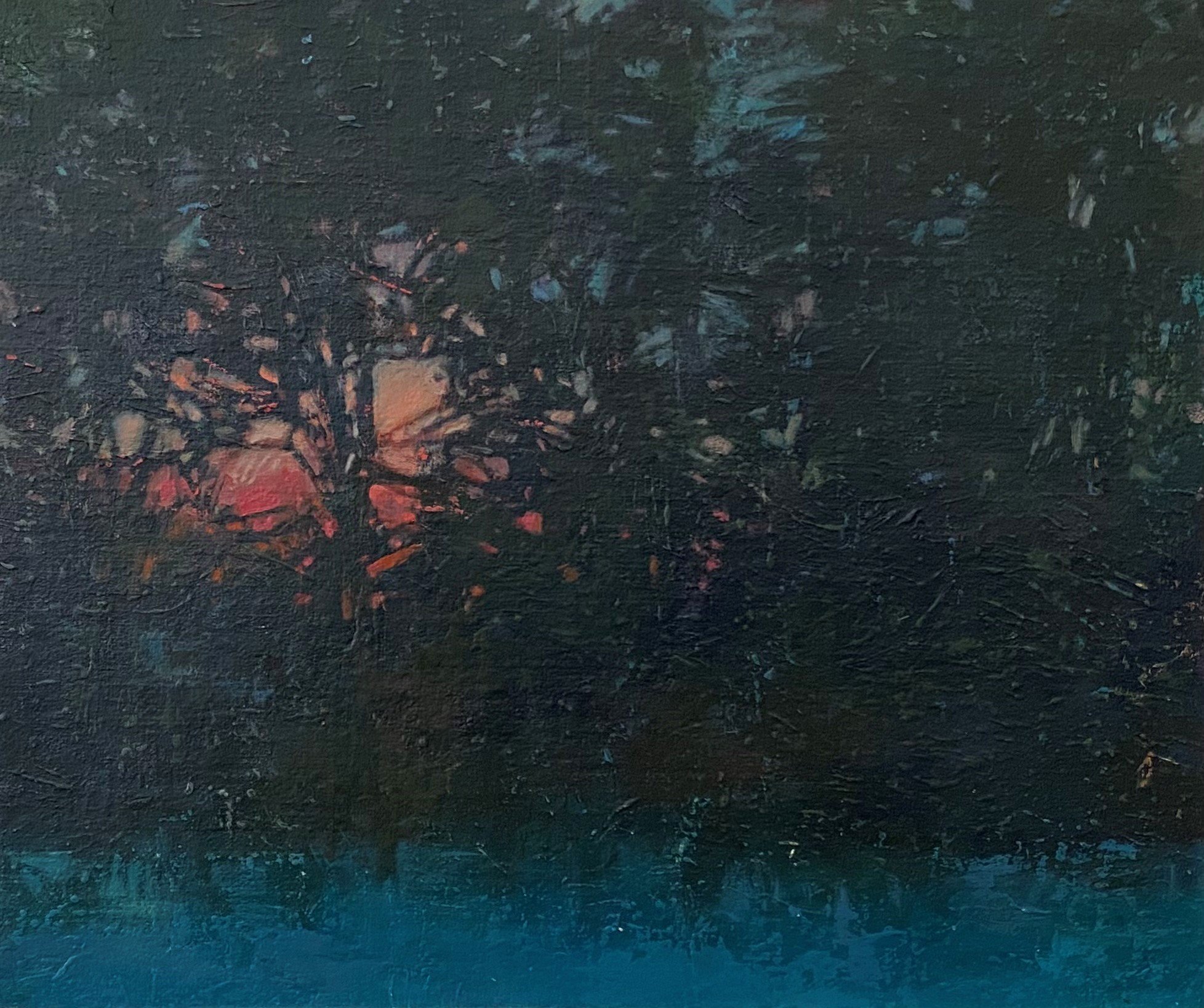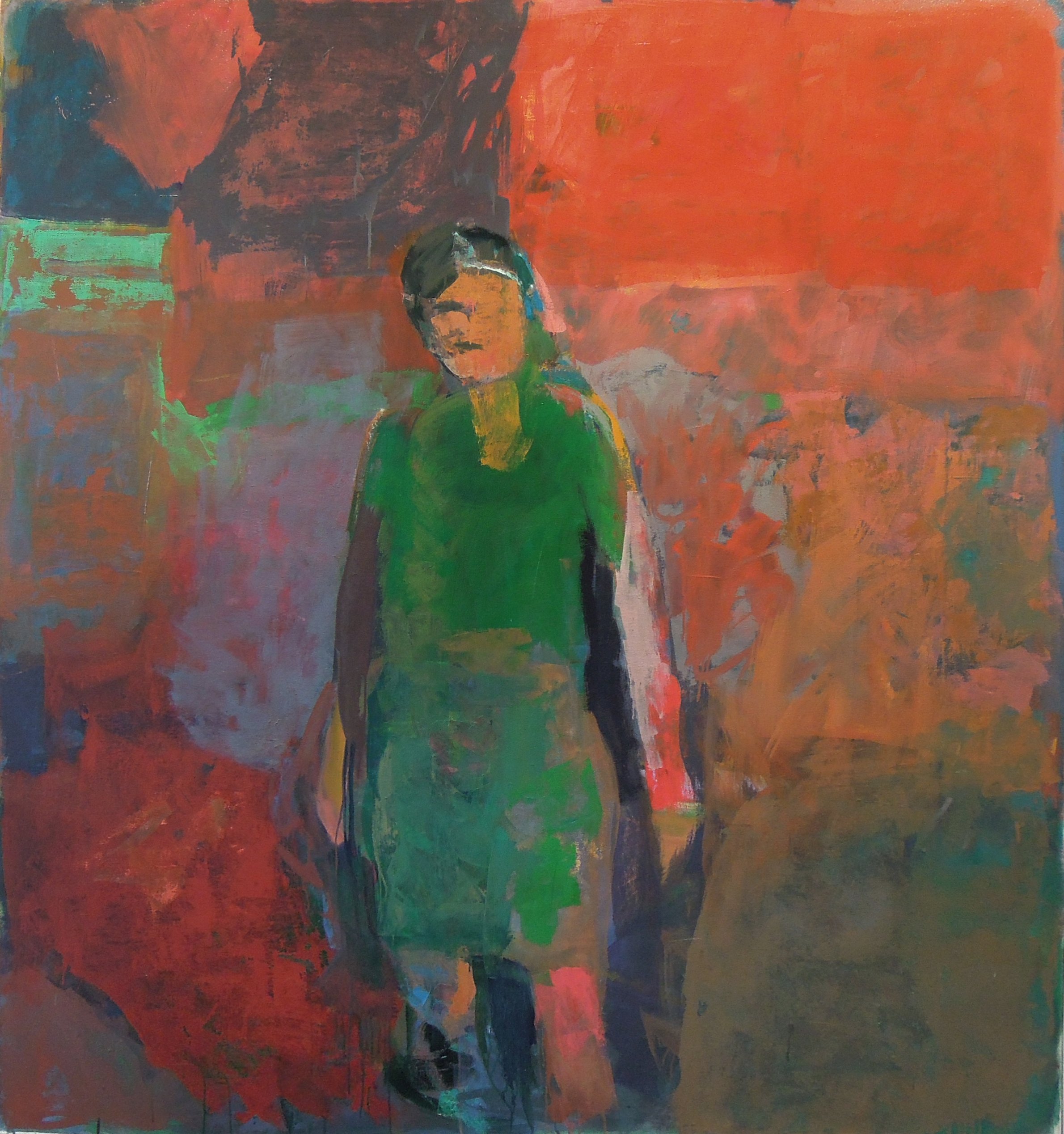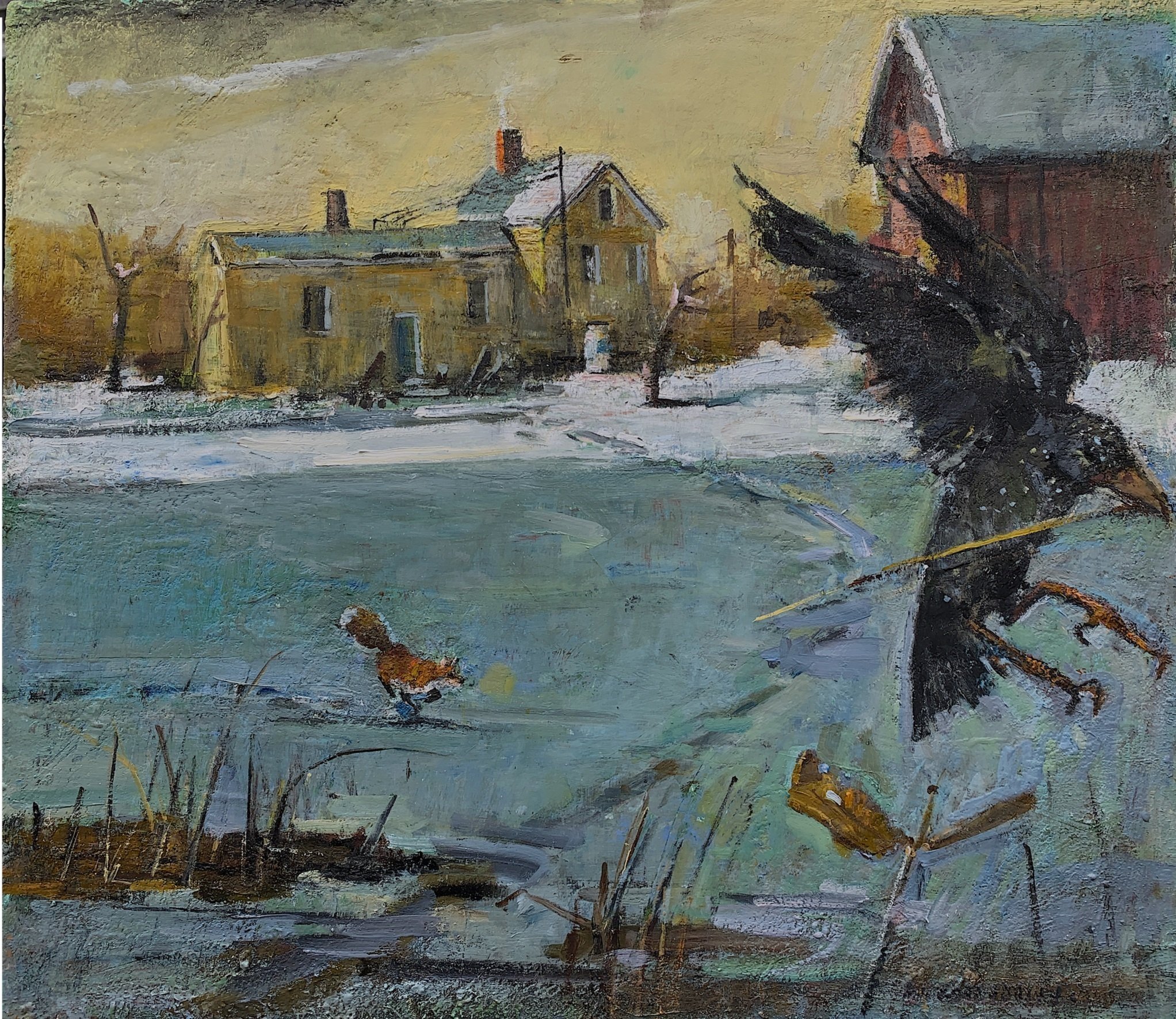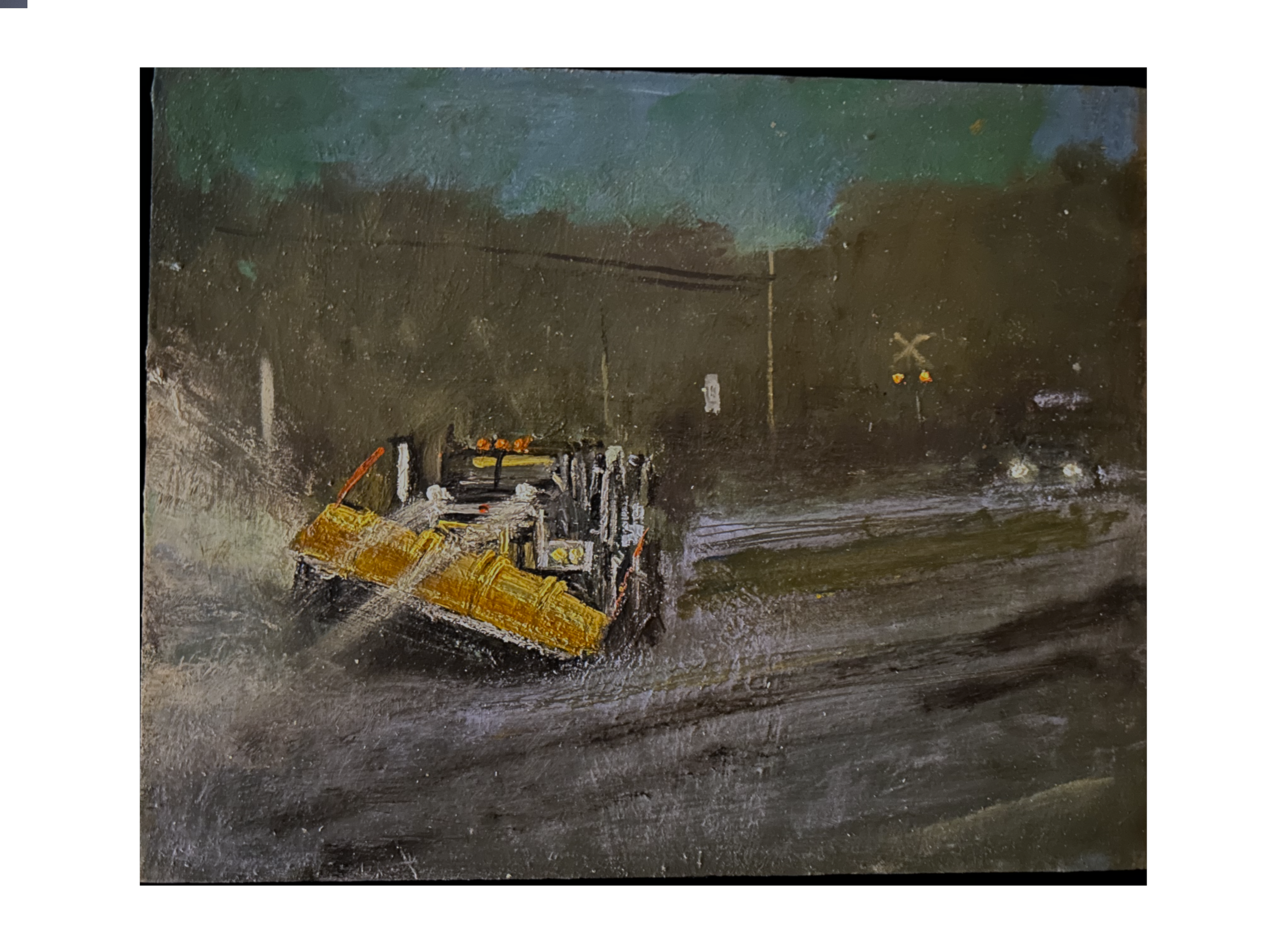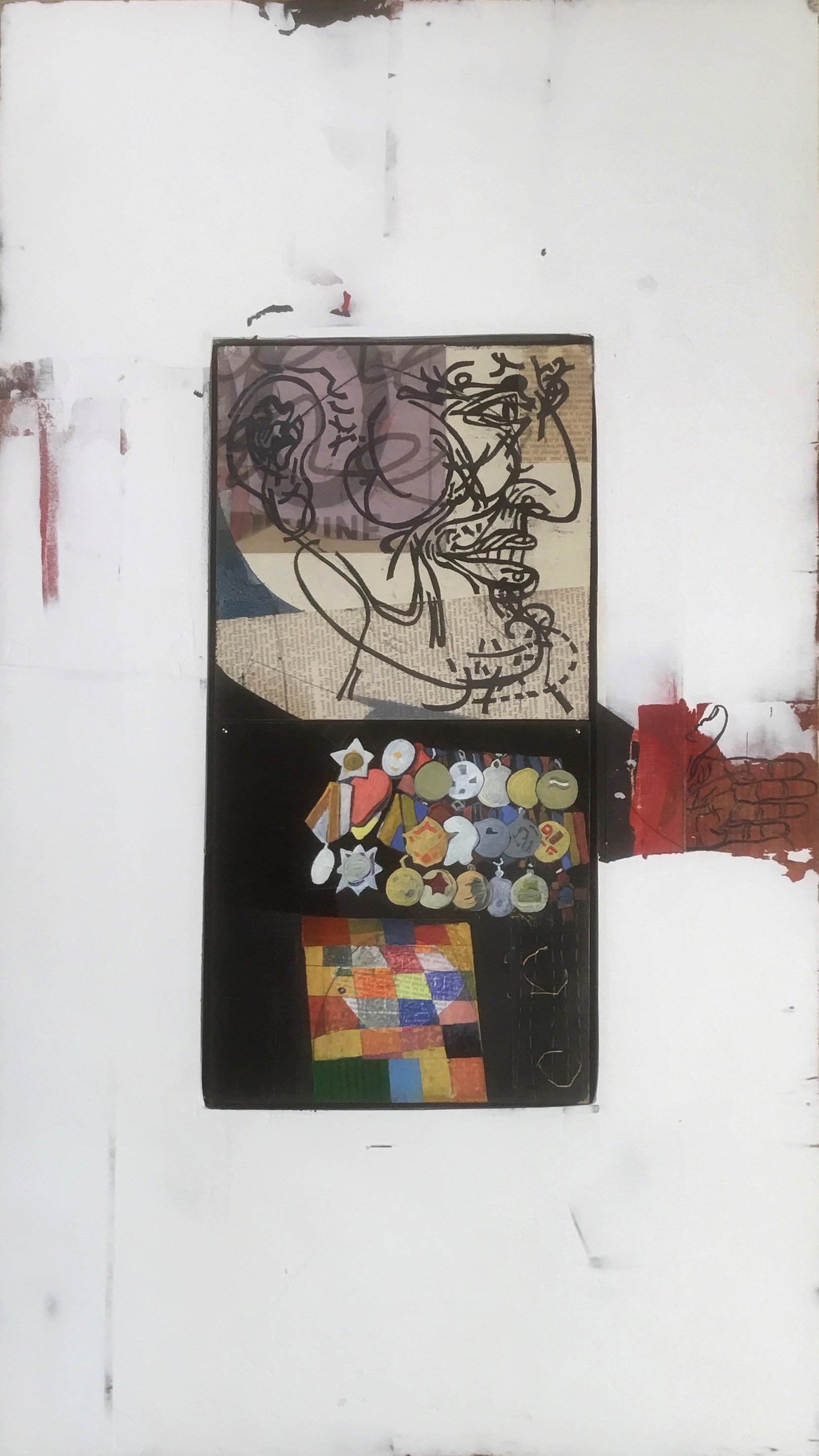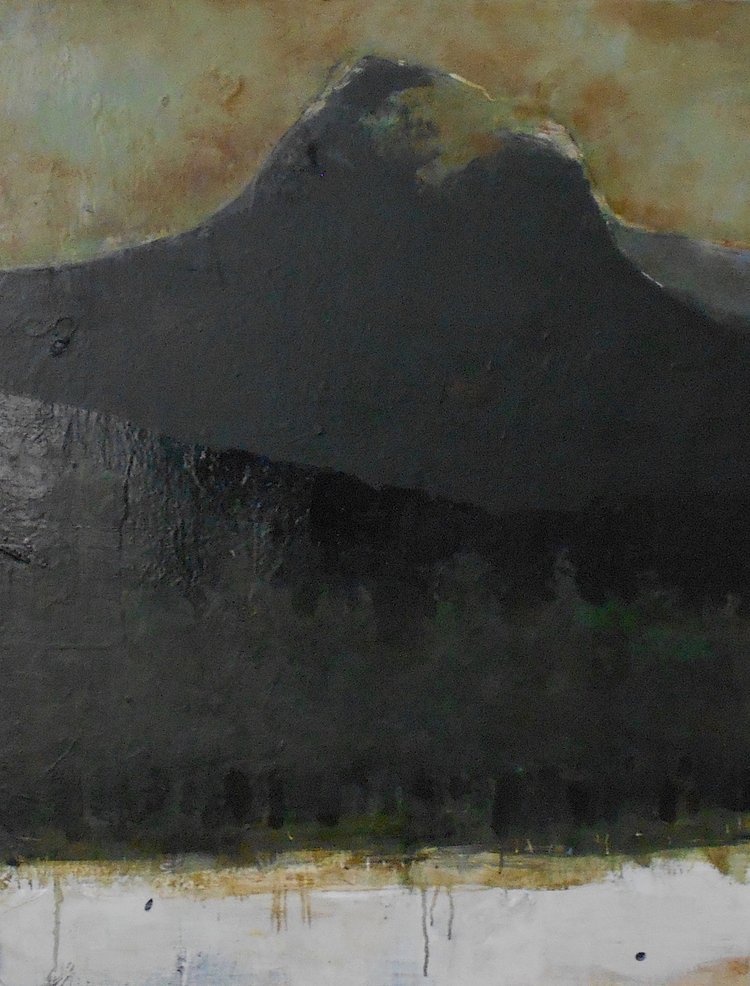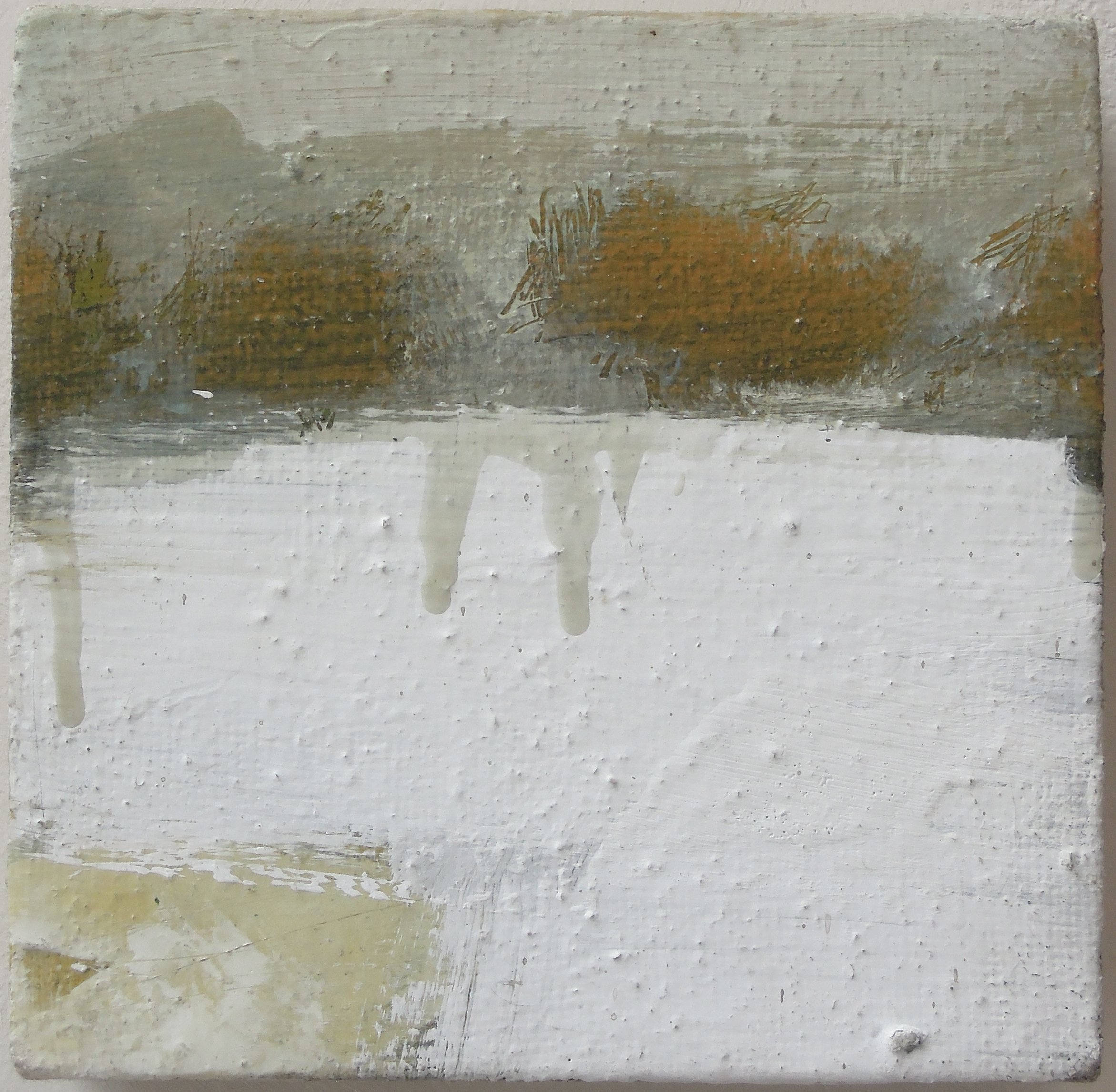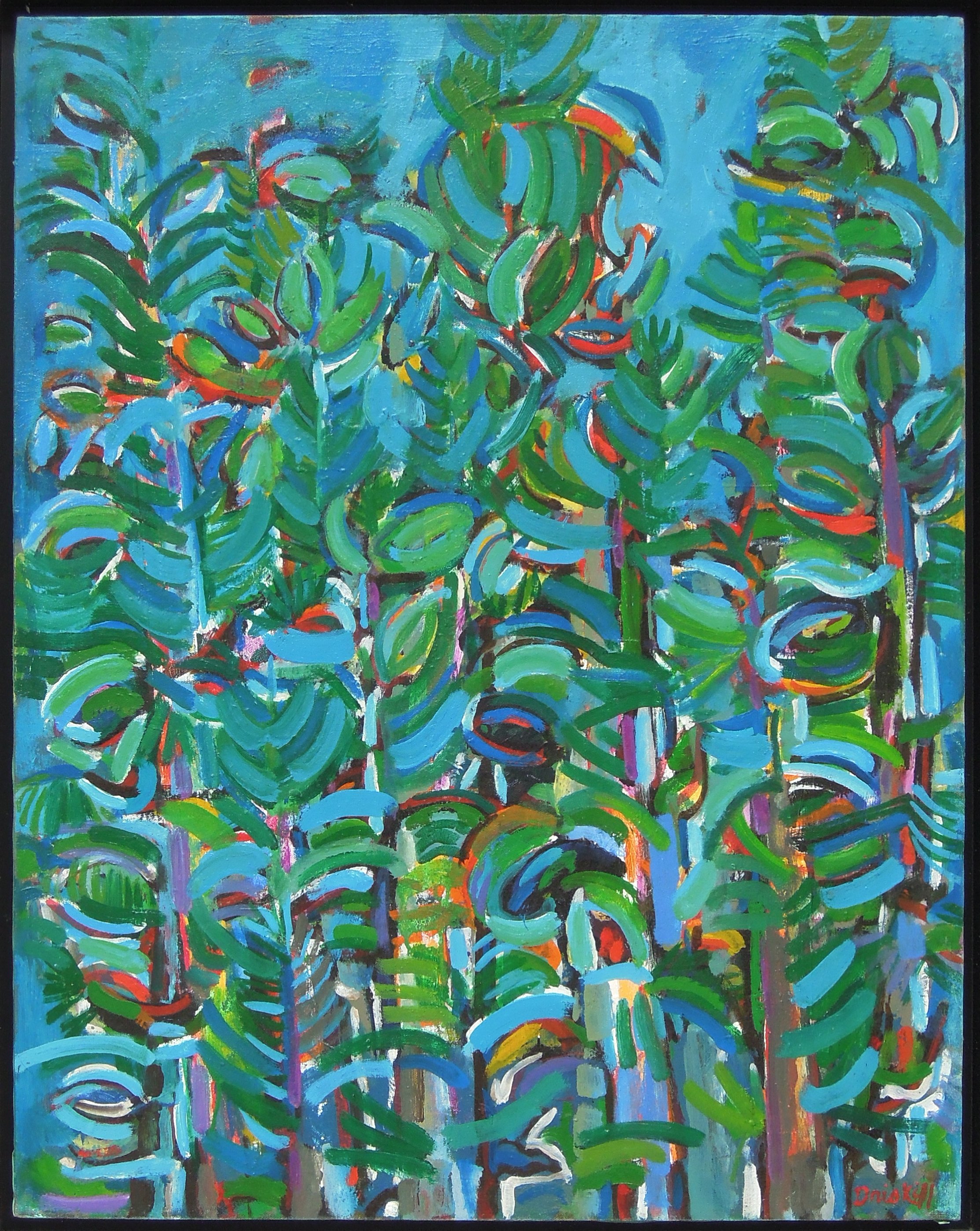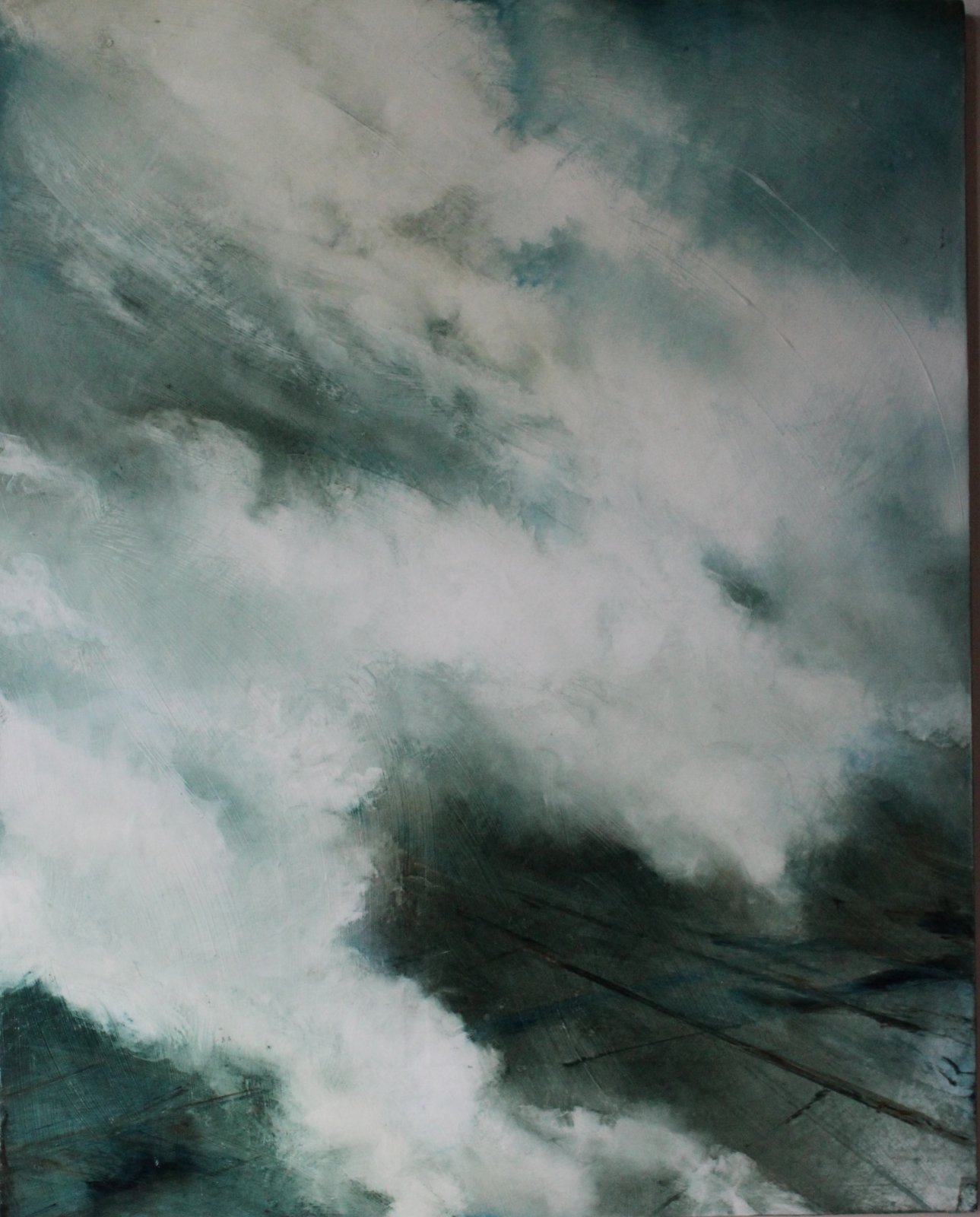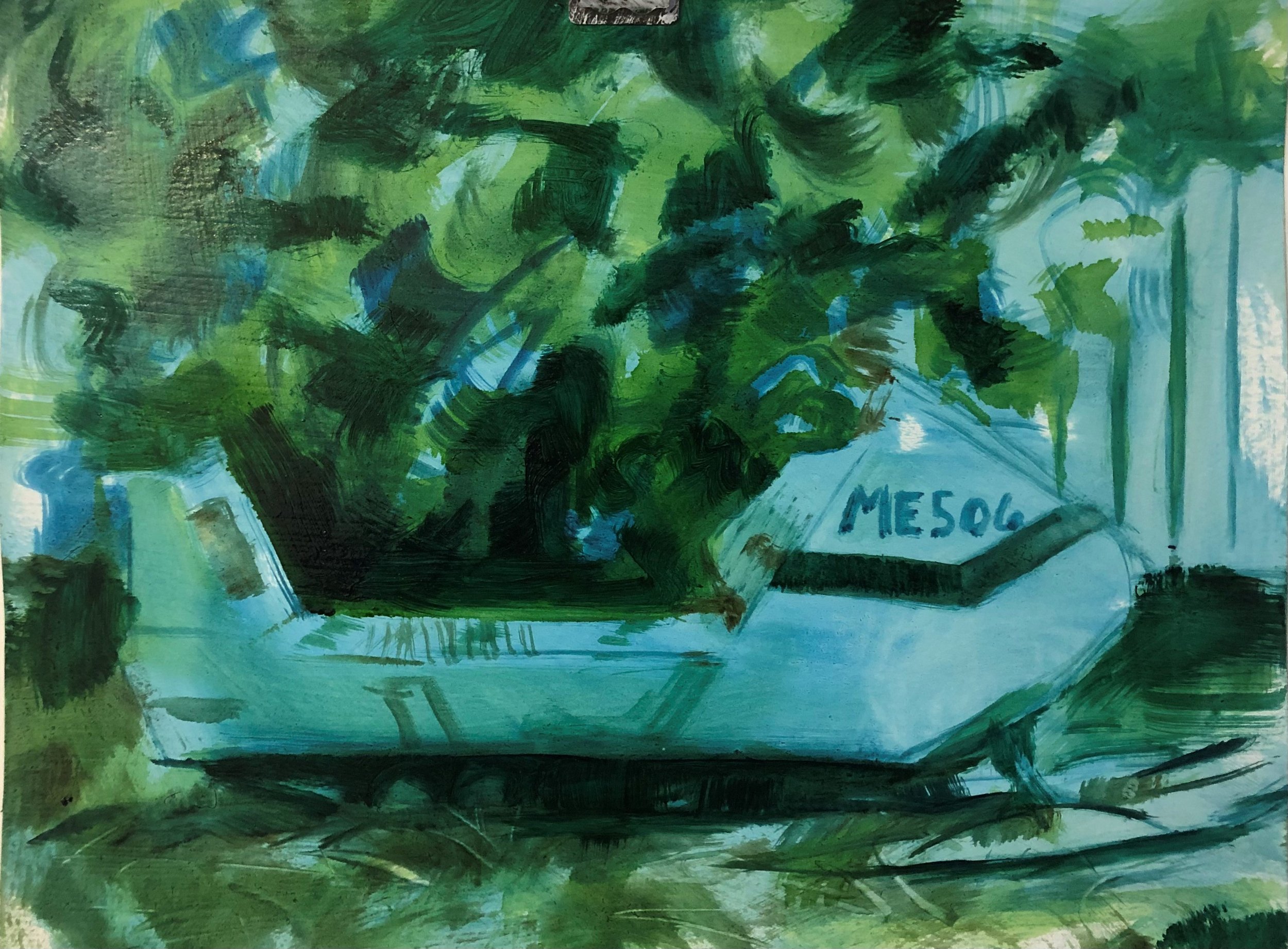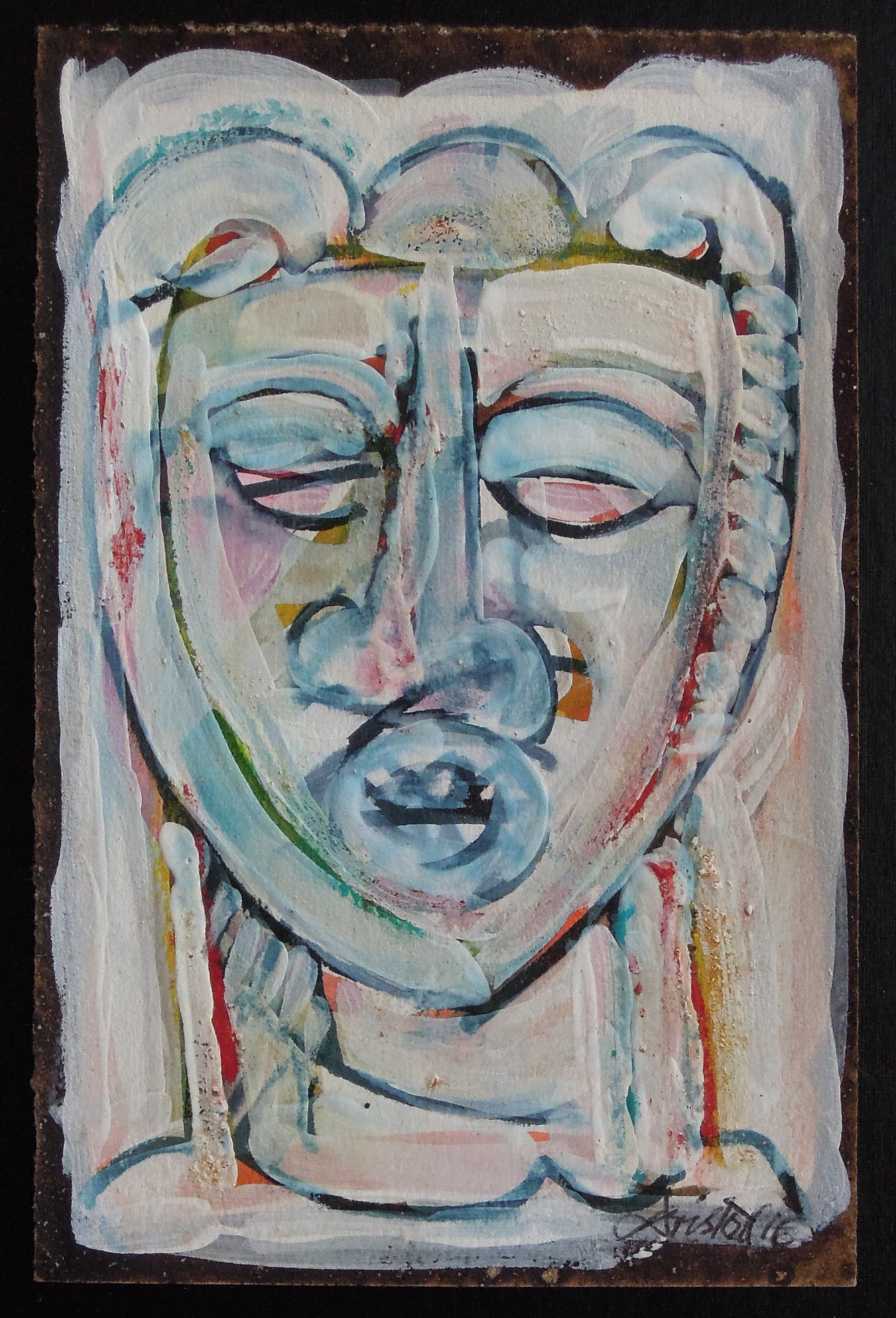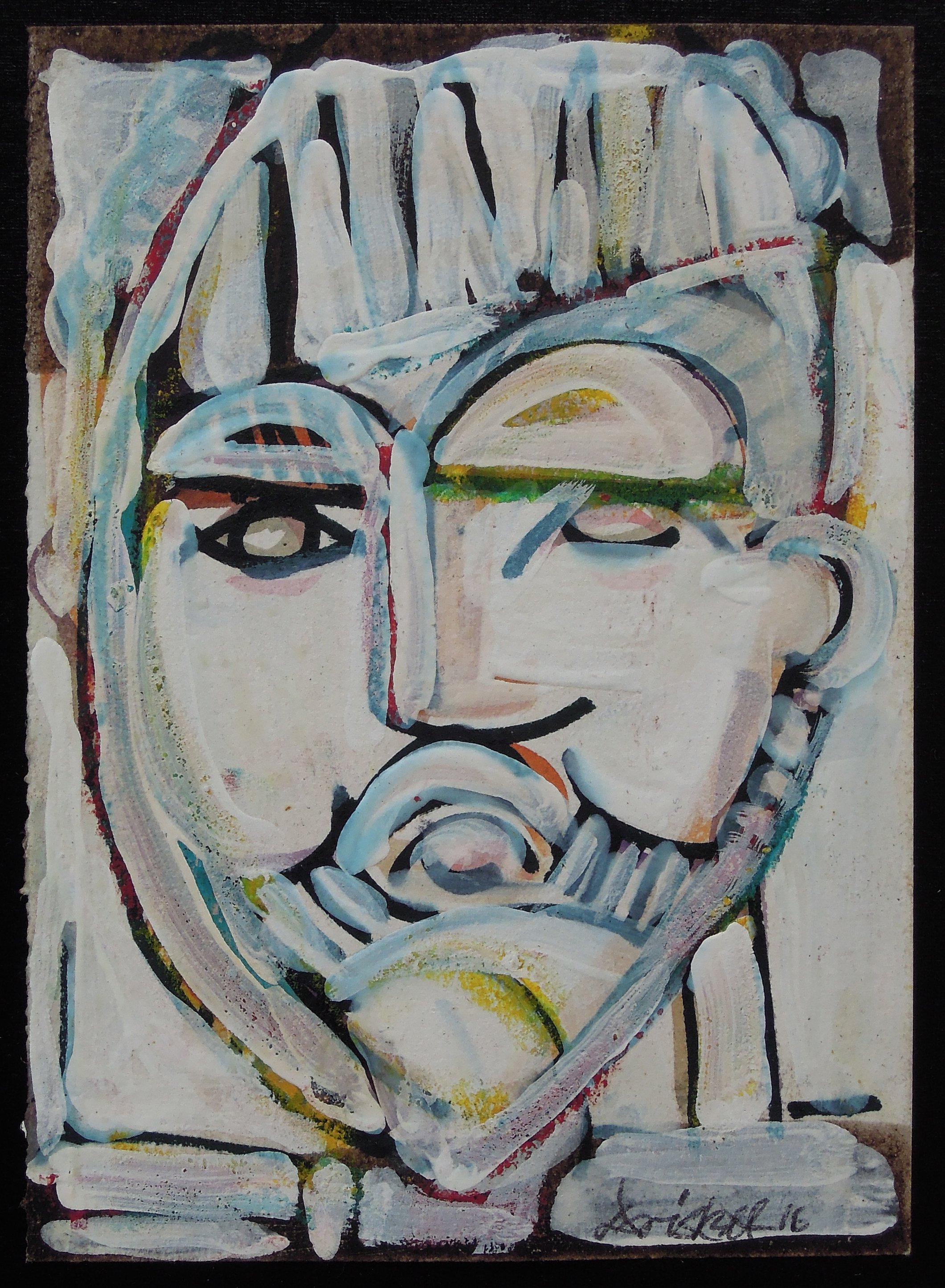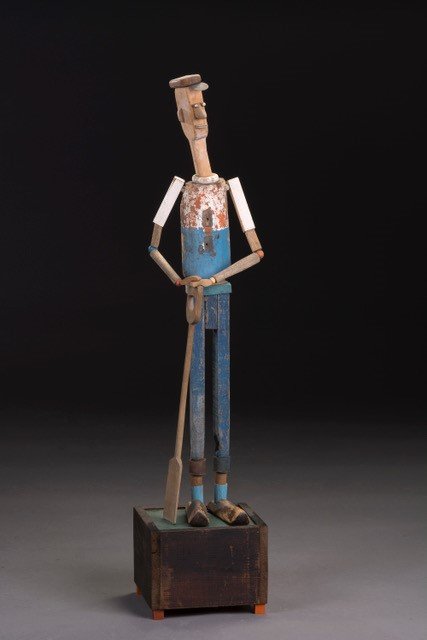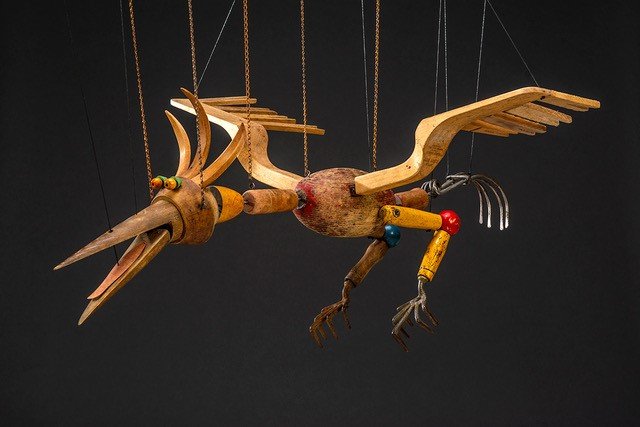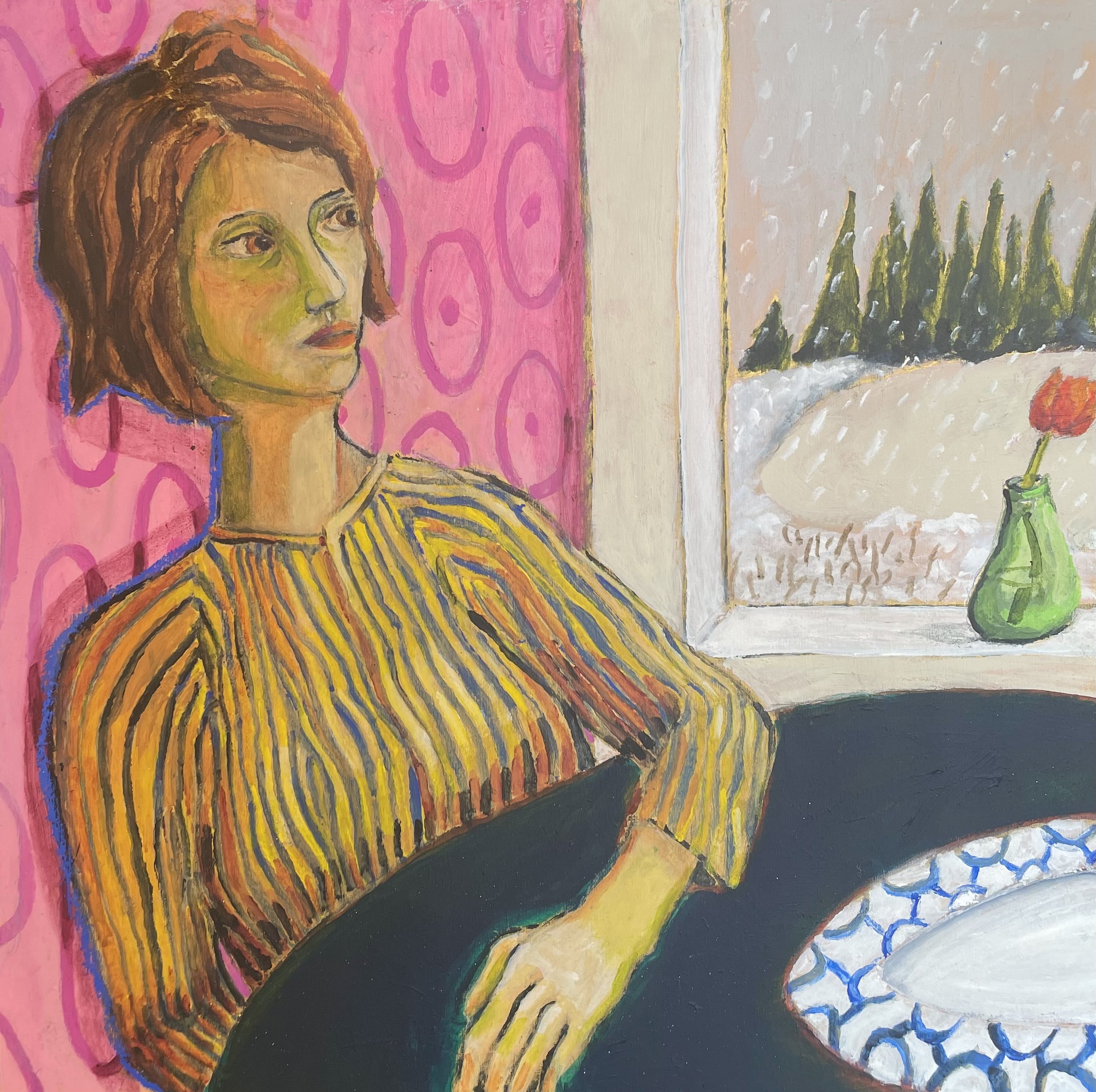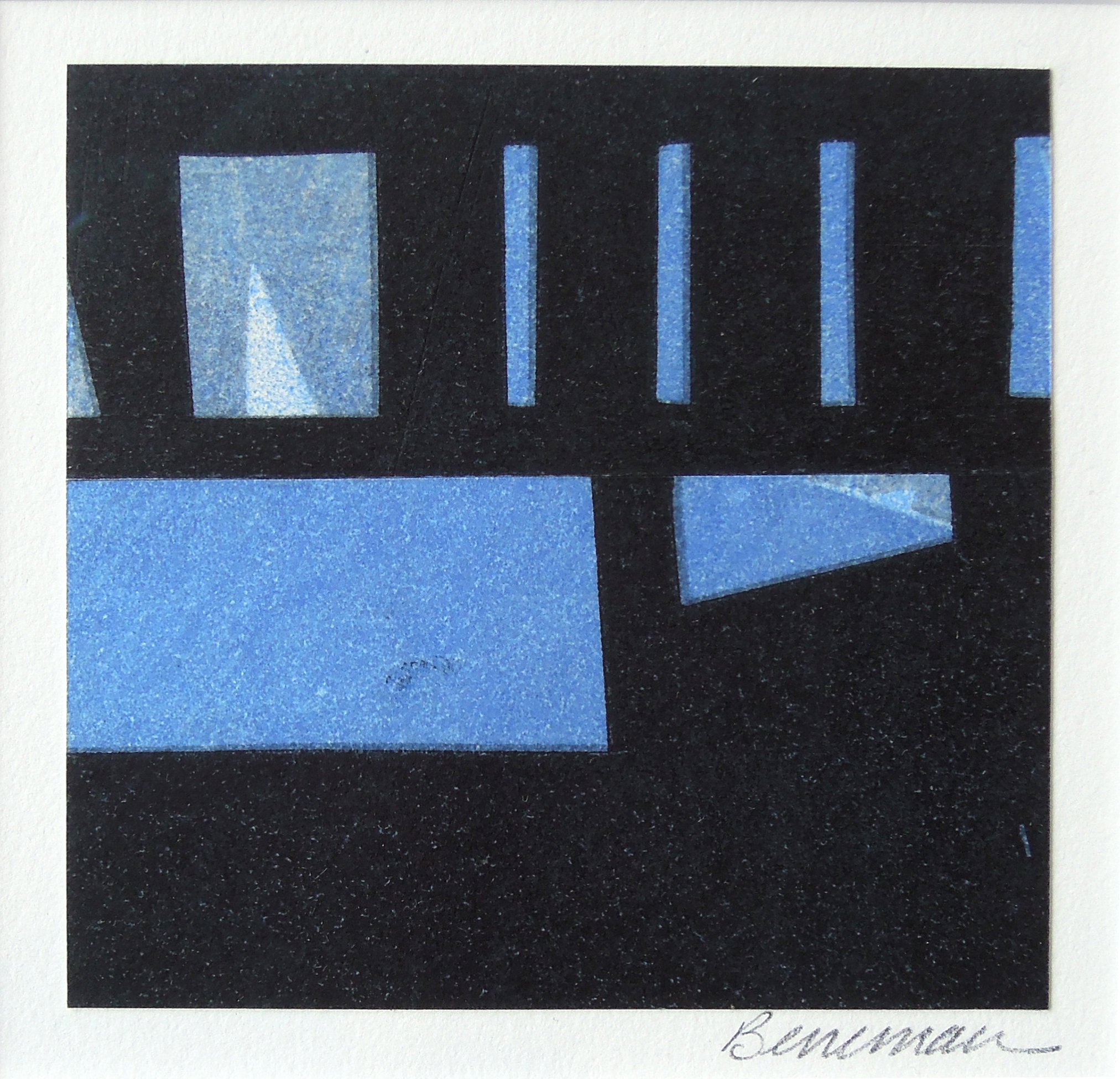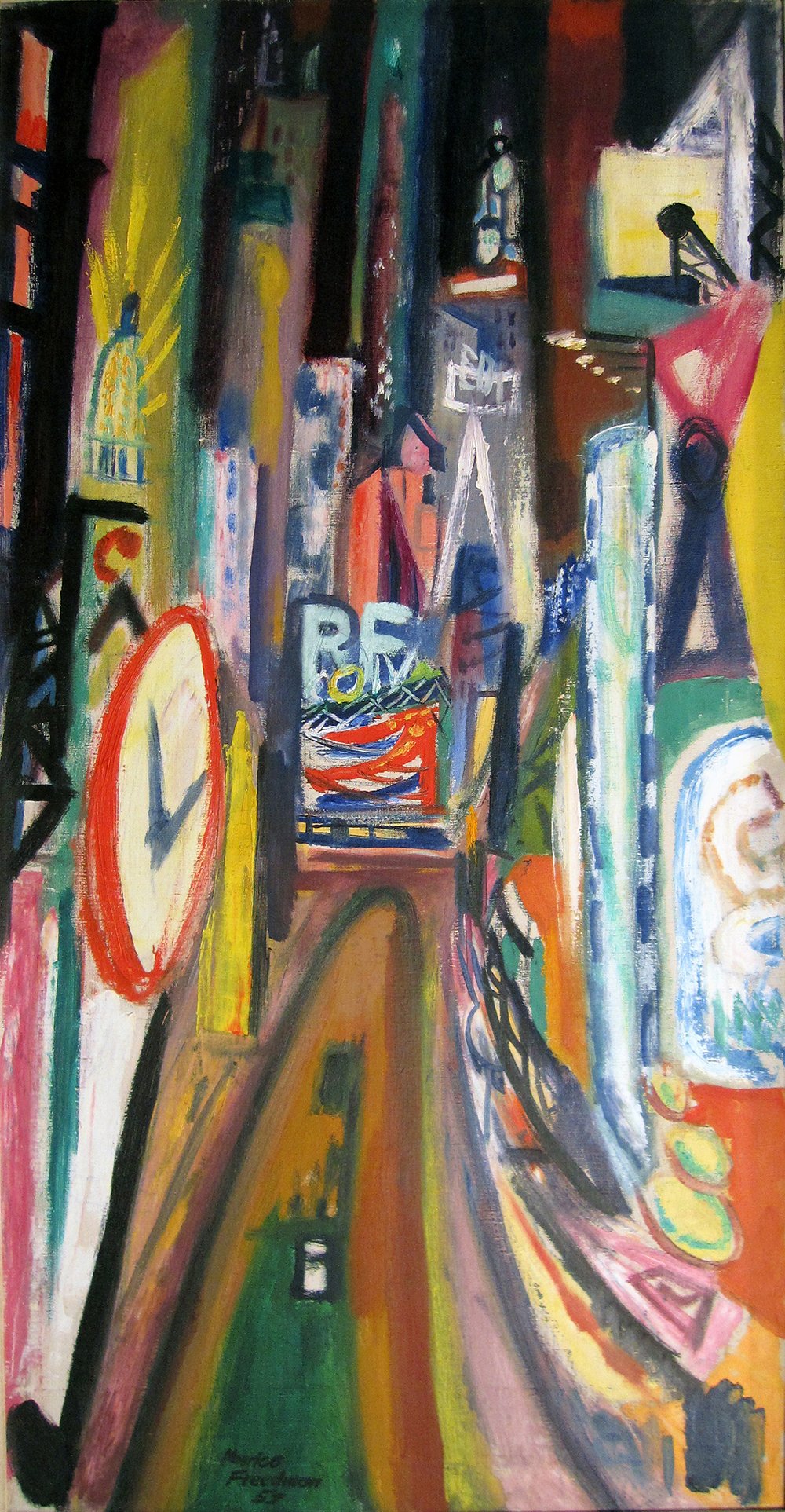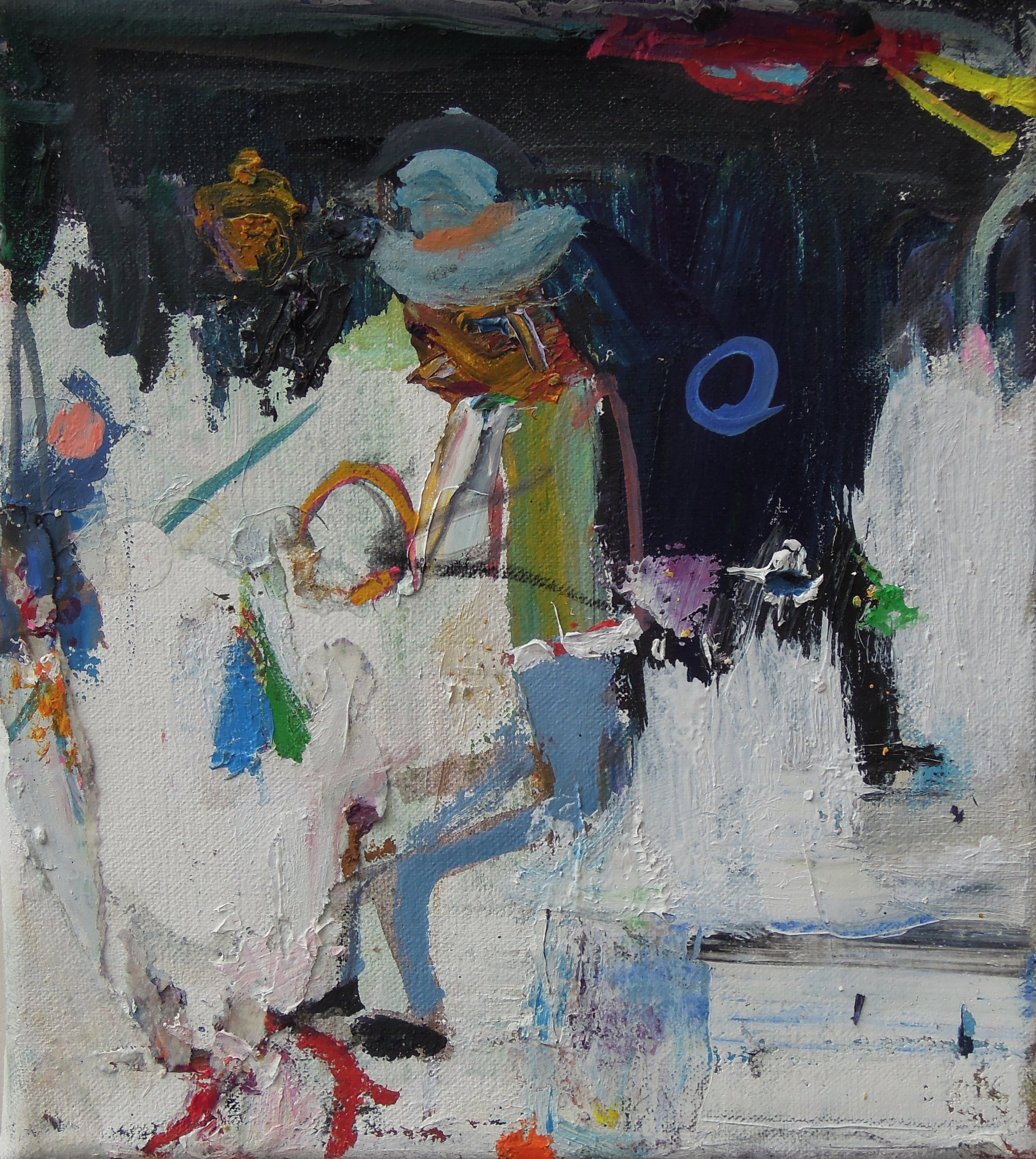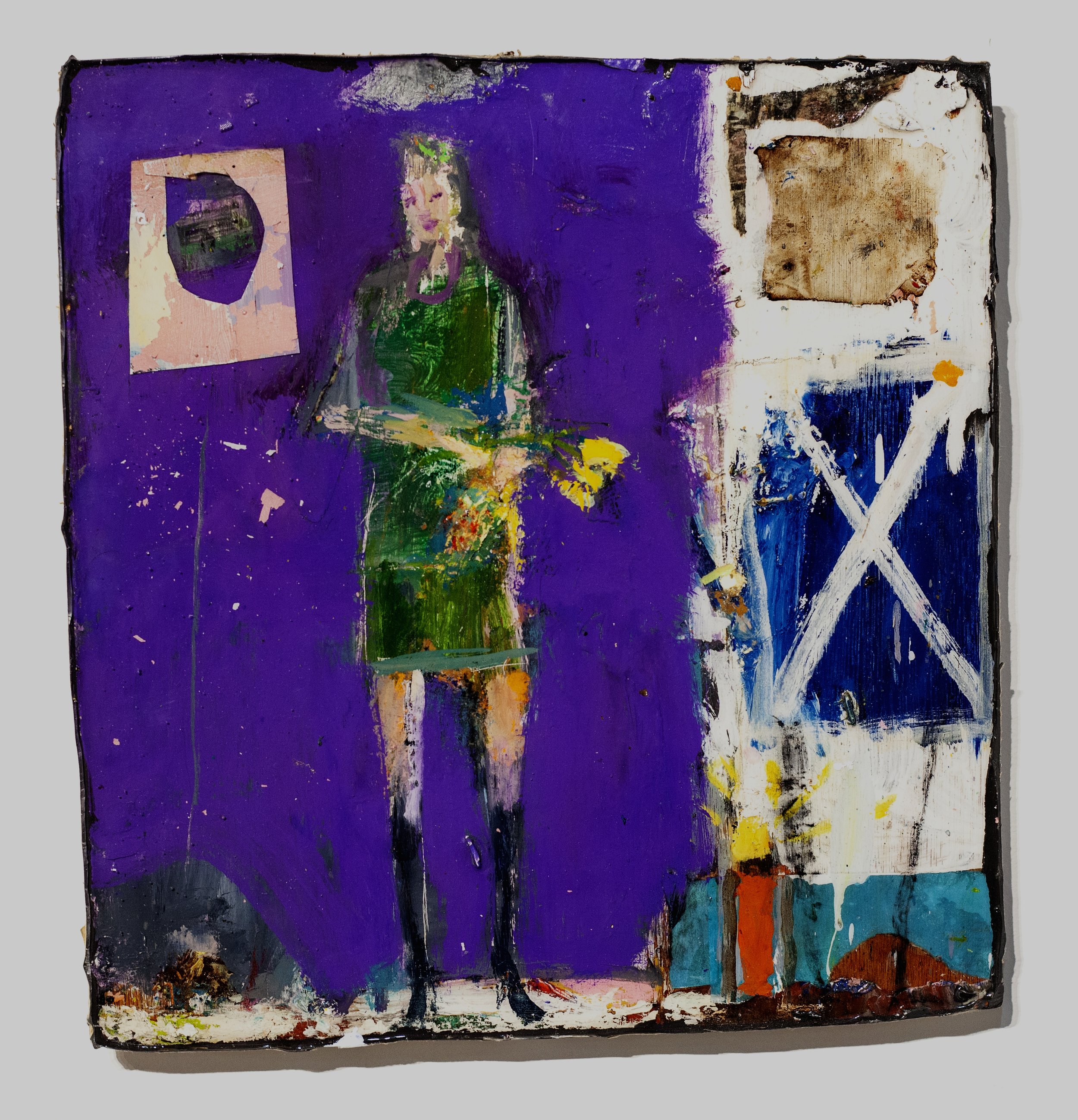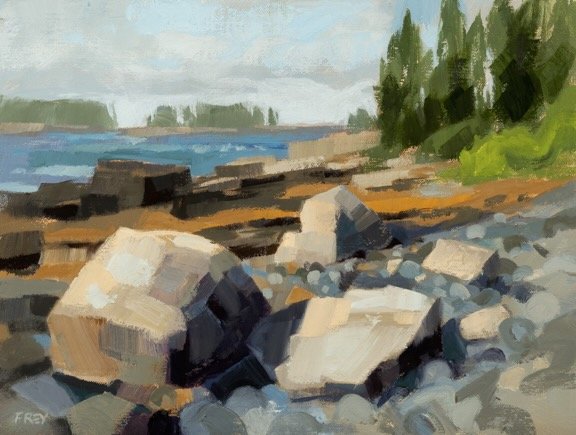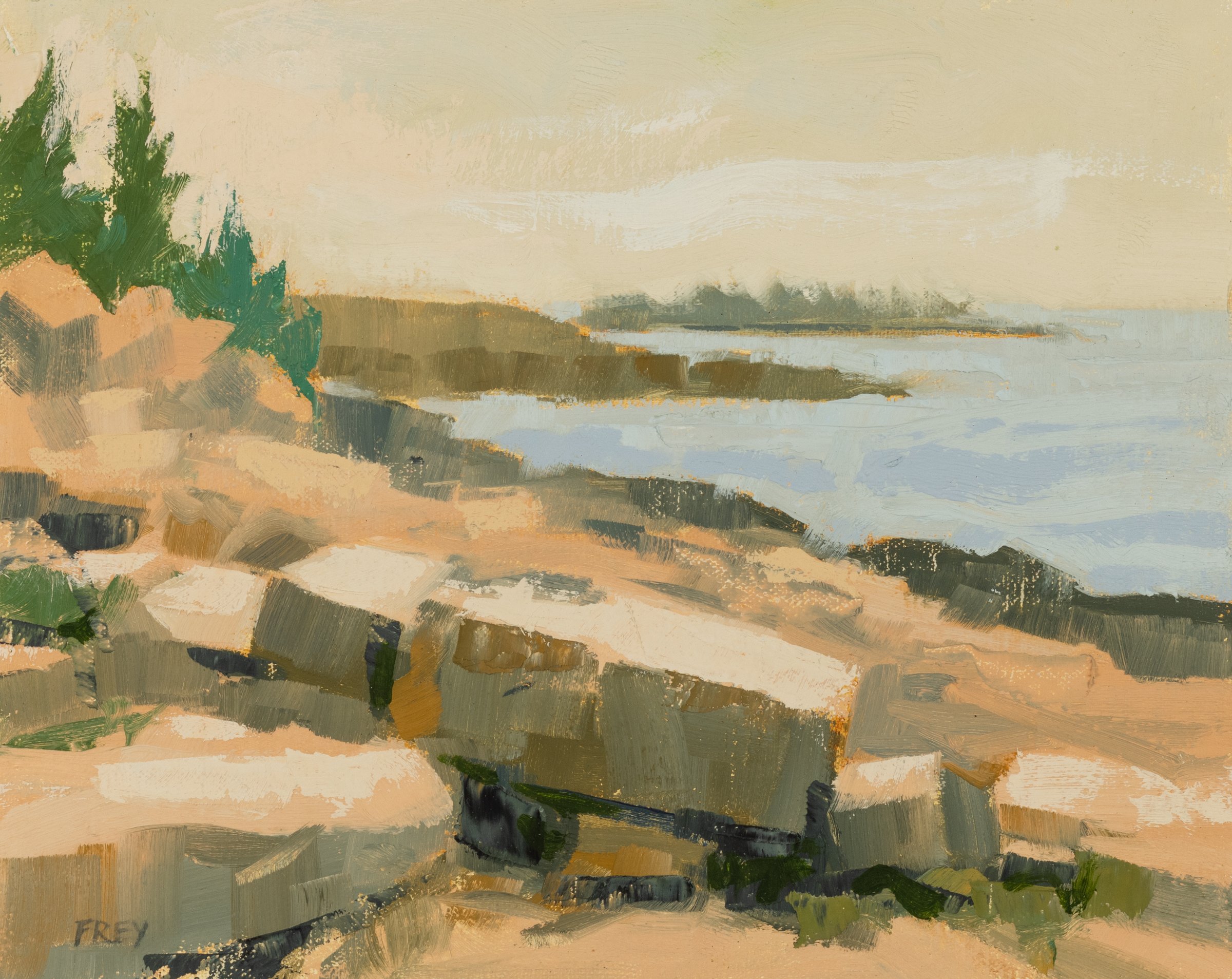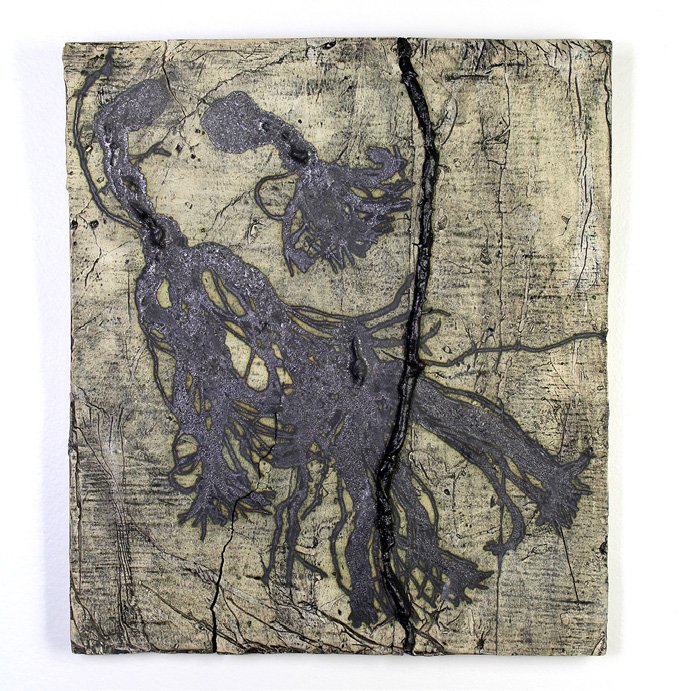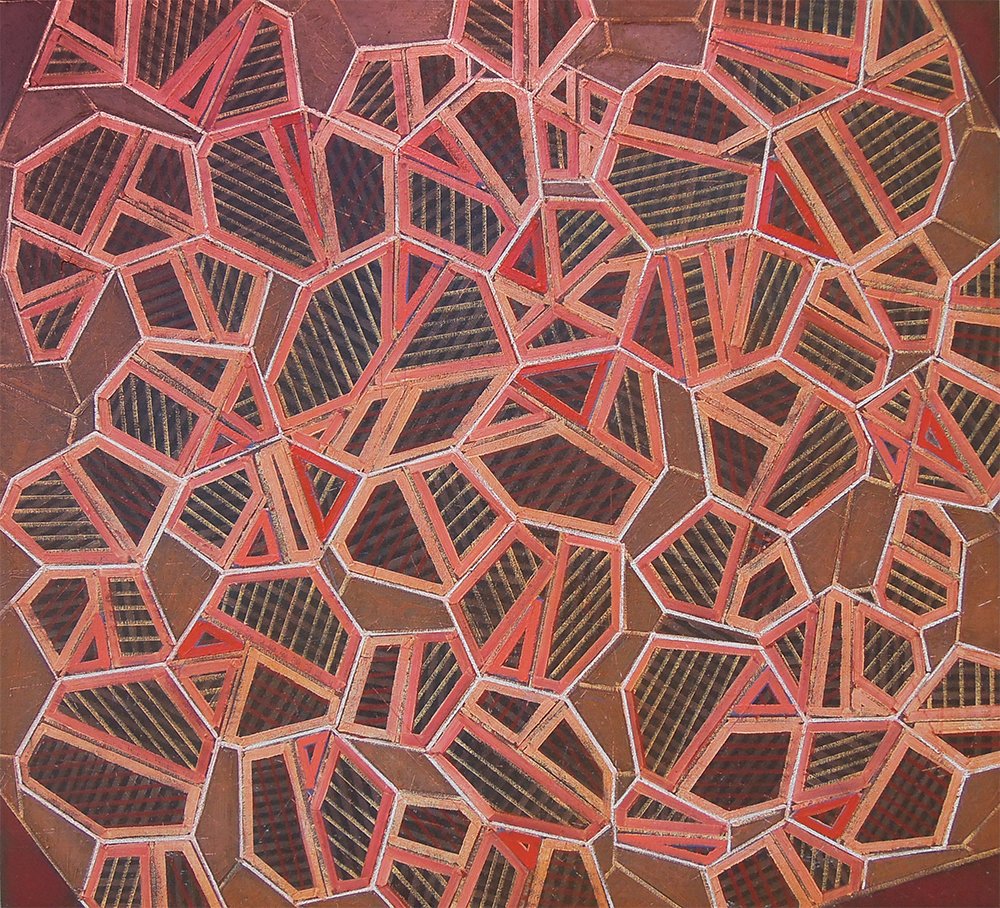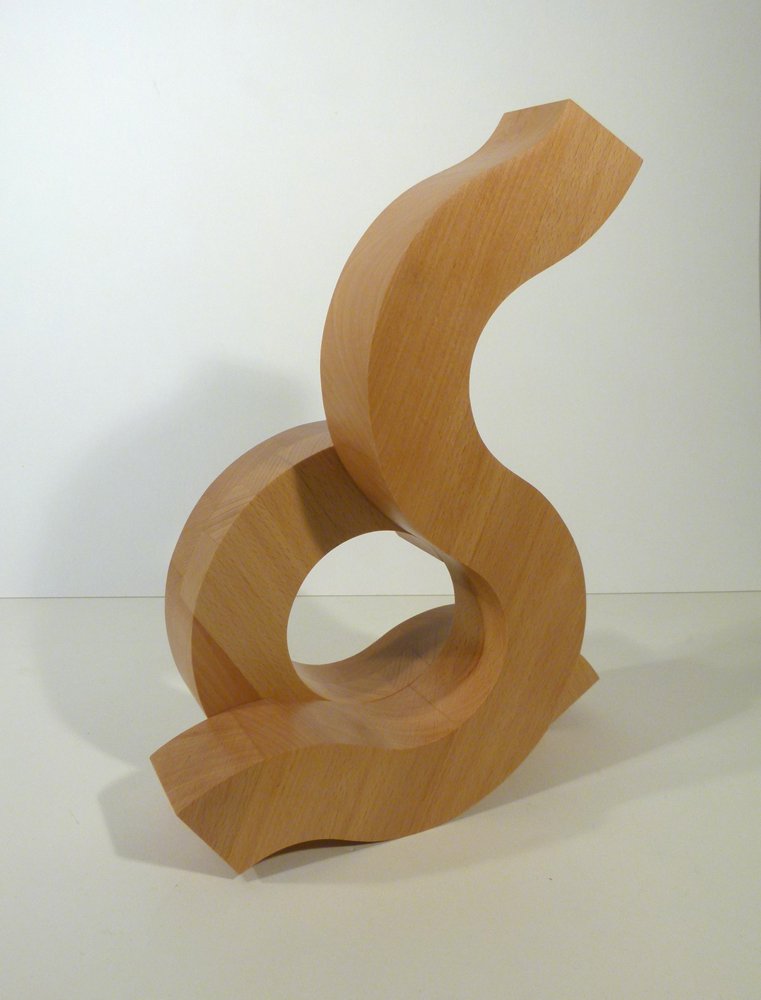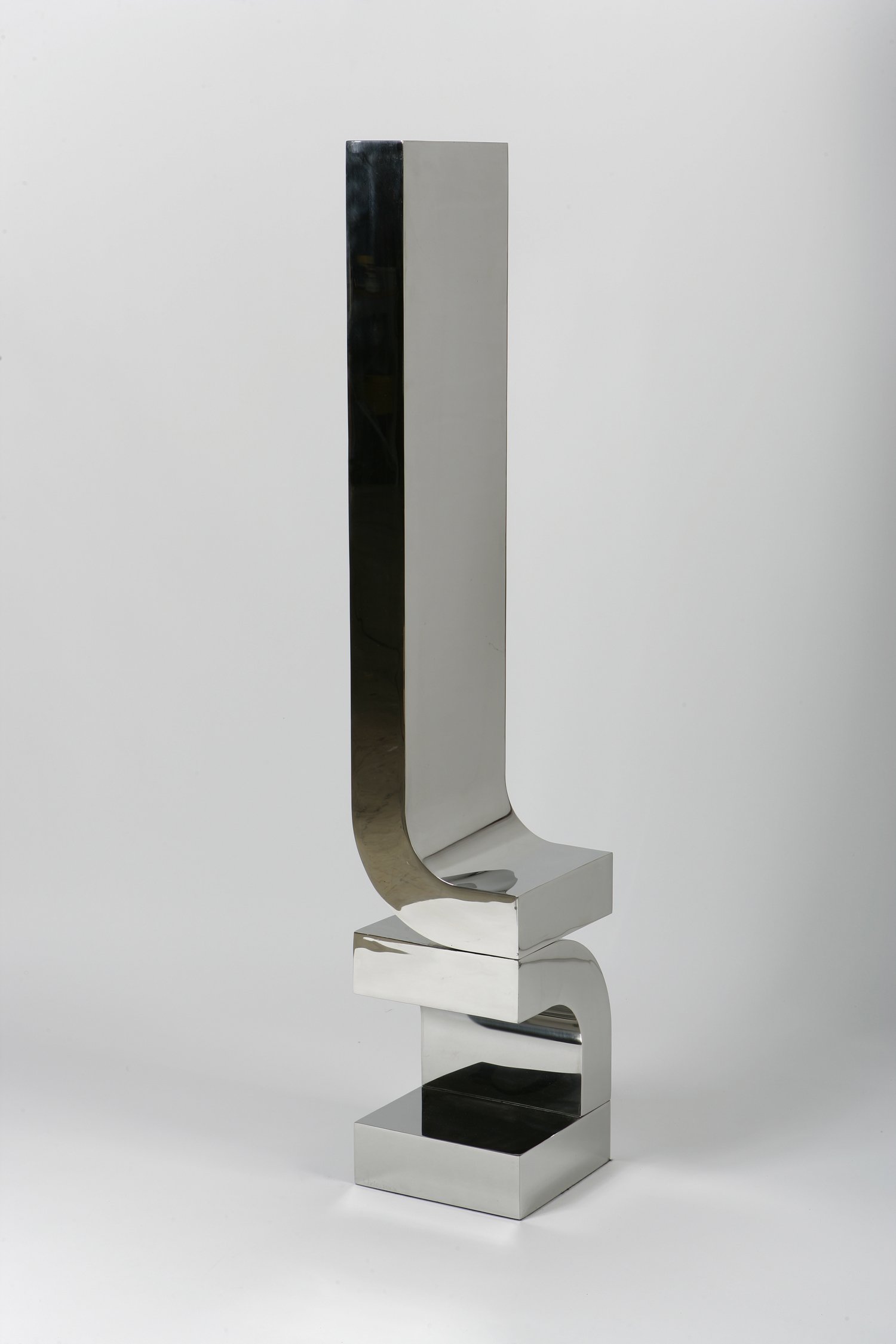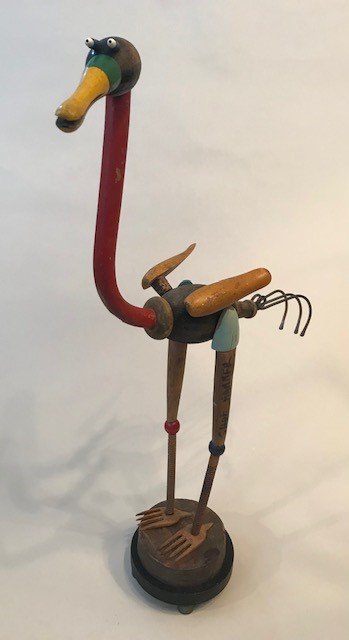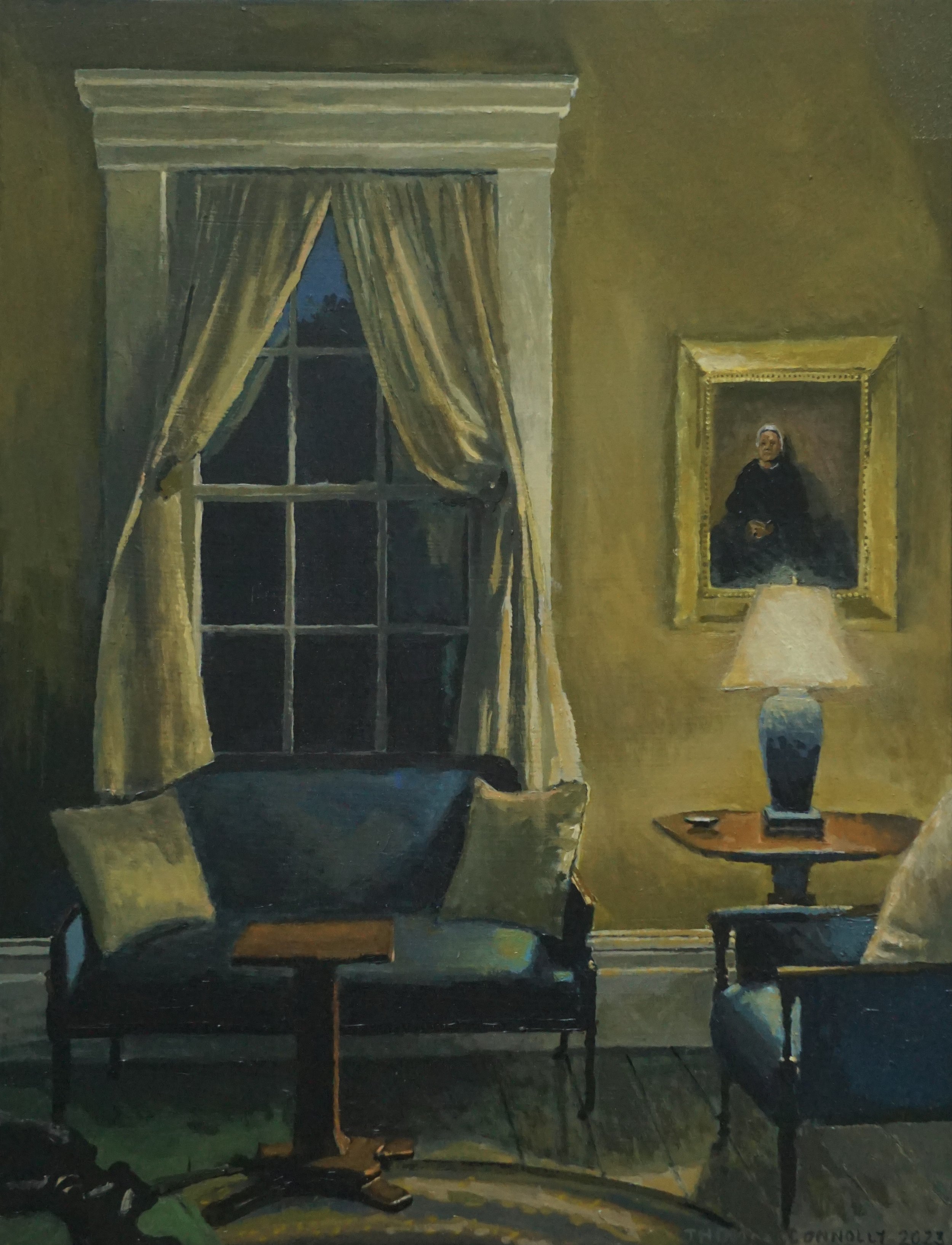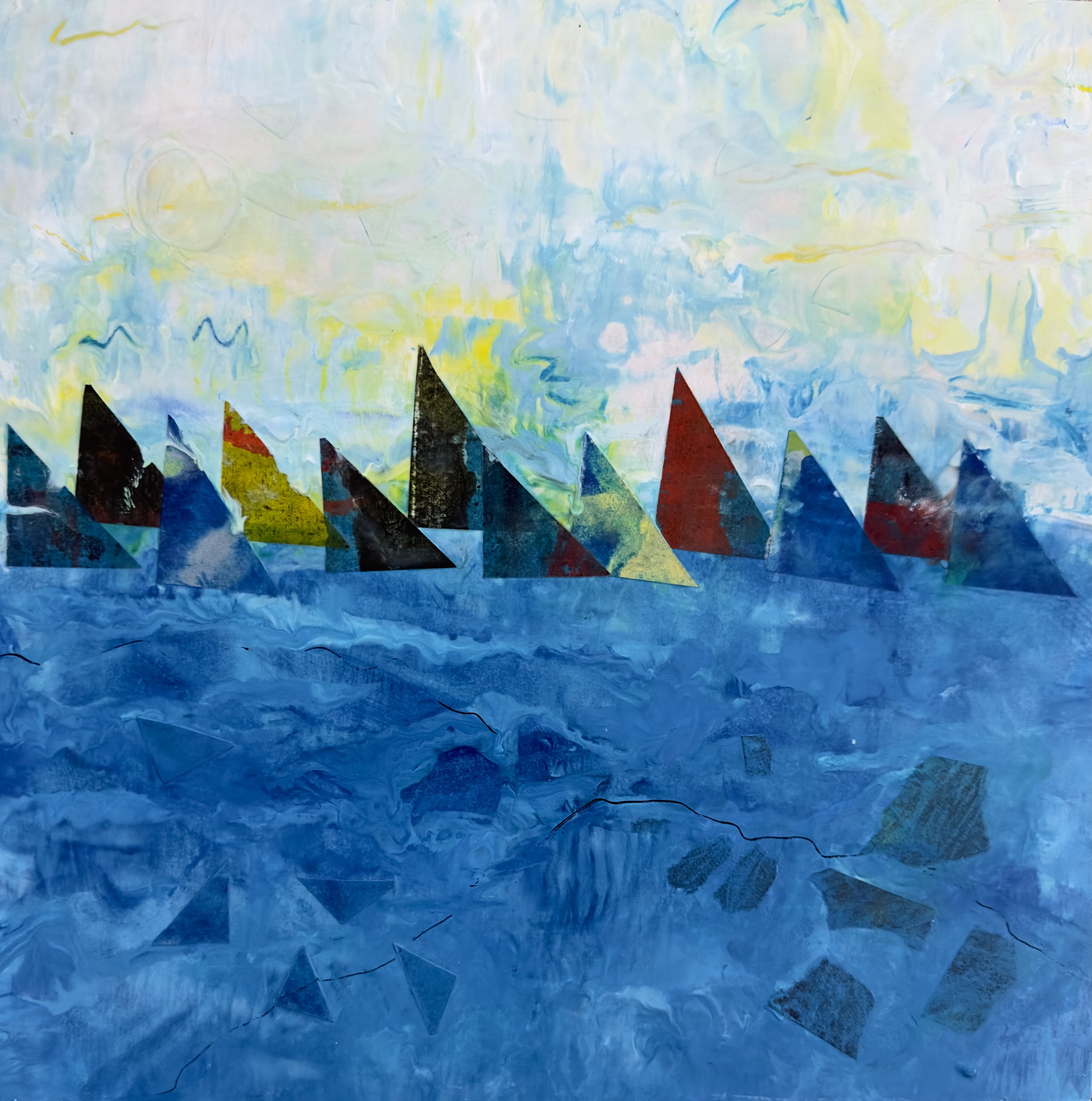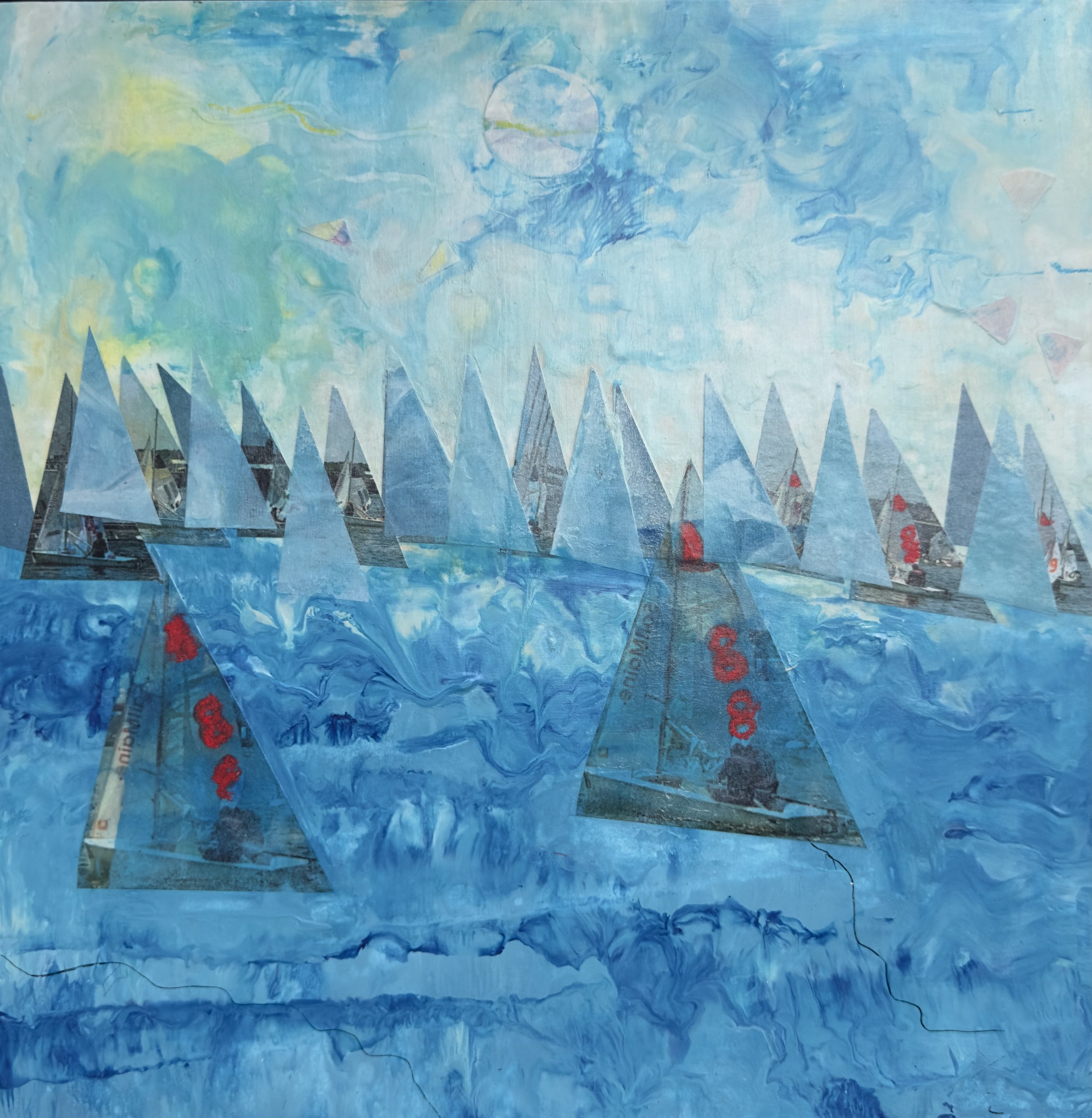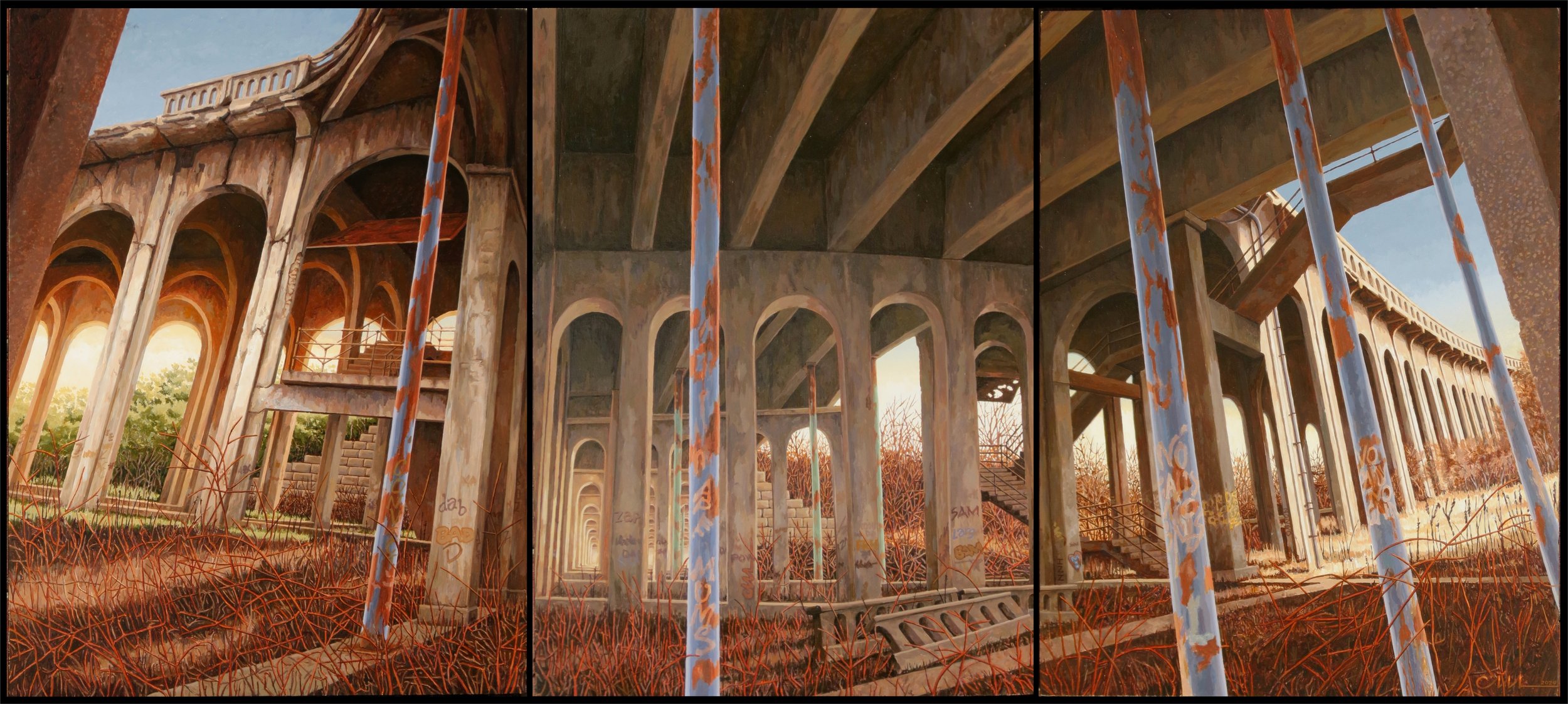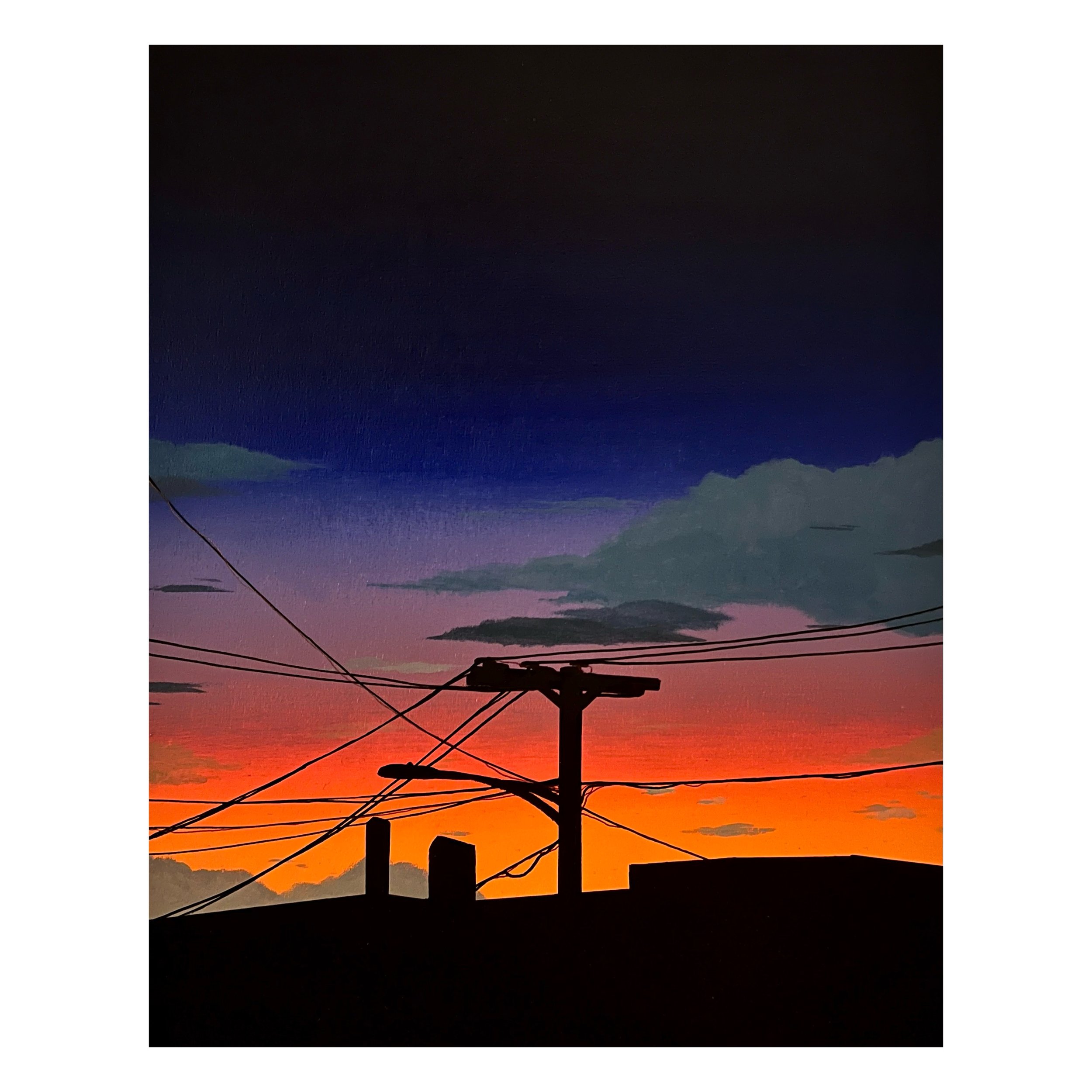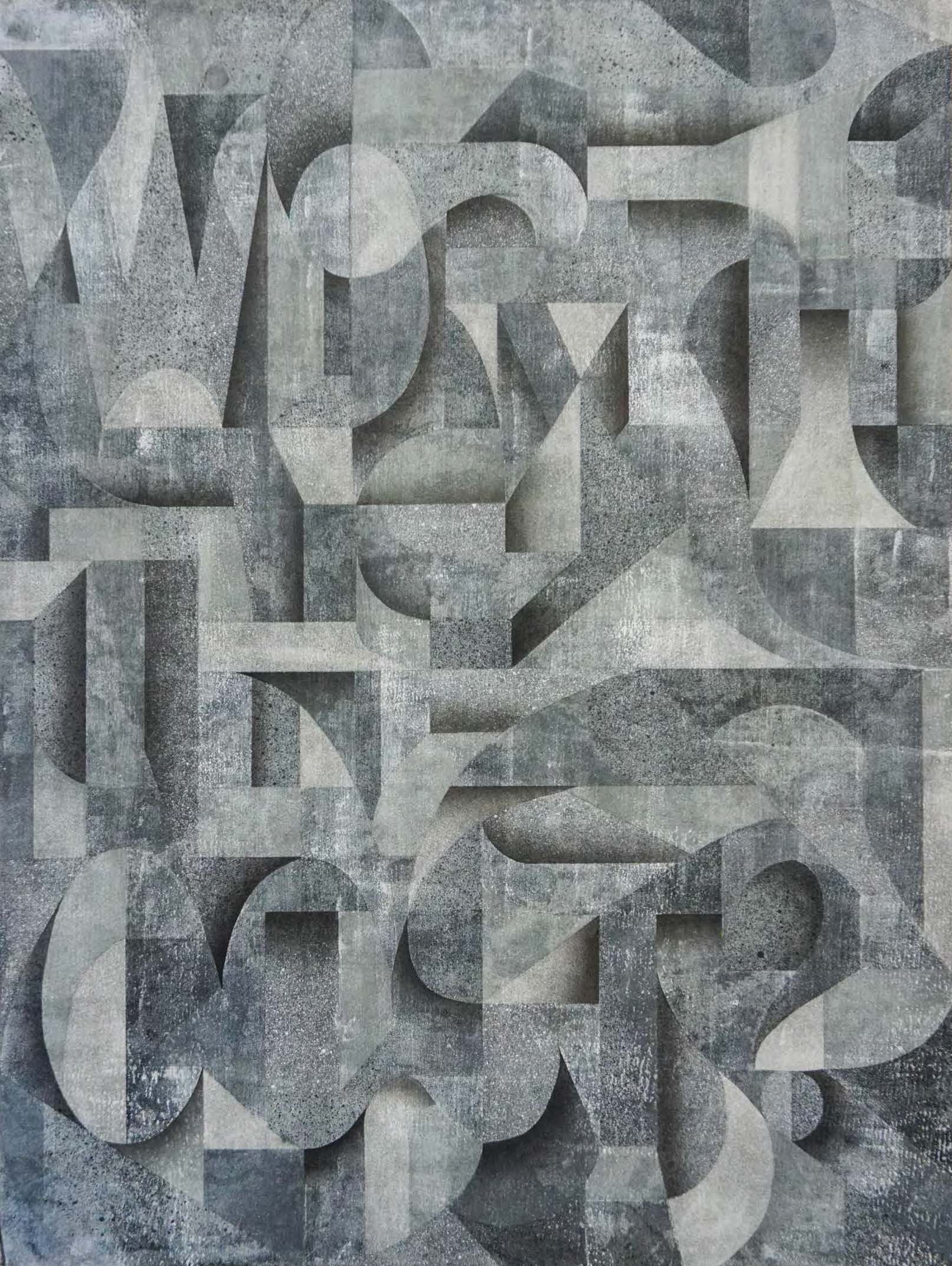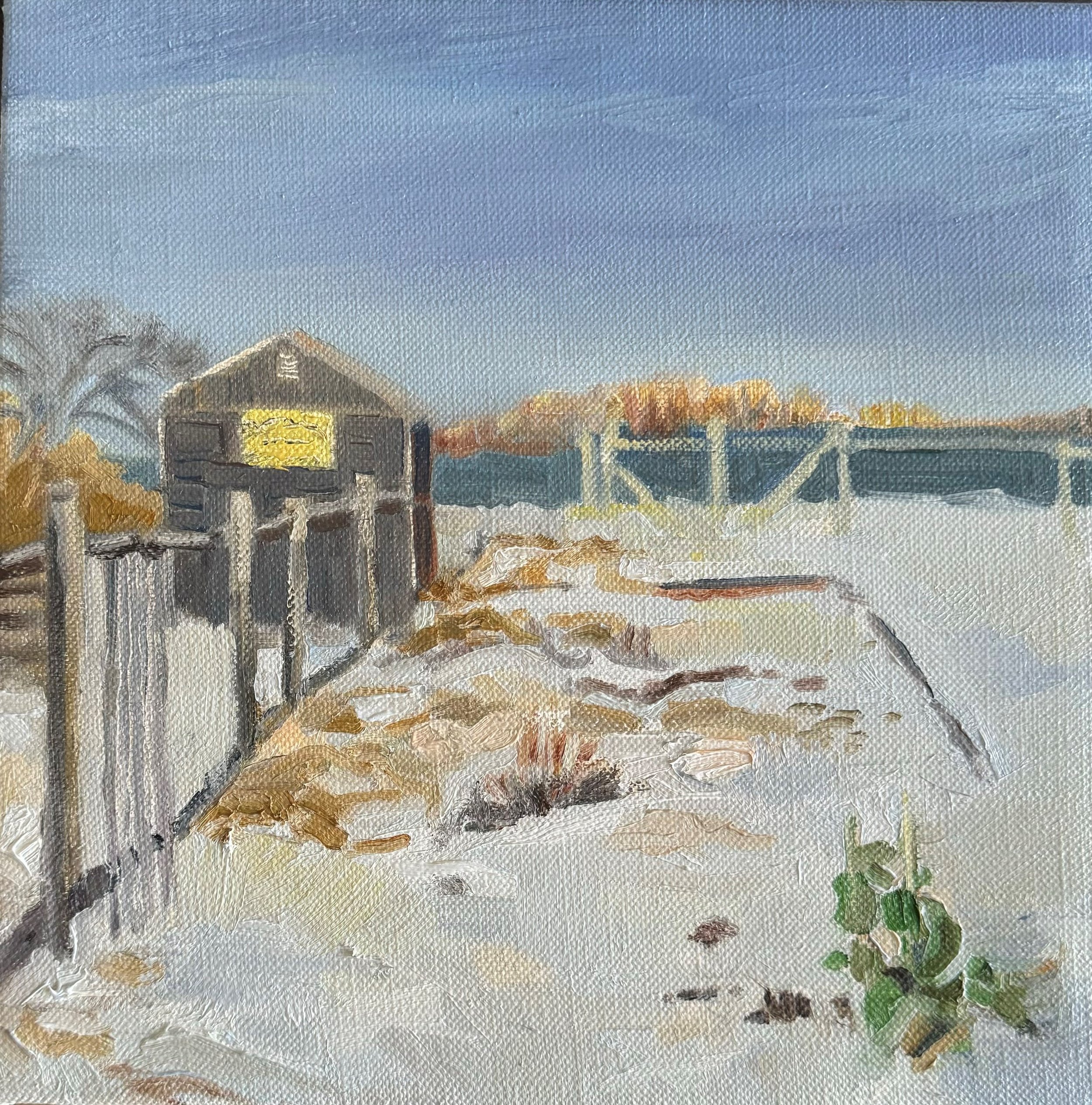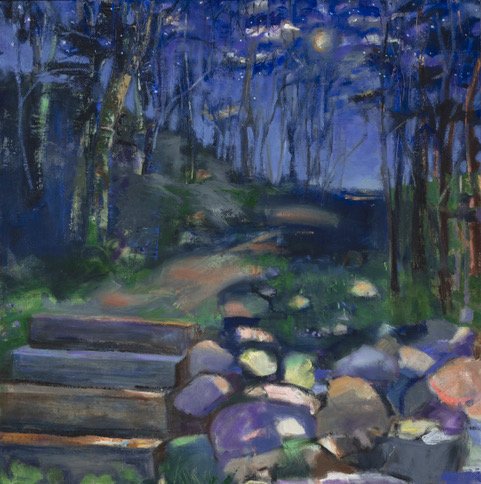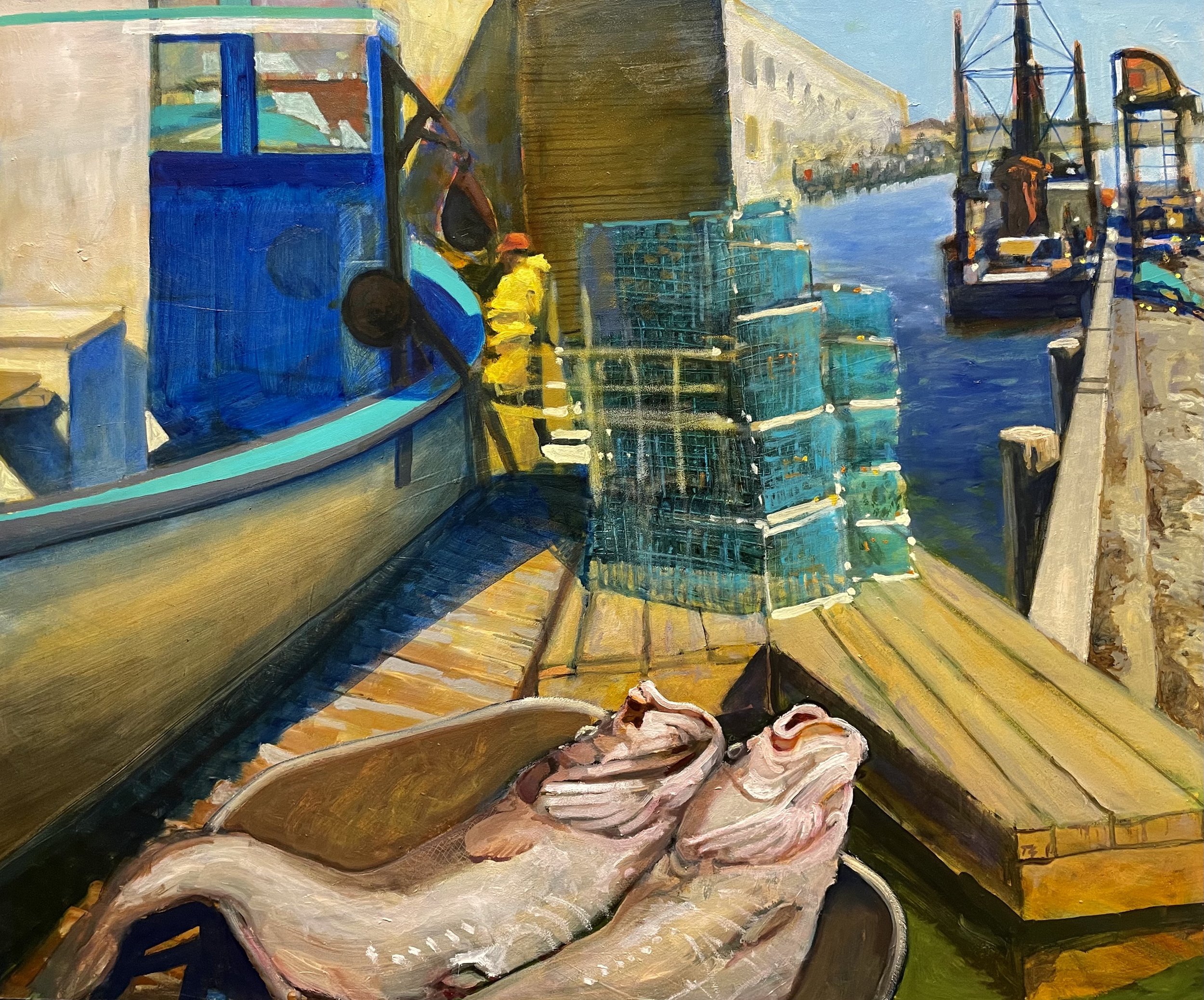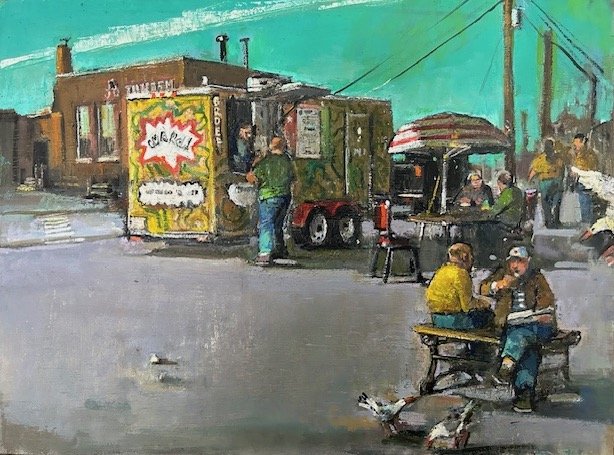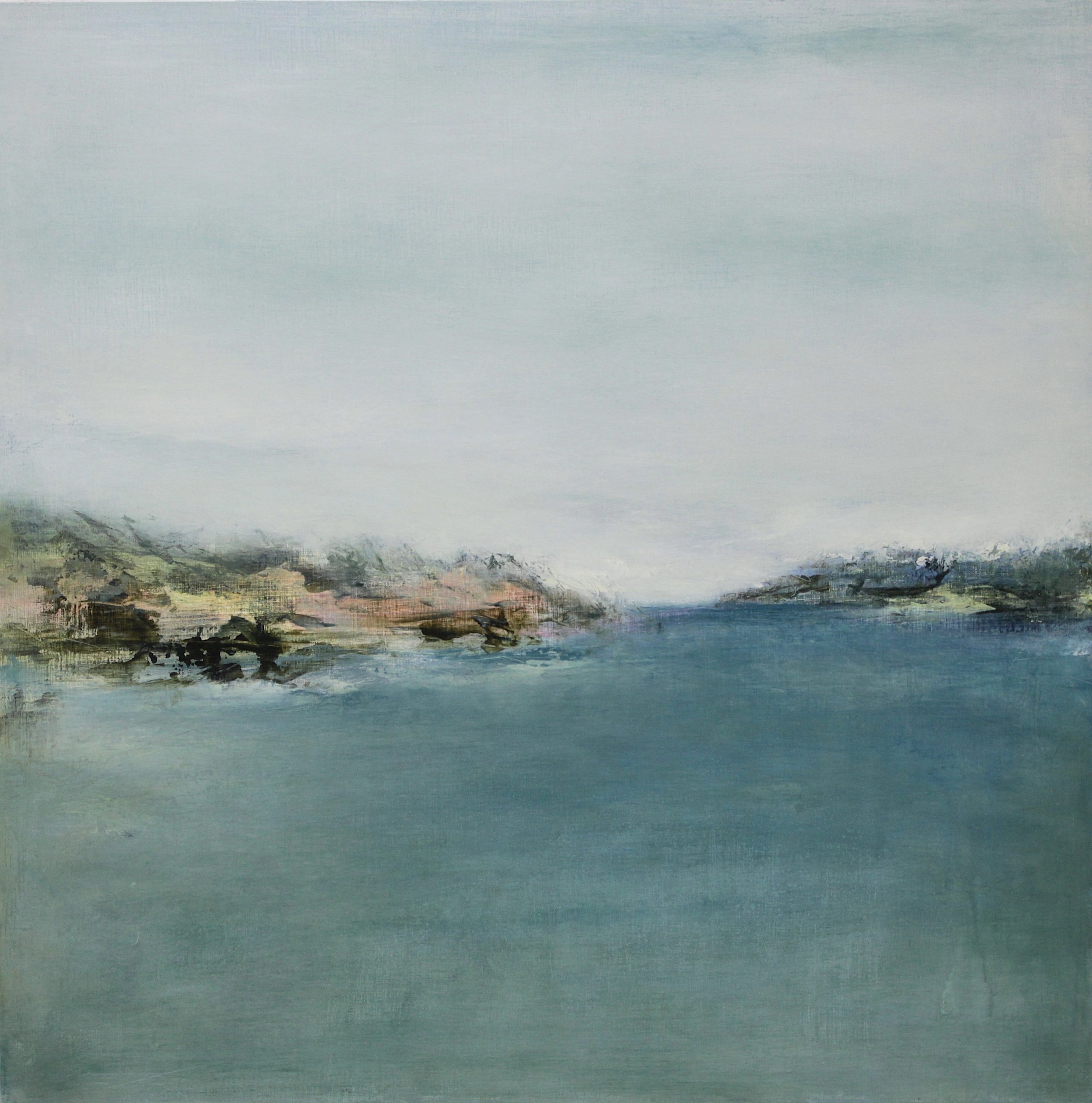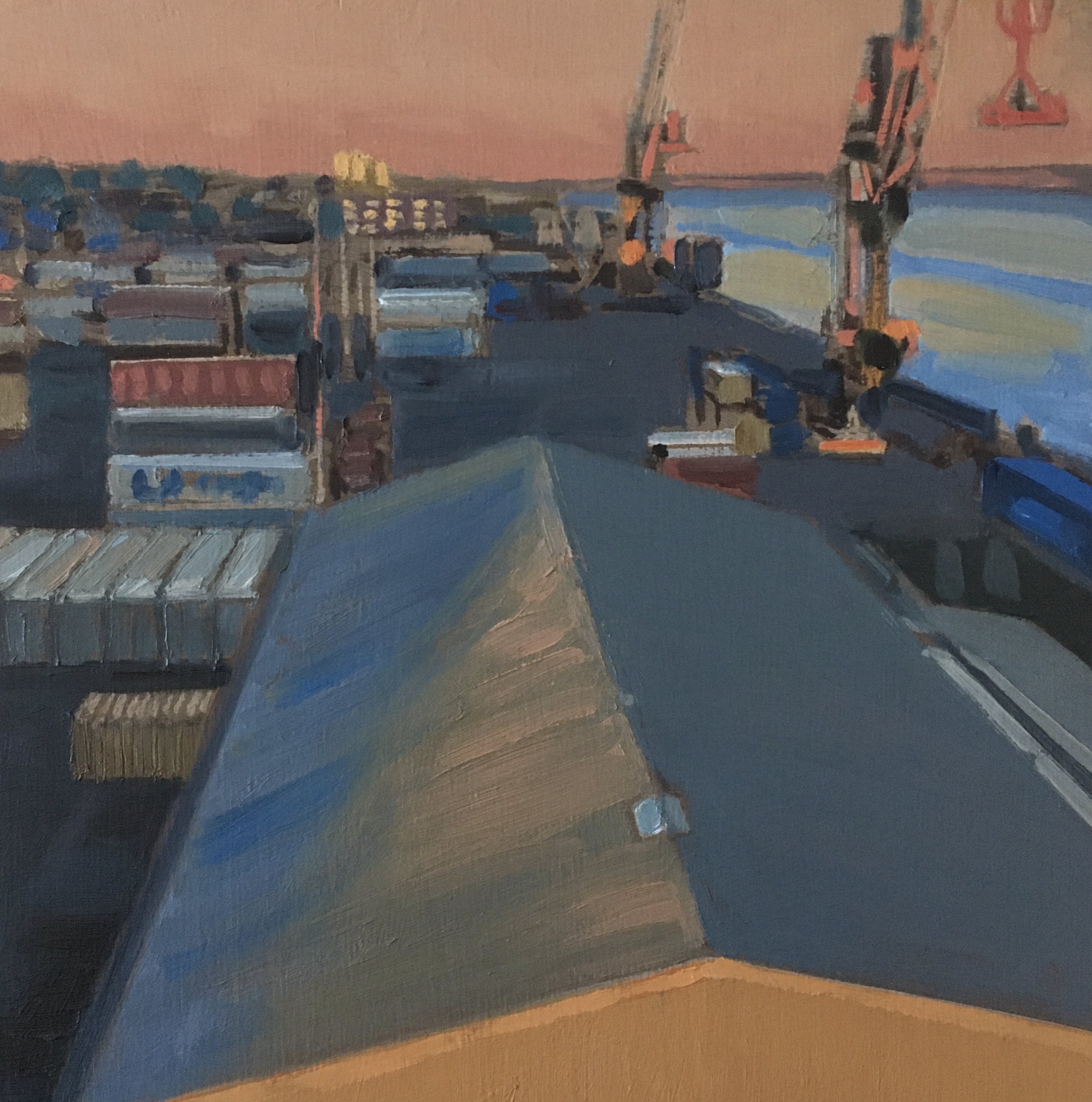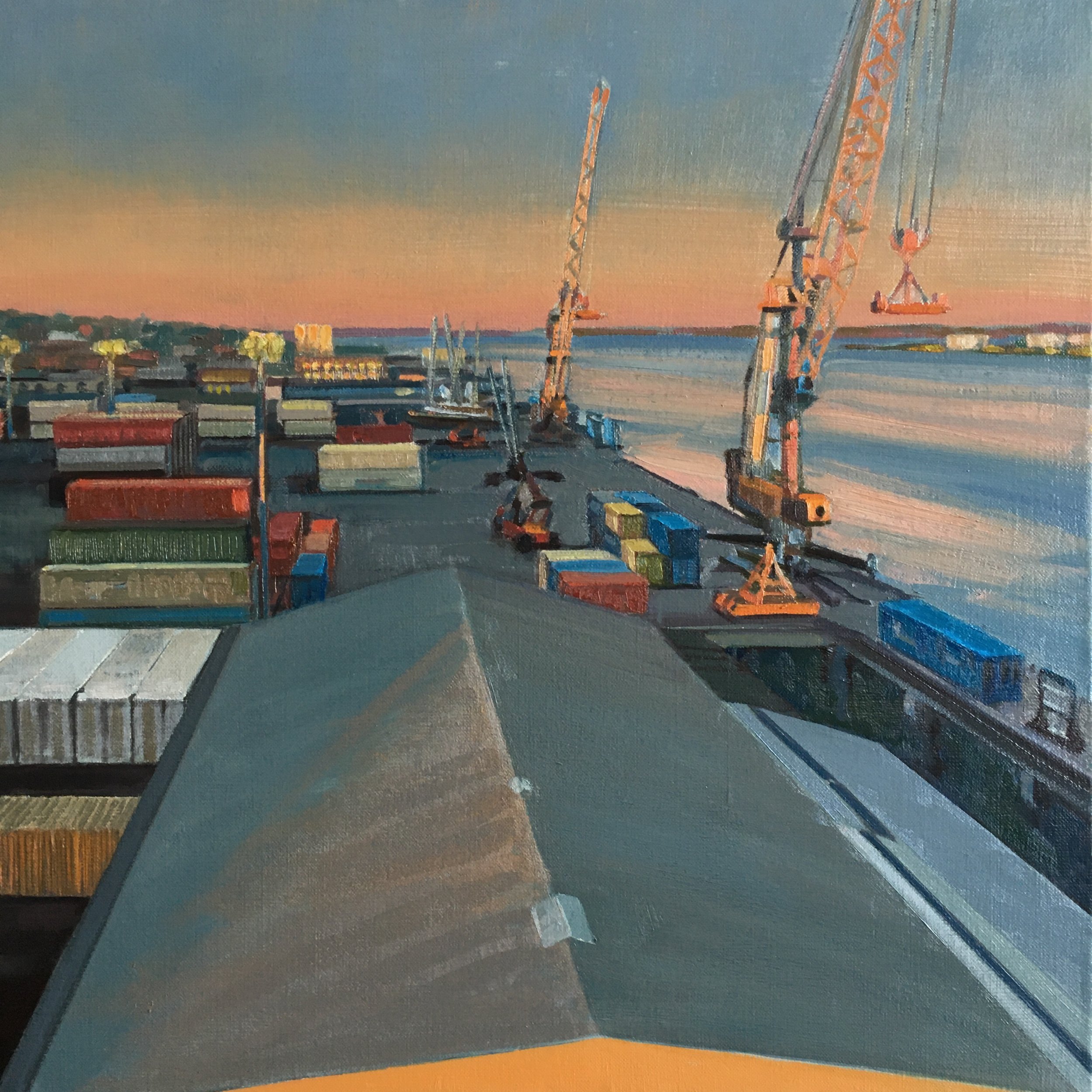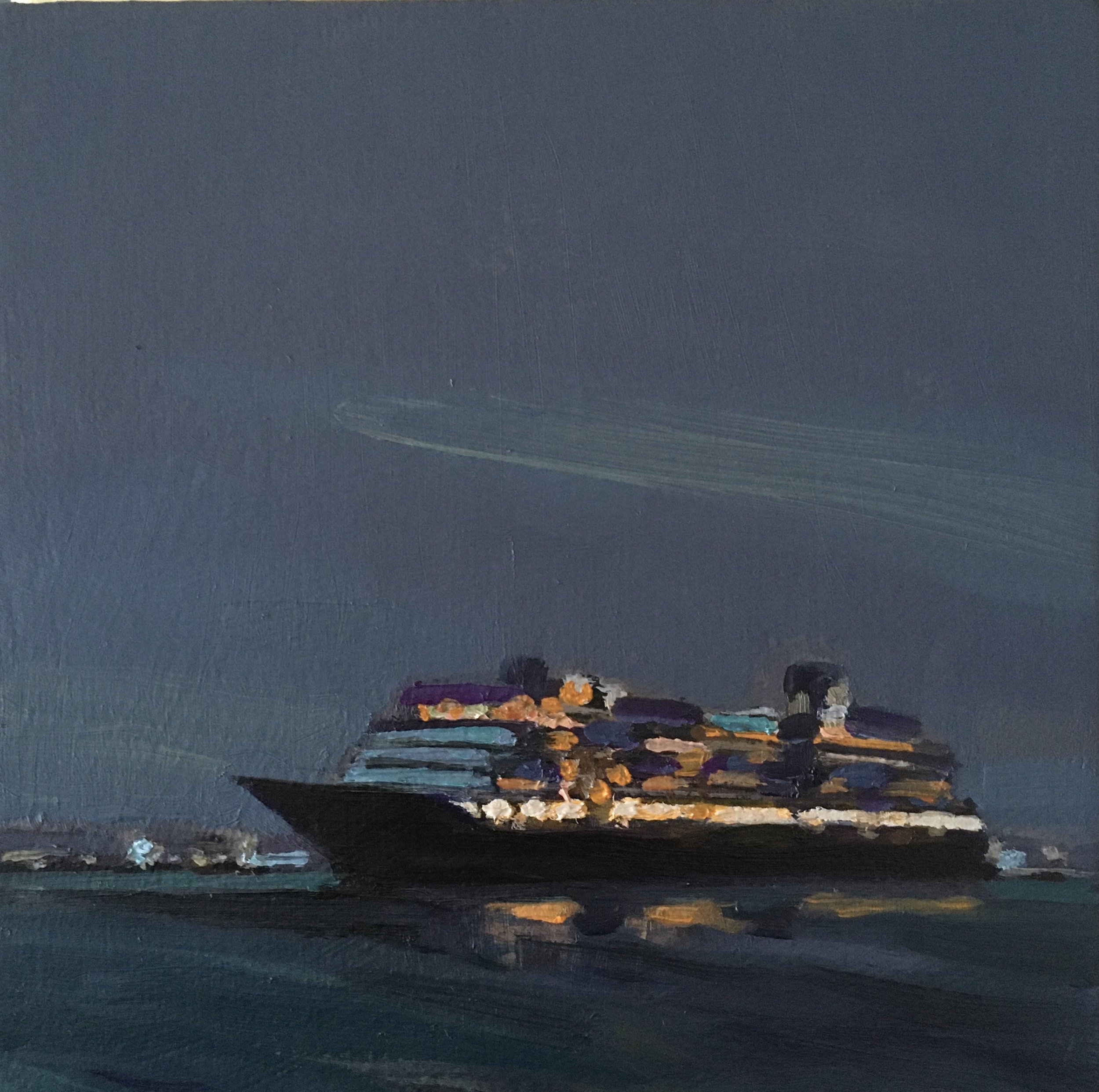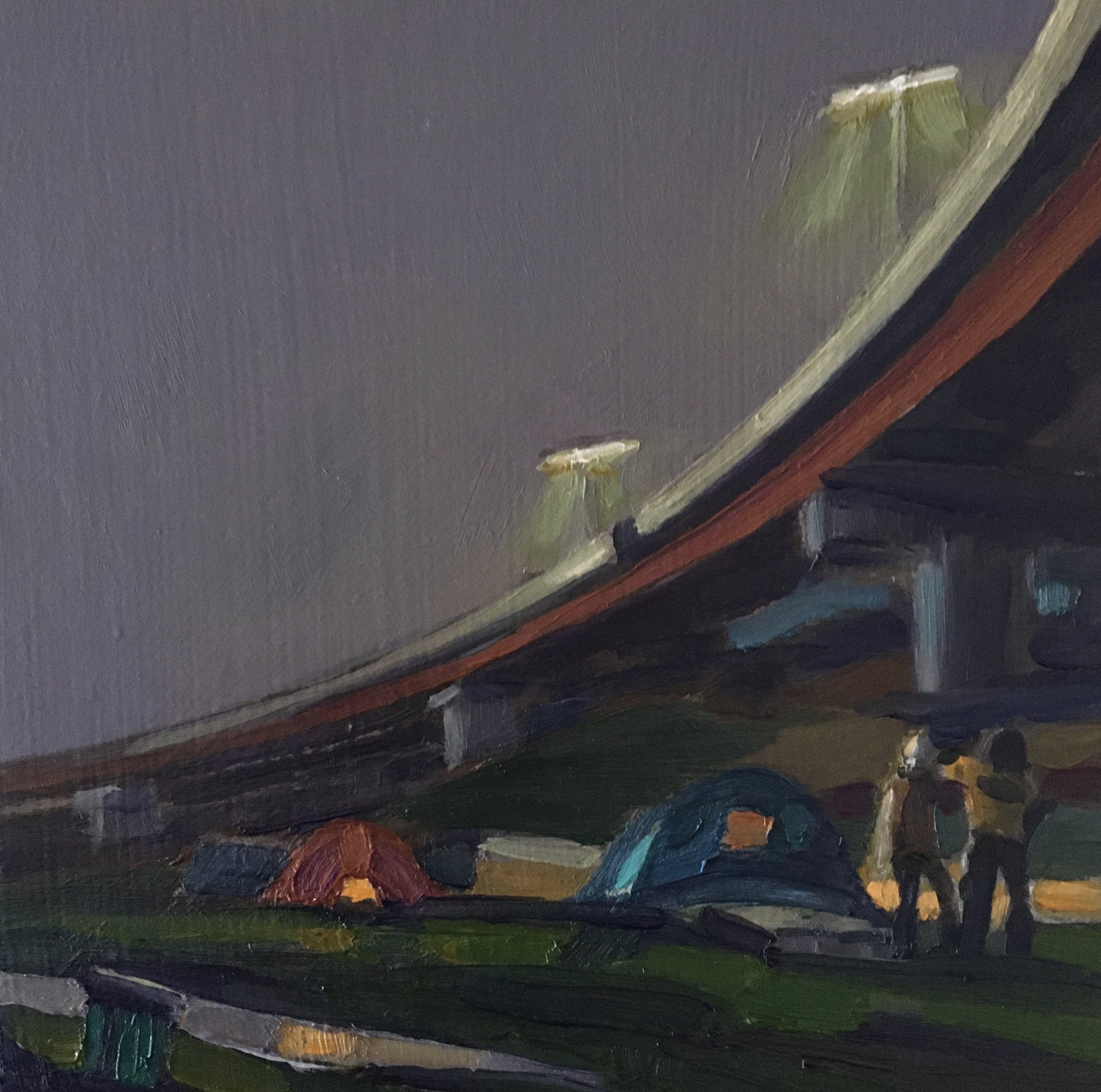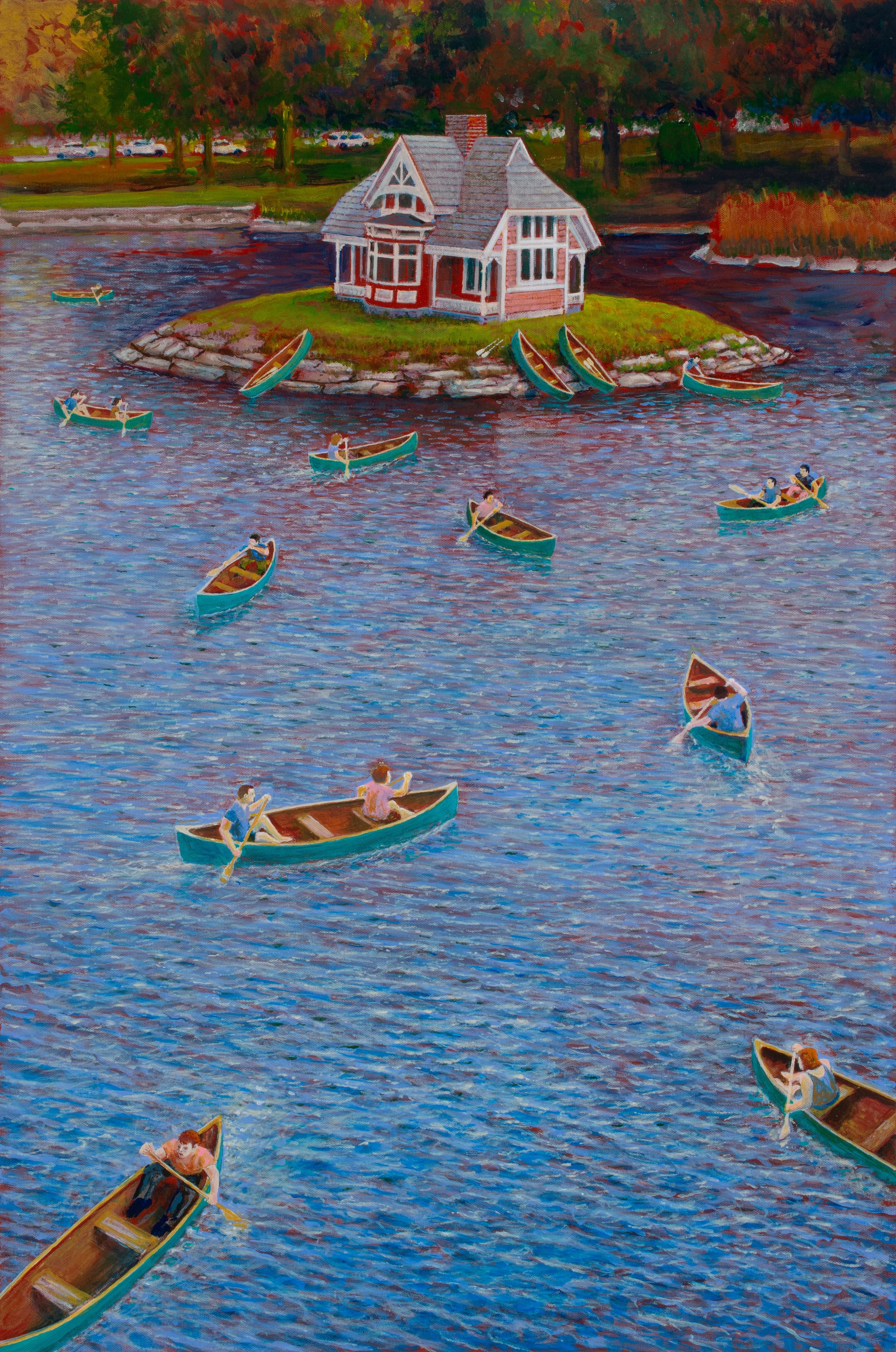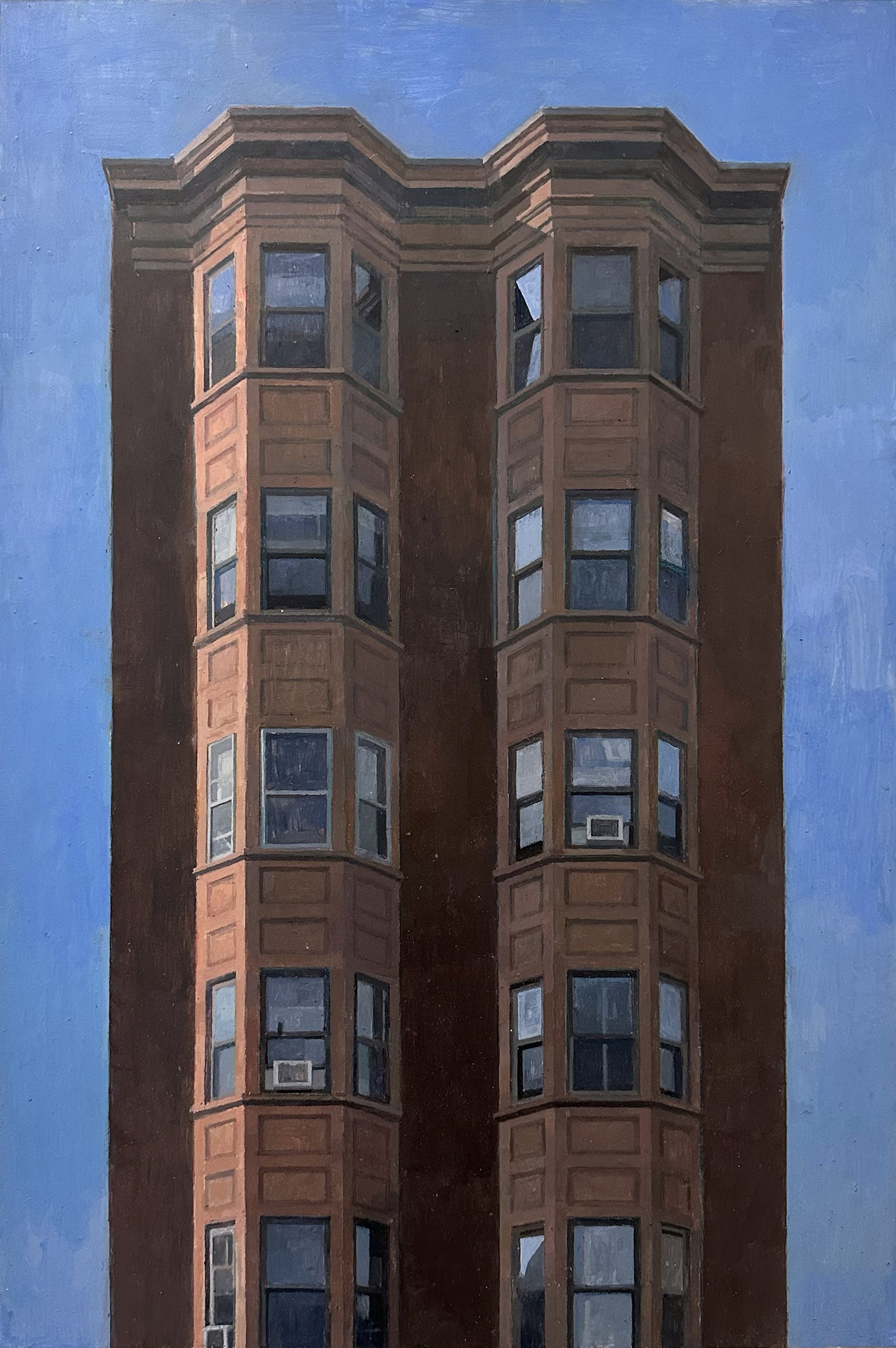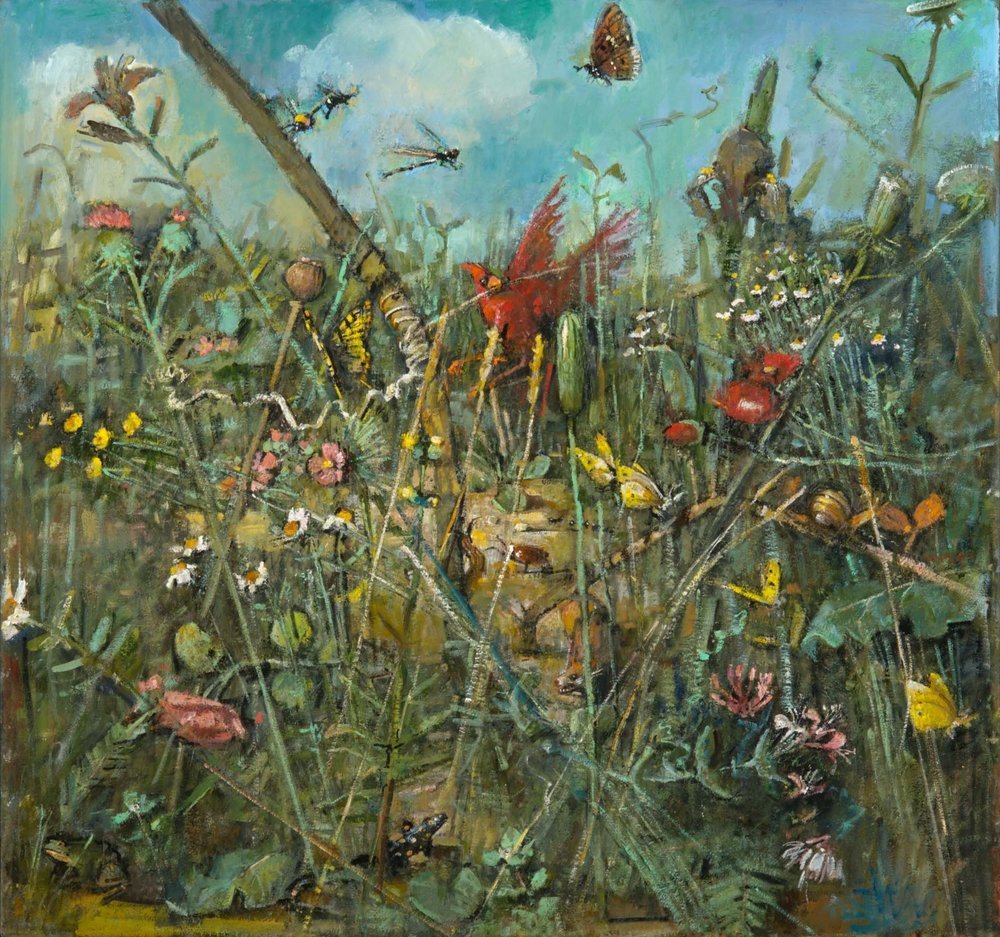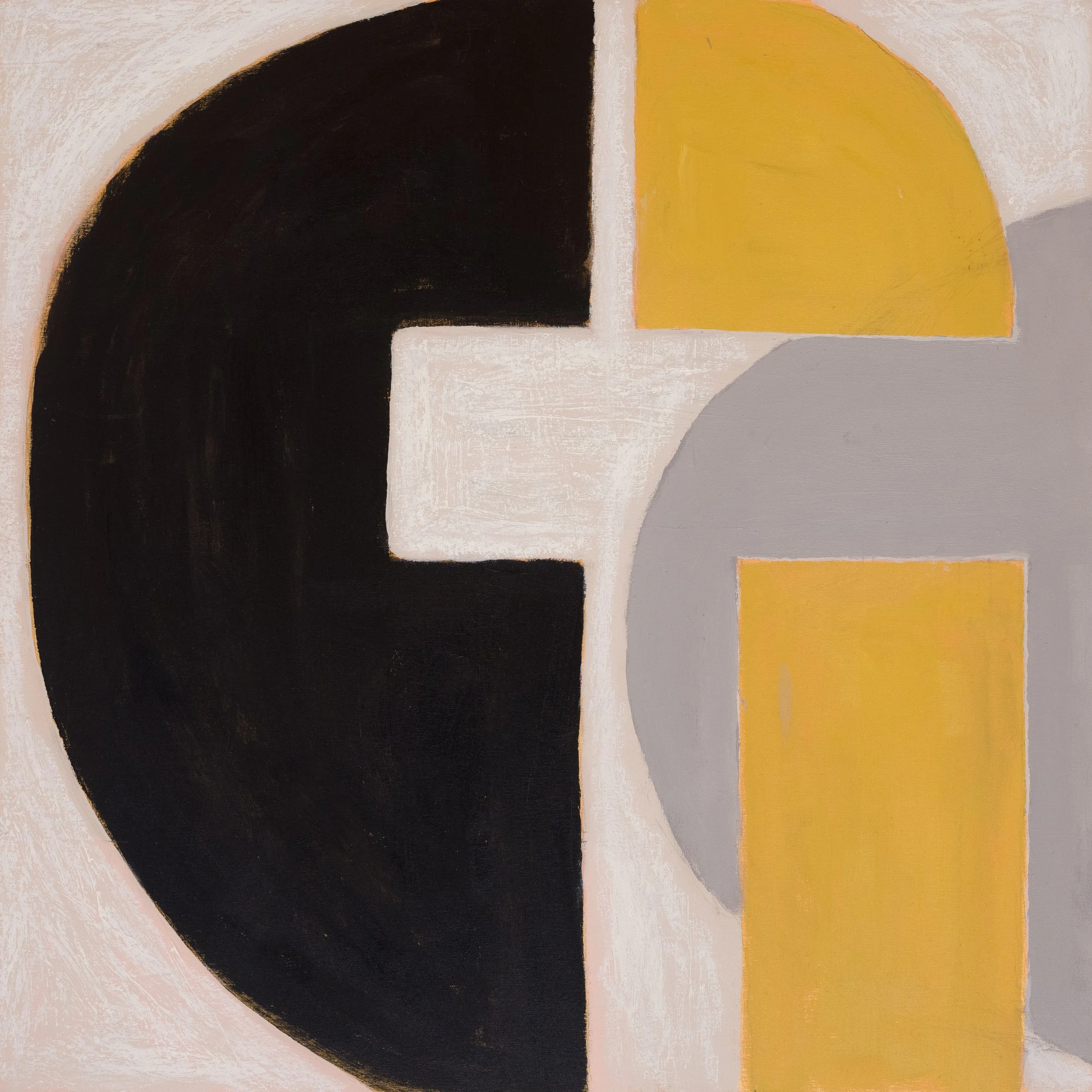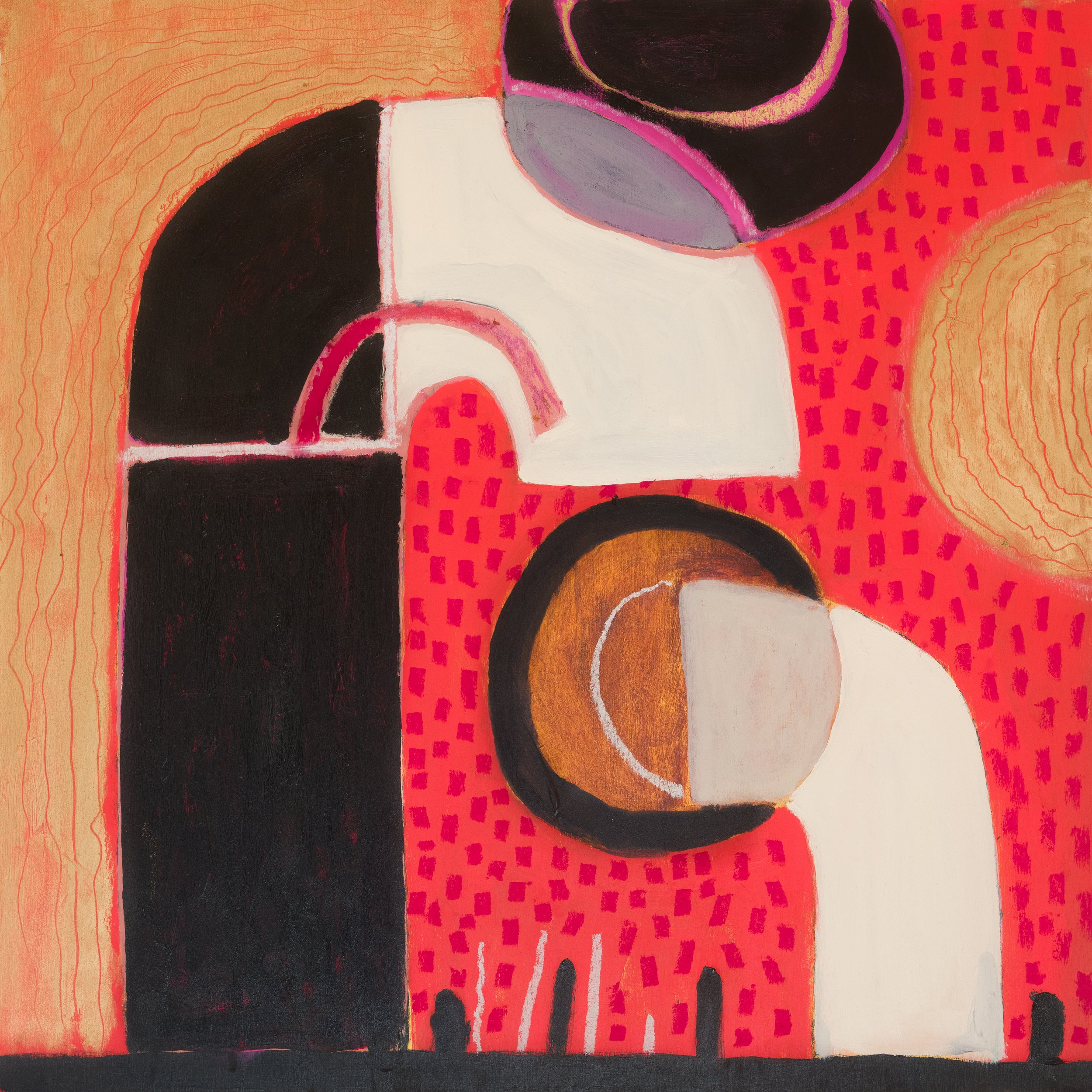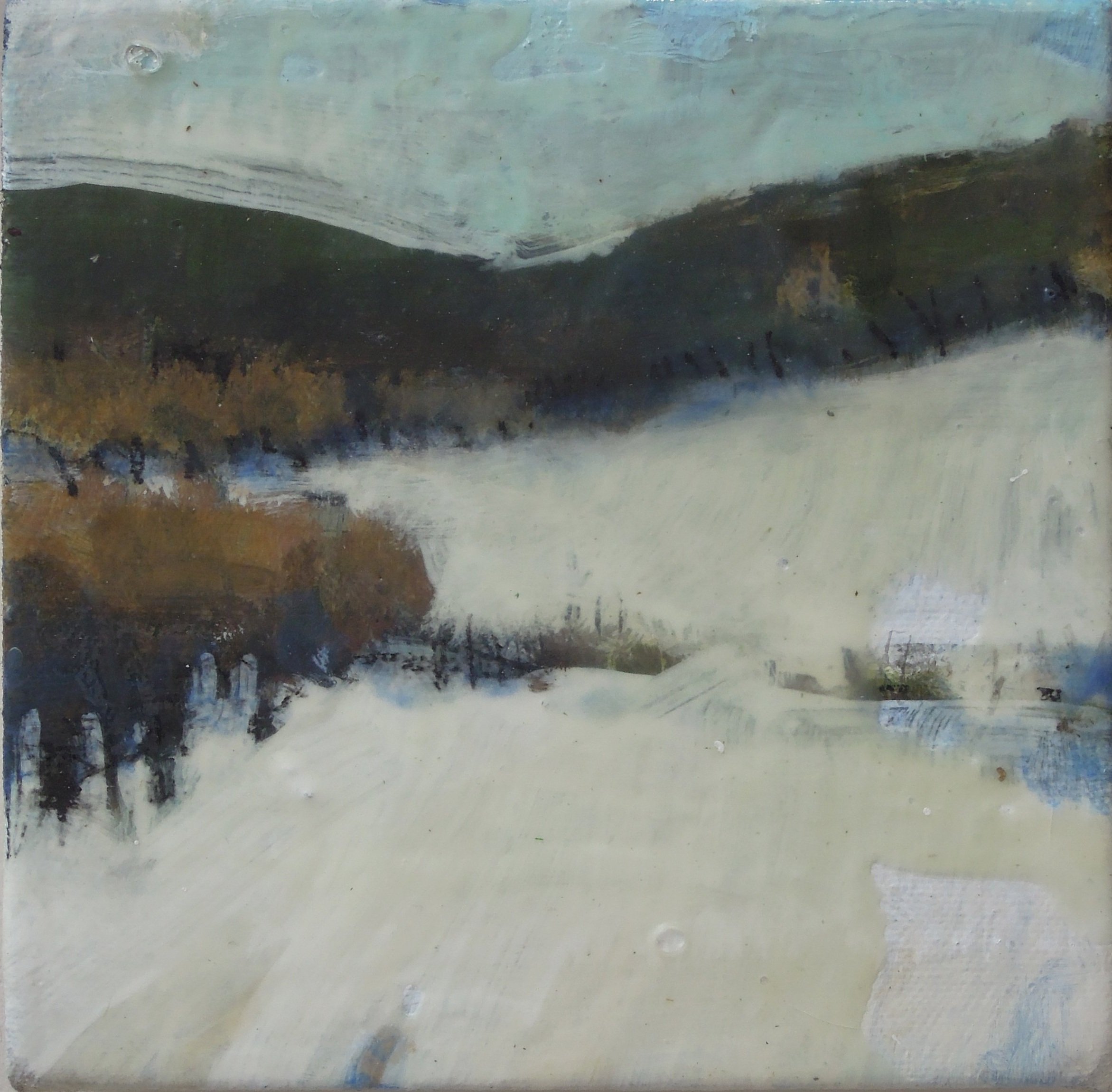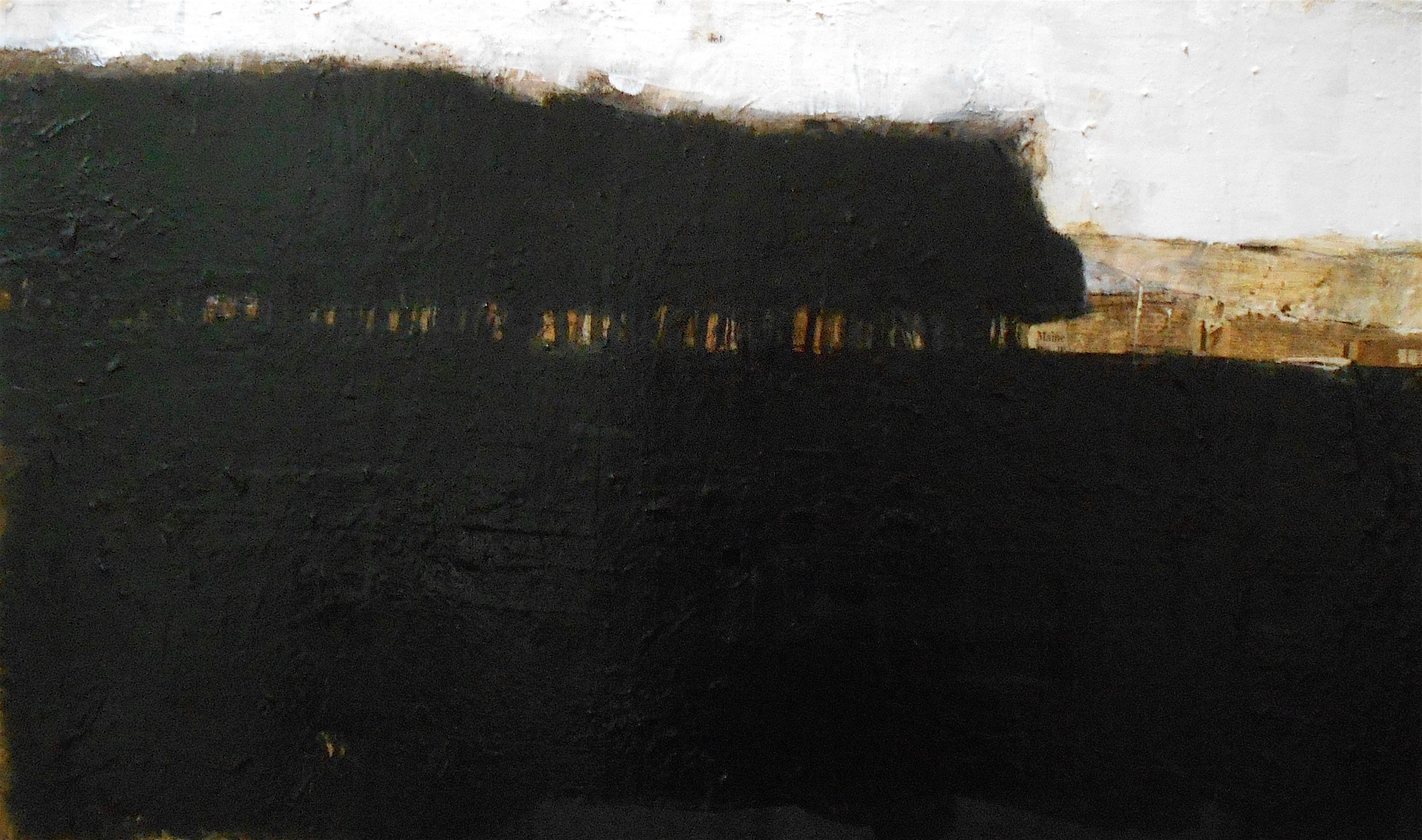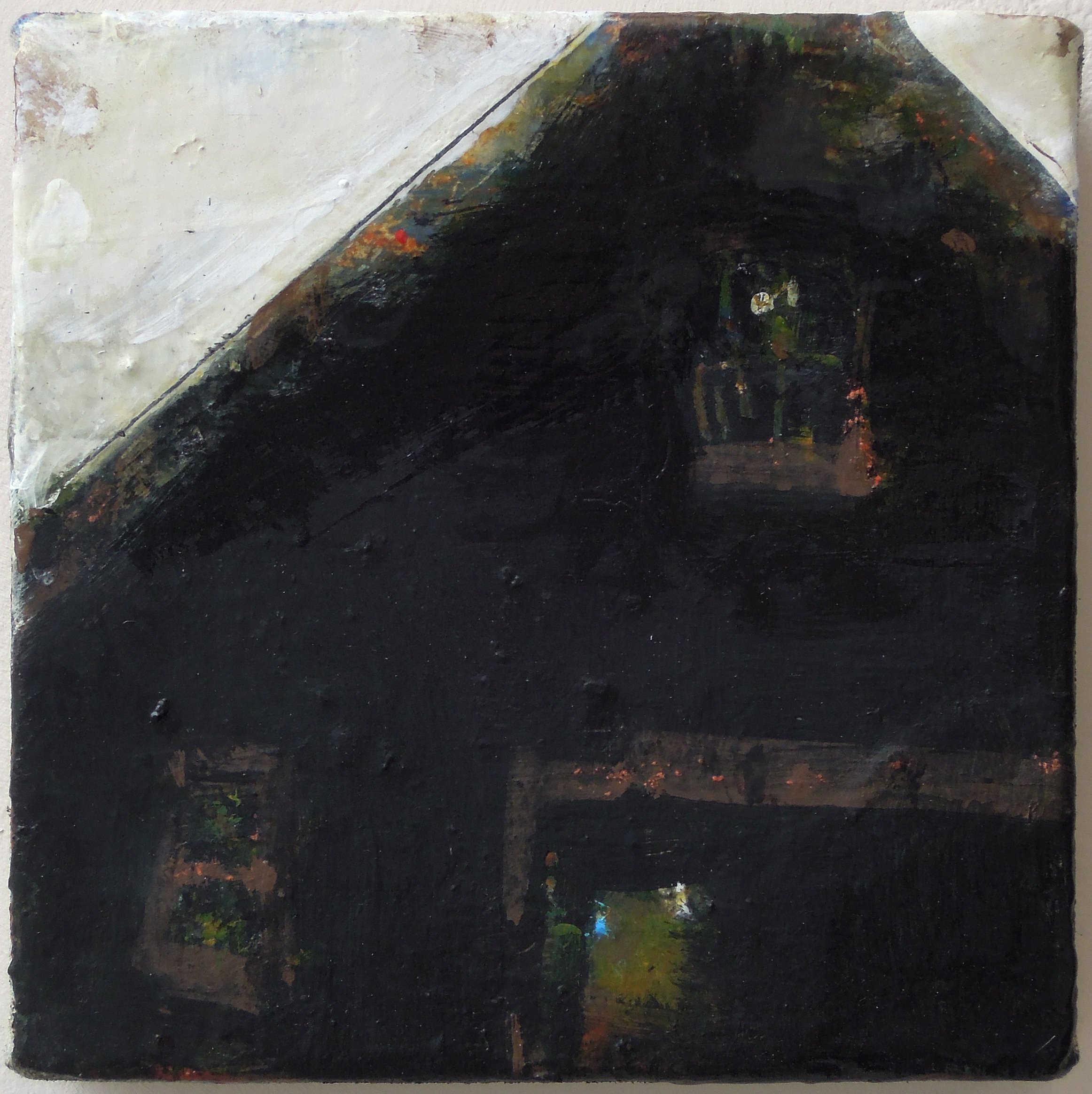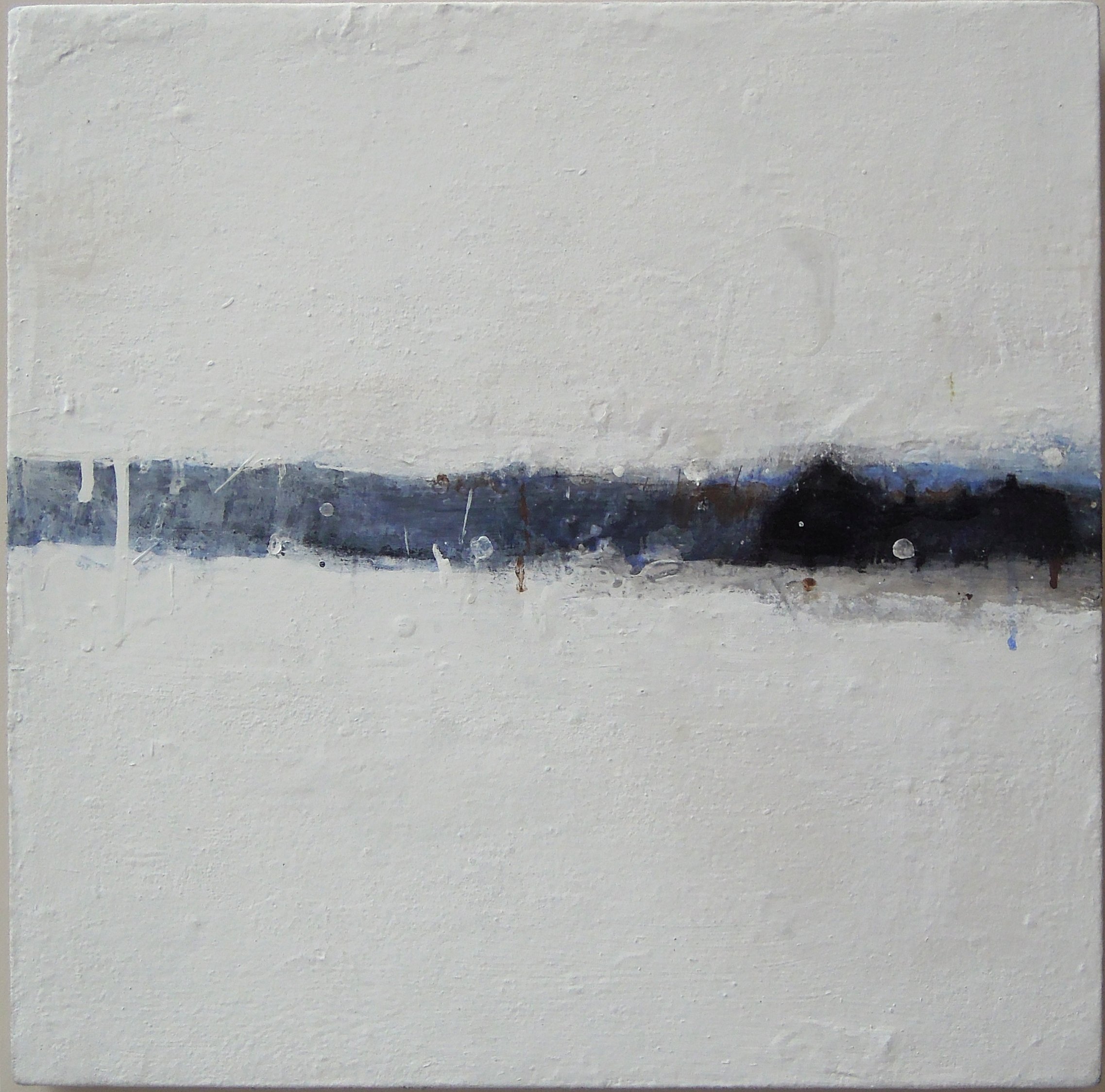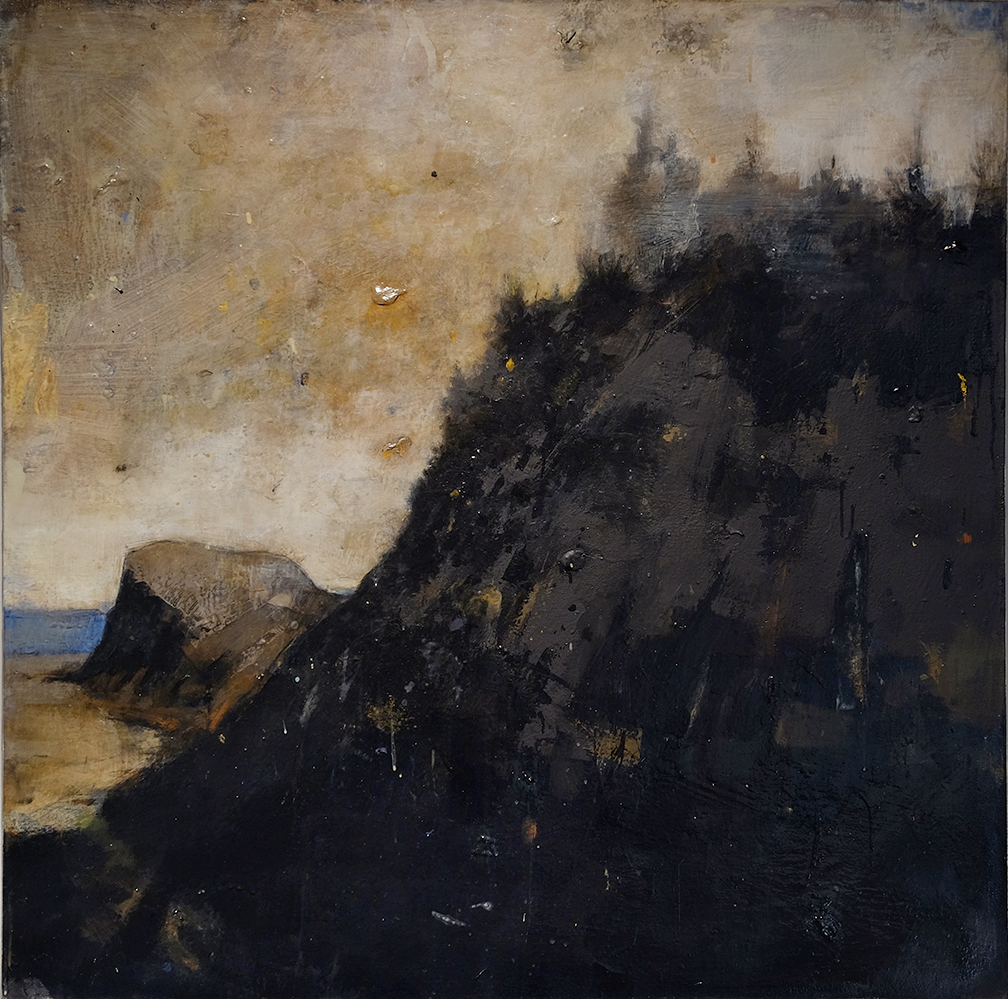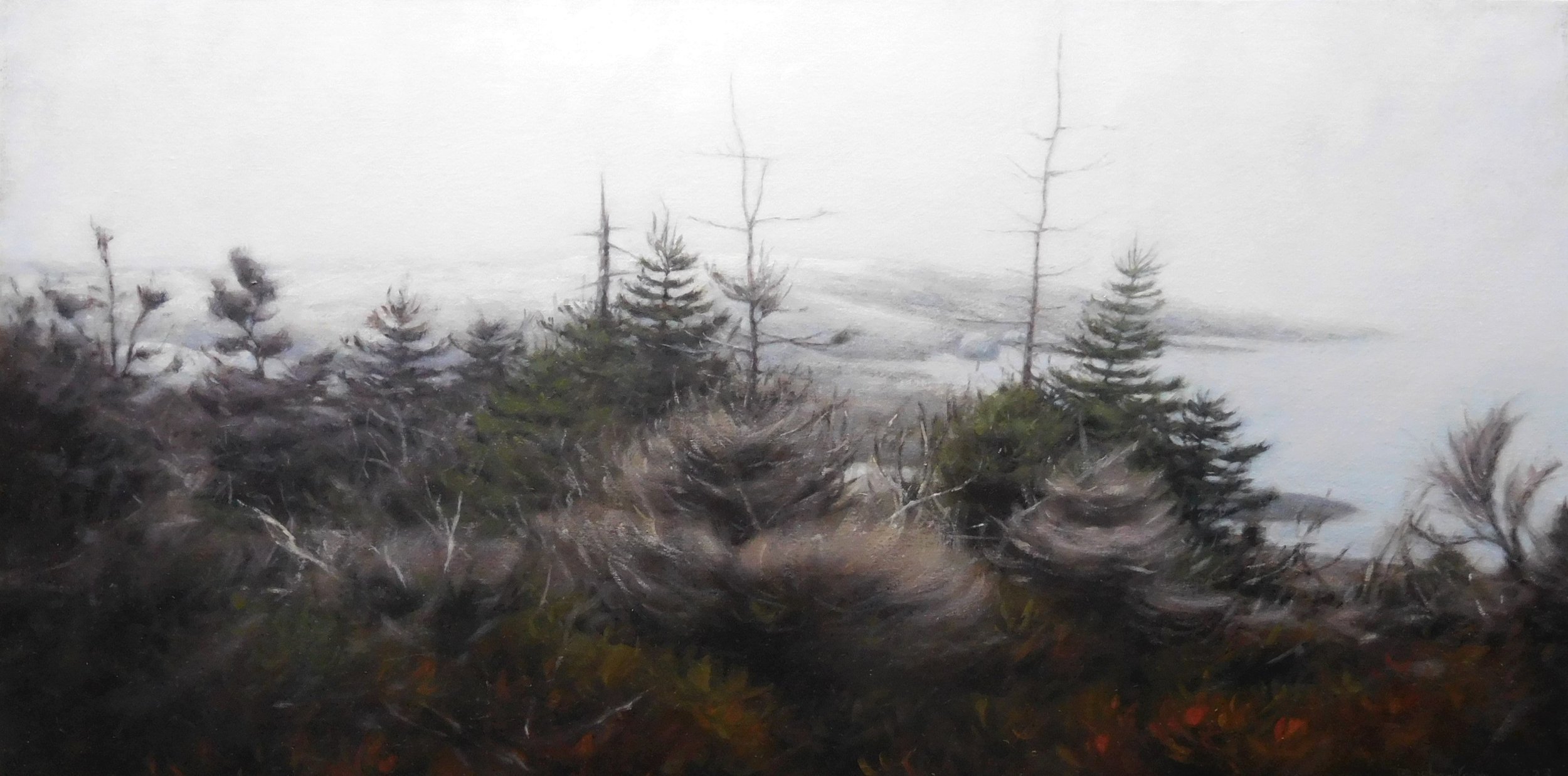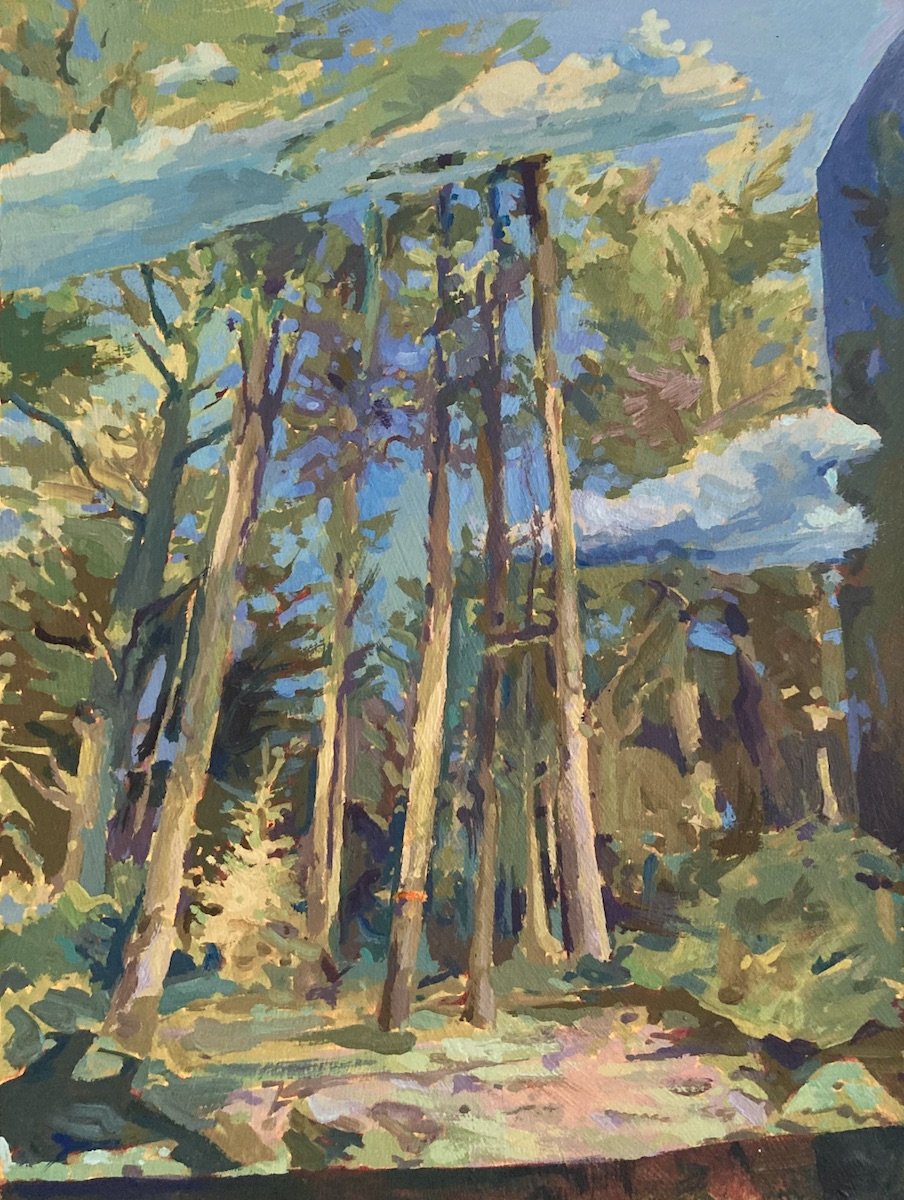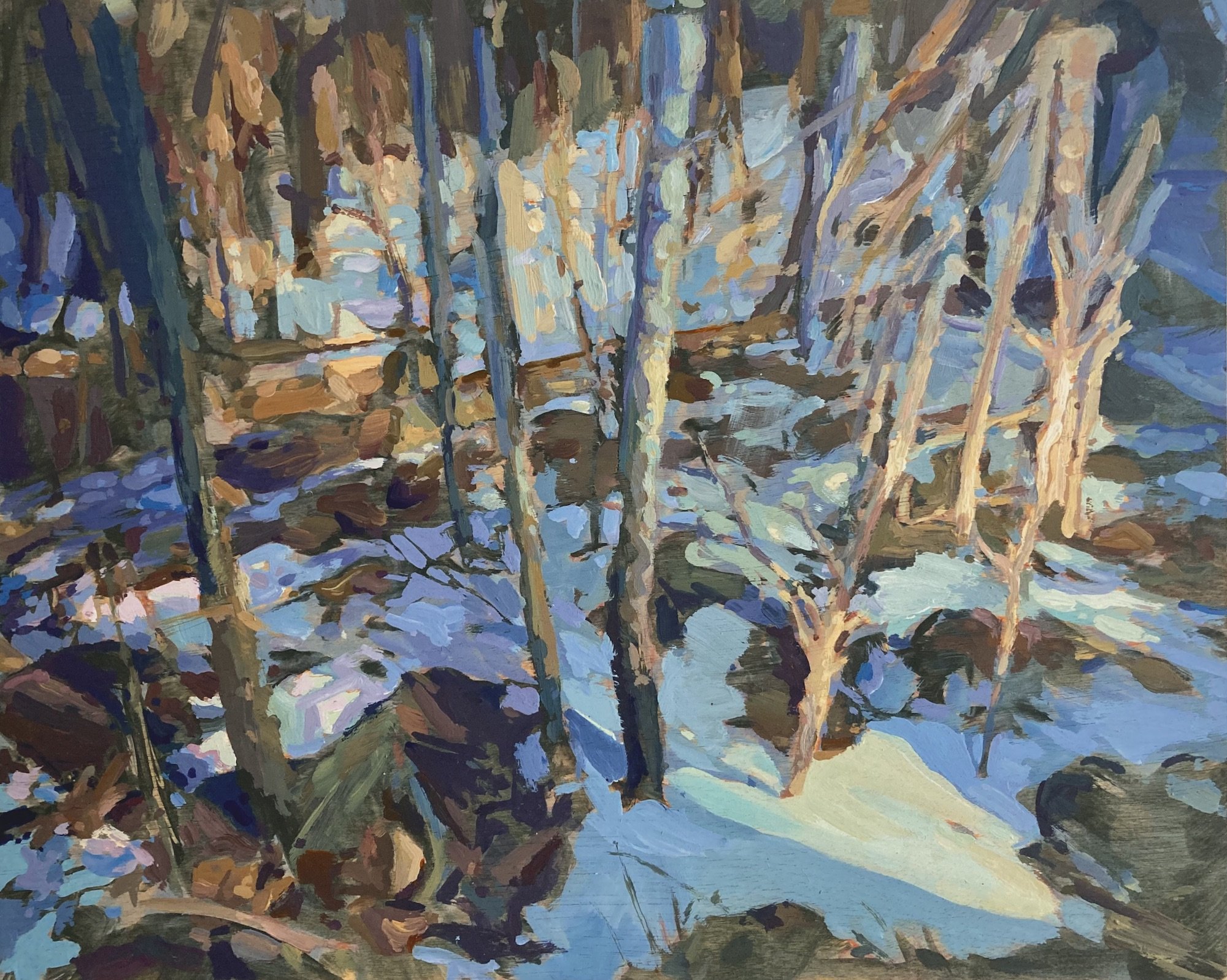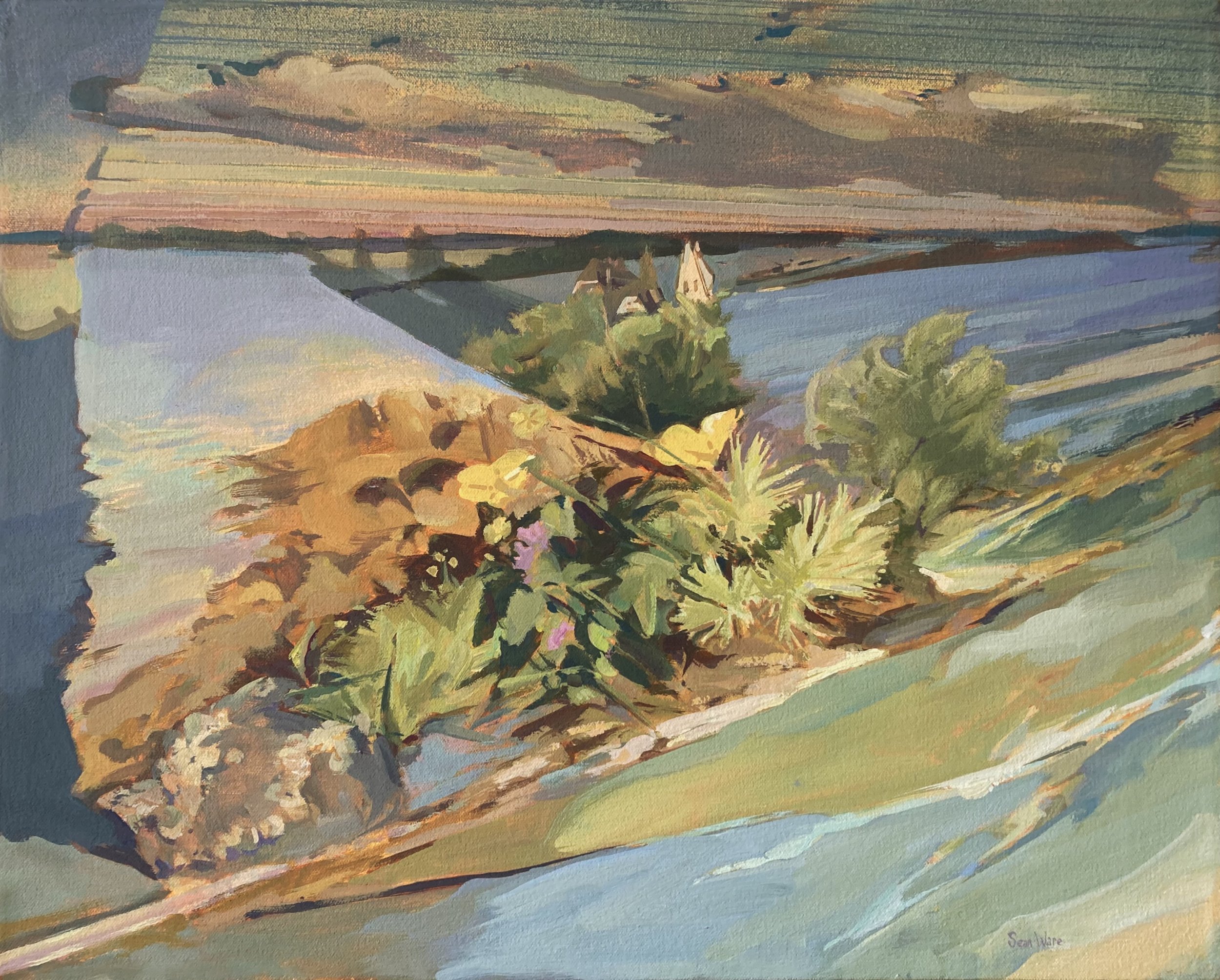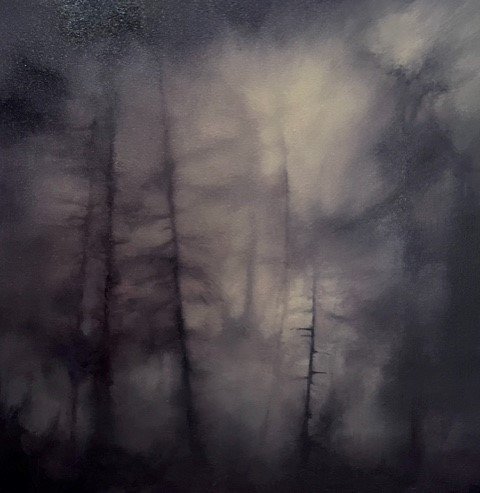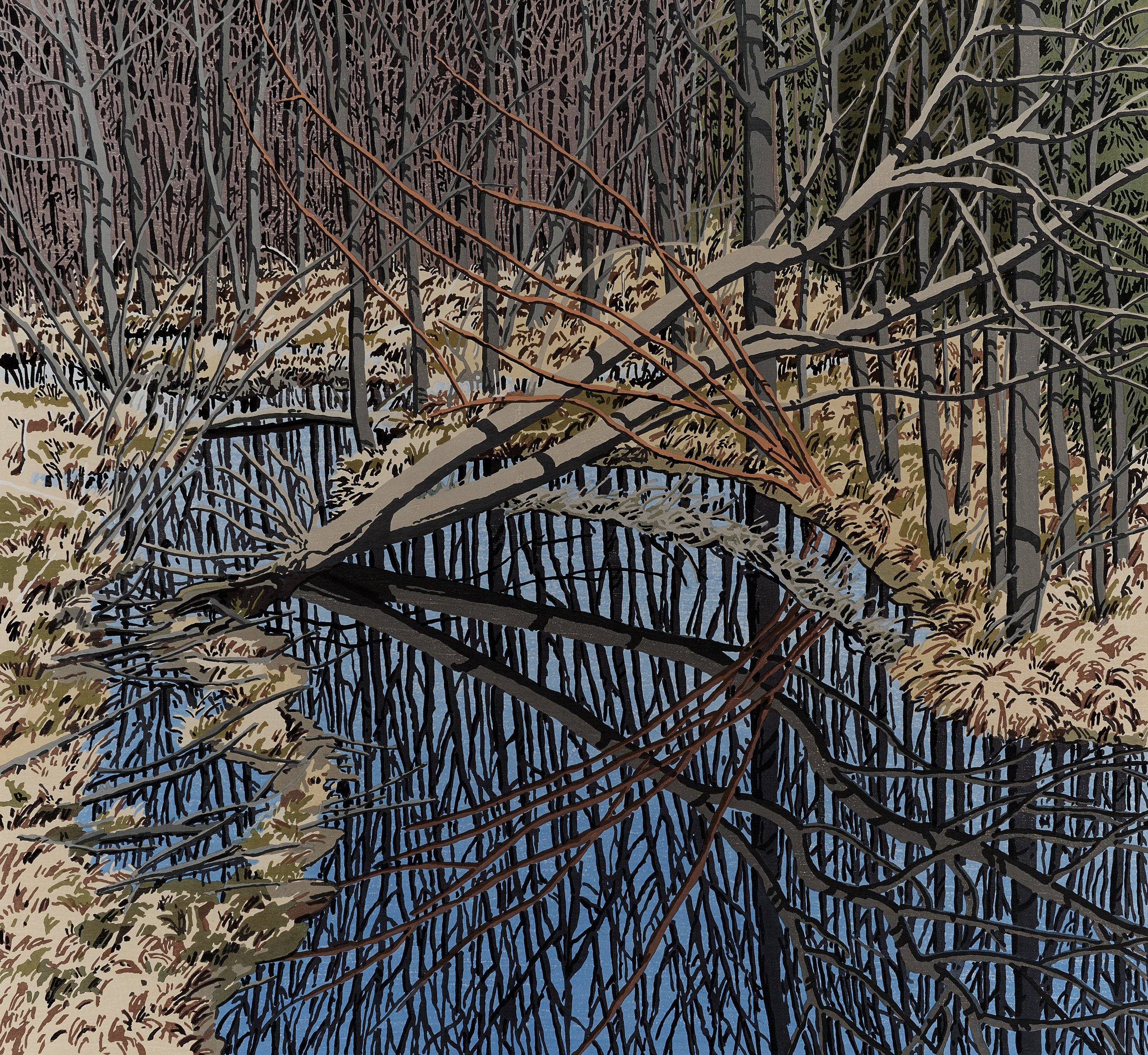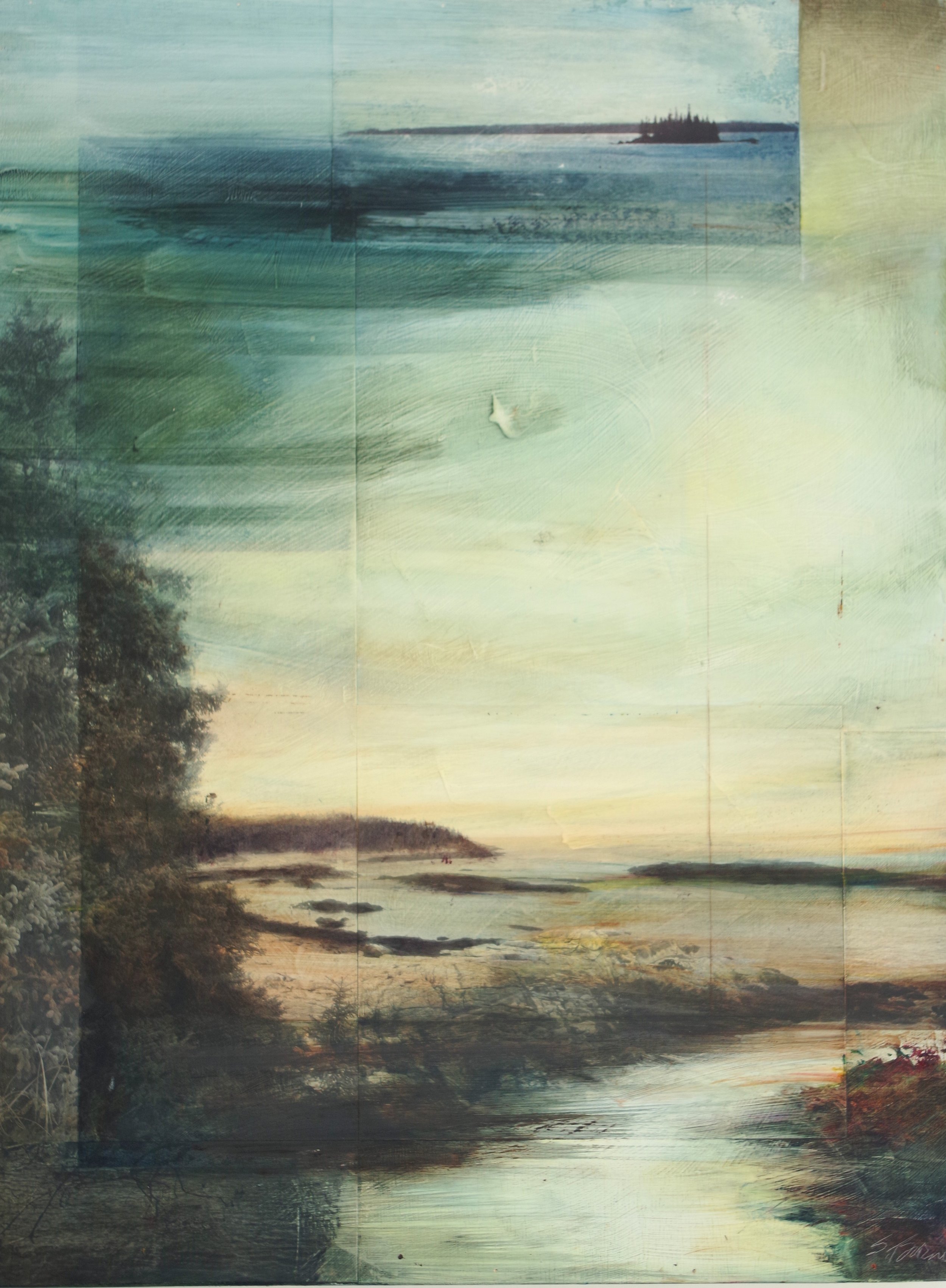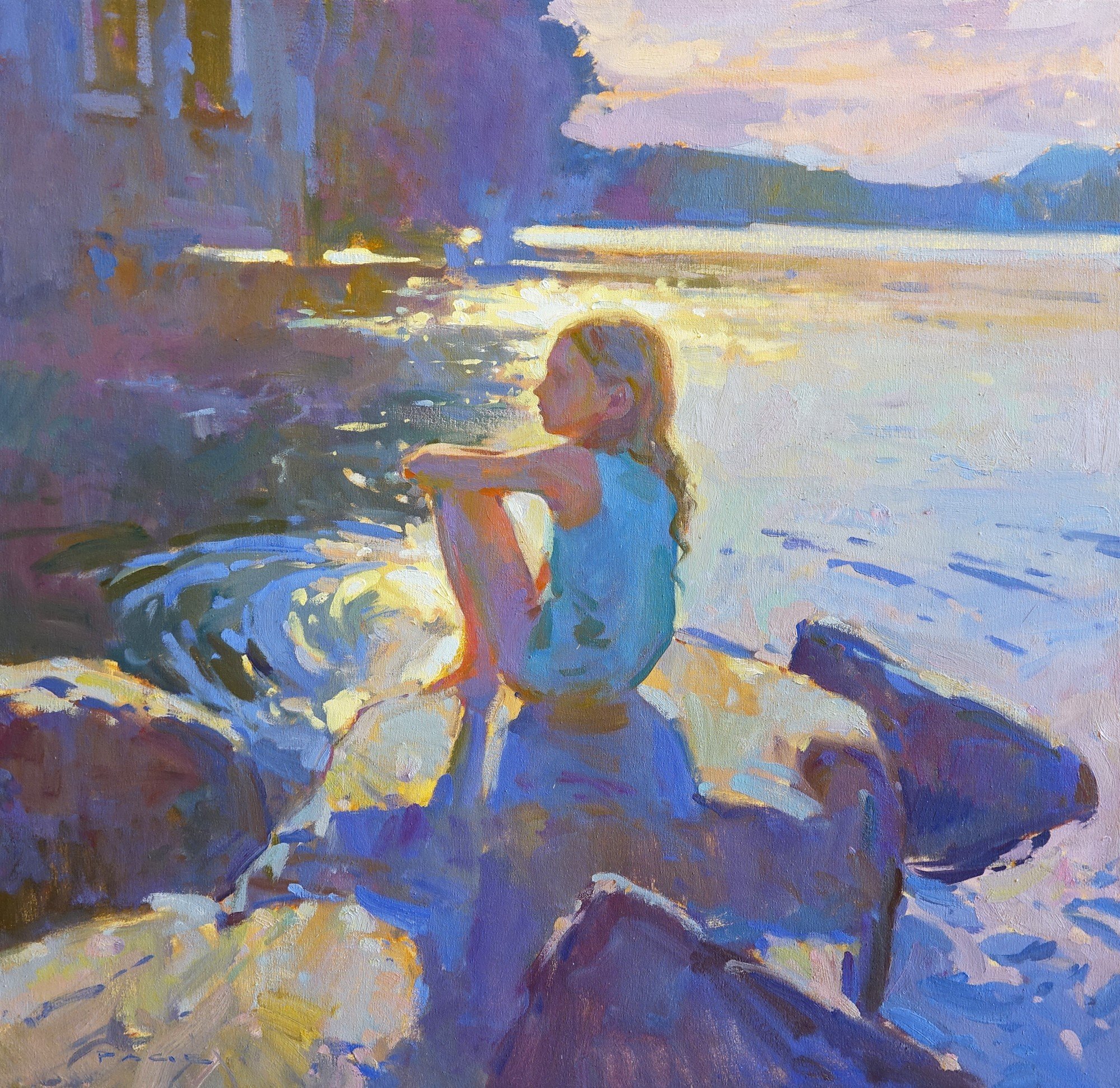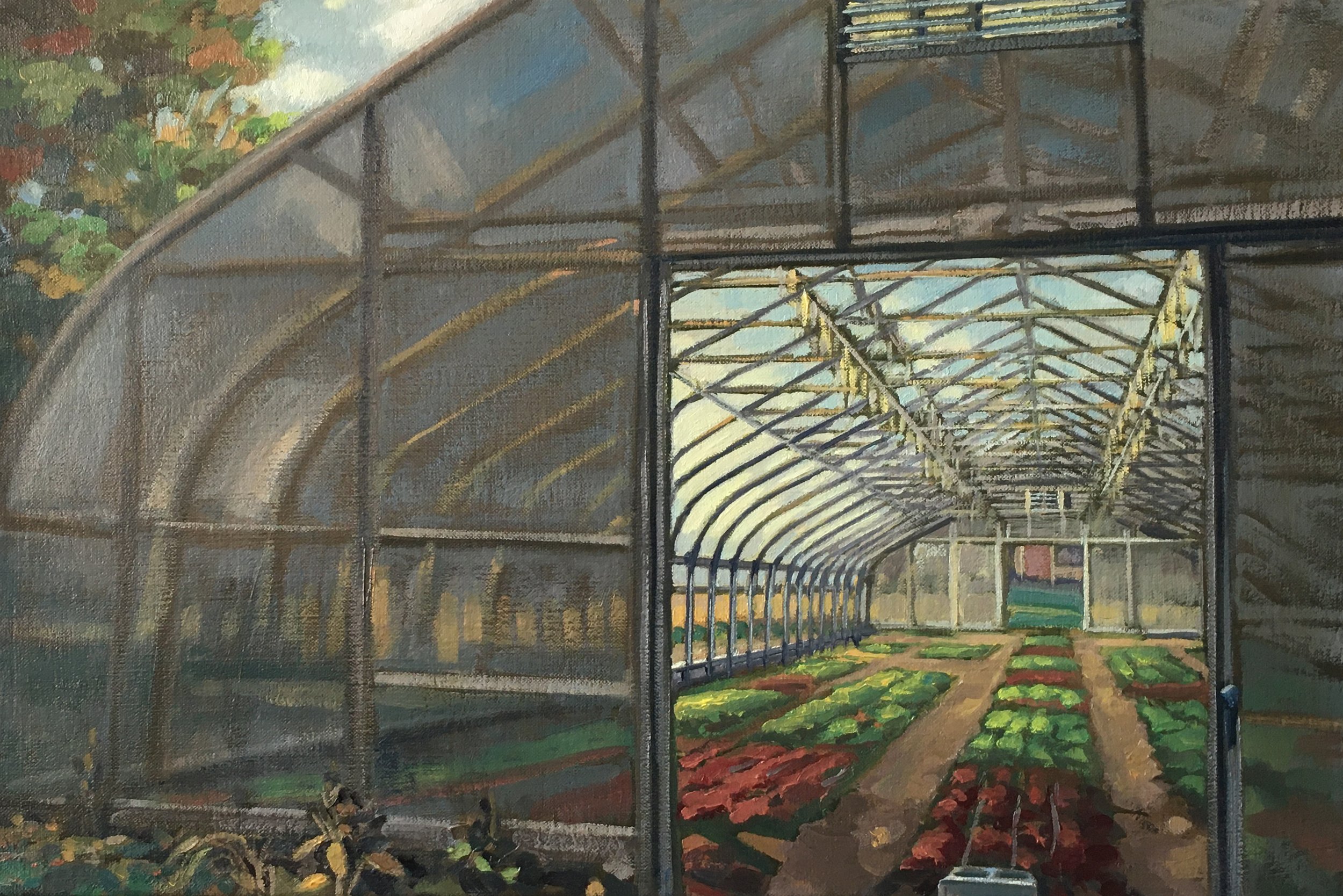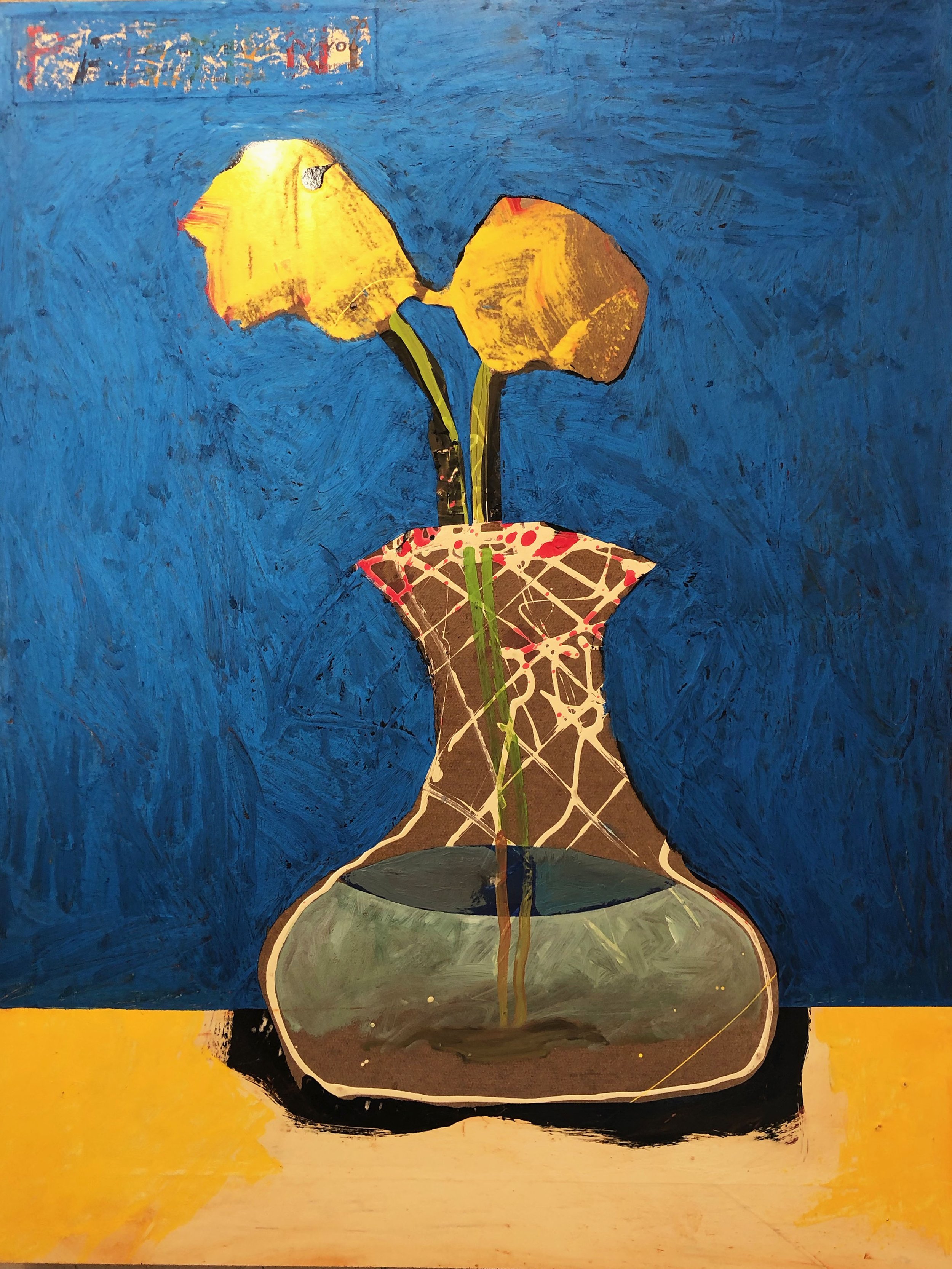
Dec
4
to Jan 31
2025 Holiday Show
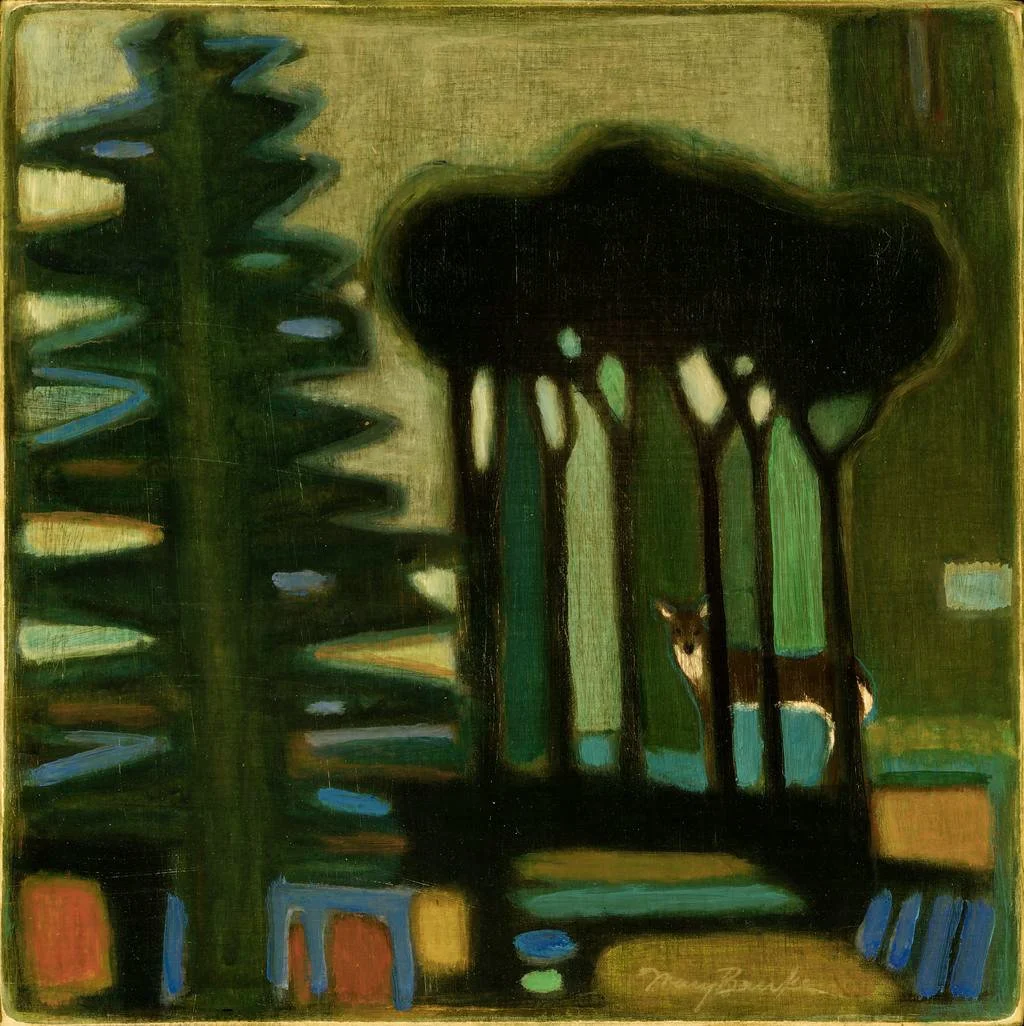
31ST Annual Holiday Show
Dec. 4 - Jan. 31
Holiday Party & Reception: Saturday, Dec 6 from 1-3pm
Greenhut's 31st Annual Holiday Show. This exhibition includes new work by our entire roster of artists. With styles ranging from realism to colorful abstraction and everything in between, there is something for everyone!
(CLICK IMAGE TO ENLARGE; CURSOR OVER ENLARGED IMAGE FOR DETAILS)
View fullsize
![MARY BOURKE, SEPTEMBER]()

MARY BOURKE, SEPTEMBER
View fullsize
![MARY BOURKE, DECEMBER]()

MARY BOURKE, DECEMBER
View fullsize
![MARY BOURKE, BRANCHES]()

MARY BOURKE, BRANCHES
View fullsize
![CHRIS BENEMAN, SUNRISE IN THE CITY]()
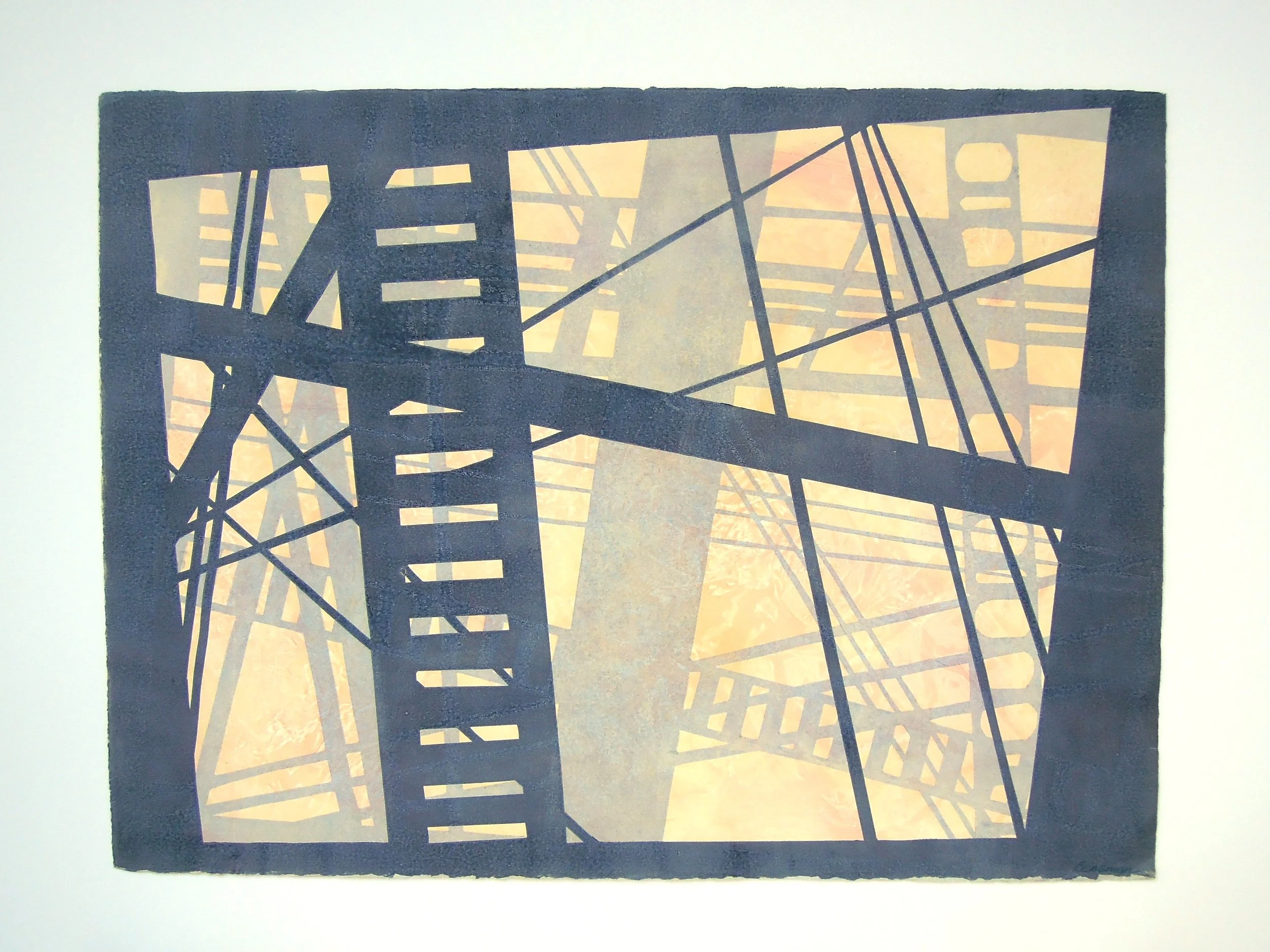
CHRIS BENEMAN, SUNRISE IN THE CITY
View fullsize
![THOMAS CONNOLLY, BASILICA]()
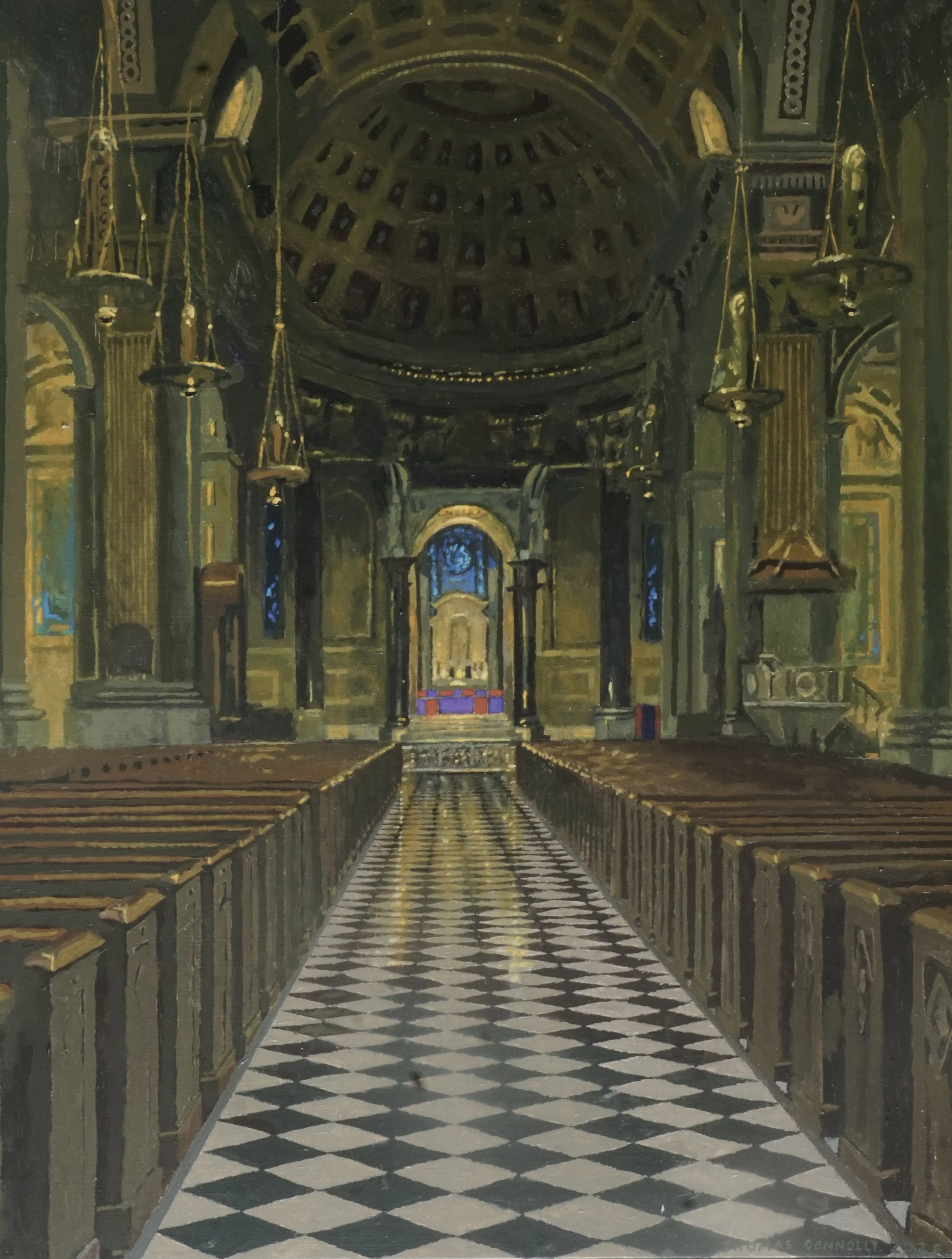
THOMAS CONNOLLY, BASILICA
View fullsize
![KATHLEEN GALLIGAN, CLIMBING ROCK]()

KATHLEEN GALLIGAN, CLIMBING ROCK
View fullsize
![MICHAEL STASIUK, AVANT GUARDS]()

MICHAEL STASIUK, AVANT GUARDS
View fullsize
![MICHAEL STASIUK, COWBOY WITH HIS COW]()

MICHAEL STASIUK, COWBOY WITH HIS COW
View fullsize
![JOHN WHALLEY, FLURRIES]()

JOHN WHALLEY, FLURRIES
View fullsize
![DANIEL MINTER, INLAND ON ISLAND]()

DANIEL MINTER, INLAND ON ISLAND
View fullsize
![MIKE STILER, LOW MAINTENANCE AQUARIUM]()

MIKE STILER, LOW MAINTENANCE AQUARIUM
View fullsize
![MIKE STILER, BACK & FORTH]()
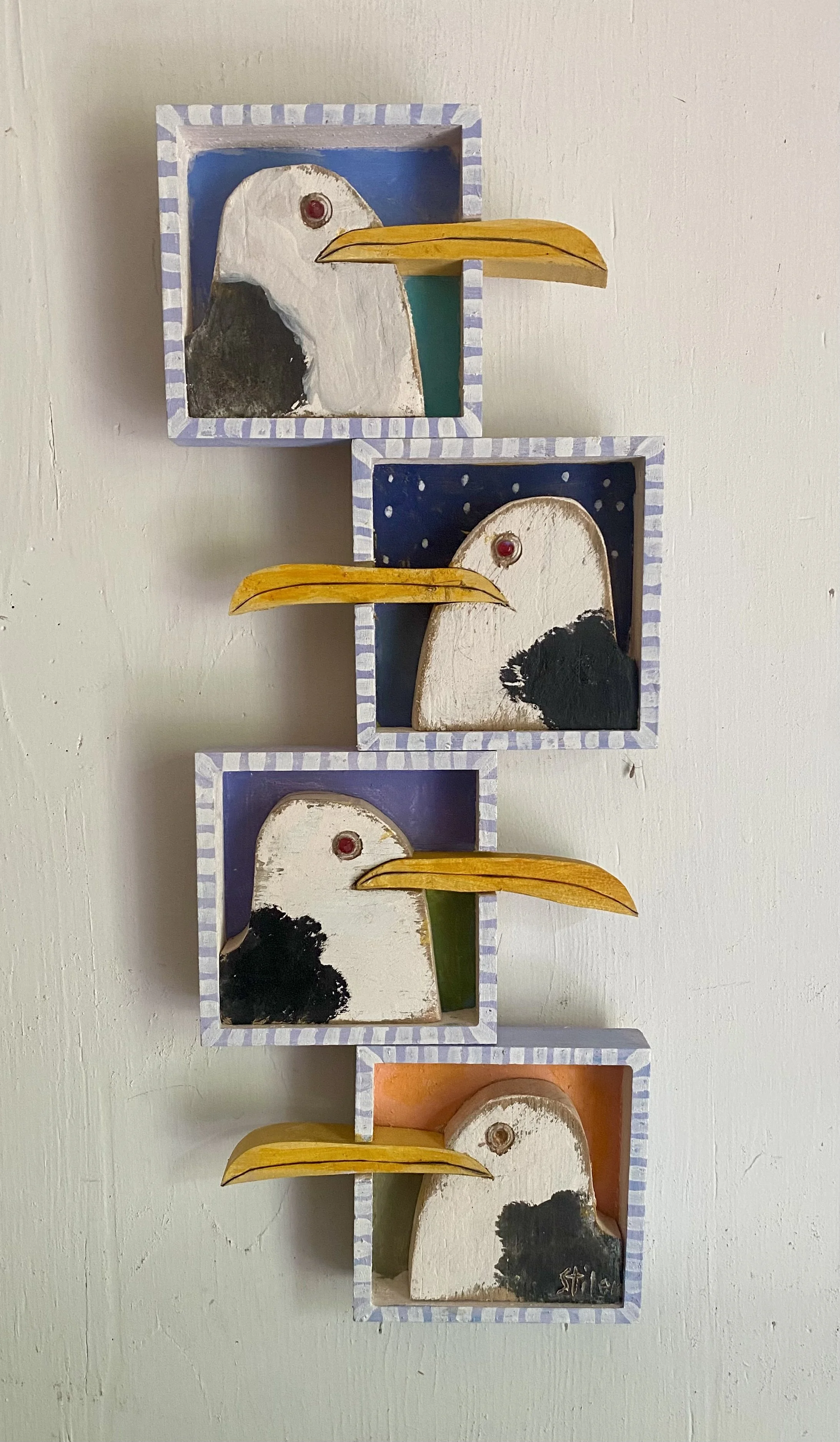
MIKE STILER, BACK & FORTH
View fullsize
![TOM HIGGINS, MT VERNON BOG]()

TOM HIGGINS, MT VERNON BOG
View fullsize
![SUSAN BARNES, MAP 1 (TRIPTYCH)]()

SUSAN BARNES, MAP 1 (TRIPTYCH)
View fullsize
![JEFF BYE, NORTH STAR]()

JEFF BYE, NORTH STAR
View fullsize
![JON IMBER, PATH IN THE WOODS]()

JON IMBER, PATH IN THE WOODS
View fullsize
![ROY GERMON, NARROWING CHANNEL]()
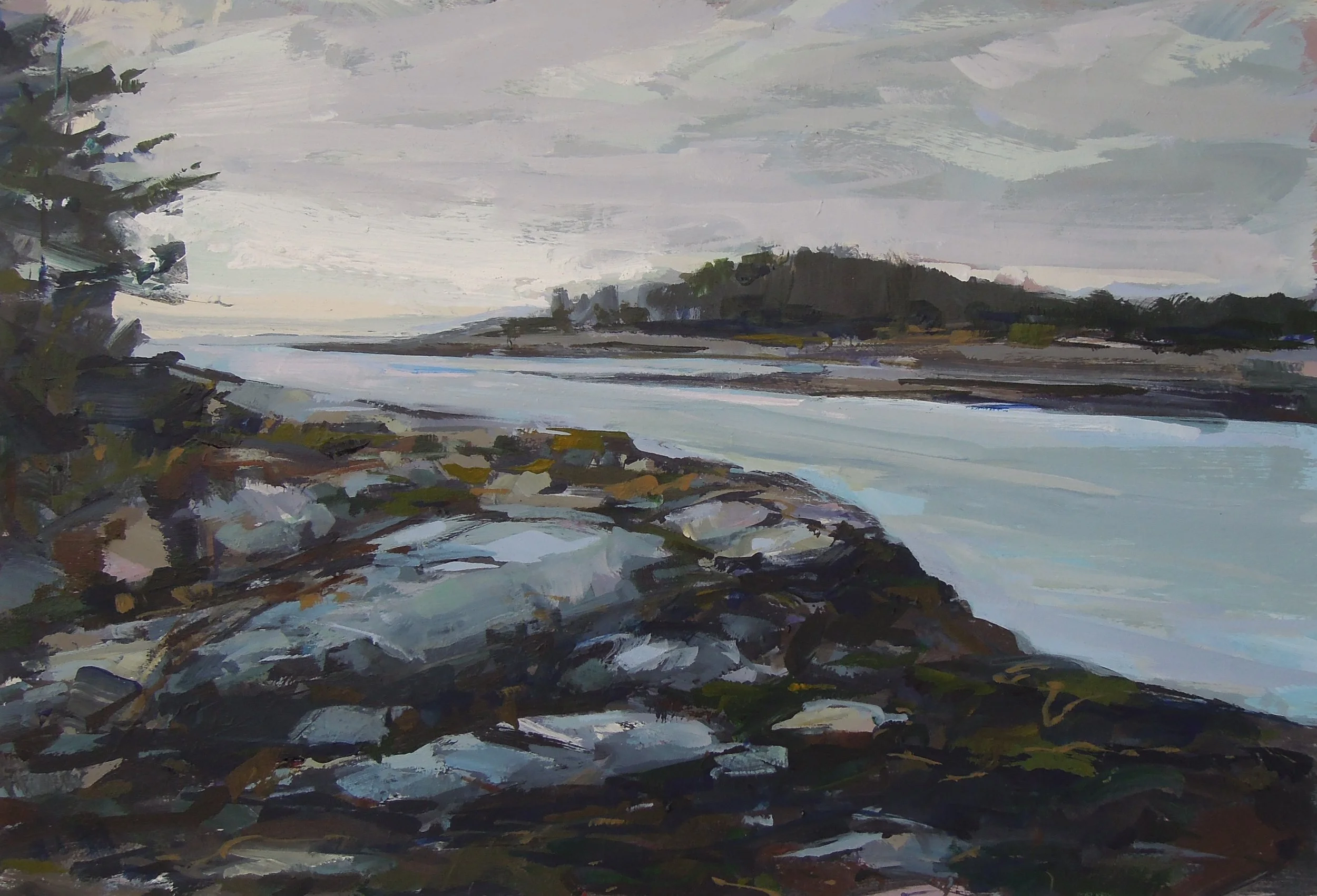
ROY GERMON, NARROWING CHANNEL
View fullsize
![ROY GERMON, MORNING MOON]()

ROY GERMON, MORNING MOON
View fullsize
![TOM HALL - MOOSE RIVER, JACKMAN]()

TOM HALL - MOOSE RIVER, JACKMAN
View fullsize
![TOM HALL, SHAKER ORCHARD (WINTER)]()

TOM HALL, SHAKER ORCHARD (WINTER)
View fullsize
![MARET HENSICK, THE LONG REACH OF MEMORY]()

MARET HENSICK, THE LONG REACH OF MEMORY
View fullsize
![PHILIP FREY, INSIDE OUTSIDE - FAIRFIELD'S PORCH]()

PHILIP FREY, INSIDE OUTSIDE - FAIRFIELD'S PORCH
View fullsize
![PHILIP FREY, EARLY LIGHT]()

PHILIP FREY, EARLY LIGHT
View fullsize
![PHILIP FREY, HARD SCRABBLE]()

PHILIP FREY, HARD SCRABBLE
View fullsize
![ED DOUGLAS, STILL LIFE AND INTERIOR, (1975)]()

ED DOUGLAS, STILL LIFE AND INTERIOR, (1975)
View fullsize
![ED DOUGLAS, ATILIER MODEL]()

ED DOUGLAS, ATILIER MODEL
View fullsize
![MARGARET LAWRENCE, NIGHT LIGHT]()

MARGARET LAWRENCE, NIGHT LIGHT
View fullsize
![GRANT DRUMHELLER, LOBSTERBOAT, DAWN]()

GRANT DRUMHELLER, LOBSTERBOAT, DAWN
View fullsize
![GRANT DRUMHELLER, RIO DEI TOLENTINO]()

GRANT DRUMHELLER, RIO DEI TOLENTINO
View fullsize
![JONATHAN MESS, RECLAIM #33]()
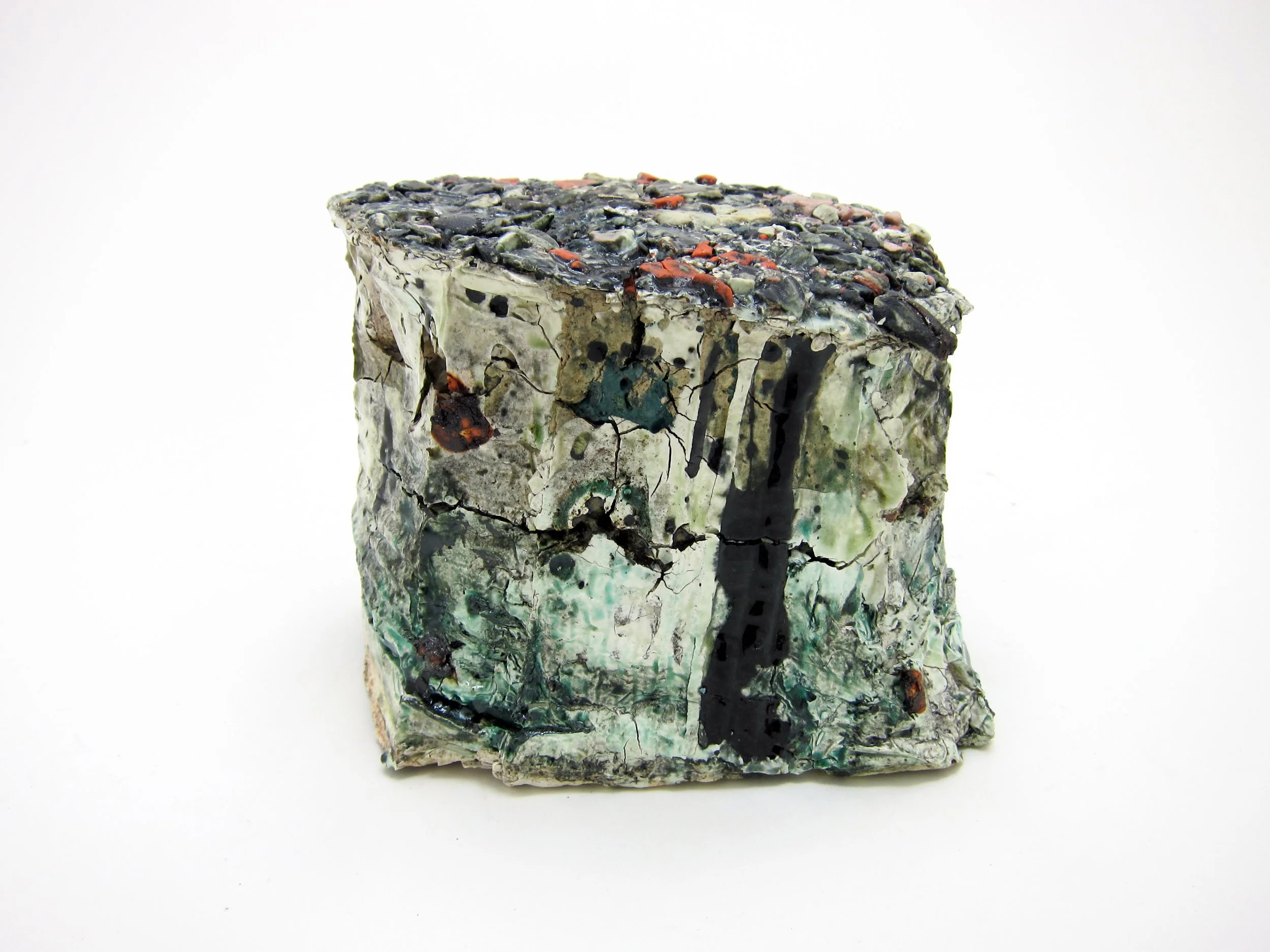
JONATHAN MESS, RECLAIM #33
View fullsize
![JONATHAN MESS, STRIP SLICE NO.5]()
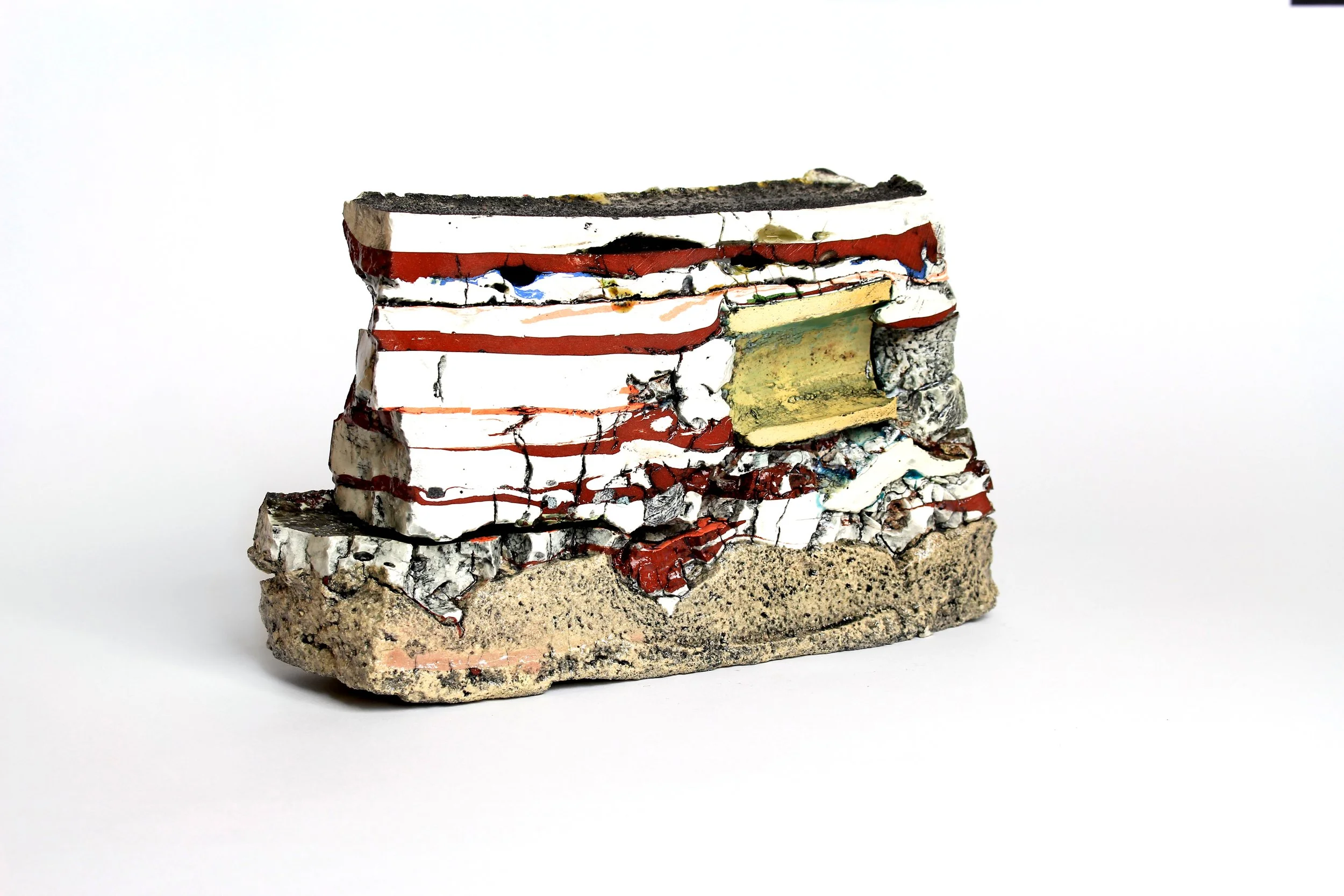
JONATHAN MESS, STRIP SLICE NO.5
View fullsize
![JONATHAN MESS, RELCLAIM NO. 41]()

JONATHAN MESS, RELCLAIM NO. 41
View fullsize
![ALISON RECTOR, MOONRISE PICNIC]()

ALISON RECTOR, MOONRISE PICNIC
View fullsize
![ALISON RECTOR, BACK OF EASEL]()

ALISON RECTOR, BACK OF EASEL
View fullsize
![TOM PAIEMENT, STUDIO APPARITION]()

TOM PAIEMENT, STUDIO APPARITION
View fullsize
![LYNN DURYEA, LOOP 7]()

LYNN DURYEA, LOOP 7
View fullsize
![LYNN DURYEA, ROCK 8]()

LYNN DURYEA, ROCK 8
View fullsize
![LYNN DURYEA, ROCK 9]()

LYNN DURYEA, ROCK 9
View fullsize
![GLENN RENELL, NOVEMBER WALK]()

GLENN RENELL, NOVEMBER WALK
View fullsize
![GLENN RENELL, FORGOTTEN FIELD]()

GLENN RENELL, FORGOTTEN FIELD
View fullsize
![SANDRA QUINN, COUNTERBALANCE 2]()

SANDRA QUINN, COUNTERBALANCE 2
View fullsize
![SANDRA QUINN, ROOM TO BREATHE]()

SANDRA QUINN, ROOM TO BREATHE
View fullsize
![KATHI SMITH, LUPINE LANE-GREAT CRANBERRY ISLAND]()

KATHI SMITH, LUPINE LANE-GREAT CRANBERRY ISLAND
View fullsize
![ALISON GOODWIN, CRESCENT BEACH, OWLS HEAD]()

ALISON GOODWIN, CRESCENT BEACH, OWLS HEAD
View fullsize
![MARTY KREMER, BLANKET PATTERN PLATE]()
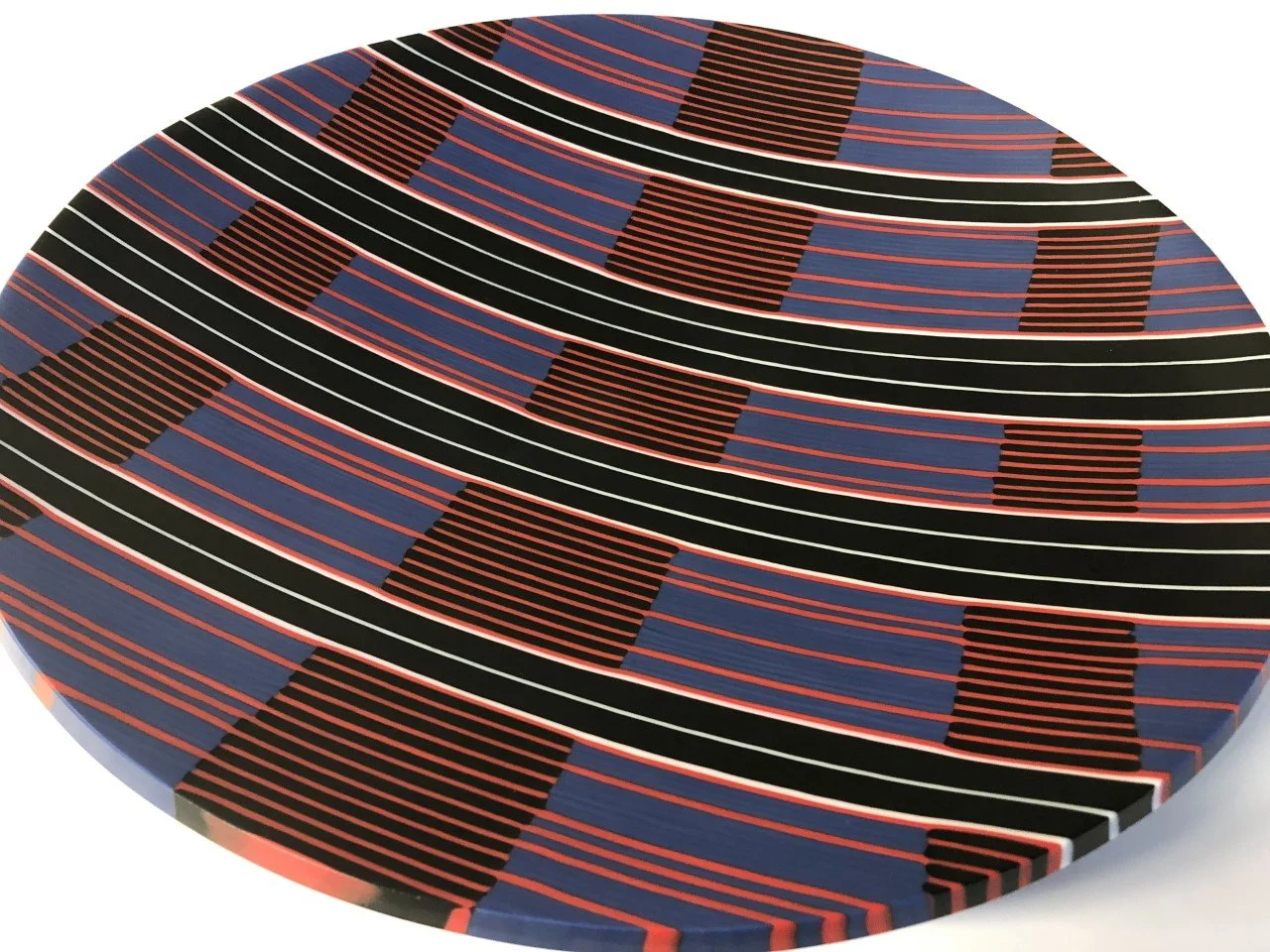
MARTY KREMER, BLANKET PATTERN PLATE
View fullsize
![WILLIAM IRVINE, FISHERMAN'S COTTAGE 2]()

WILLIAM IRVINE, FISHERMAN'S COTTAGE 2
View fullsize
![WILLIAM IRVINE, THE STANDOFF]()

WILLIAM IRVINE, THE STANDOFF
View fullsize
![DEAN MCCRILLIS, ISLAND AND THE MOUTH]()

DEAN MCCRILLIS, ISLAND AND THE MOUTH
View fullsize
![MAURICE FREEDMAN, PULASKI SKYWAY (1954)]()

MAURICE FREEDMAN, PULASKI SKYWAY (1954)
View fullsize
![JOEL BABB, HUNTER'S HEAD STORM SURF MDI]()

JOEL BABB, HUNTER'S HEAD STORM SURF MDI
View fullsize
![STEPHEN PORTER, CURVE COLUMN 11]()

STEPHEN PORTER, CURVE COLUMN 11
View fullsize
![NEIL WELLIVER, TWO MERGANSERS (1992)]()

NEIL WELLIVER, TWO MERGANSERS (1992)
View fullsize
![TINA INGRAHAM, FLUTTER BYES]()

TINA INGRAHAM, FLUTTER BYES
View fullsize
![TINA INGRAHAM, INTERWOVEN BLOSSOMS]()

TINA INGRAHAM, INTERWOVEN BLOSSOMS
View fullsize
![MATT BLACKWELL, OLDS]()
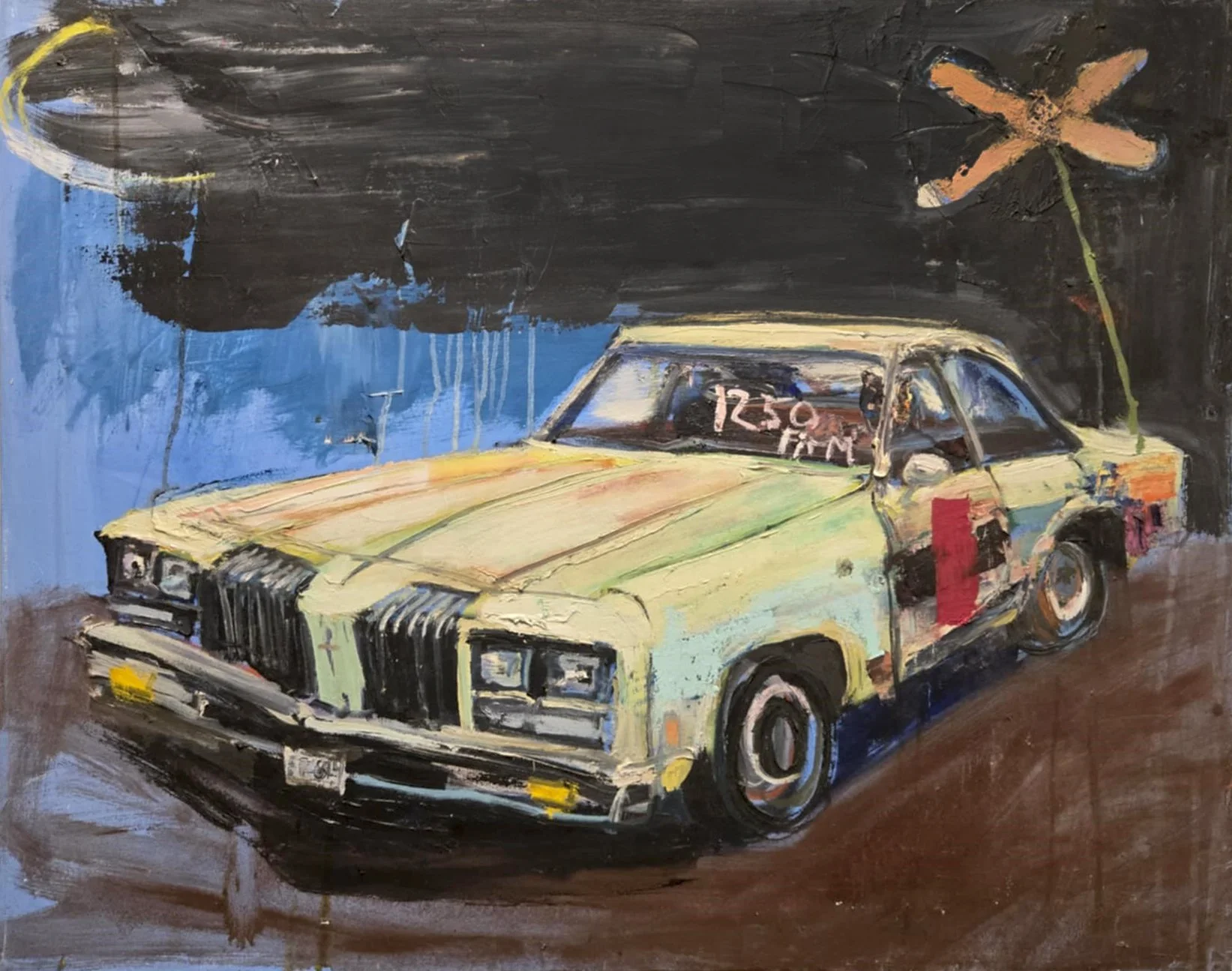
MATT BLACKWELL, OLDS
View fullsize
![DAVID DRISKELL, WHITE MASK SERIES 1]()

DAVID DRISKELL, WHITE MASK SERIES 1
View fullsize
![DAVID DRISKELL, WHITE MASK SERIES 2]()

DAVID DRISKELL, WHITE MASK SERIES 2
View fullsize
![DAVID DRISKELL, WHITE MASK SERIES 11]()

DAVID DRISKELL, WHITE MASK SERIES 11
View fullsize
![DAVID DRISKELL, ECHOES, (1996)]()

DAVID DRISKELL, ECHOES, (1996)
View fullsize
![ROY PATTERSON, LEAN INTO IT]()

ROY PATTERSON, LEAN INTO IT
View fullsize
![SARAH KNOCK, EMPIRE- TIME PASSED]()

SARAH KNOCK, EMPIRE- TIME PASSED
View fullsize
![NANCY MORGAN BARNES, DENTURES OF THE UNDEAD]()

NANCY MORGAN BARNES, DENTURES OF THE UNDEAD
View fullsize
![NANCY MORGAN BARNES, YOUNG HELGA WITH A VIXEN]()
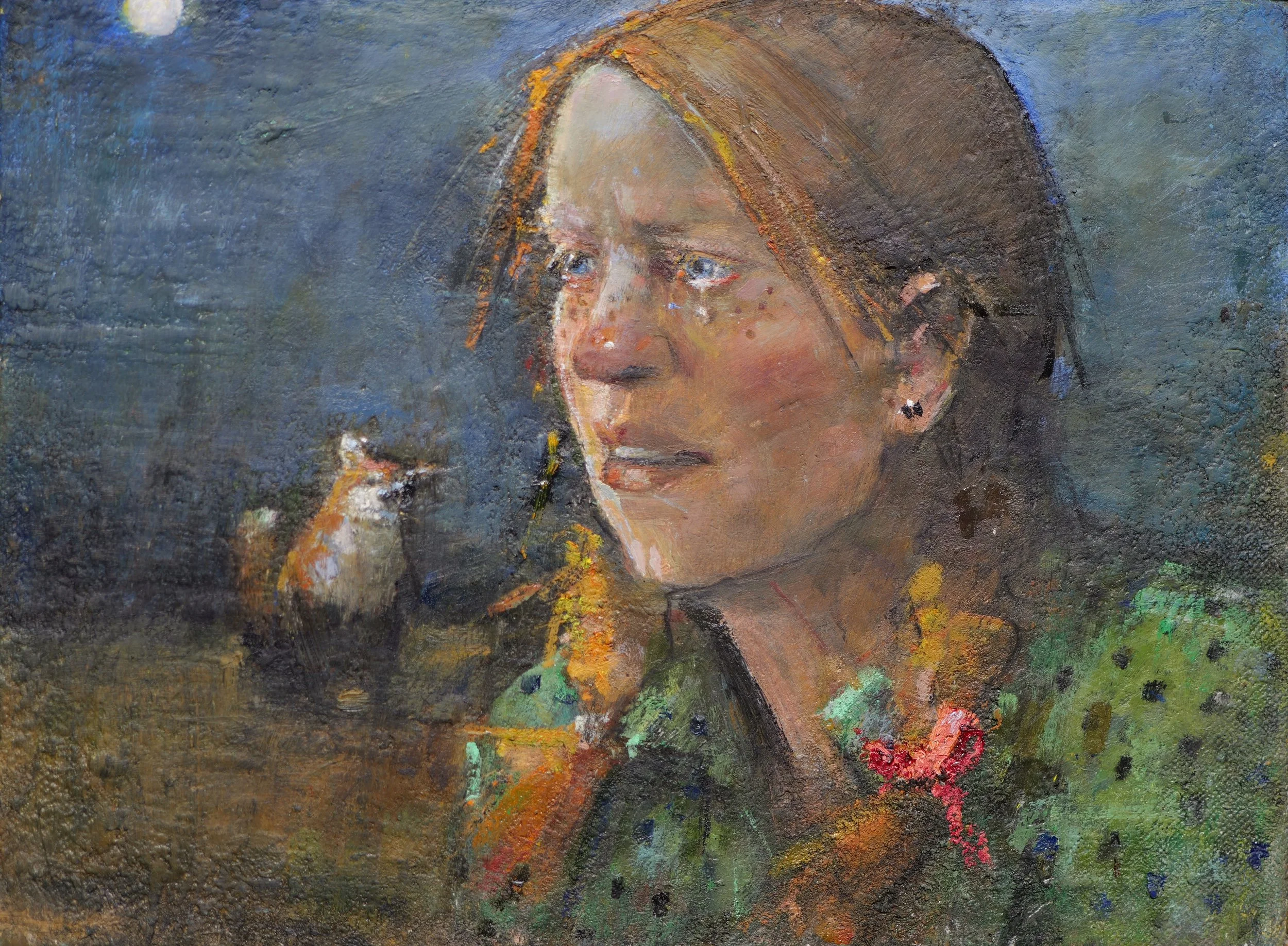
NANCY MORGAN BARNES, YOUNG HELGA WITH A VIXEN
View fullsize
![ALEC RICHARDSON, ELWELL ISLAND FREE AND CLEAR]()
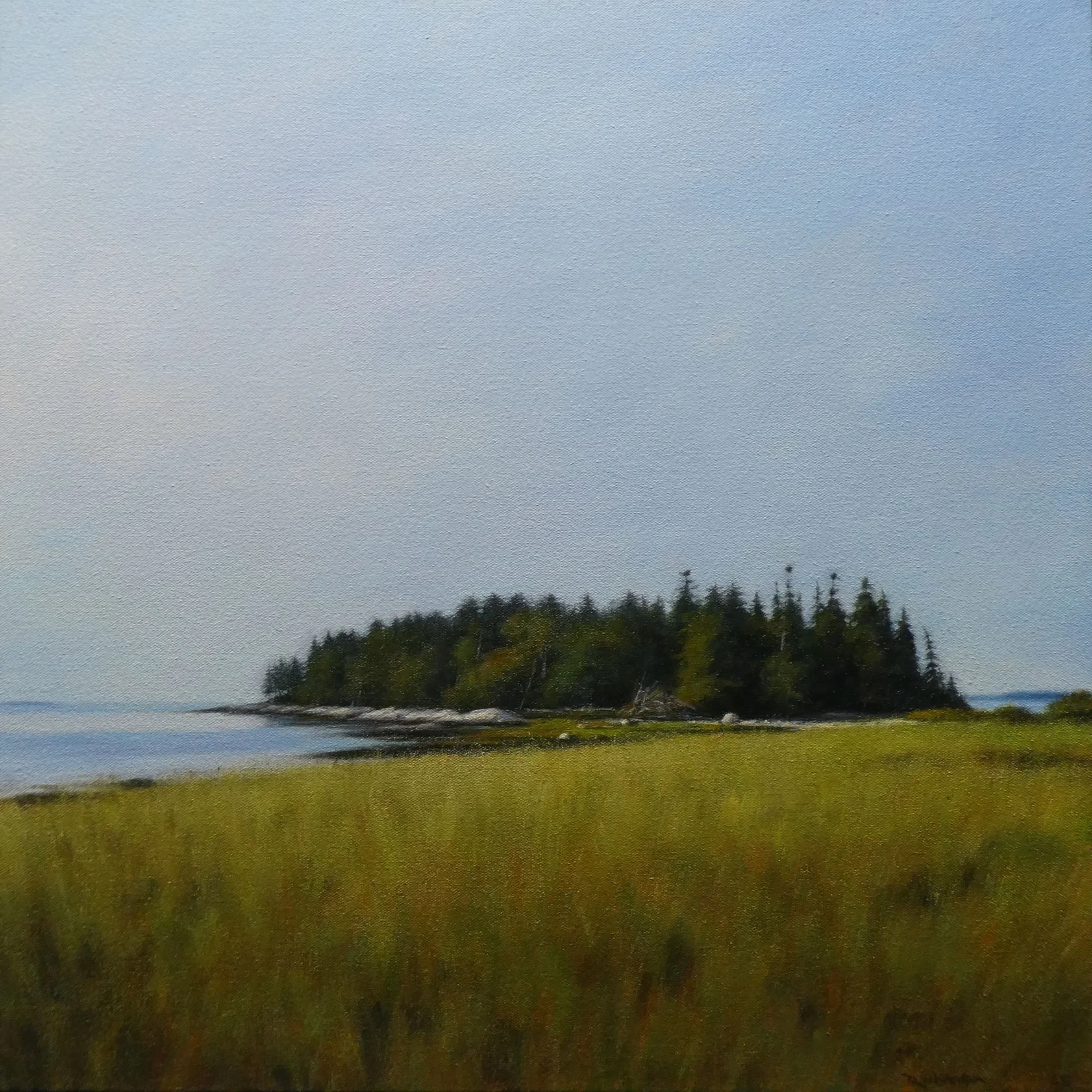
ALEC RICHARDSON, ELWELL ISLAND FREE AND CLEAR
View fullsize
![ALEC RICHARDSON, CLARK ISLAND SHORE]()

ALEC RICHARDSON, CLARK ISLAND SHORE
View fullsize
![ALEC RICHARDSON, ON THE EDGE]()

ALEC RICHARDSON, ON THE EDGE
View fullsize
![ALEC RICHARDSON, LANE'S ISLAND SHORE]()

ALEC RICHARDSON, LANE'S ISLAND SHORE
View fullsize
![ALEC RICHARDSON, OFF TO GULL ROCK]()

ALEC RICHARDSON, OFF TO GULL ROCK

